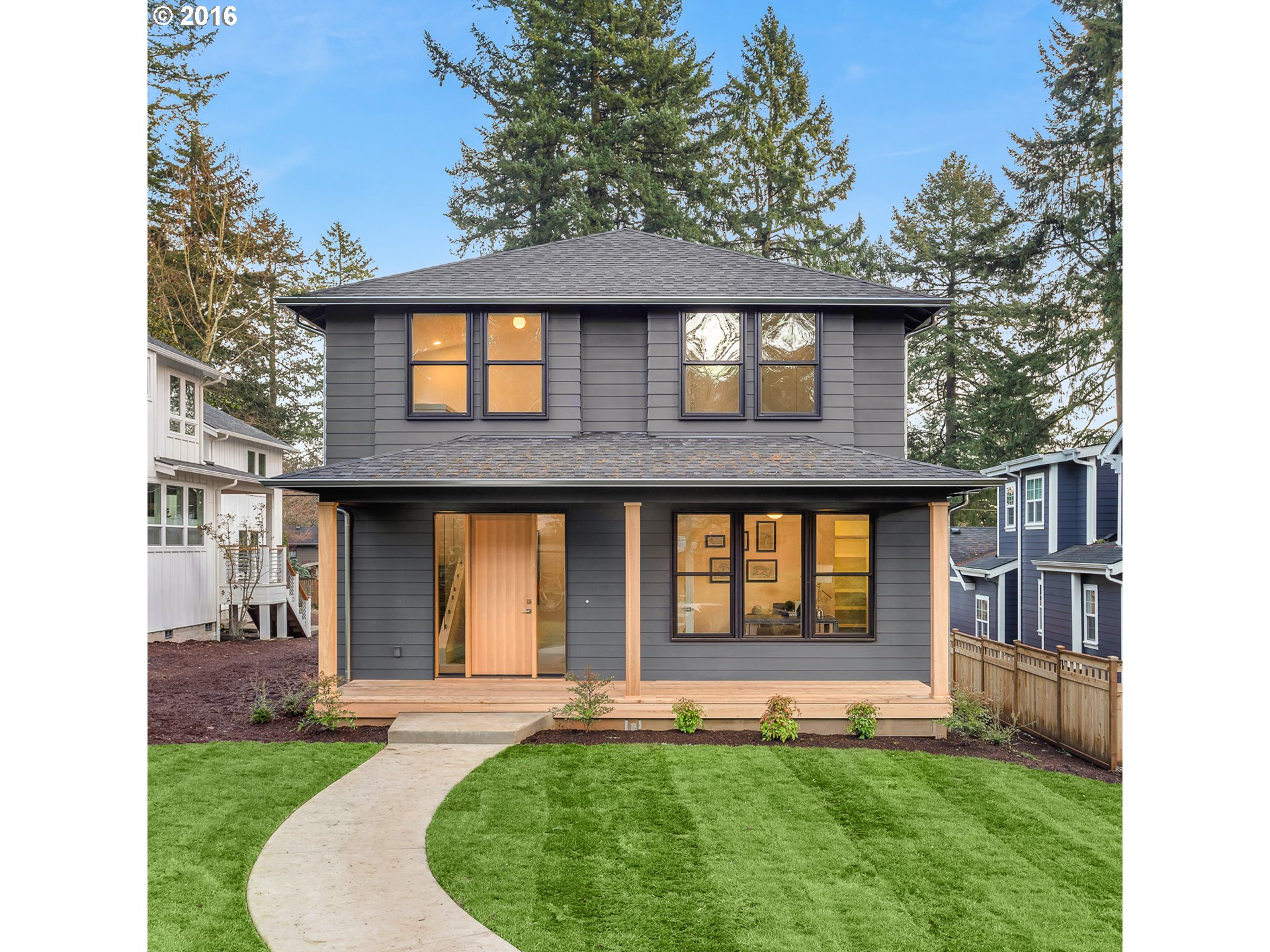A Guide to the City of Lake Oswego, Oregon
Although it’s just eight miles south of downtown Portland, Lake Oswego is not your typical bedroom community. The thriving city of almost 37,000 is centered around the lake of the same name and bordered by the Willamette River, offering wonderful views and great walks.
In the nineteenth century, Lake Oswego was a thriving steel town, but after the smelter fell silent, the area was reborn as a residential development. Since the 1930s Lake Oswego has been one of the well-heeled suburbs of Portland, boasting graceful architecture and ample recreation. The parks, public golf course, and meandering picturesque river make the community a pleasant retreat. Portland’s urban amenities are close by and Lake Oswego also supports numerous local cultural endeavors.
The Lake
The most desirable property is around the large private lake fed by the Tualatin River. The lake is maintained by the Lake Oswego Corporation, and lake access is mostly deeded to lakefront property owners. The lake is closed to anyone but members of the Lake Oswego Corporation.
The Lake Oswego Corporation (LOC) is a non-profit organization that manages all matters regarding the 415-acre Oswego Lake: safety (via the Lake Patrol), water quality, maintenance, boat and operator licensing, lakefront building permits, and special events. The entity manages Oswego Lake through easement agreements involving 694 lakefront and about 4,500 nearby homes, representing 12,000 to 13,000 residents.
The LOC, with the Chamber of Commerce and the City of Lake Oswego, co-sponsor a variety of community activities. Events include the July Fourth Boat Parade and fireworks display; Earth Day, a water-quality education program; and a Christmas Holiday Boat Parade featuring lighted watercraft. The LOC diverts water from the Tualatin River and produces energy through its hydroelectric facility.
The lake hasn’t always enjoyed the reputation it does today. The Oregon Iron & Steel Co. managed it until 1941 when property owners incorporated as the Lake Corp. It wasn’t until the collapse of the iron industry in the late 1800s that Oregon Iron & Steel began marketing the lake as a playground for the wealthy. Sucker Lake’s name was changed to Oswego Lake and weekend cottages became year-round homes. Now, houses on the lake routinely sell for $1 million and more. Property owners have shares in the corporation, depending on the amount of lake frontage they own. Of the 6,000 plus shares, the 20 neighborhood easements each have one; the city, which owns property on Lakewood Bay, has 92.
Access to the Lake
When Oregon gained statehood in 1859, the state assumed ownership of all land underlying navigable waterways, setting up a conflict with property owners who surround Oswego Lake and continue to claim it as their own. Landowners have since enlarged the lake and strengthened their legal position. In 1976, then-U.S. Sen. Mark Hatfield won approval of federal legislation declaring the lake non-navigable.
The ability of the corporation to restrict access to the water has been questioned on numerous occasions. According to independent assessments of the legal situation, including a 2005 Oregon Attorney General opinion regarding the public’s right to use navigable waterways in Oregon, the waters are publicly owned, though the ground beneath the lake is owned by the shareholders of the corporation, including 690 lakefront property owners and another 515 families who belong to one of 20 waterfront easement associations.
Despite a decades-old status quo in which the Lake Oswego Corporation maintains that it owns the lake and has the authority to restrict access to it, state and local law enforcement have recently indicated that they consider the lake to be public and that they will not pursue charges against anyone for using it. As of 2012, local law enforcement was on the record saying the water is public property and that it was more likely to charge the corporation’s security patrols with unlawful arrest than to cite swimmers and boaters for enjoying the water.
Nonetheless, the corporation has successfully cultivated an air of authority to control the waters, posting “no trespassing” signs and issuing permits to select individuals who overcome various administrative hurdles. The corporation also seeks to regulate boat and operator licensing, water safety, and water quality, but those regulations may not be actually binding. With most land around the lake privately owned and following a unanimous vote by the Lake Oswego City Council to bar entry to the lake from several lakefront parks, few people have been able to test the authority of the corporation to enforce those regulations.
Lake Oswego One of Ten Best Places to Raise Children
Portland’s Lake Oswego has been identified as one of the country’s top ten most desirable places for parents to live in an annual study conducted in 2014. Lake Oswego took the number six spot.
The report, by online real estate brokerage ZipRealty, was compiled by analyzing the best-rated public school districts in 23 areas nationwide and the median price per square foot for real estate in those areas.
In order for an area to be considered, it needed at least 10 home sales to close in 2013.
ZipRealty also named Lake Oswego School District as the third best school district in the country with the most affordable homes in May 2013. The real estate brokerage company ranked school districts by coming up with a 1 to 10 score for schools — based on 2010 test scores and student-to-teacher ratio — and using the median price per square foot for a home in the district. Lake Oswego’s 9.6 school score combined with a median price per square foot of $167 netted it the third-place spot. The majority of the districts in the top ten are suburban ones outside major cities.
The Oregon State Department of Education awarded all the schools in the Lake Oswego a grade of “Outstanding” for the 2011-12 school year. They had achieved the same grade in previous years.
Communities in Lake Oswego
First Addition
Historic Lake Oswego is known as “First Addition” which originated in the 1890s when the town was still called simply Oswego. This neighborhood is in the far east side of the city, north of “A” Street. It’s an area of 25-30 blocks of historic homes. You will also find many newer homes in the area. This property is so desirable that people buy up bargain homes and replace them with new ones. Many of the First Addition blocks have alleys.
In 2006, Cottage Living magazine named First Addition as one of the ten best cottage communities in the country. The national magazine gushed over the quaint homes, the easy walk to downtown and Lake Oswego, and the “jewel-box gardens winking from behind picket fences.”
If you live in First Addition, it’s a short walk to the “Village Center”, a 6-7 block area of offices, shops, markets, and a few restaurants. The north end of the neighborhood borders the 645-acre Tryon Creek State Park.
First Addition was where “additional” workers lived when a local iron foundry boomed briefly. Remnants of the foundry may still be seen a short way upriver at George Rogers Park, where picnic grounds, ball fields, tennis courts and cozy beaches offer a compact and inviting family-fun venue.
Visit the First Addition Neighborhood Association website.
Mountain Park
Mountain Park a nationally recognized planned community in Lake Oswego with a population of approximately 10,000.
Mountain Park is situated on 700 acres of land and is located on a dormant volcano known as Mt. Sylvania in the Northwest corner of Lake Oswego. Mountain Park was the vision of Carl Halvorson and was developed in 1968. Most of the 185 acres of common area is undeveloped and maintained in a natural state and a large portion is manicured and beautifully landscaped. Mountain Park is made up of single family homes, townhouses, condominiums, and apartments.
The summit of Mountain Park (Nansen Summit) is 975 feet in elevation and a stunning 360-degree view. The entire Portland Metro area and the Cascades and Coastal Mountain ranges can be seen on a clear day.
As a member of the Mountain Park Home Owners Association, you have access to all amenities including the Recreation Center, tennis courts, parks, playgrounds, 15 miles of walking paths, and a host of lifestyle enhancing services, programs and special events provided by the Mountain Park Staff.
Parks and Recreation
The Lake Oswego Parks & Recreation Department offers numerous programs and activities for adults, teens, and youngsters. Classes include gardening, golf, tennis, sculling, plus many others.
There is a city-owned sports center on the Willamette River, two public swimming facilities on the 405-acre Oswego Lake, a self-financed 18-hole golf course, indoor tennis center, and outdoor amphitheater right along the river.
There are 539 acres of parks and open spaces in Lake Oswego. In addition to the city’s parks, the 645-acre Tyron Creek State Park is Oregon’s only state park within a major metropolitan area and it is located in the northeast corner of Lake Oswego. Lake Oswego has 14 miles of bike lanes.
Lakewood Theater Company
The Lakewood Theater Company is a popular and financially successful member of the arts community, it is the cornerstone around which Lakewood Center has been built. Lakewood Theater Company began in November 1952, when a group of Lake Oswegans decided that their community was not complete without a theater and decided to organize what was known as the Oswego Players.
Lake Oswego Walks
In the spring of 1991, the City began the construction of a recreational loop system of pathways around the community — there are now seven walks in the loop system. Each loop is designed to connect neighborhoods with schools, parks, and commercial centers. The system was established to enable residents to travel safely by foot, bicycle, or in-line skates. Users are invited to enjoy the scenic beauty of Lake Oswego on the many miles of tree-lined, interconnected, paved pathways while getting beneficial fresh air and exercise.
The community also has three short trails ranging from 2.27 miles to 1.63 miles. Recently completed, the Lake Oswego portion of an extensive system of trails and paths in the Stafford Basin. There are maps available to download of the three trails
The Oswego Iron Heritage Trail is a tour route that guides walkers along existing streets and pathways to seven sites associated with Oregon’s pioneer iron industry. The first iron furnace on the Pacific Coast was built in Oswego in 1866. Today it is the only surviving historic furnace west of the Rocky Mountains. The Trail offers a different way of looking at the landscape, through the eyes of those who mined its ore, cut its timber, and harnessed its water power for the purpose of smelting iron. Colorful interpretive signs at each site give a glimpse of mining and iron making in nineteenth century Oswego. The signs were researched, written and designed by Lake Oswego residents Susanna Campbell Kuo and Corinna Campbell-Sack. A map at each site shows the trail route and all are available to download.
A brochure that displays the loop and trails is available from the Parks & Recreation office at 4101 Kruse Way for a $1.00 fee. You can also download the document,
Community Demographics and Websites
- City of Lake Oswego 2010 US Census Demographics Profile of general demographics characteristics.
- City of Lake Oswego City website.
- Clackamas County Elections Division How Lake Oswego votes.
- Lake Oswego Chamber of Commerce Chamber of Commerce.
- Lake Oswego Review Weekly newspaper.
Portland Monthly Magazine Guide to Neighborhoods & Communities
 In their April issue every year, the Portland Monthly Magazine features the past year home prices along with other information about Portland neighborhoods and suburban communities. To read the magazine’s latest stories and numbers visit the Real Estate section.
In their April issue every year, the Portland Monthly Magazine features the past year home prices along with other information about Portland neighborhoods and suburban communities. To read the magazine’s latest stories and numbers visit the Real Estate section.
The numbers on the website and printed magazine are divided into four sections (real estate, people, crime, and lifestyle) on each of the Portland 90 plus neighborhoods as well as about 25 suburban communities. The website offers over 50 items of information about each Portland neighborhood and suburban community.
The magazine added a feature on their website for homes sold in 2014 and it’s also available for homes sold in 2015 — an interactive map where you can click on a neighborhood and a pop-up displays five items (1-year median price change, 5-year median price change, median gross rent, walkability score and percent of newcomer) for a Portland neighborhood as well as a suburban community. Note the detailed numbers for each of the four sections for homes sold in 2015 are displayed below the map.
To visit the magazine’s website latest stories and numbers visit their Real Estate section — click on “Neighborhoods” to view the numbers for the Portland neighborhoods and click on “Suburbs” for the numbers on communities in the metro area. Note the detailed numbers for each of the four sections for homes sold in 2014 and 2015 are displayed below the map. To access the Portland neighborhoods and metro communities demographic data and home prices by year:
- 2013 Demographics and Home Prices
- 2014 Demographics and Home Prices
- 2015 Demographics and Home Prices
Lake Oswego Demographics Below are some facts about the Lake Oswego community gleaned from the magazine’s website. A few numbers can tell much about the character of a community. You can view more data about Lake Oswego by visiting the Portland Monthly’s website.
- Average year homes built in the community: 1975
- Percent of residents below poverty level: 7.6%
- Percent of neighborhood land area that is in parks: 13%
- Commute by public transportation: 4.4%
- Commute by bike or walking: 1.9%
1Lake Oswego Home Prices: 2007-2015
- Number of Homes Sold in Lake Oswego—► 922 homes were sold and 2% were distressed sales. 820 homes were sold in 2014 and 5% were distressed sales — 17% of the homes sold were condos. 830 homes were sold in 2013 and 9% were distressed sales. 710 homes were sold in 2012 and 22% were distressed sales. 607 homes were sold in 2011 and 9% were distressed property sales. In 2010 there were 564 homes sold and 22% were distressed property sales.
- Median Price for Homes Sold in Lake Oswego—► $508,500 in 2015, $480,000 in 2014, $445,250 in 2013, $404,475 in 2012, $390,000 in 2011, $400,000 in 2010, $408,000 in 2009, $492,500 in 2008, and $485,000 in 2007.
- Average Cost per Square Foot—► $230 in 2015, $219 in 2014.
- 1-Year Median Sales Price Change for Lake Oswego—► 5.9% change in 2015. In 2014 the change was 8%, the change was -8% in 213, the change was 4% in 2012, the change was -3% in 2011, and in 2010 the change was -2%.
- 5-Year Median Sales Price Change in Lake Oswego—► 30.4% sale price change for the years 2011-2015. 2010 to 2014 the sales price change was -1%. 2009 to 2013 the sales price change was 9%. 2008 to 2012 the sales price change was -18%. 2007 to 2011 the sales price change was -20%. From 2006 to 2010 the change was -18%.
- Portland Metro Area Median Home Price—► $308,000 in 2015, $285,500 in 2014, $265,000 in 2013, $235,000 in 2012, $221,000 in 2011, $239,900 in 2010, $247,000 in 2009, $278,000 in 2008, and $290,000 in 2007.
- Portland Metro Area Average Home Price—► $354,500 in 2015, $333,000 in 2014, $310,600 in 2013, $275,000 in 2012, $263,300 in 2011, $282,100 in 2010, $289,900 in 2009, $330,300 in 2008, and $342,000 in 2007.
Please be aware that the above figures are subject to error and are intended as guidelines only.
Find a Homes in the City of Lake Oswego
- Homes for Sale in Lake Oswego — View on all devices except Apple® mobile devices. To view homes for sale in the City of Lake Oswego on Apple® mobile devices key in “lake oswego” in the “Location” field and click on the “Search Now” icon.
- Displays All Homes for Sale in Lake Oswego — View on all devices. Photos of homes displayed along with detailed description of property.
- Displays Homes New on the Market in Lake Oswego — View on all devices. Photos of homes displayed along with detailed description of property.
- Search for Homes — Search on all devices. Map-based on devices configured with Adobe Flash and Javascript and text-based on any device.
Homes for Sale in Lake Oswego
1500 Northshore Rd Lake Oswego, OR 97034
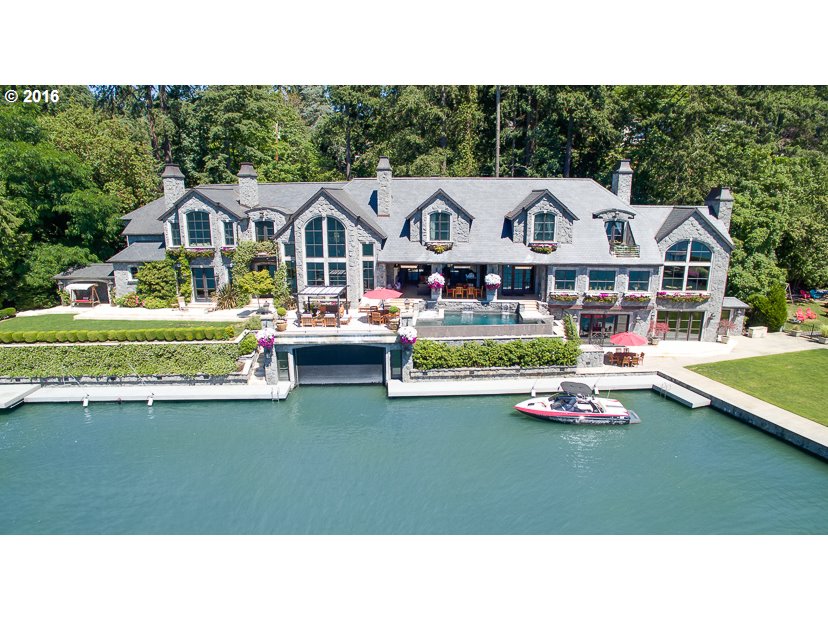
1900 Twin Points Rd Lake Oswego, OR 97034

3232 Lakeview Blvd Lake Oswego, OR 97035
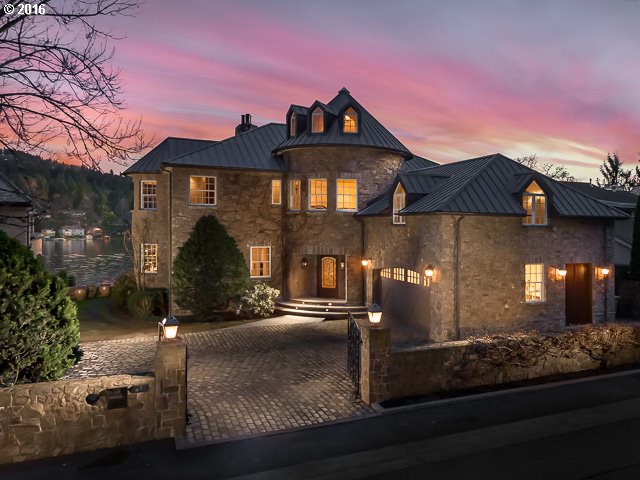
4140 Canal Rd Lake Oswego, OR 97034
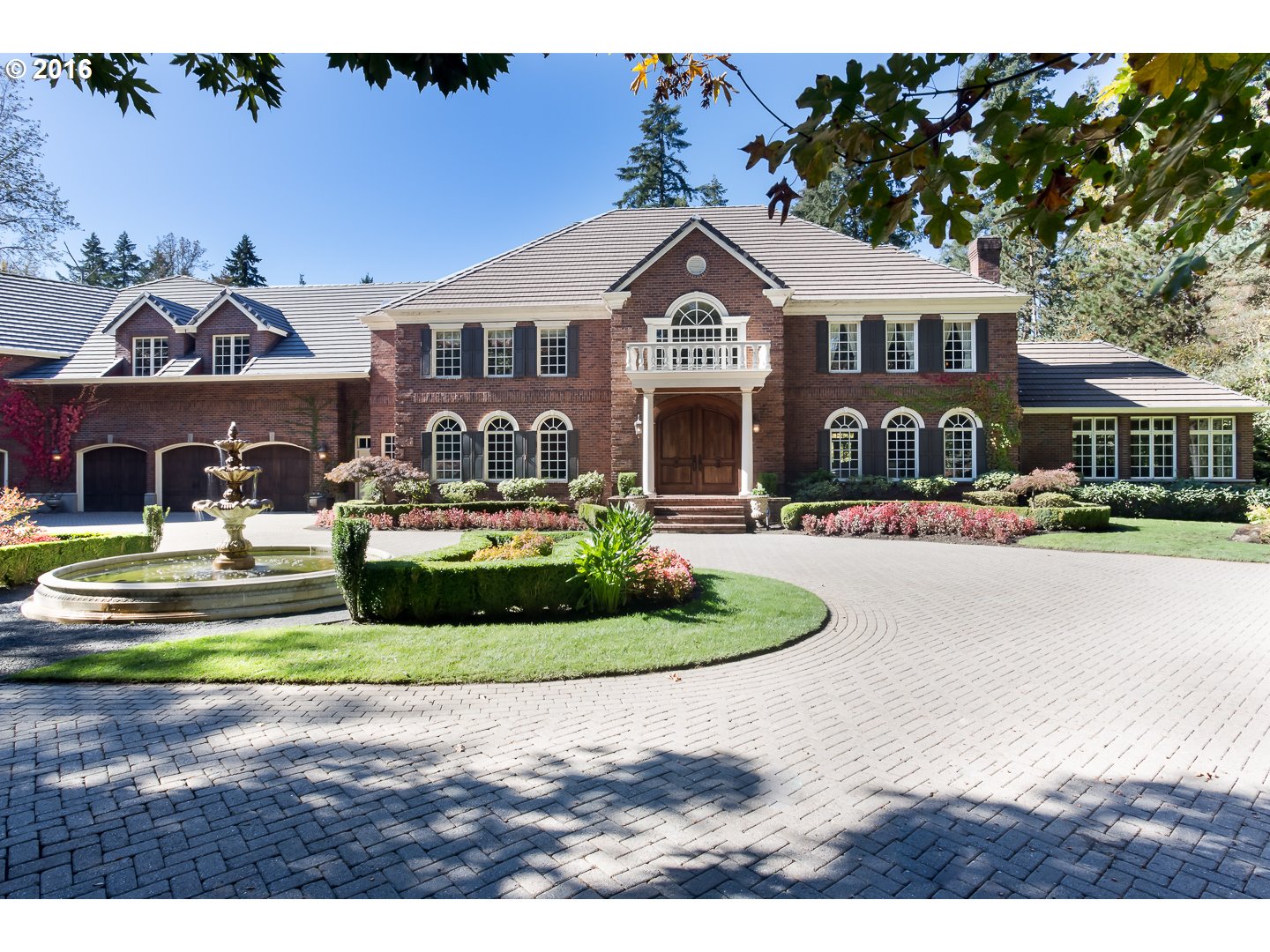
16715 Phantom Bluff Ct Lake Oswego, OR 97034
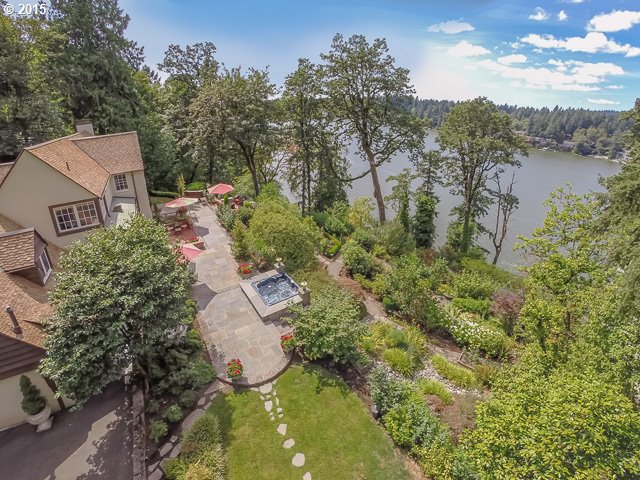
951 Westpoint Rd Lake Oswego, OR 97034
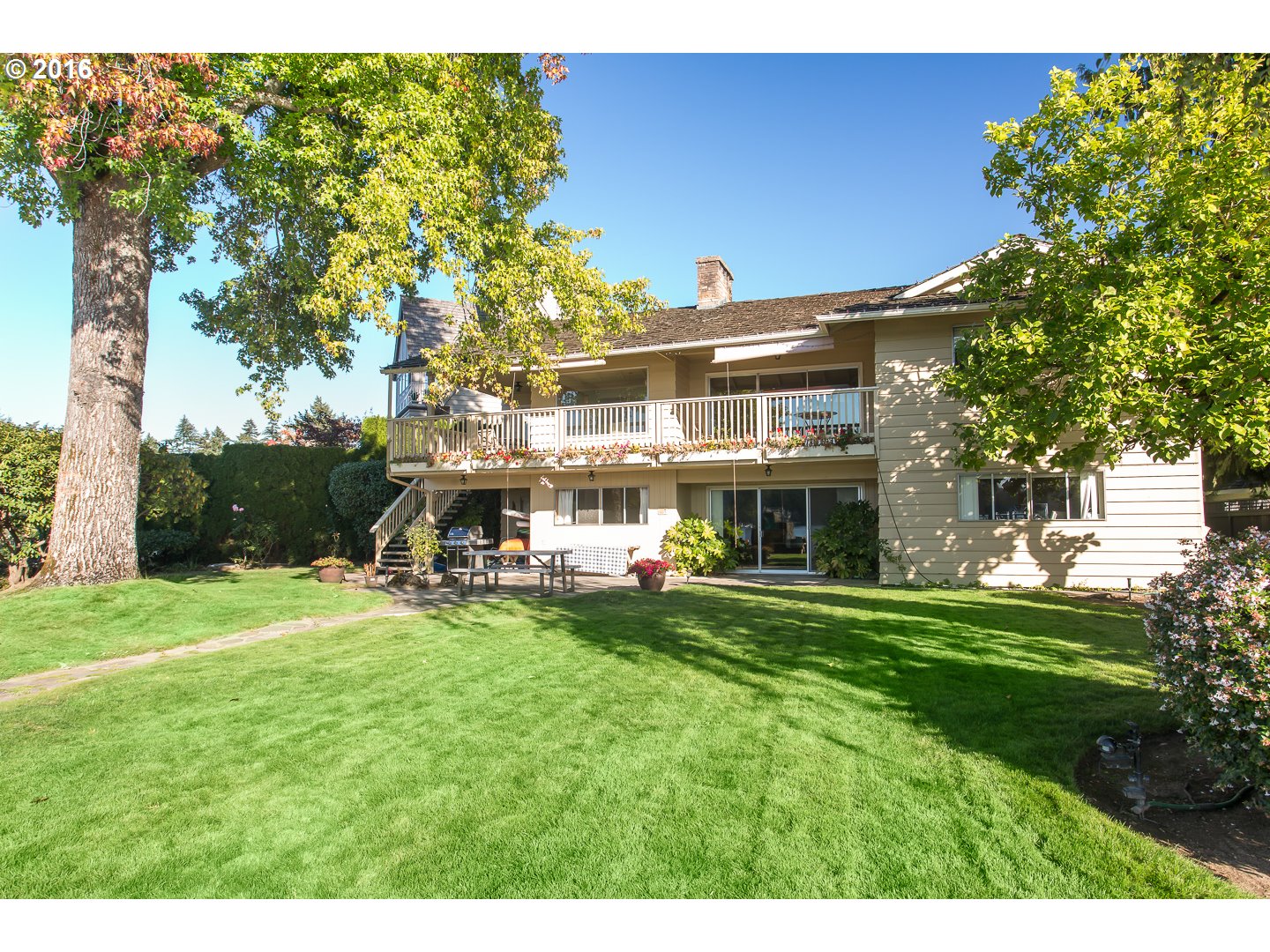
2098 Crest Dr Lake Oswego, OR 97034
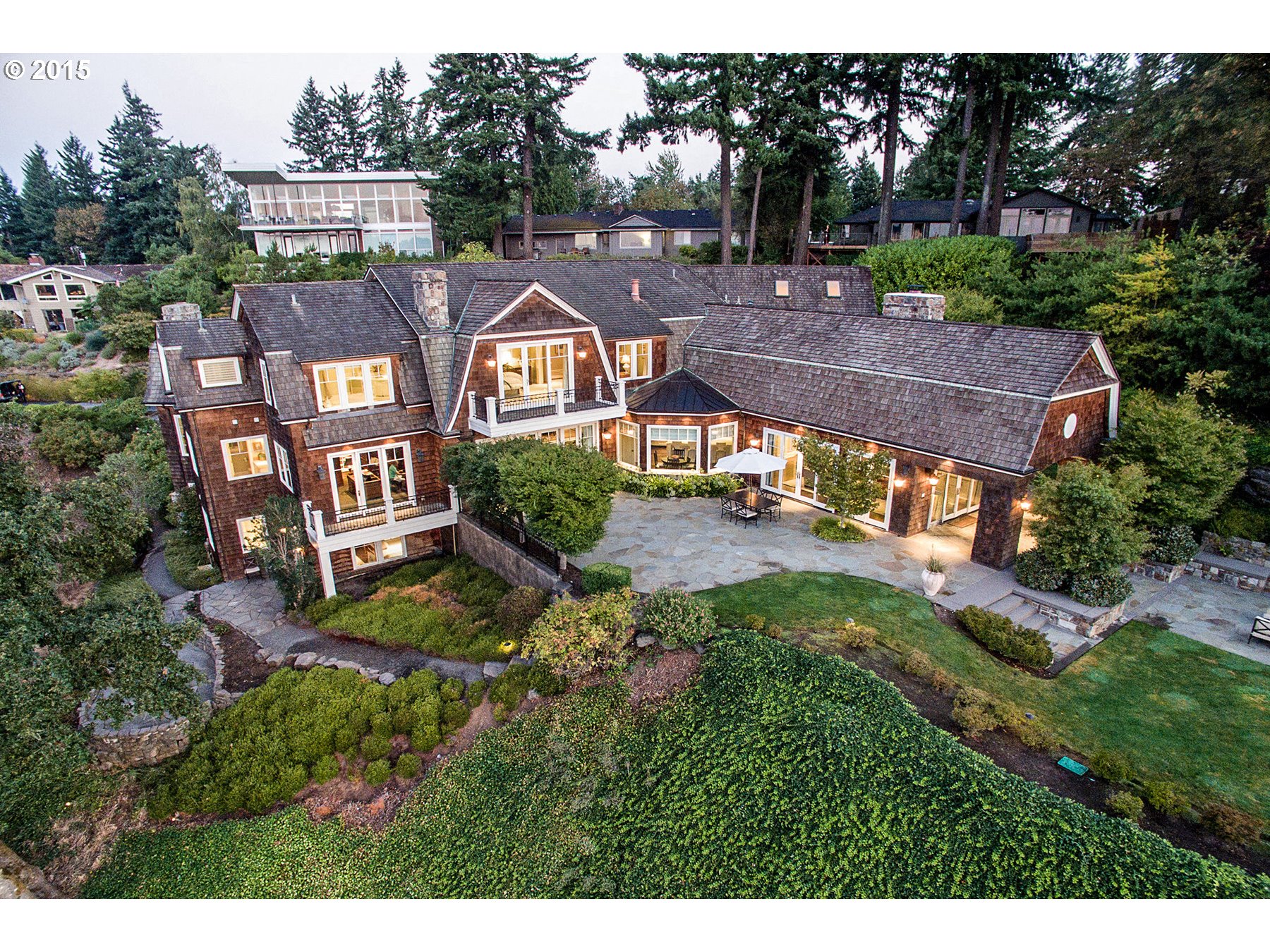
1300 Fairway Rd Lake Oswego, OR 97034
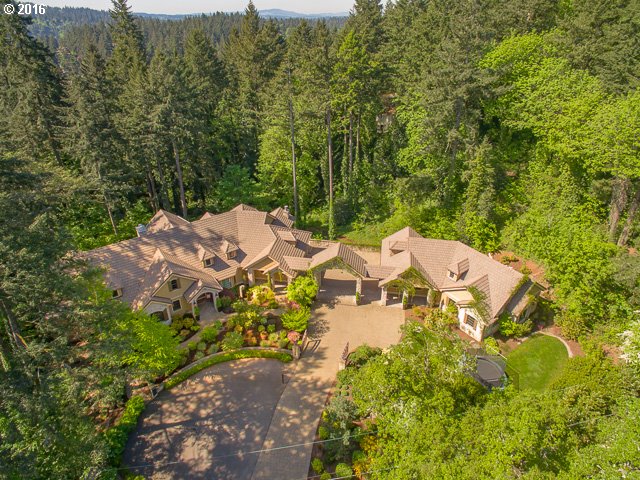
18060 Eastridge Ln Lake Oswego, OR 97034
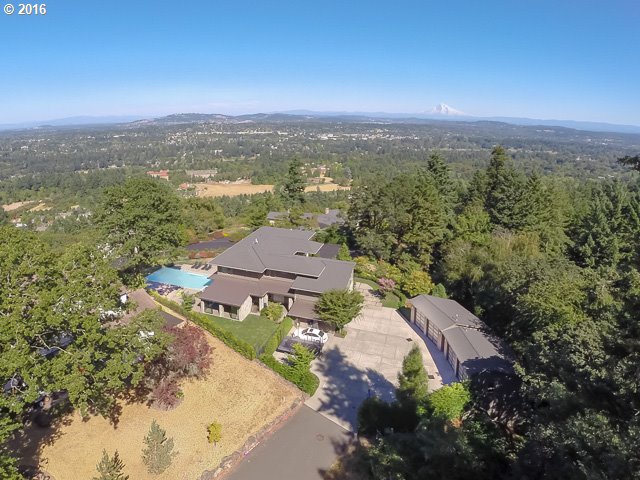
Lake Oswego OR 97034

15508 Diamond Head Rd Lake Oswego, OR 97034

1475 Skyland Dr Lake Oswego, OR 97034
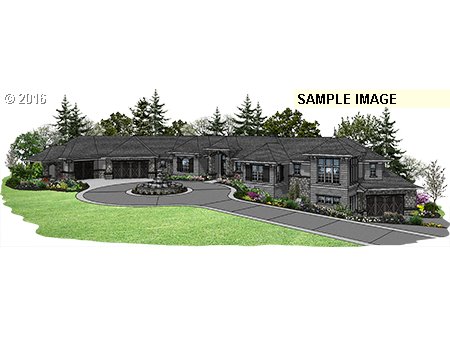
1210 Chandler Rd Lake Oswego, OR 97034
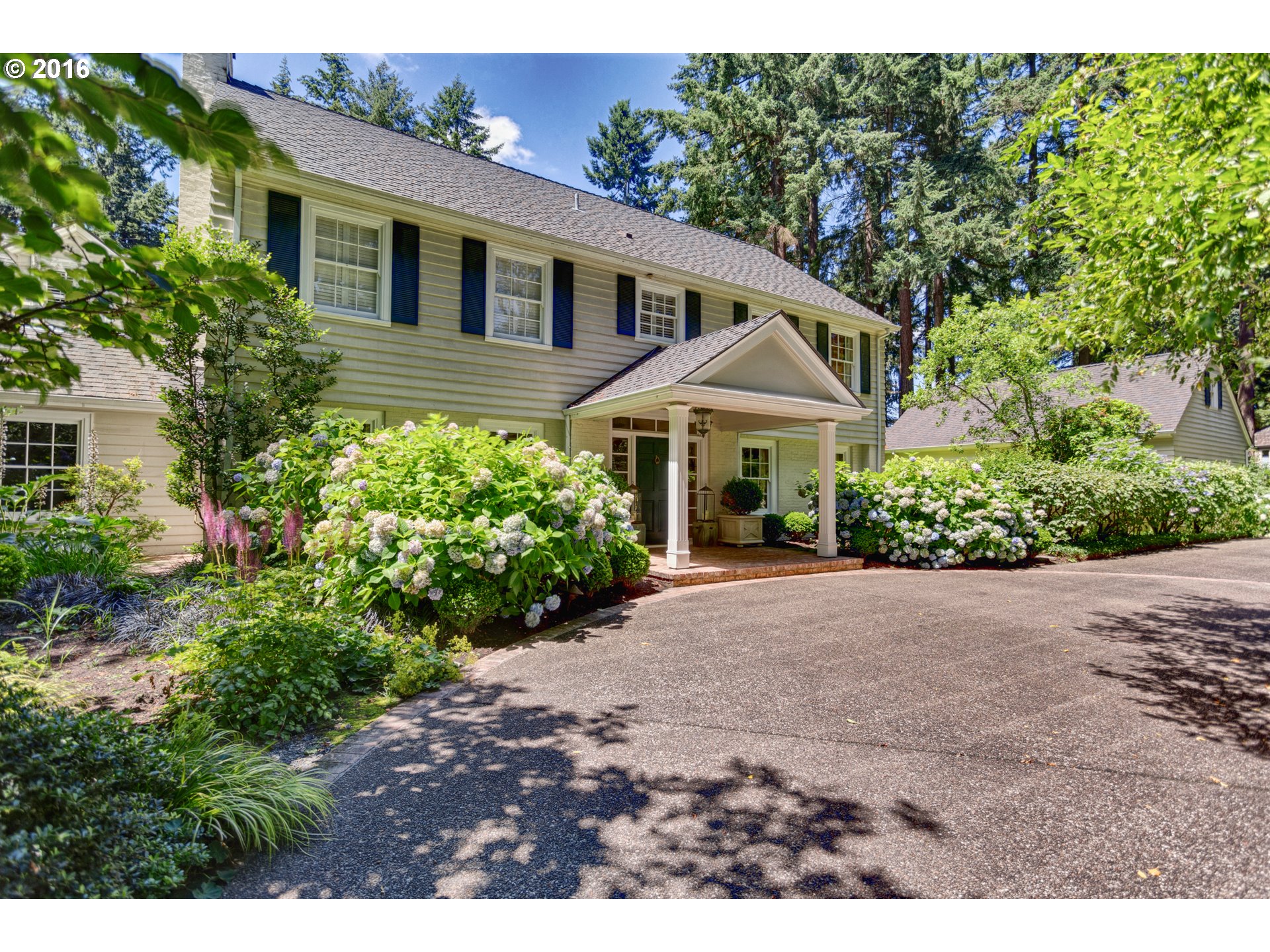
17515 Blue Heron Rd Lake Oswego, OR 97034
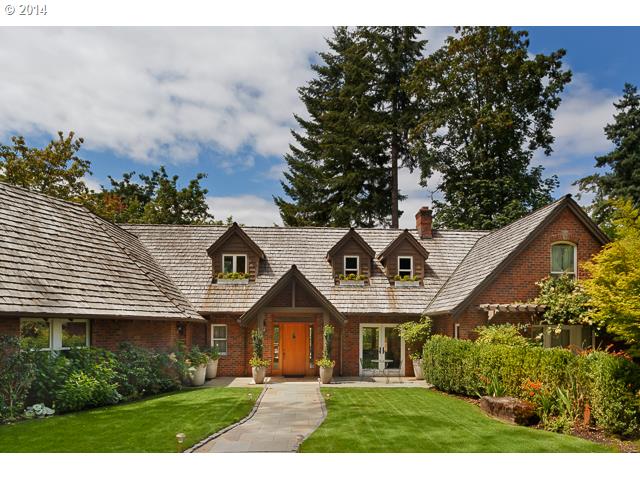
12901 Goodall Rd Lake Oswego, OR 97034
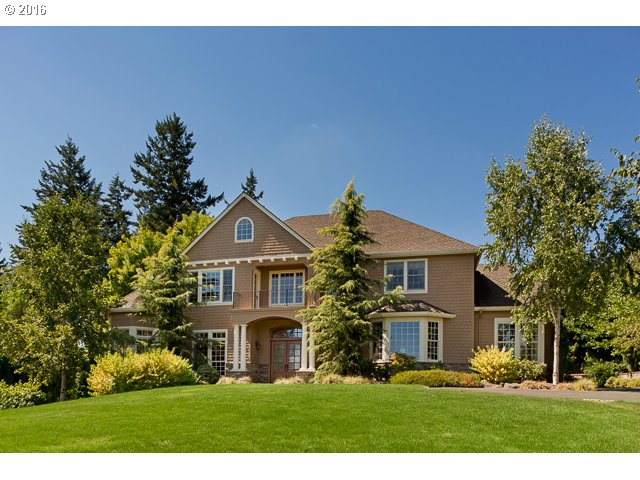
315 Berwick Rd Lake Oswego, OR 97034

16819 Greenbrier Rd Lake Oswego, OR 97034

13132 Thoma Rd Lake Oswego, OR 97034
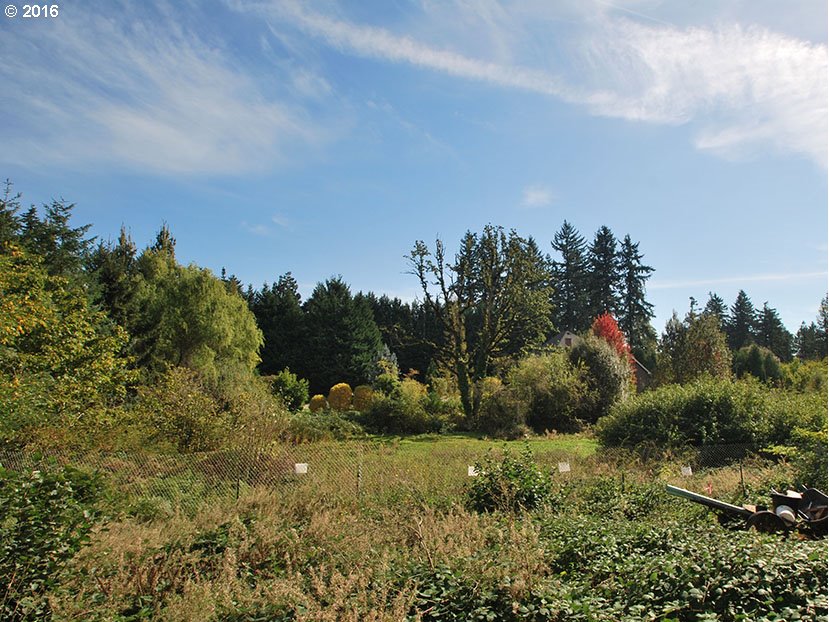
1115 Lake Front Rd Lake Oswego, OR 97034
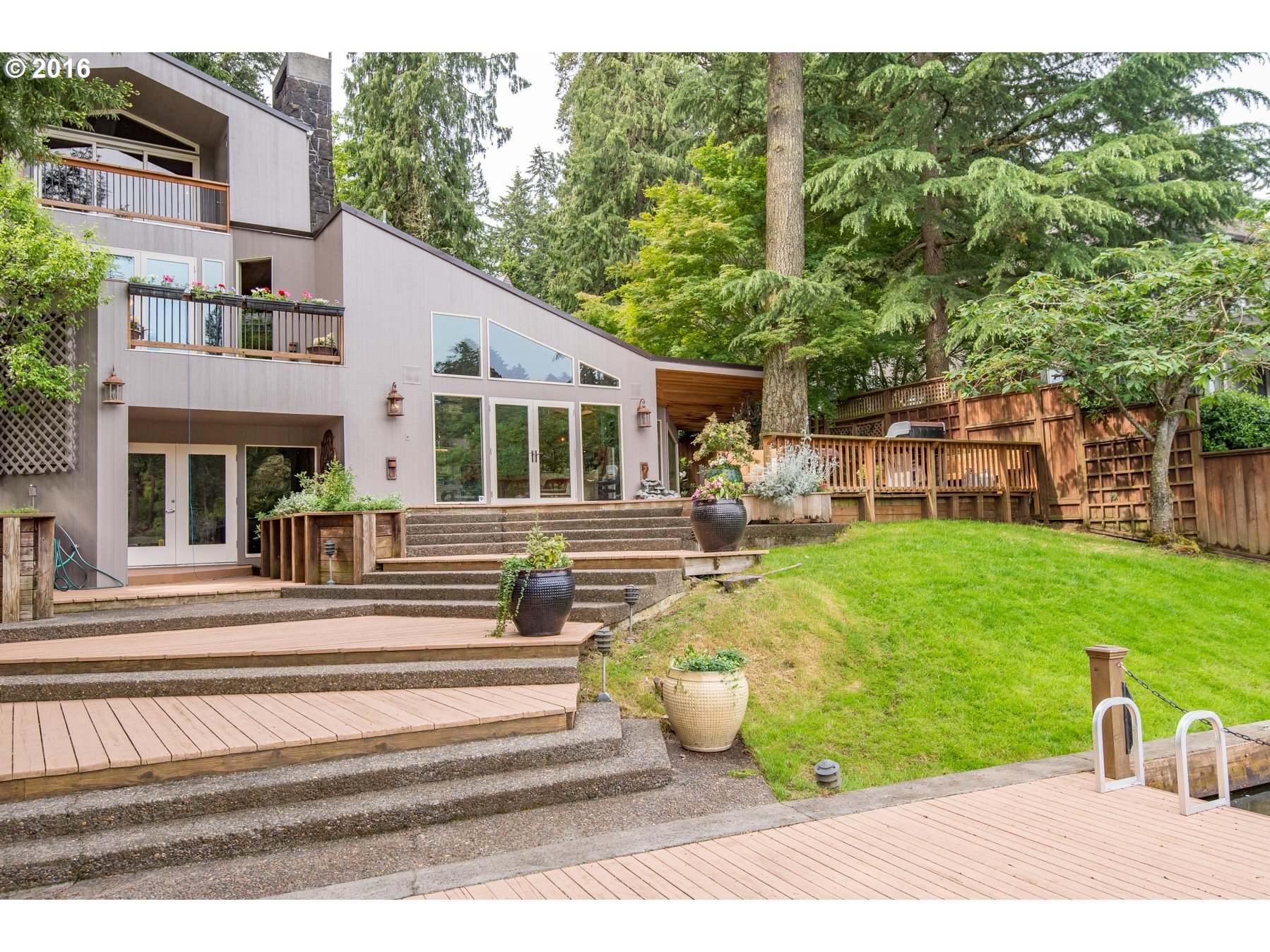
1500 Ridgecrest Dr Lake Oswego, OR 97034

16 Dover Way Lake Oswego, OR 97034
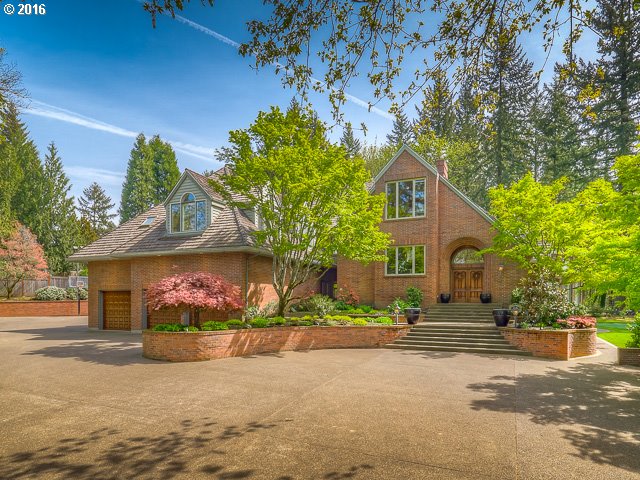
12812 Goodall Rd #lot10 Lake Oswego, OR 97034
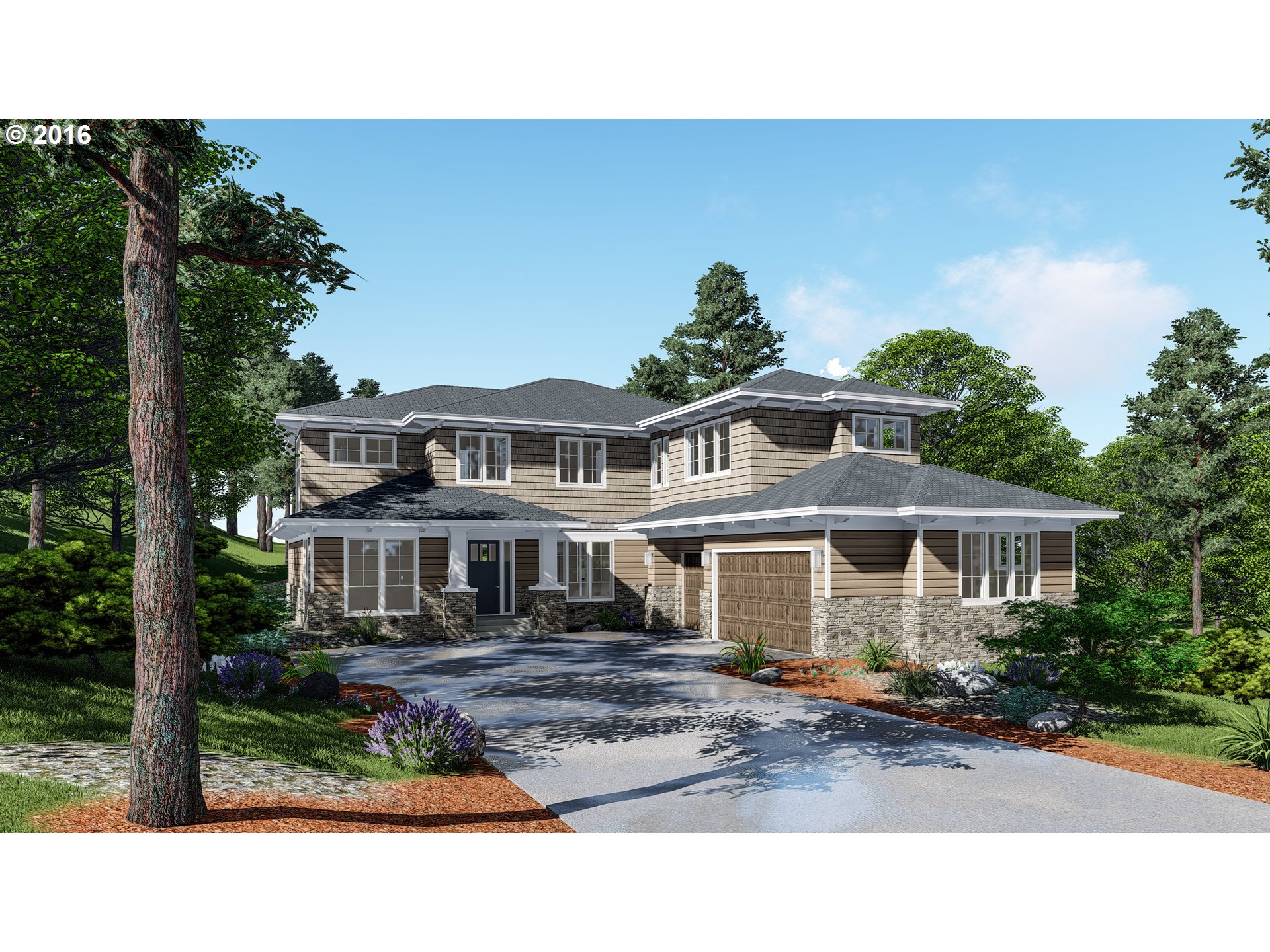
18008 Greenbluff Dr Lake Oswego, OR 97034

1940 Highlands Loop Lake Oswego, OR 97034
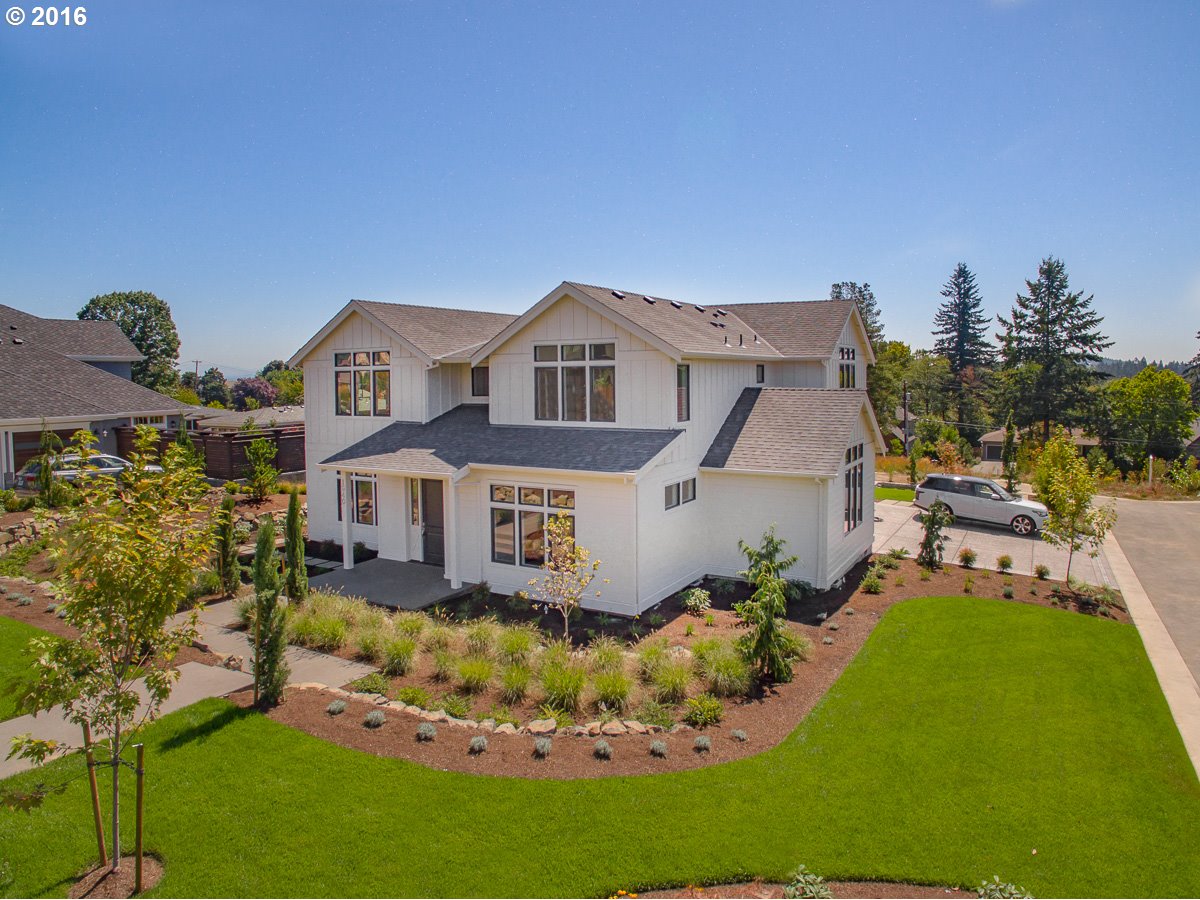
13959 Fosberg Rd Lake Oswego, OR 97035

1976 Highlands Loop Lake Oswego, OR 97034

13648 Goodall Rd Lake Oswego, OR 97034
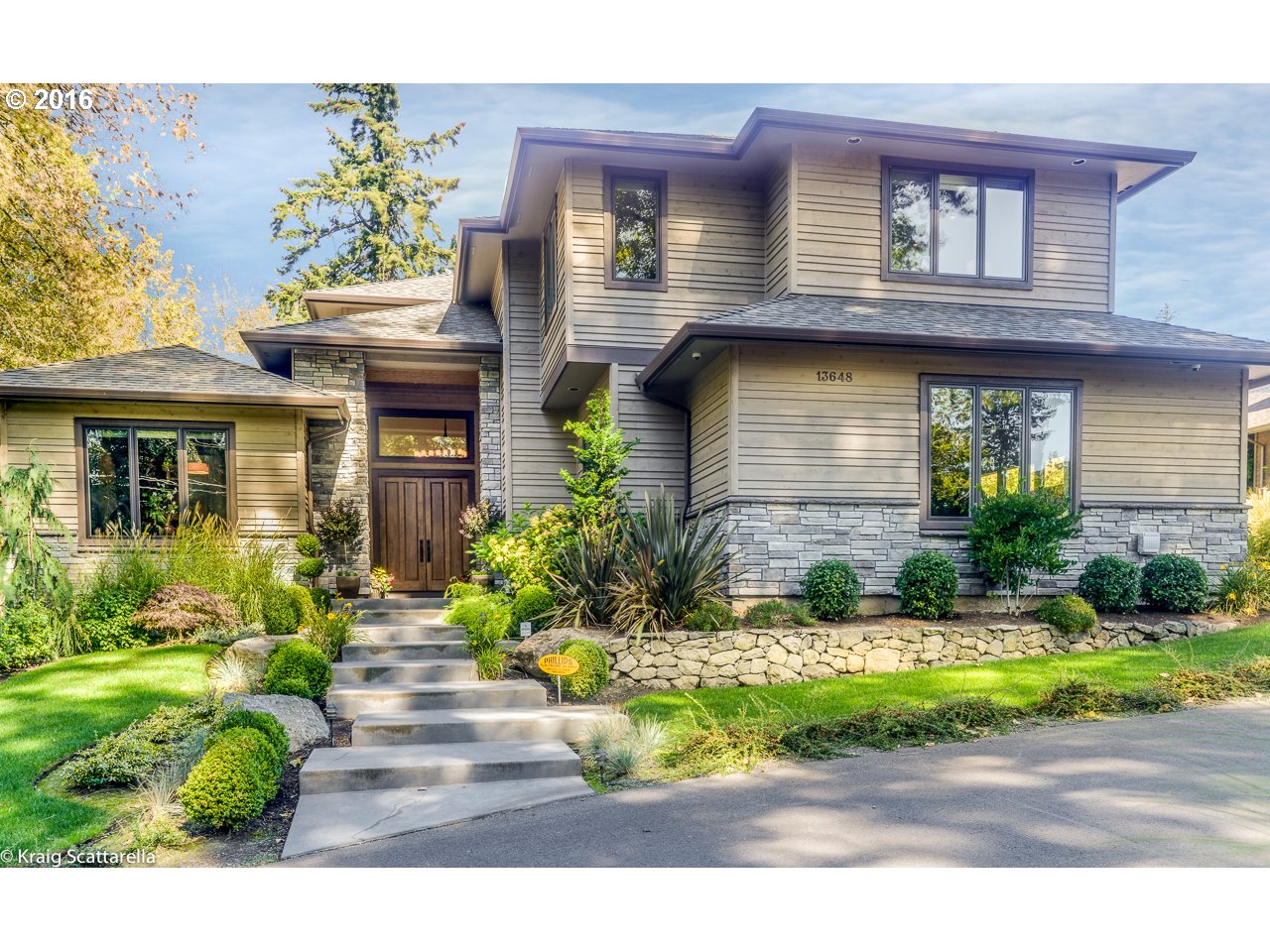
18296 Meadowlark Ln Lake Oswego, OR 97034

1251 Forest Meadows Way Lake Oswego, OR 97034
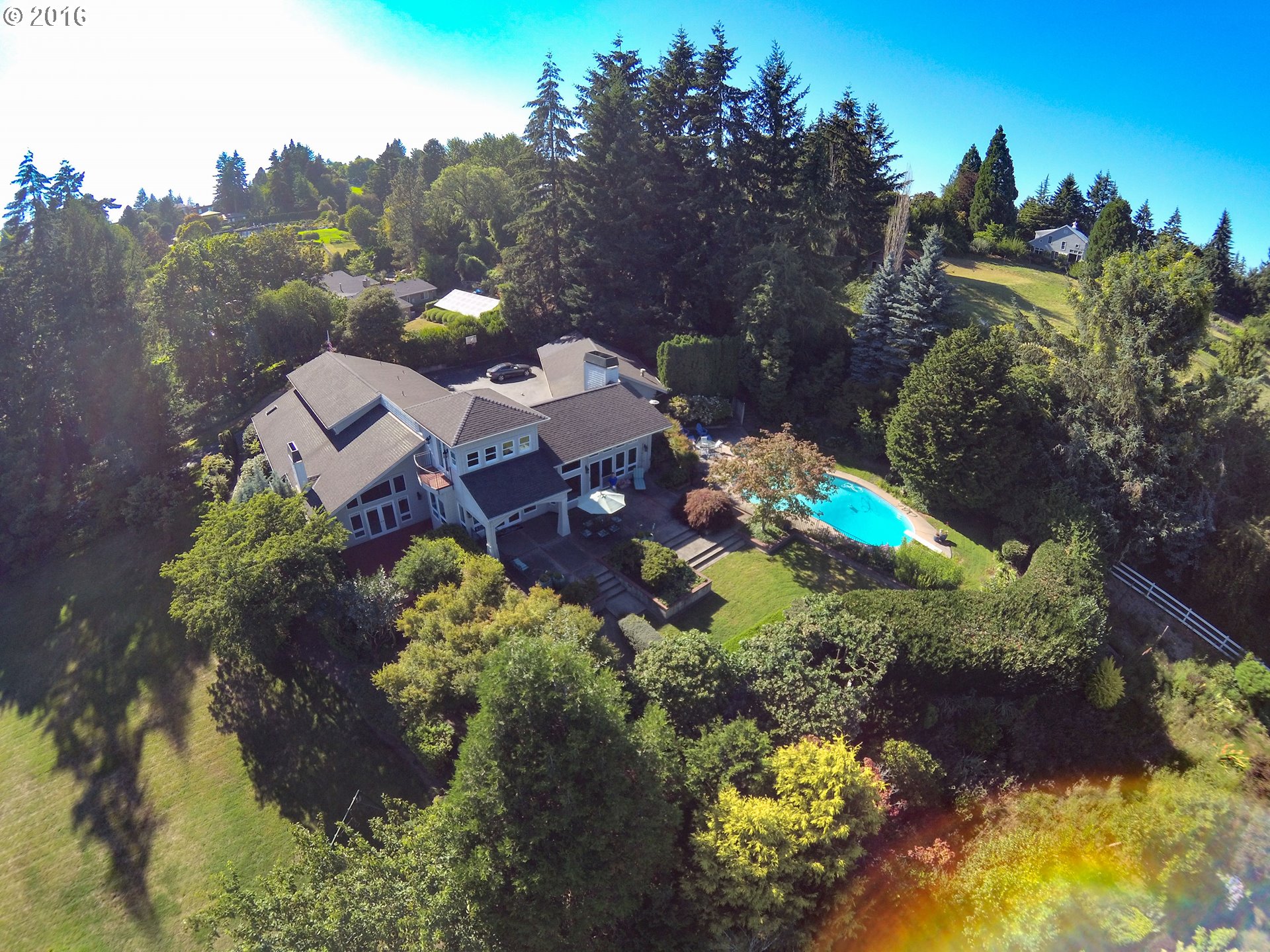
1622 Leslie Ln Lake Oswego, OR 97034
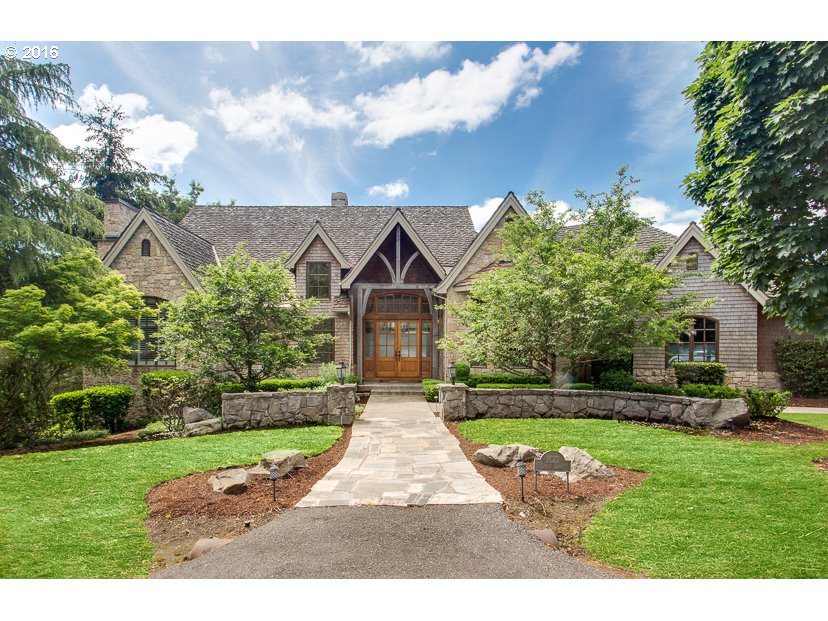
18332 Meadowlark Ln Lake Oswego, OR 97034

18308 Meadowlark Ln Lake Oswego, OR 97034
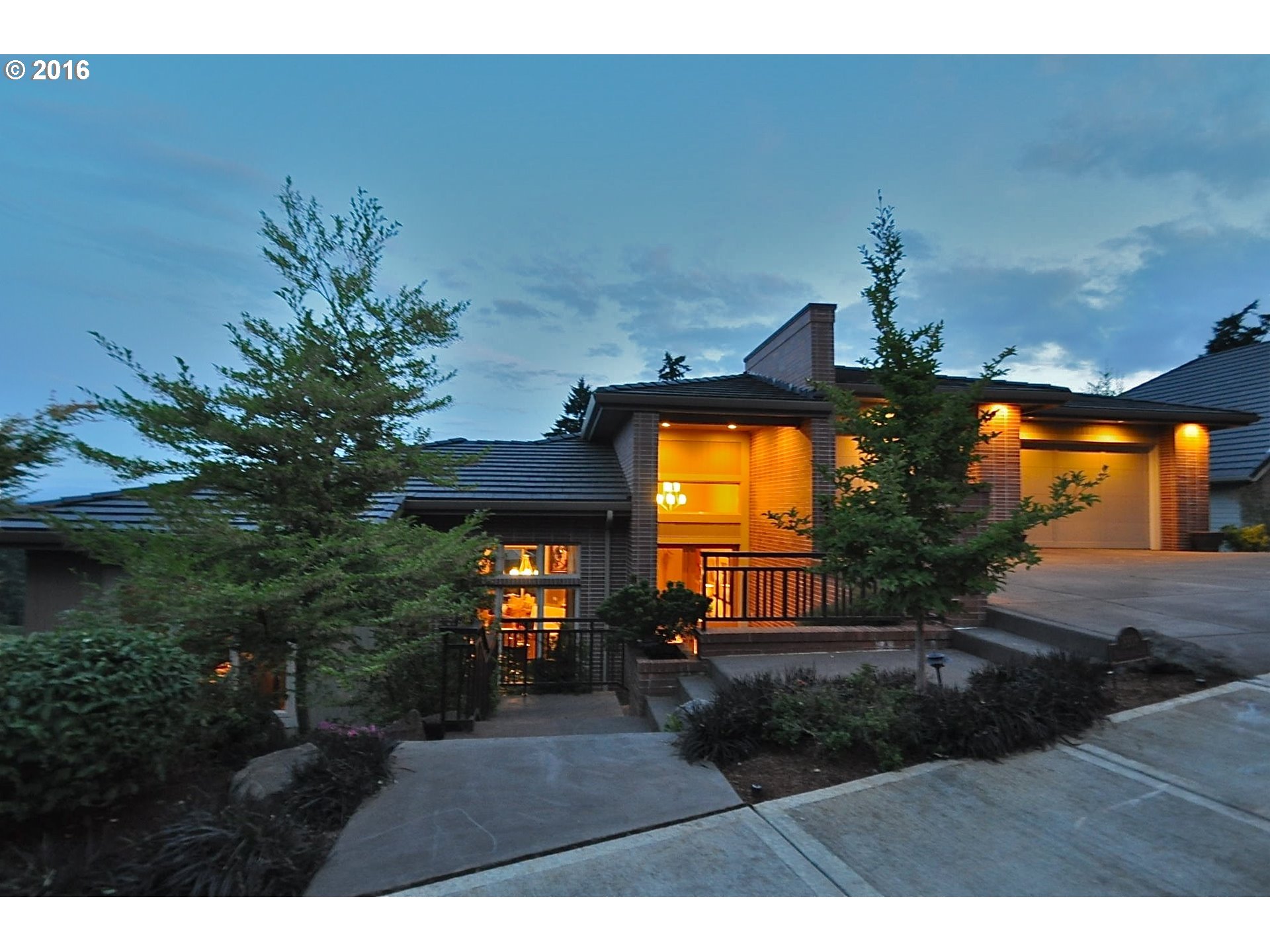
17104 Cedar Rd Lake Oswego, OR 97034
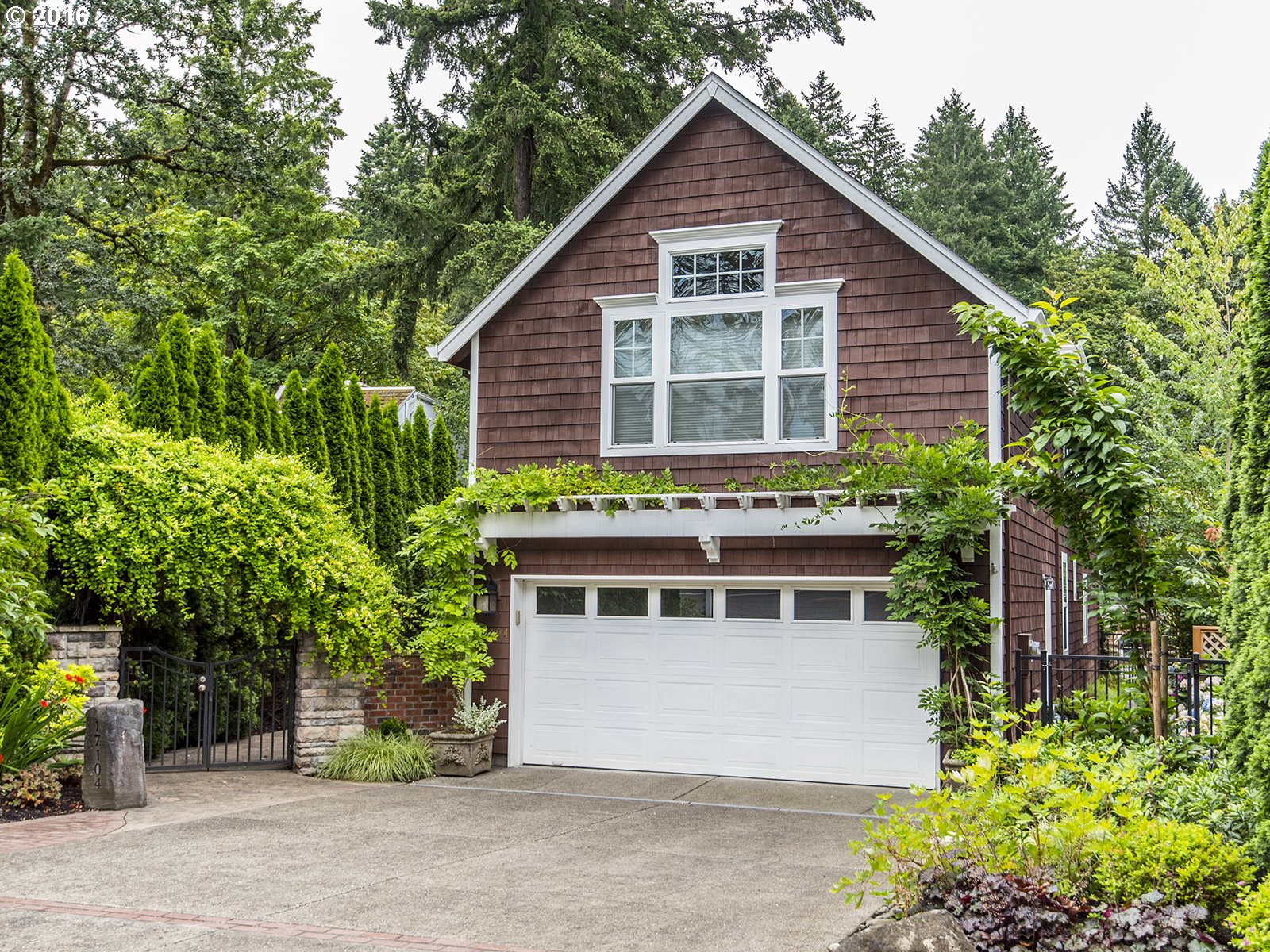
1968 Cheryl Ct Lake Oswego, OR 97034
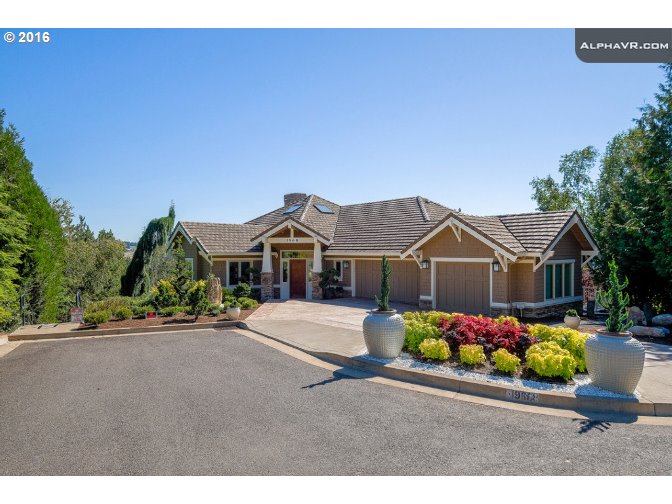
915 Skyland Dr Lake Oswego, OR 97034

2092 Summit Dr Lake Oswego, OR 97034

17345 Bergis Farm Dr Lake Oswego, OR 97034
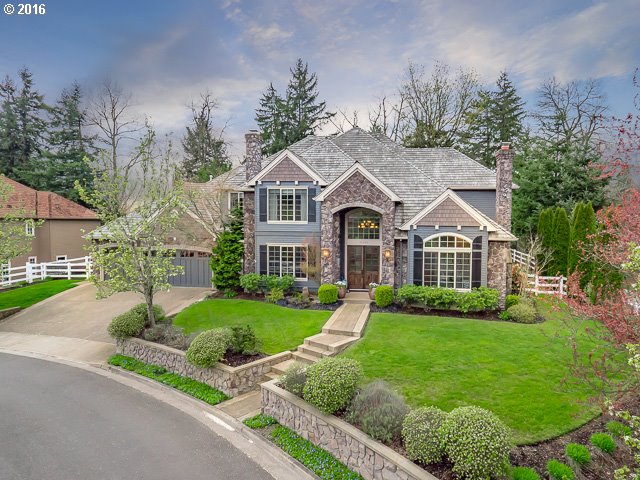
12975 Sw Elk Rock Rd Lake Oswego, OR 97035
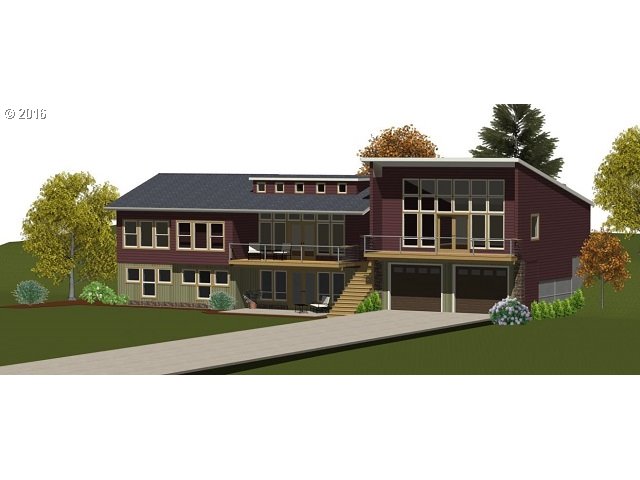
13725 Cameo Ct Lake Oswego, OR 97034
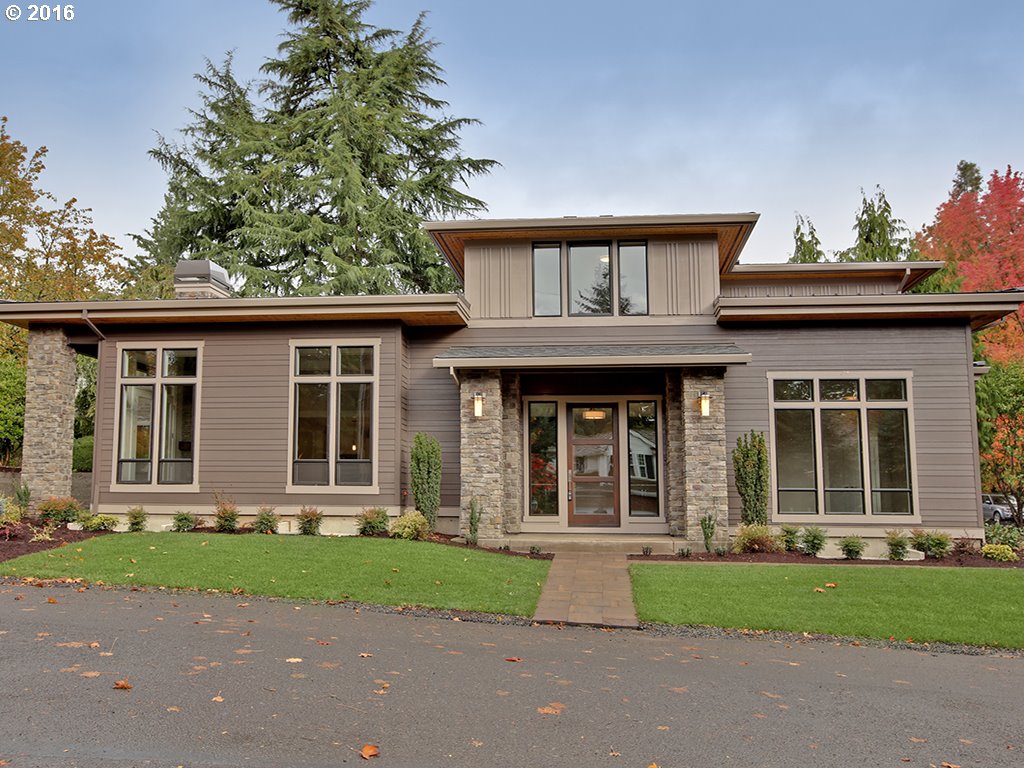
404 Fairmont Rd Lake Oswego, OR 97034
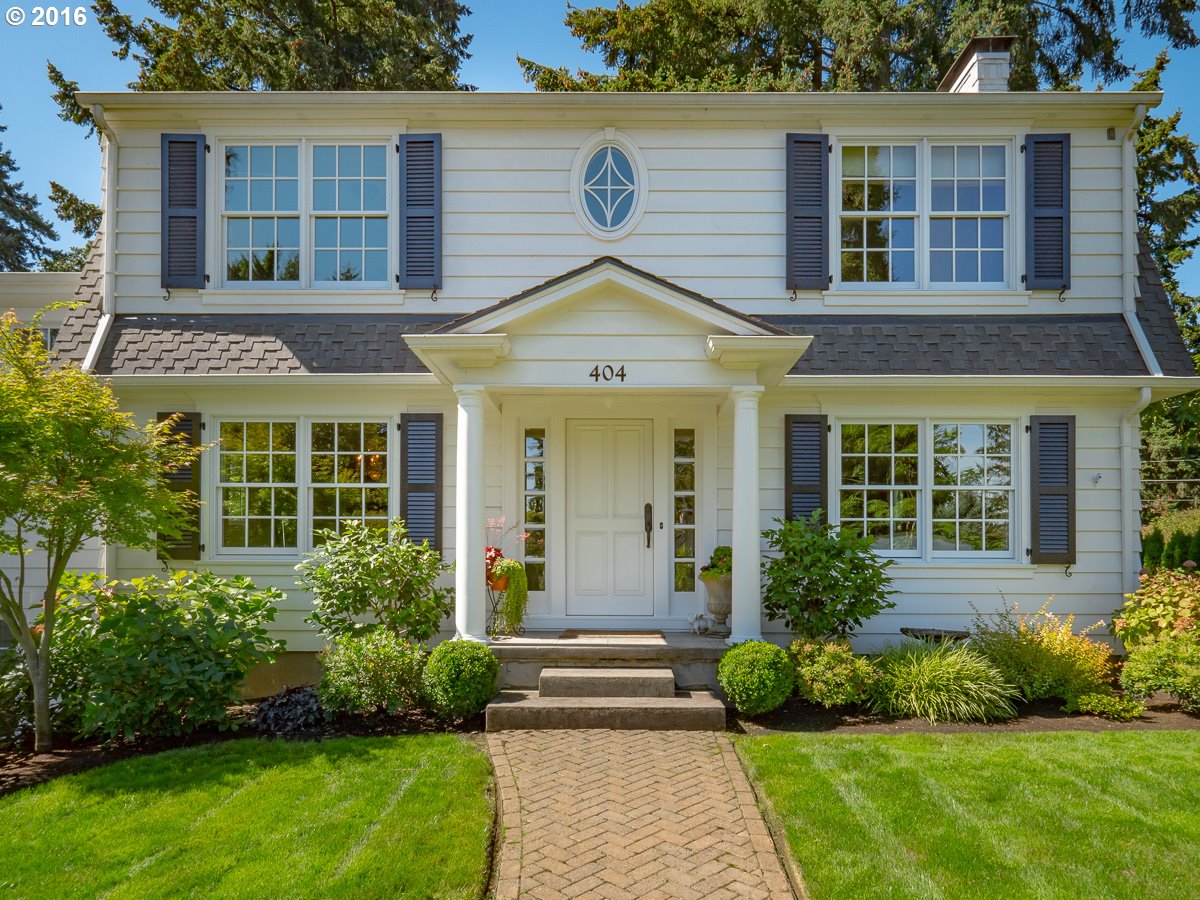
1640 Country Cmns Lake Oswego, OR 97034

18820 Greenbluff Dr Lake Oswego, OR 97034
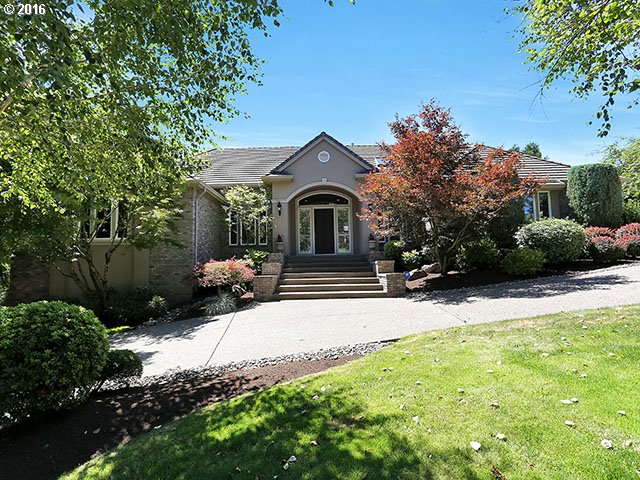
17455 Ridgeview Ln Lake Oswego, OR 97034

401 9th St Lake Oswego, OR 97034

4146 Lakeview Blvd Lake Oswego, OR 97035

752 8th St Lake Oswego, OR 97034
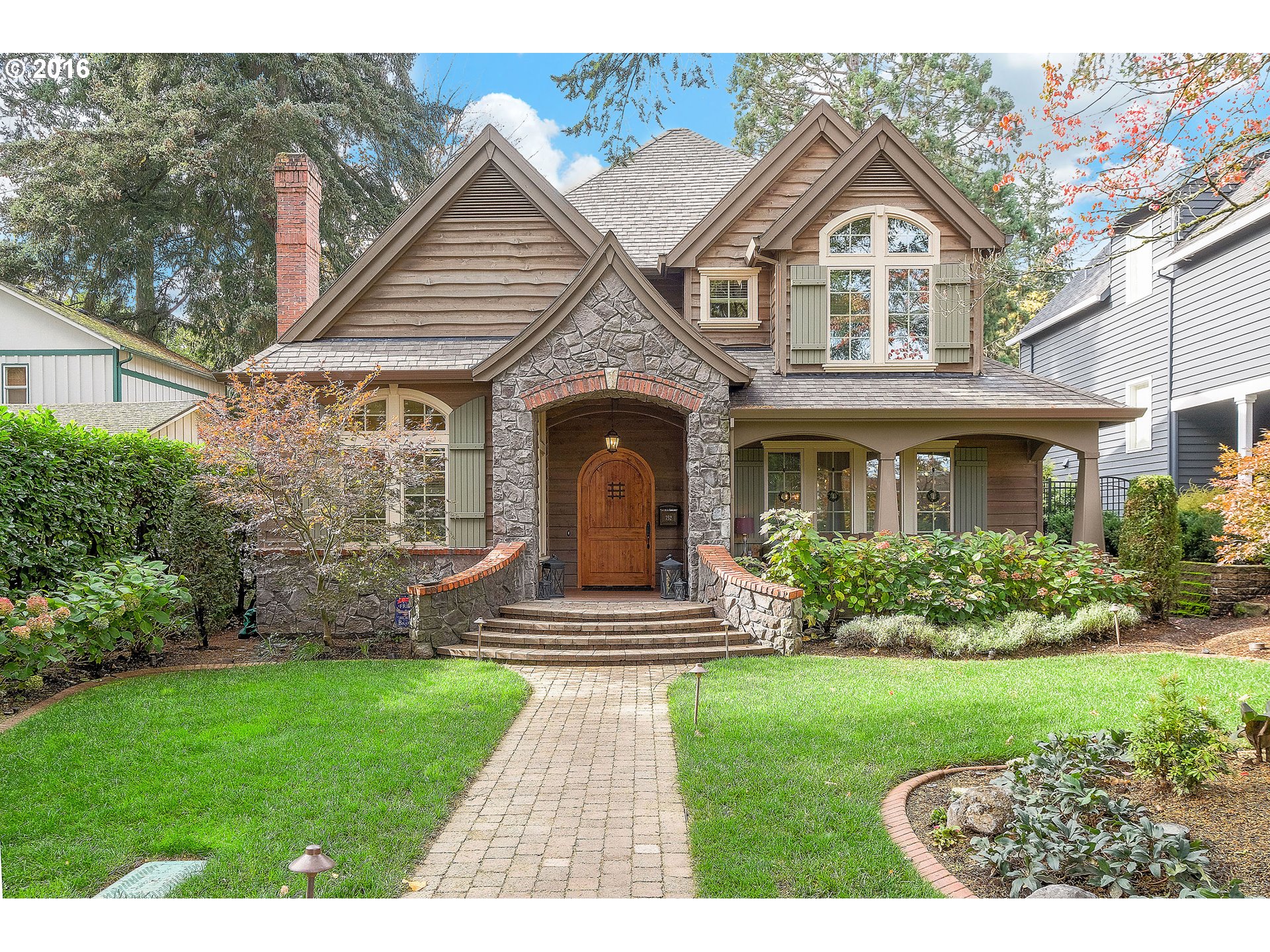
1515 Cherry Ln Lake Oswego, OR 97034

718 Maple St Lake Oswego, OR 97034
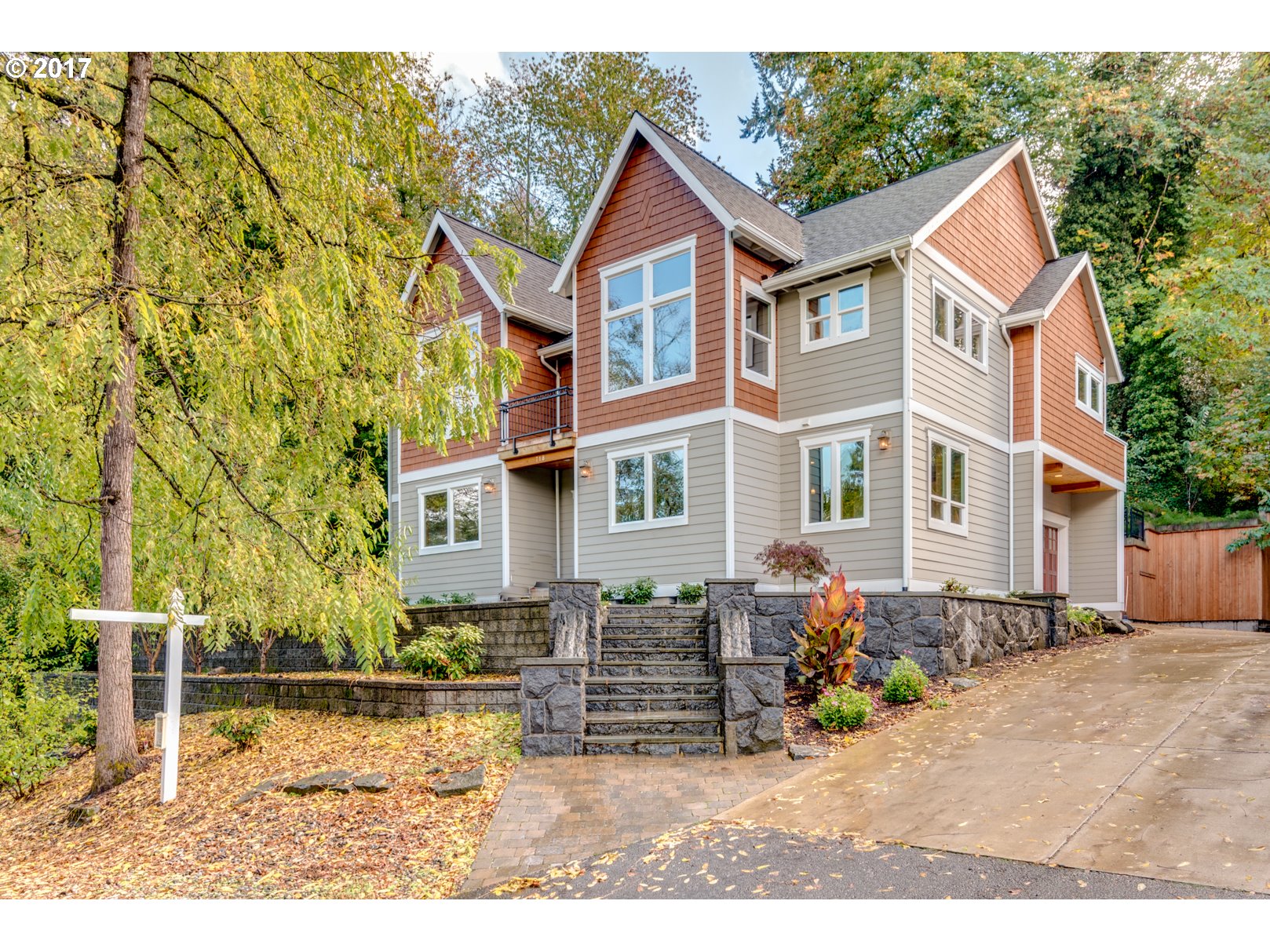
653 A Ave Lake Oswego, OR 97034
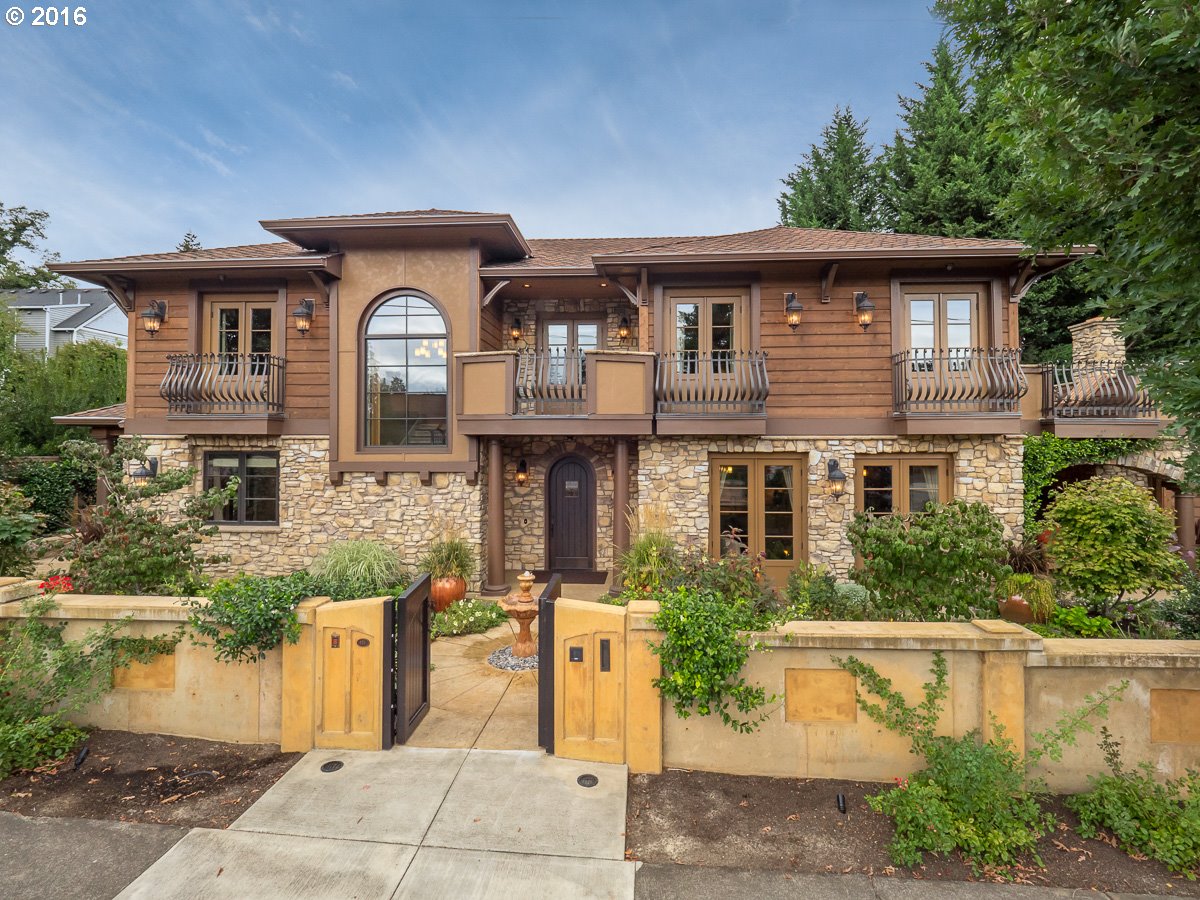
15800 Oswego Shore Ct Lake Oswego, OR 97034
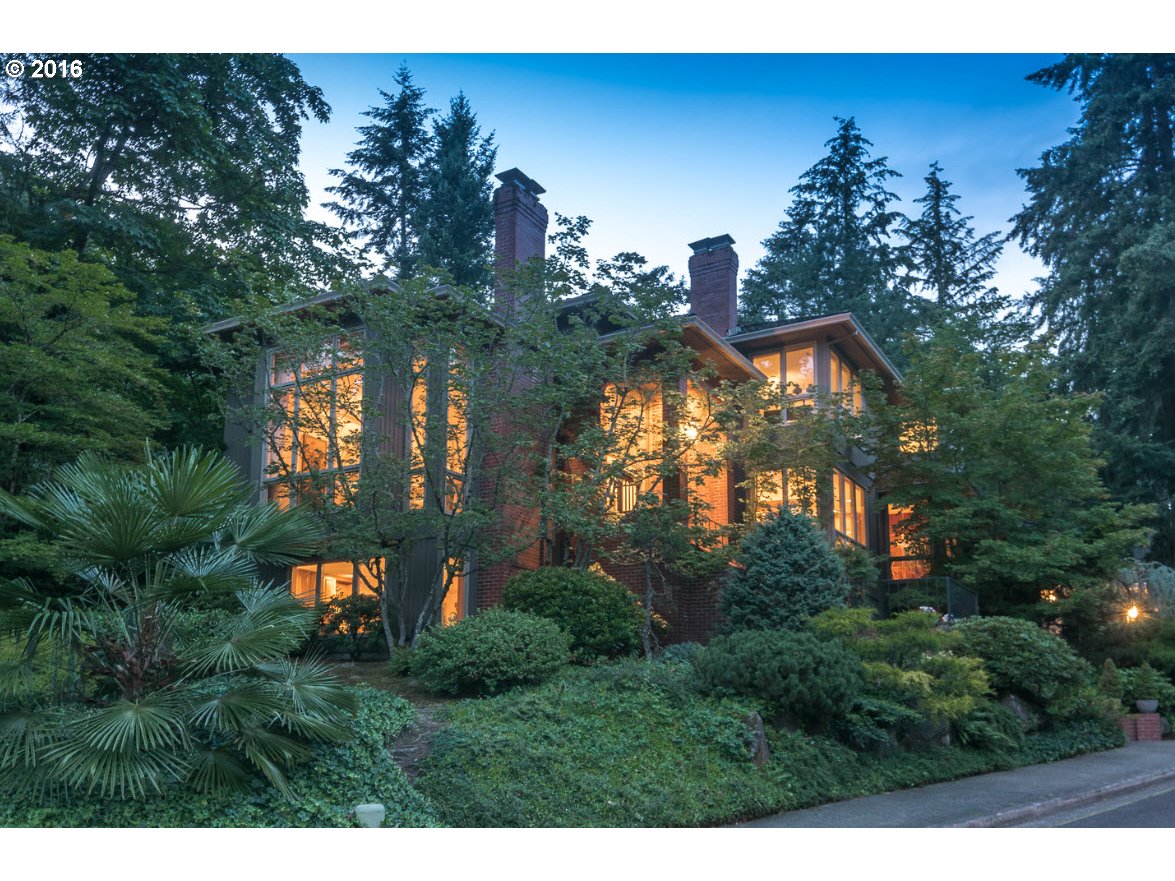
17951 Meadowlark Ln Lake Oswego, OR 97034
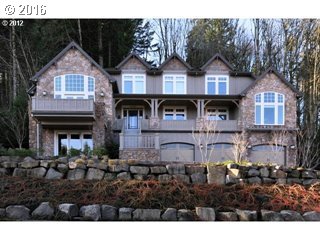
3177 Douglas Cir Lake Oswego, OR 97035

18024 Eastridge Ln Lake Oswego, OR 97034

4390 Lords Ln Lake Oswego, OR 97035
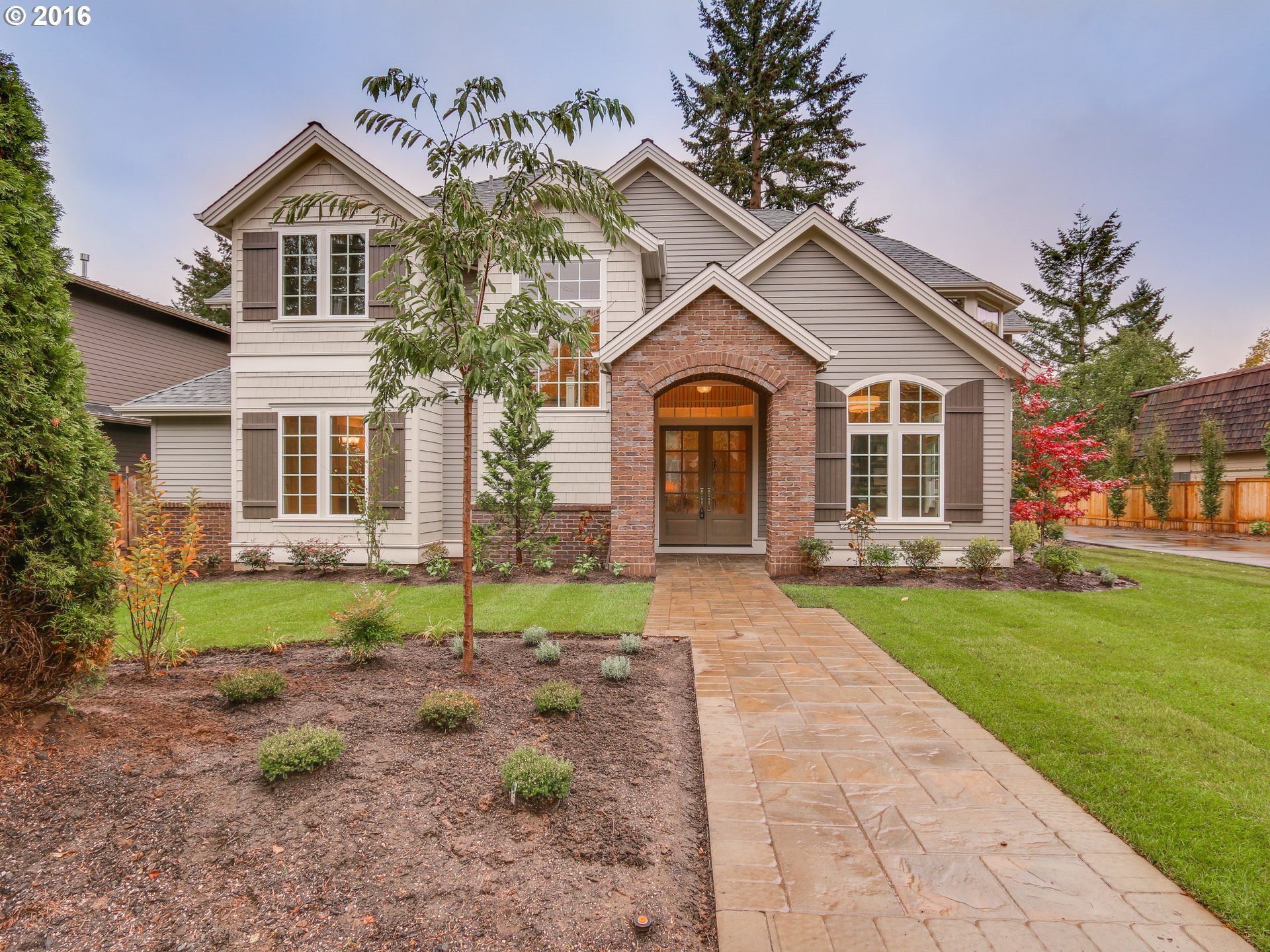
19331 Lorna Ln Lake Oswego, OR 97035
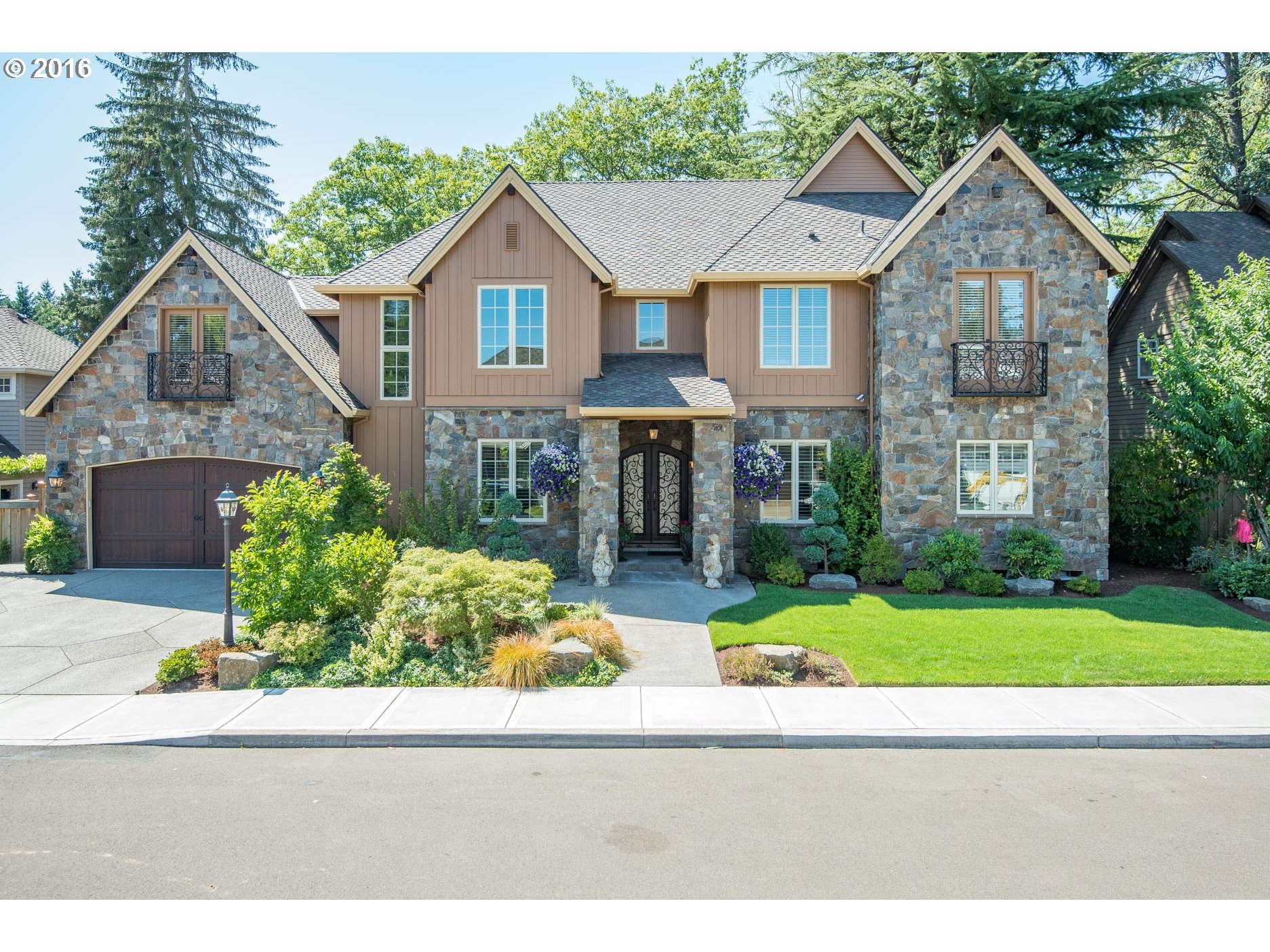
17376 Bergis Farm Dr Lake Oswego, OR 97034

515 10th St Lake Oswego, OR 97034
915 Cedar St Lake Oswego, OR 97034
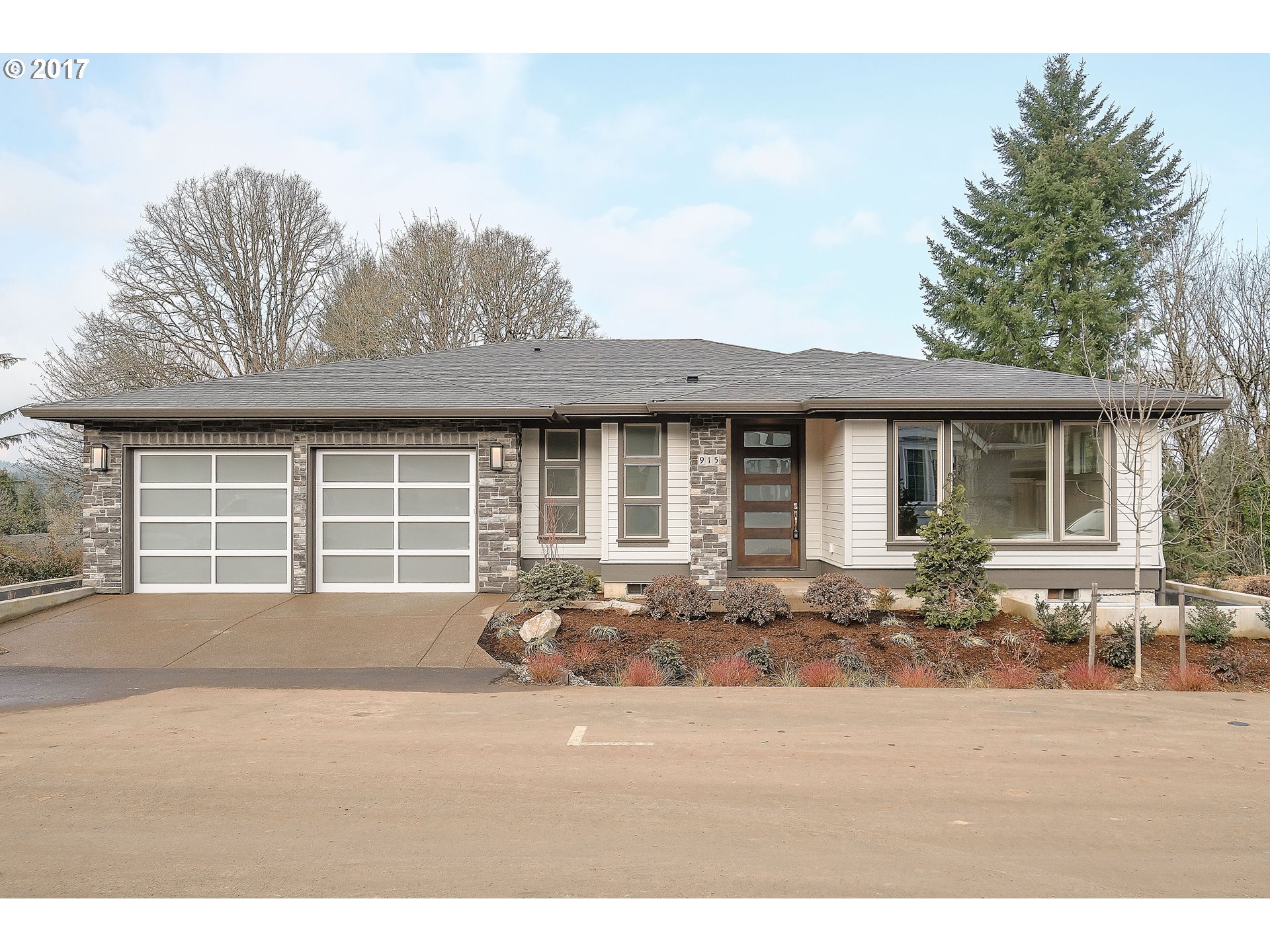
849 F Ave Lake Oswego, OR 97034
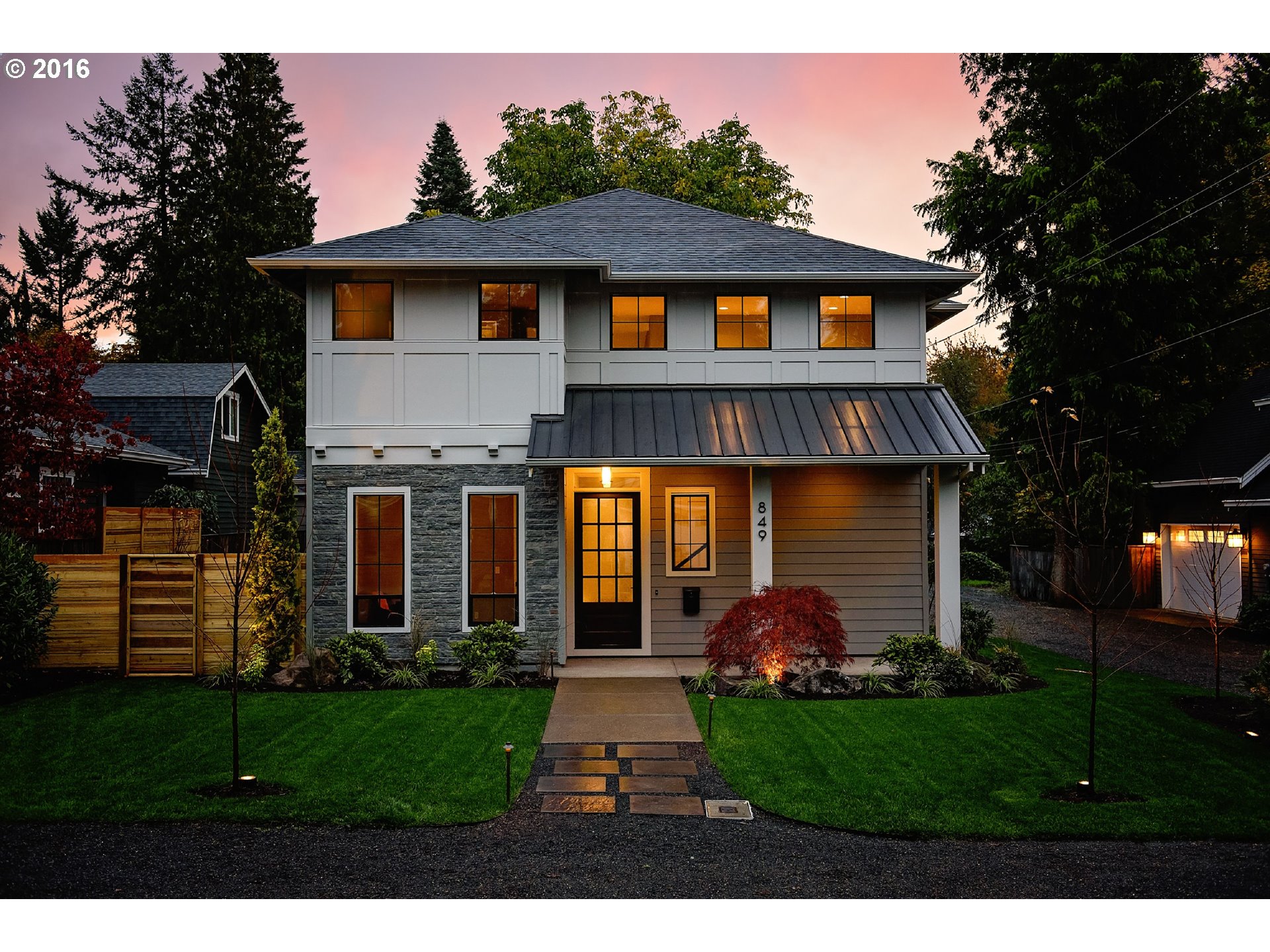
1122 Bayberry Rd Lake Oswego, OR 97034
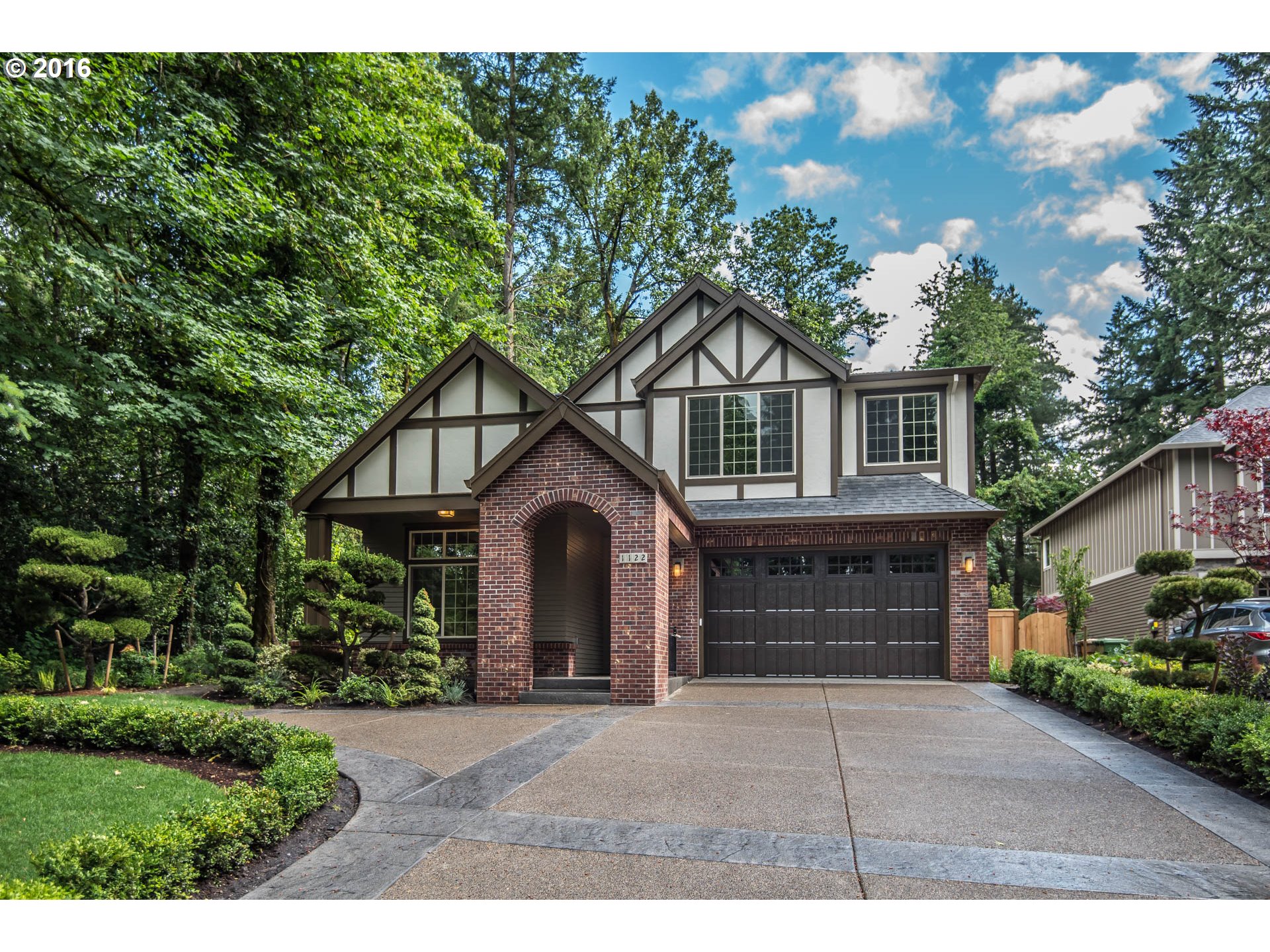
12819 Alto Park Rd Lake Oswego, OR 97034
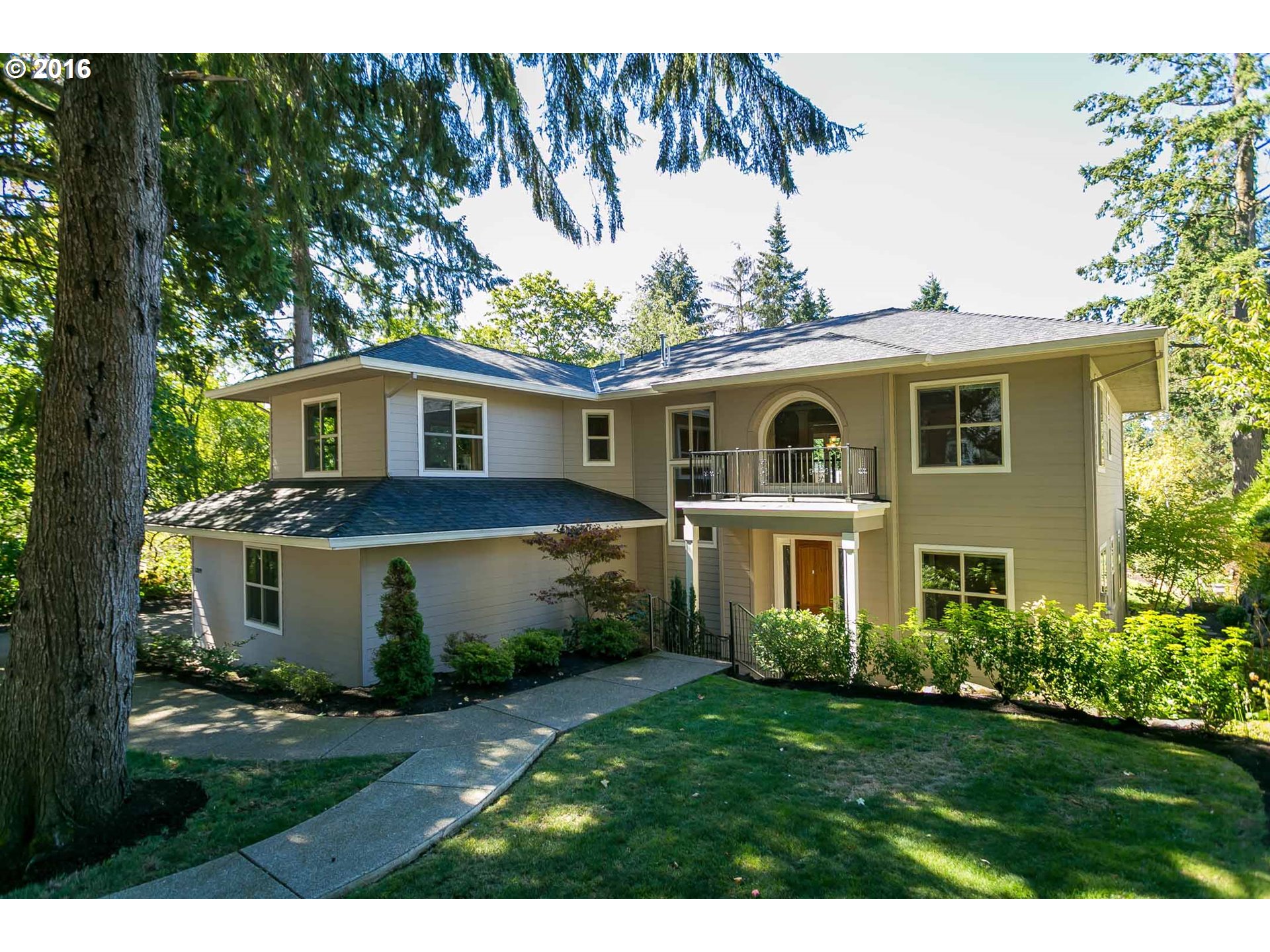
4 Dover Way Lake Oswego, OR 97034
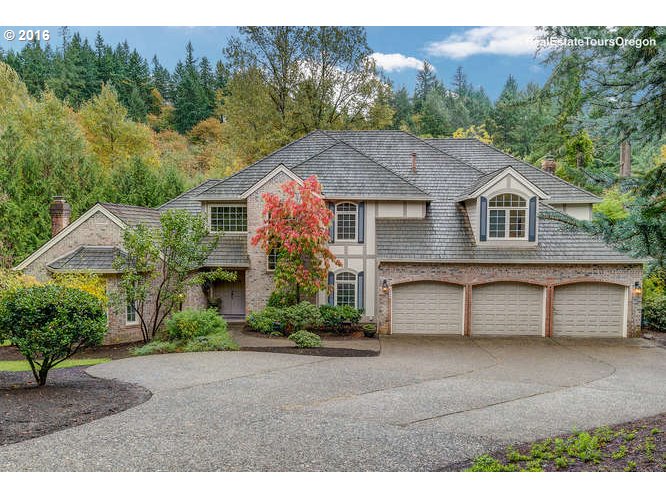
142 Cornell Ct Lake Oswego, OR 97034
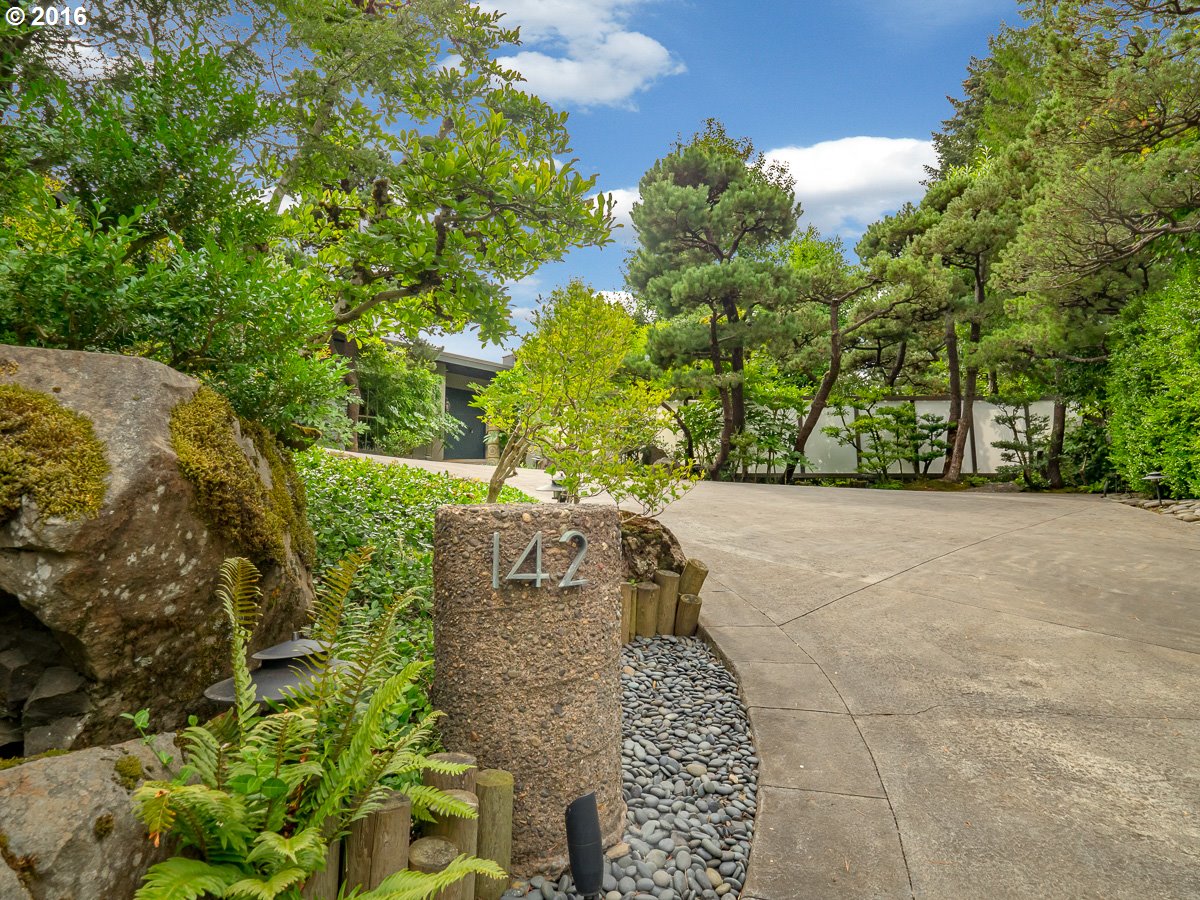
18840 Hill Top Rd Lake Oswego, OR 97034
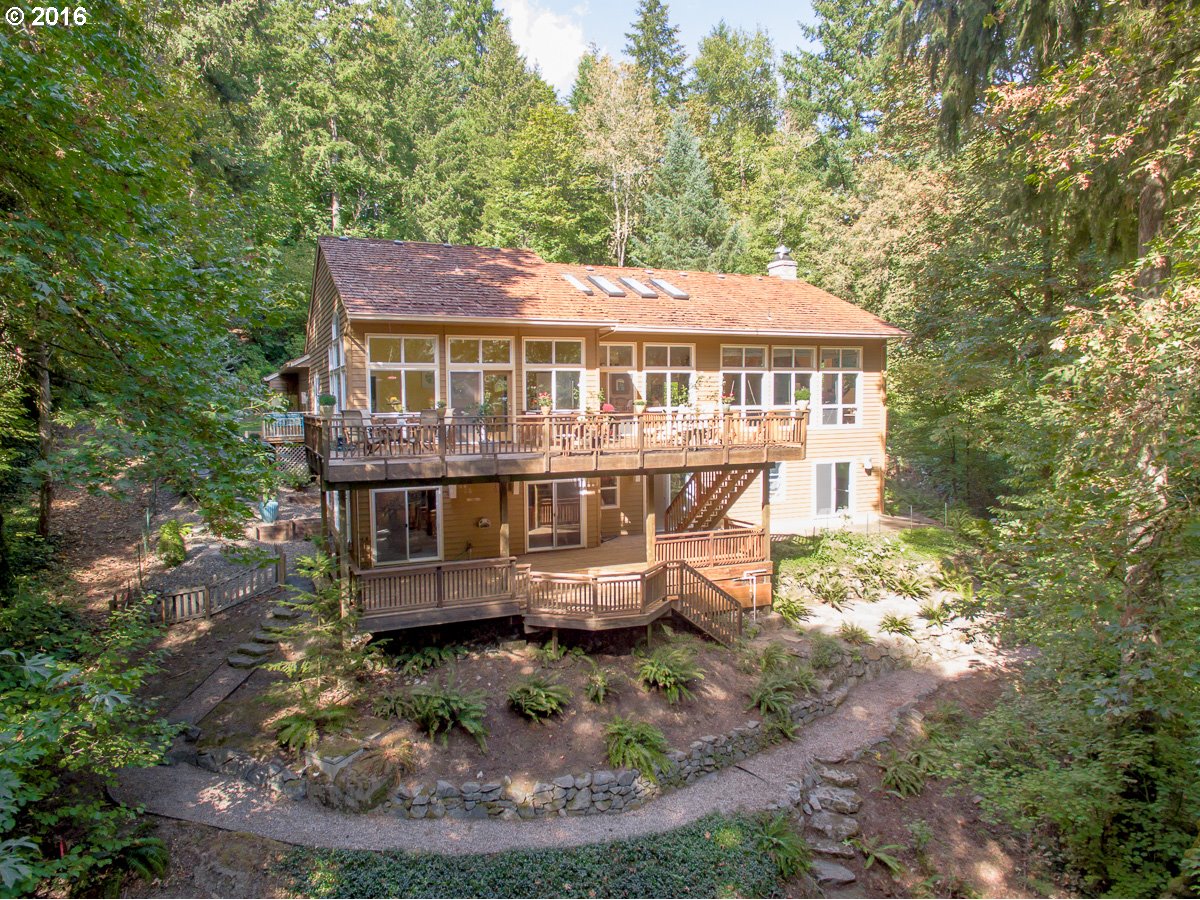
671 5th St Lake Oswego, OR 97034

7 Garibaldi St Lake Oswego, OR 97035
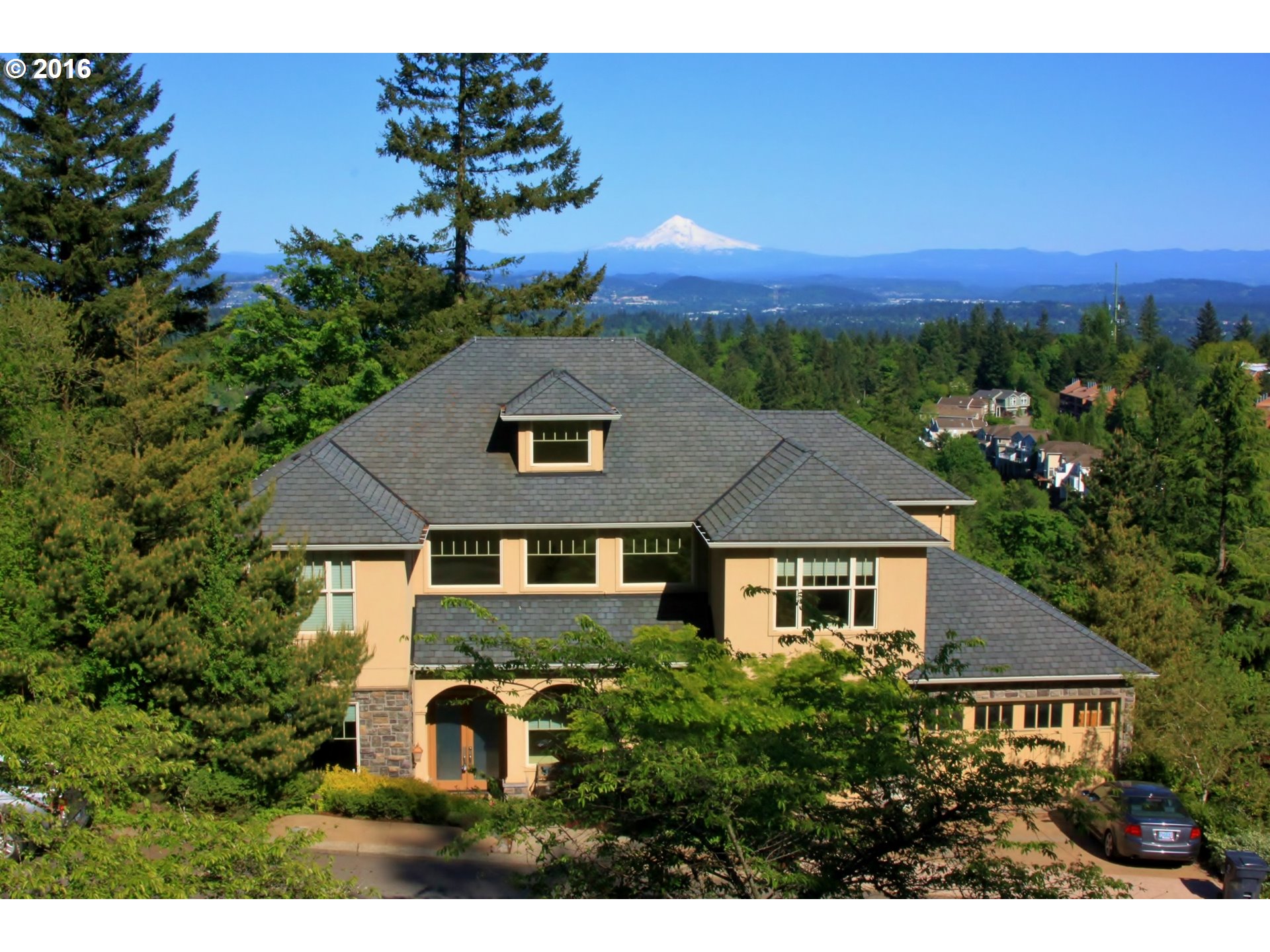
605 Country Club Rd Lake Oswego, OR 97034
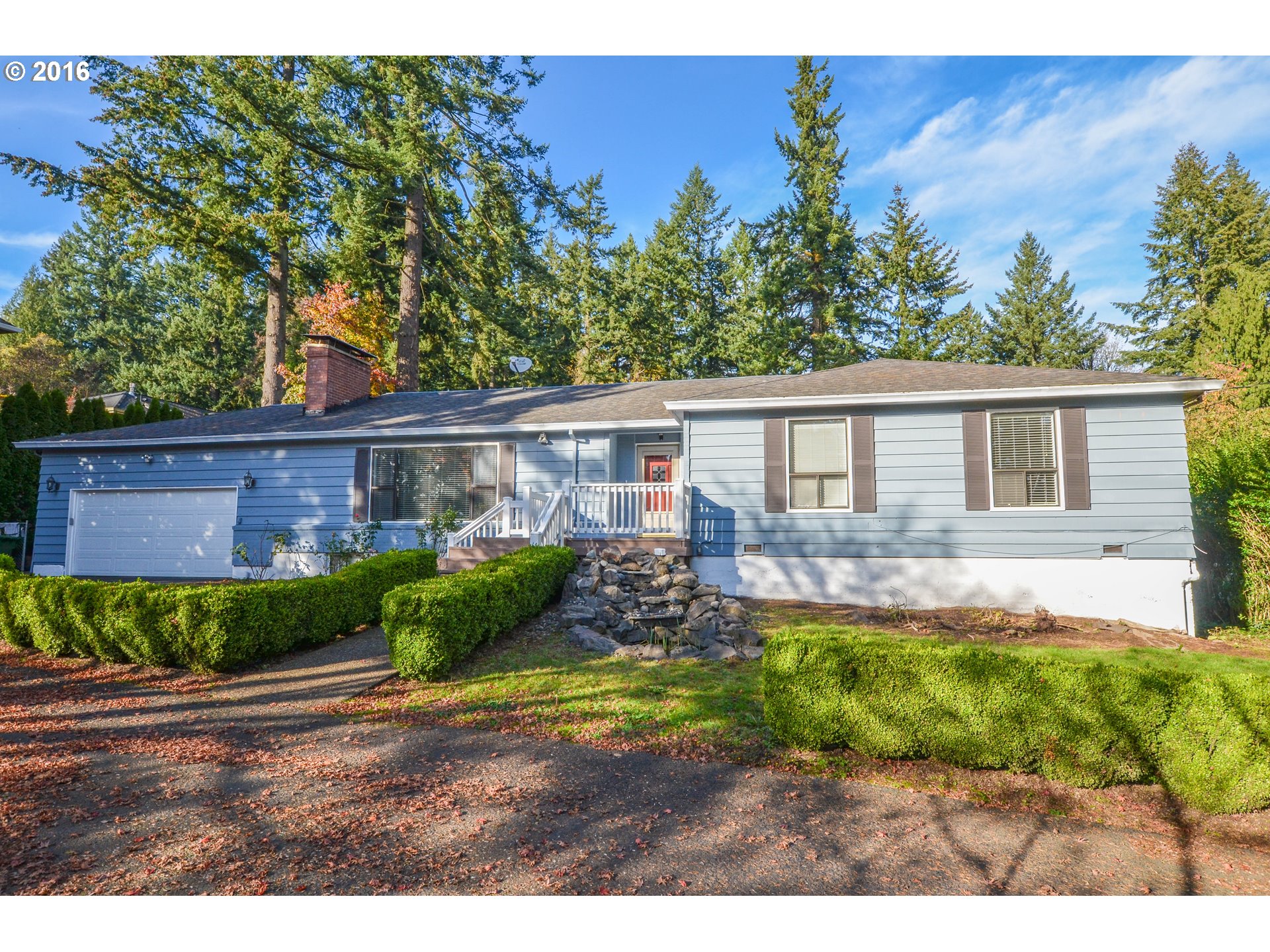
1 Dover Way Lake Oswego, OR 97034

17512 Greenbluff Dr Lake Oswego, OR 97034
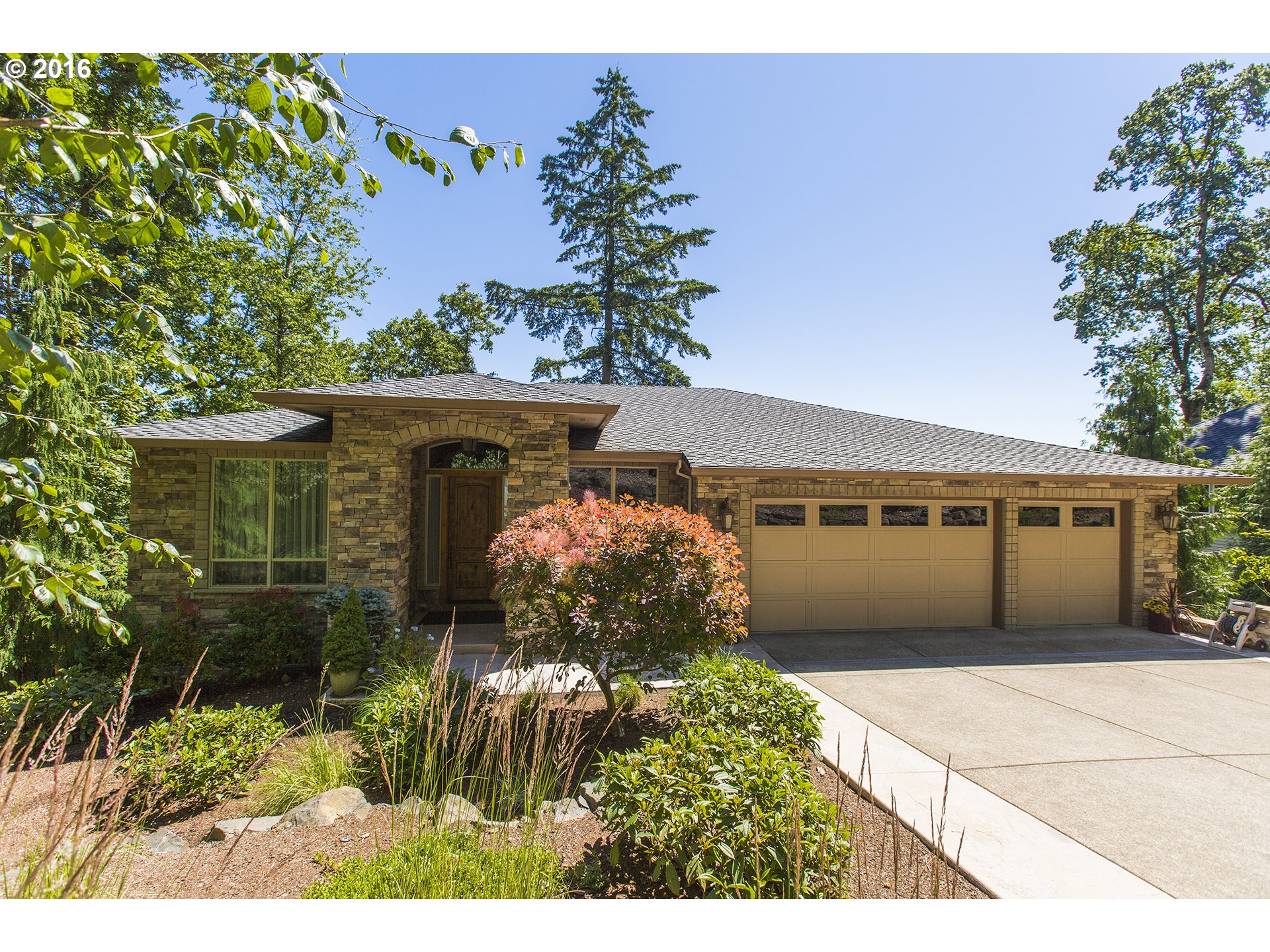
3155 Upper Dr Lake Oswego, OR 97035
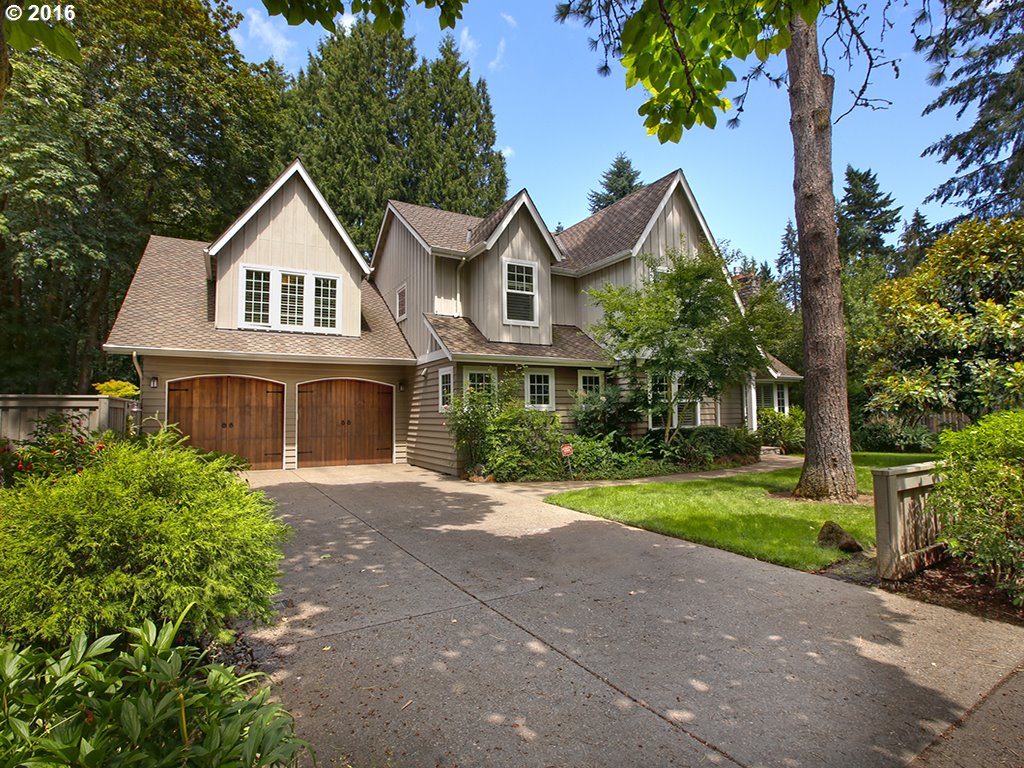
3938 Edens Edge Dr Lake Oswego, OR 97034

16827 Scott Ct Lake Oswego, OR 97034
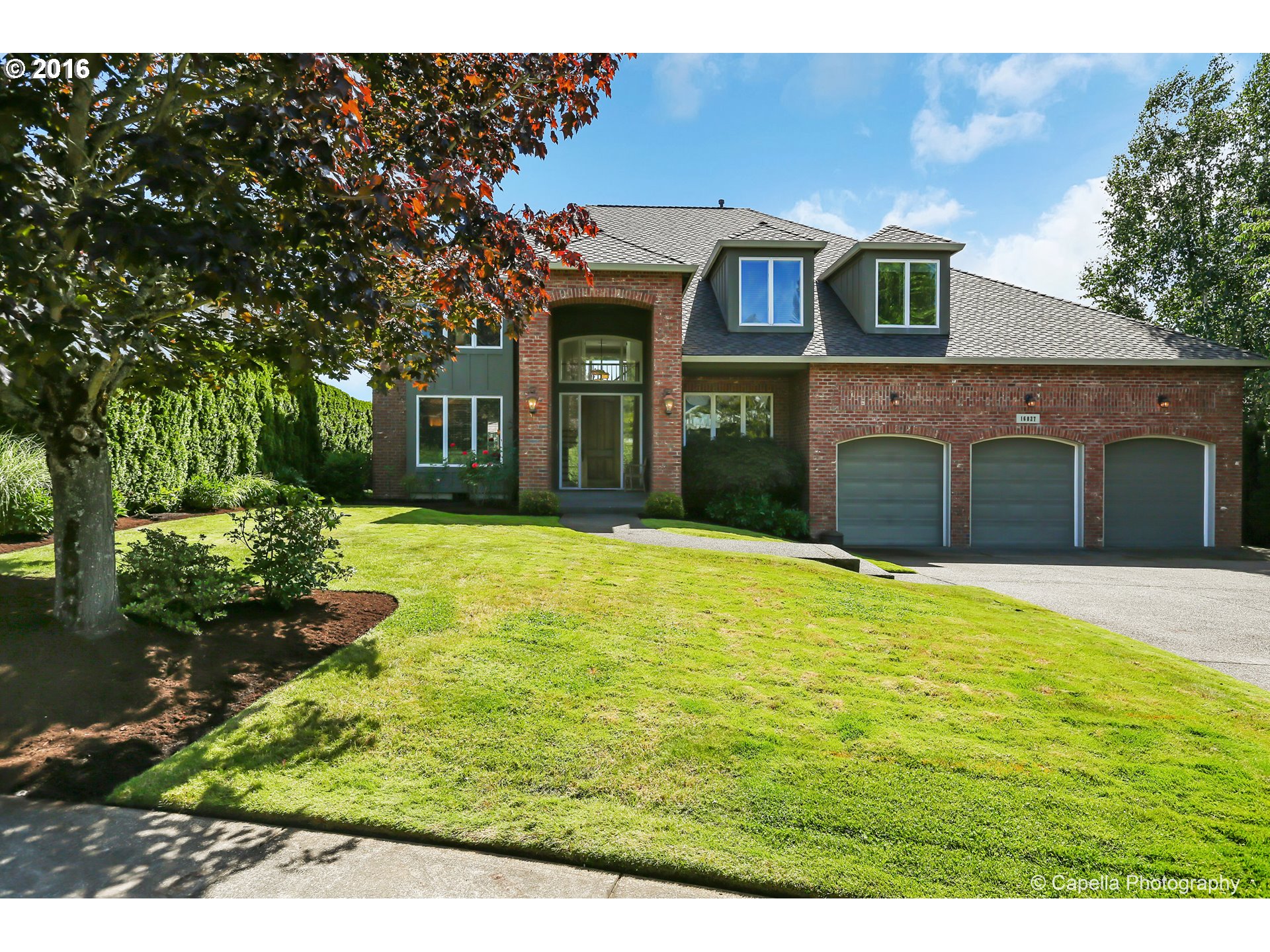
4168 Chad Dr Lake Oswego, OR 97034
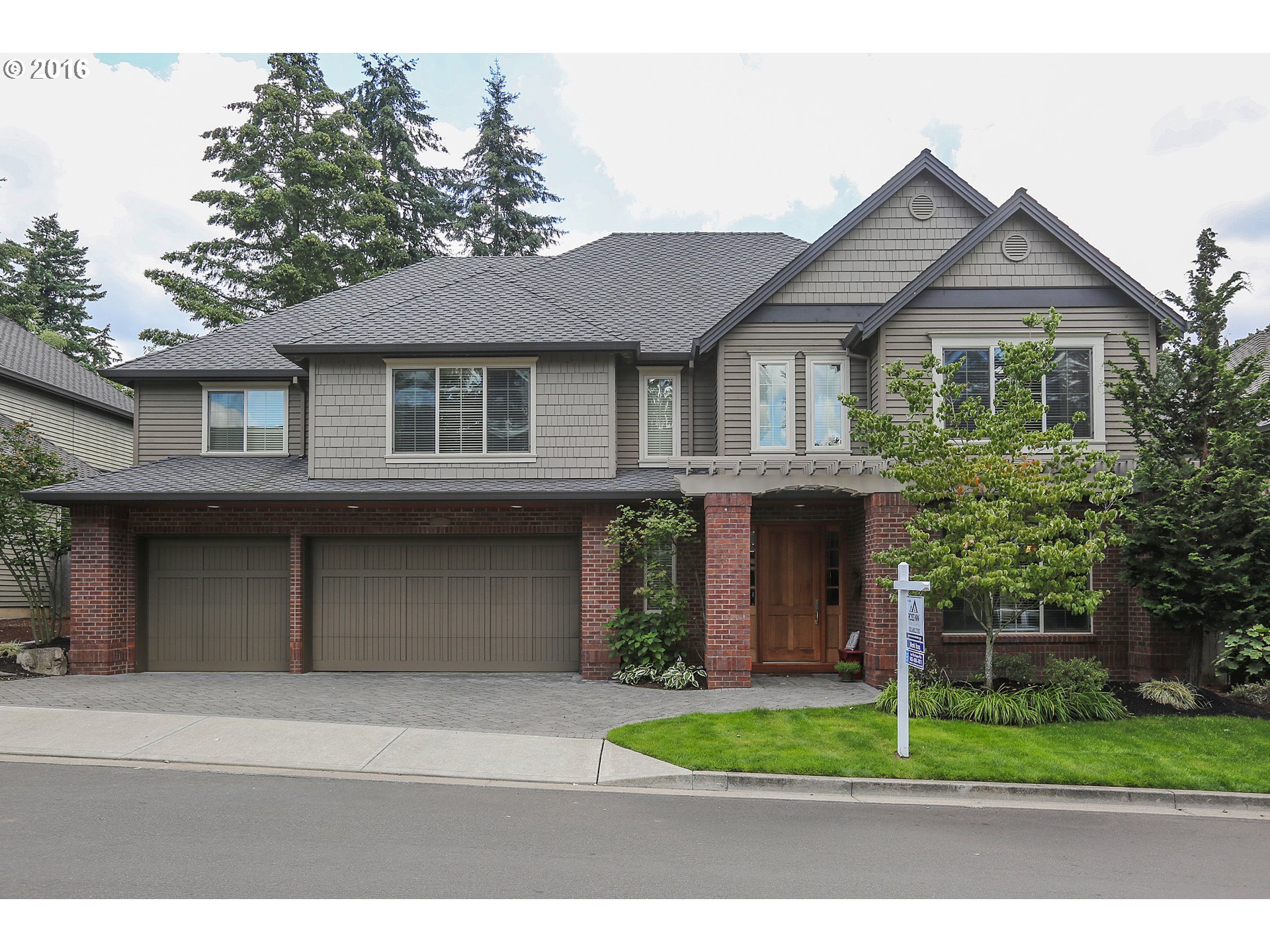
3 Dover Way Lake Oswego, OR 97034
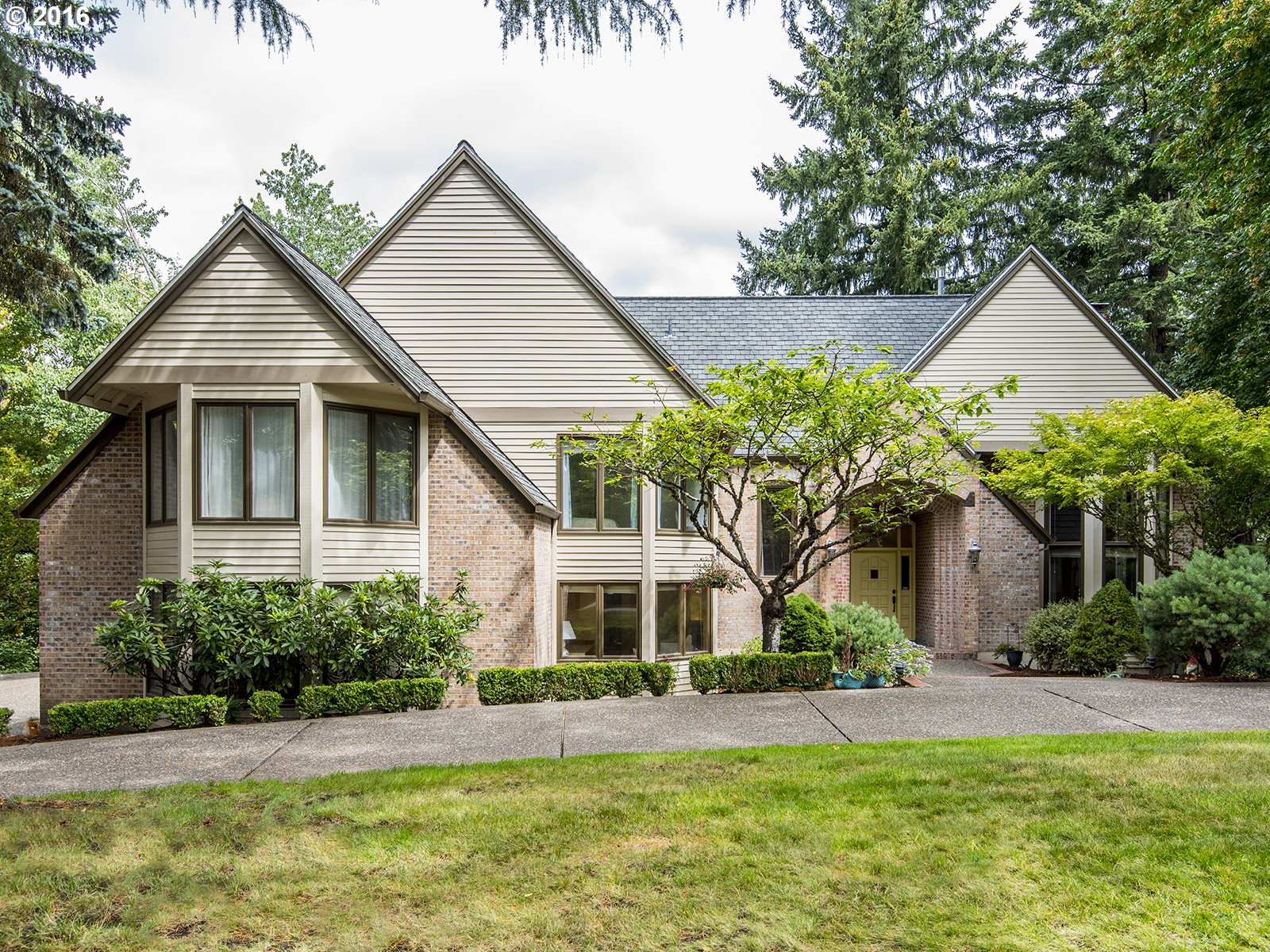
15501 Diamond Head Rd Lake Oswego, OR 97034
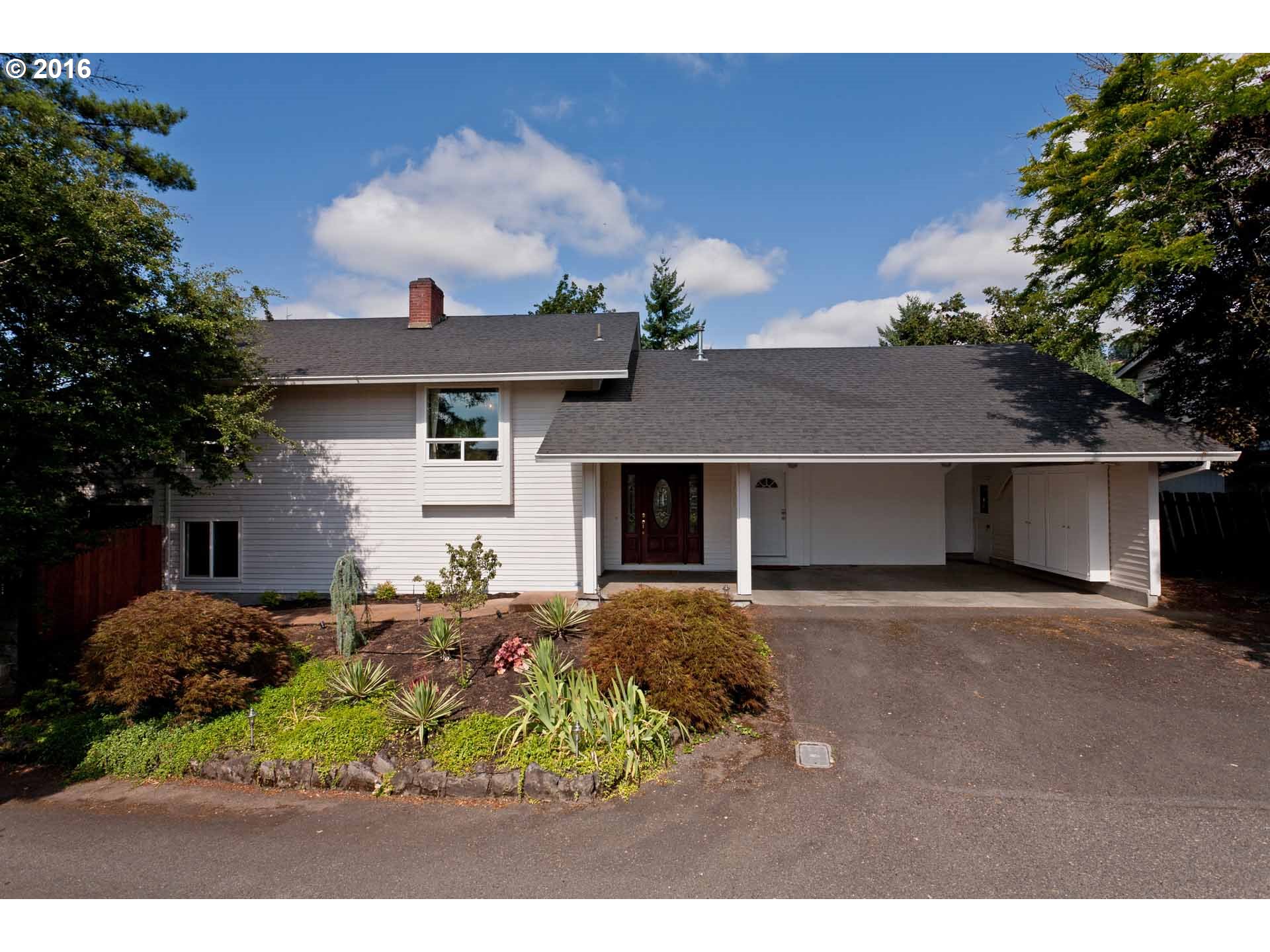
950 Cedar St Lake Oswego, OR 97034

18402 Anduin Ter Lake Oswego, OR 97034

17833 Marylcreek Dr Lake Oswego, OR 97034
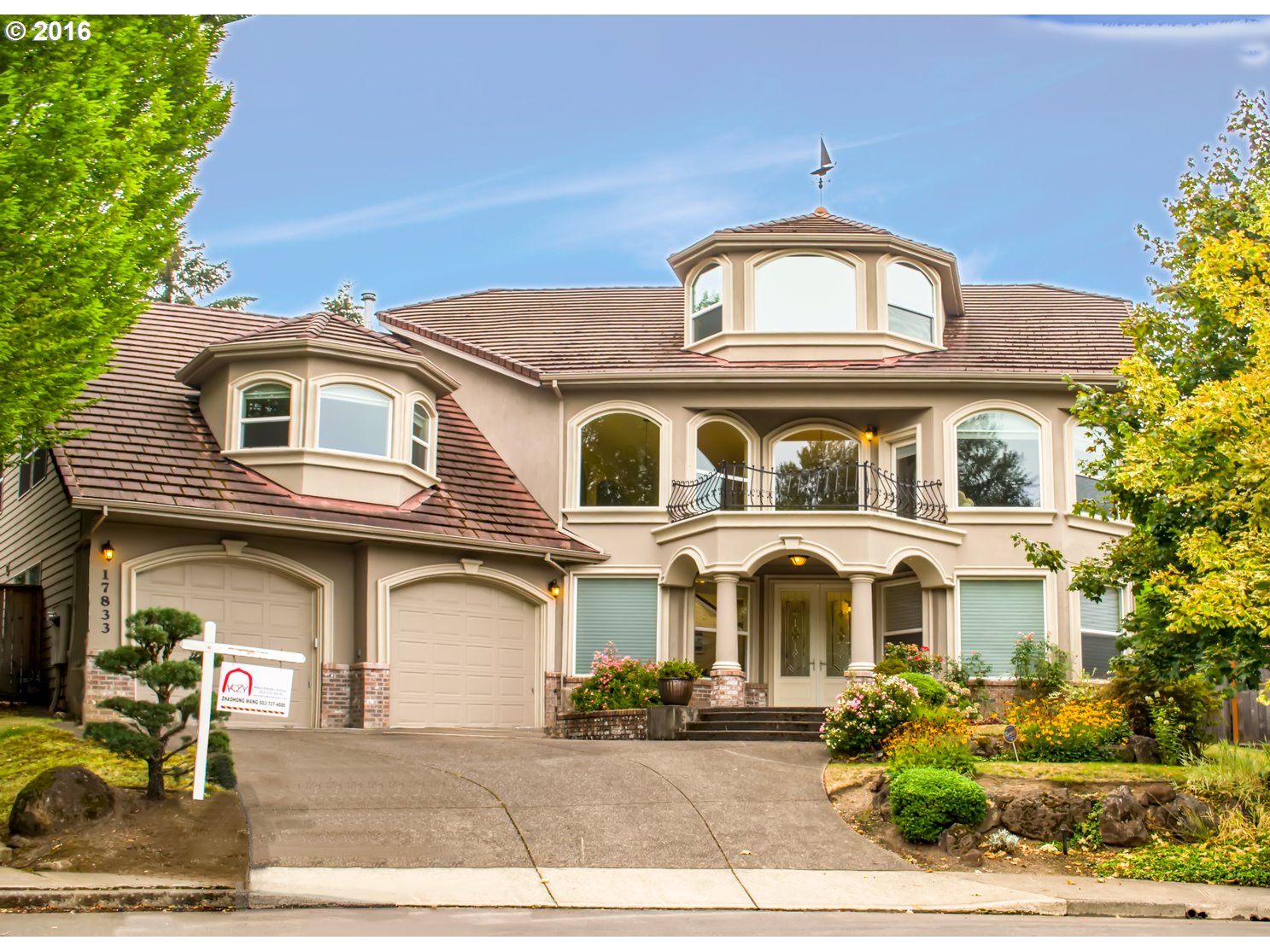
4635 Dogwood Dr Lake Oswego, OR 97035
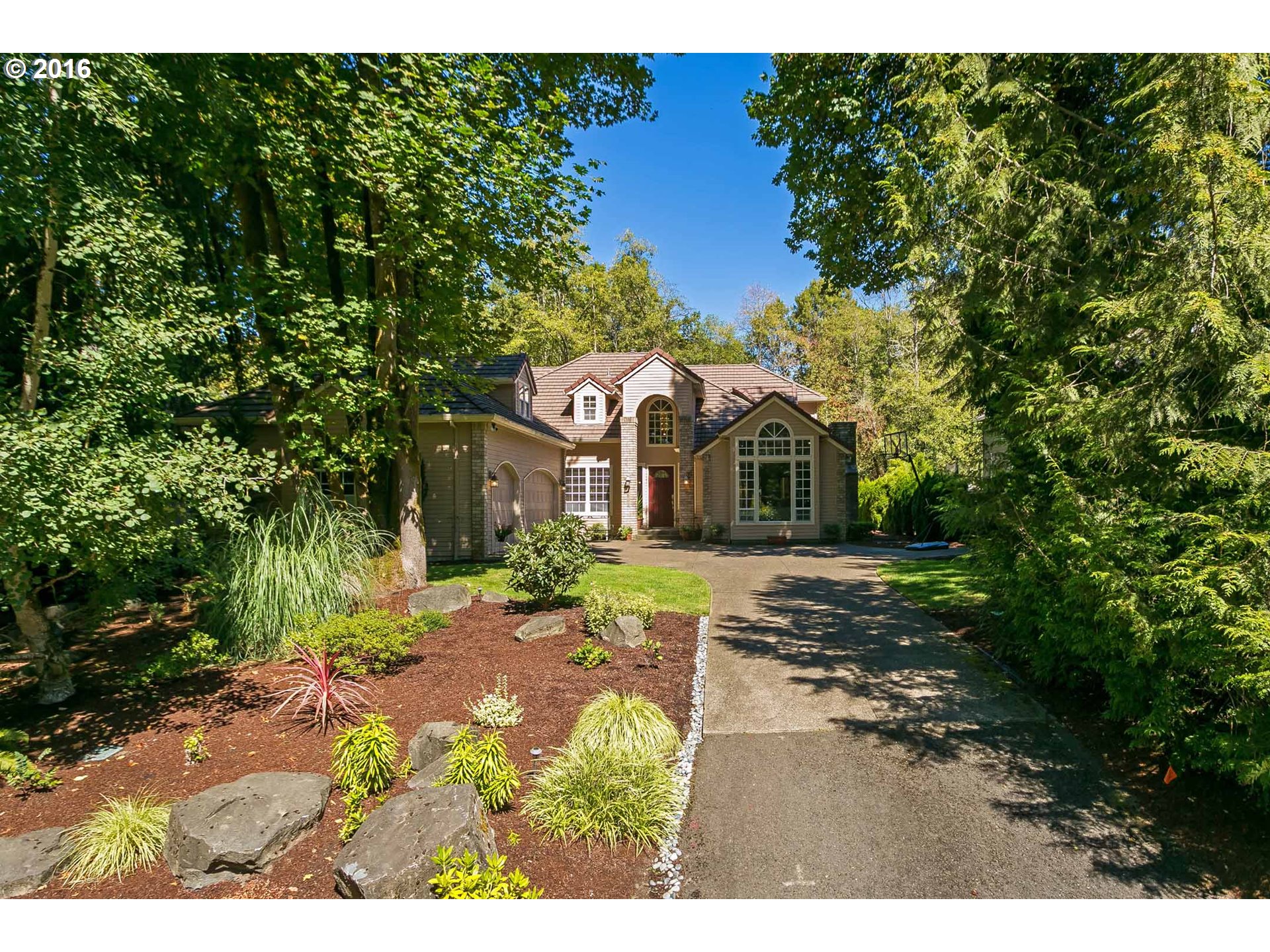
812 Country Cmns Ln Lake Oswego, OR 97034
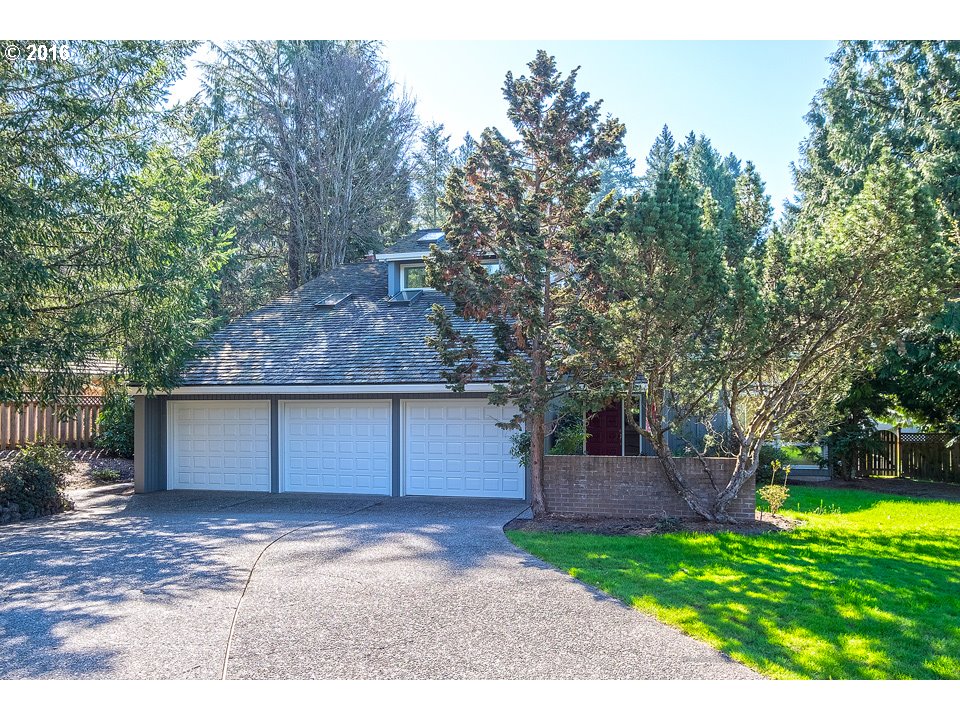
203 Ridgeway Rd Lake Oswego, OR 97034
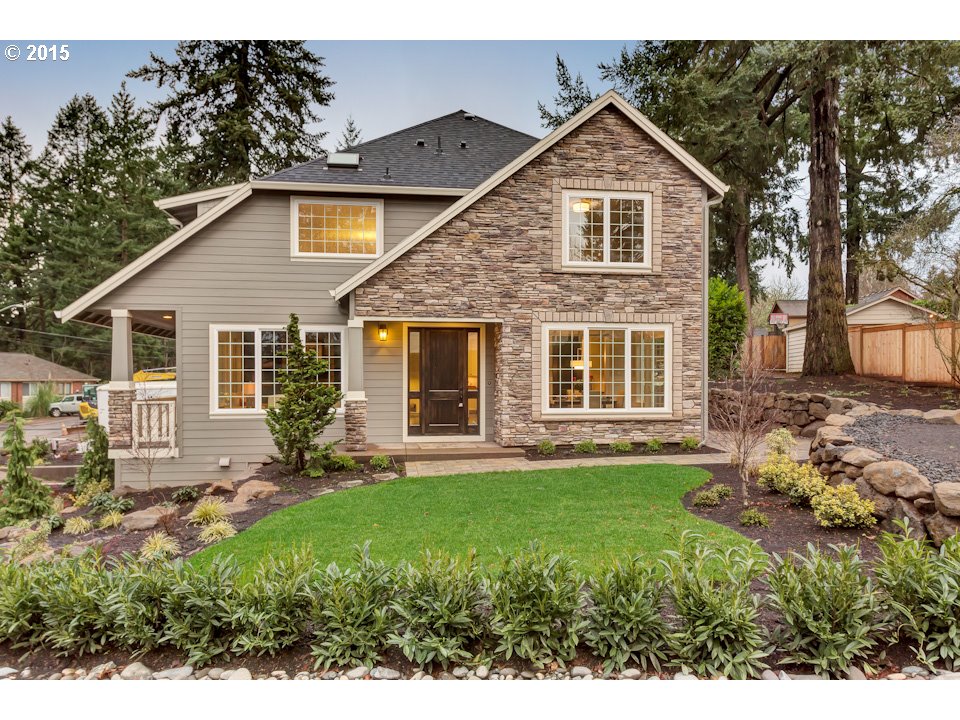
716 Lake Shore Rd Lake Oswego, OR 97034
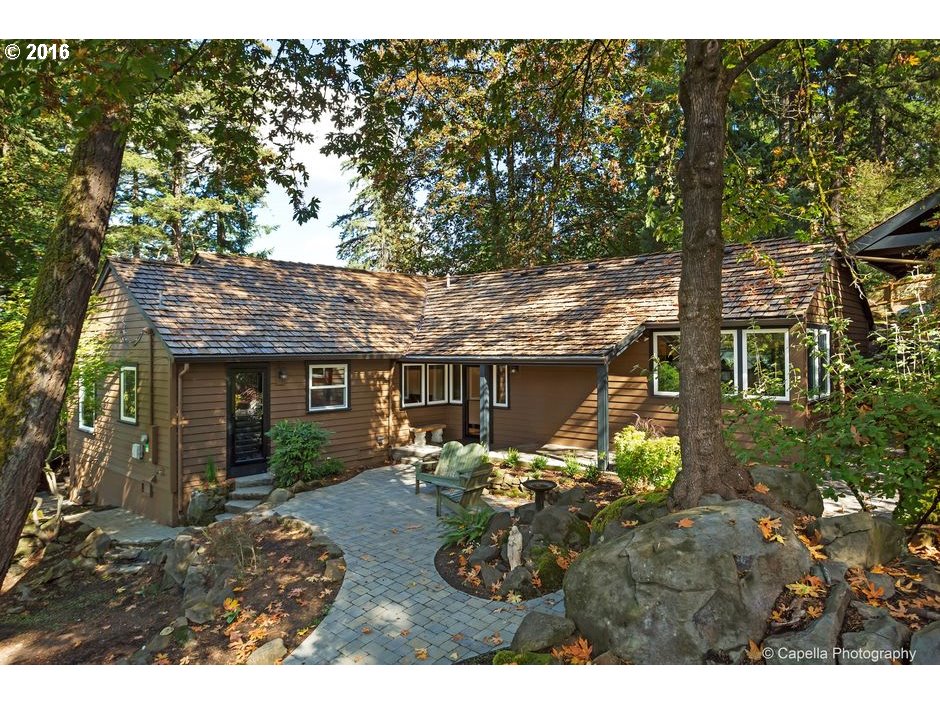
14215 Bridge Ct Lake Oswego, OR 97034

14472 Pfeifer Dr Lake Oswego, OR 97035
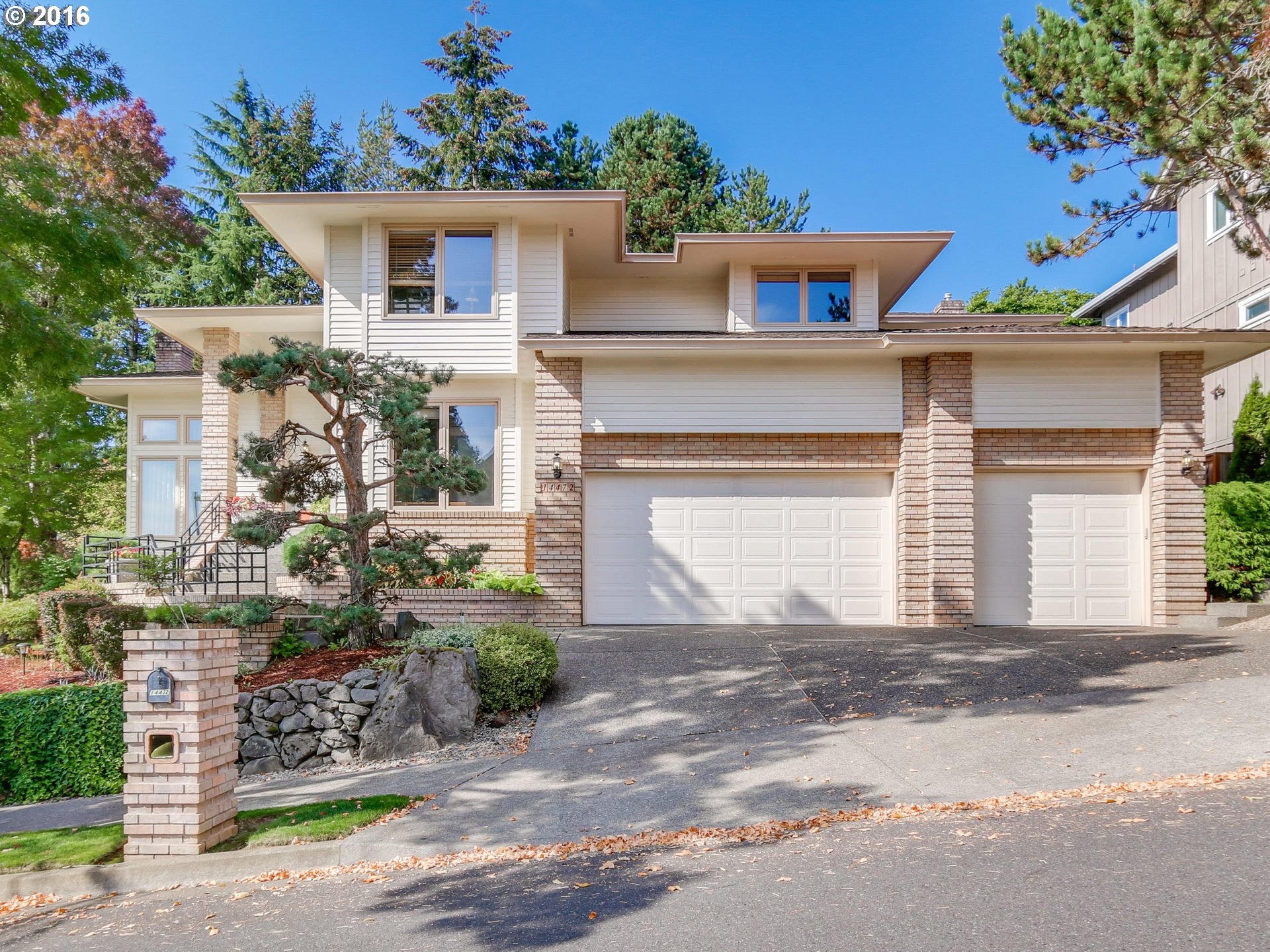
13 Nansen Smt Lake Oswego, OR 97035
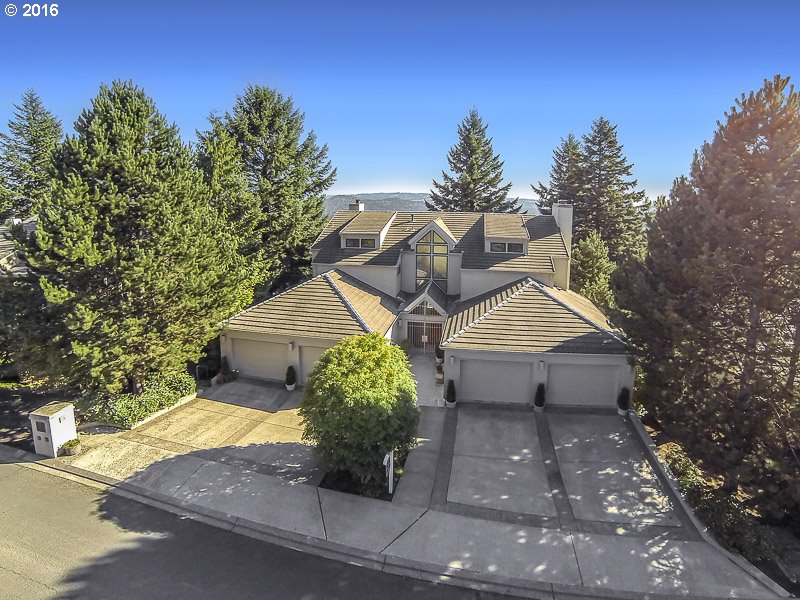
670 1st Street Lake Oswego, OR 97034
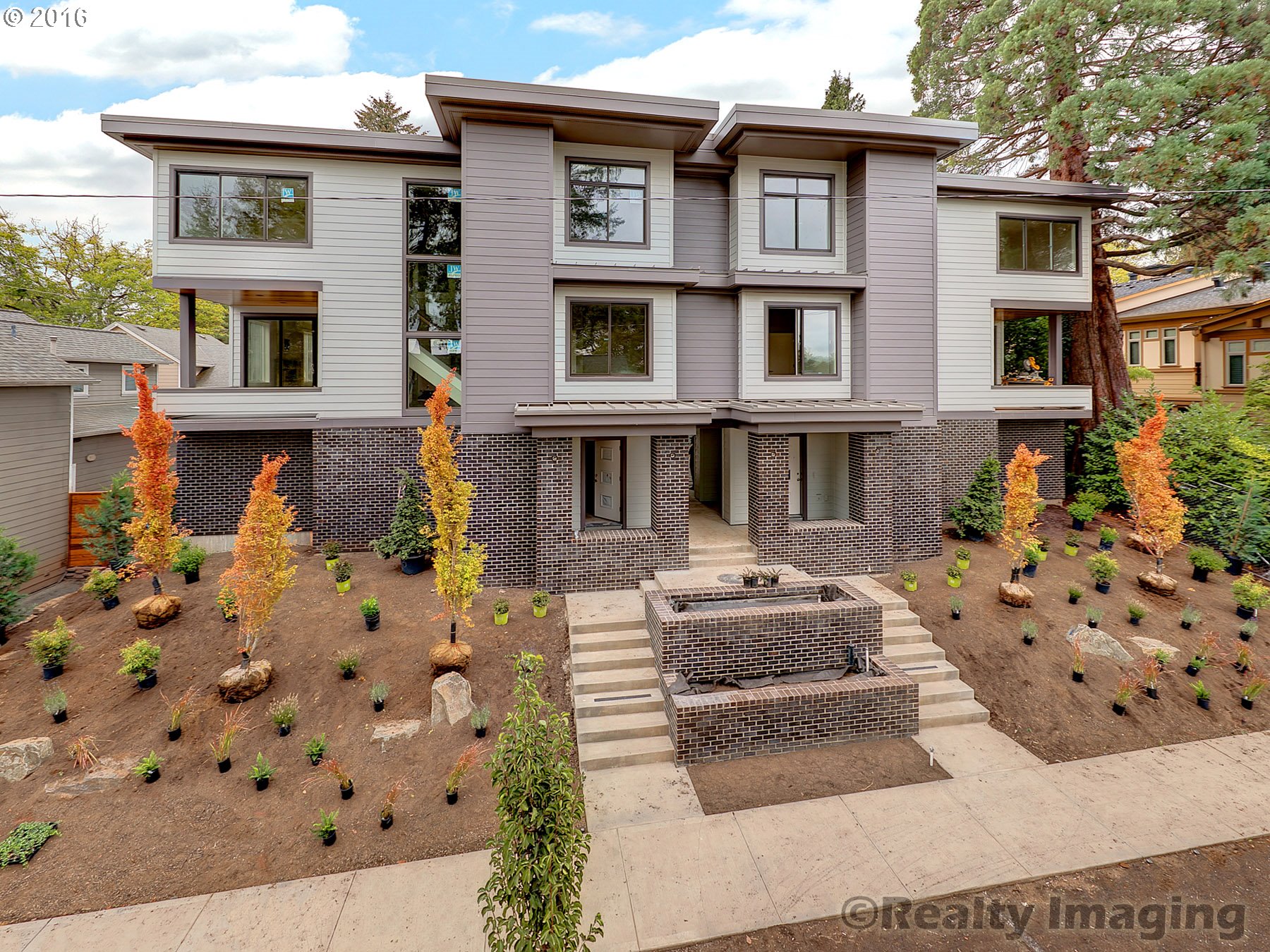
1350 Ridgecrest Dr Lake Oswego, OR 97034
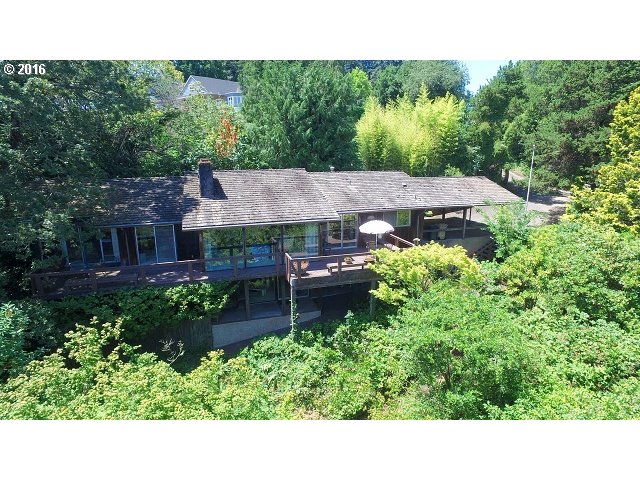
115 3rd St Lake Oswego, OR 97034
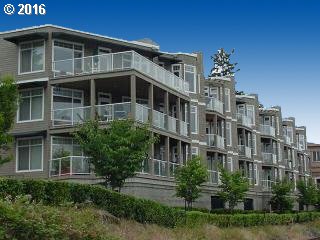
878 10th St Lake Oswego, OR 97034
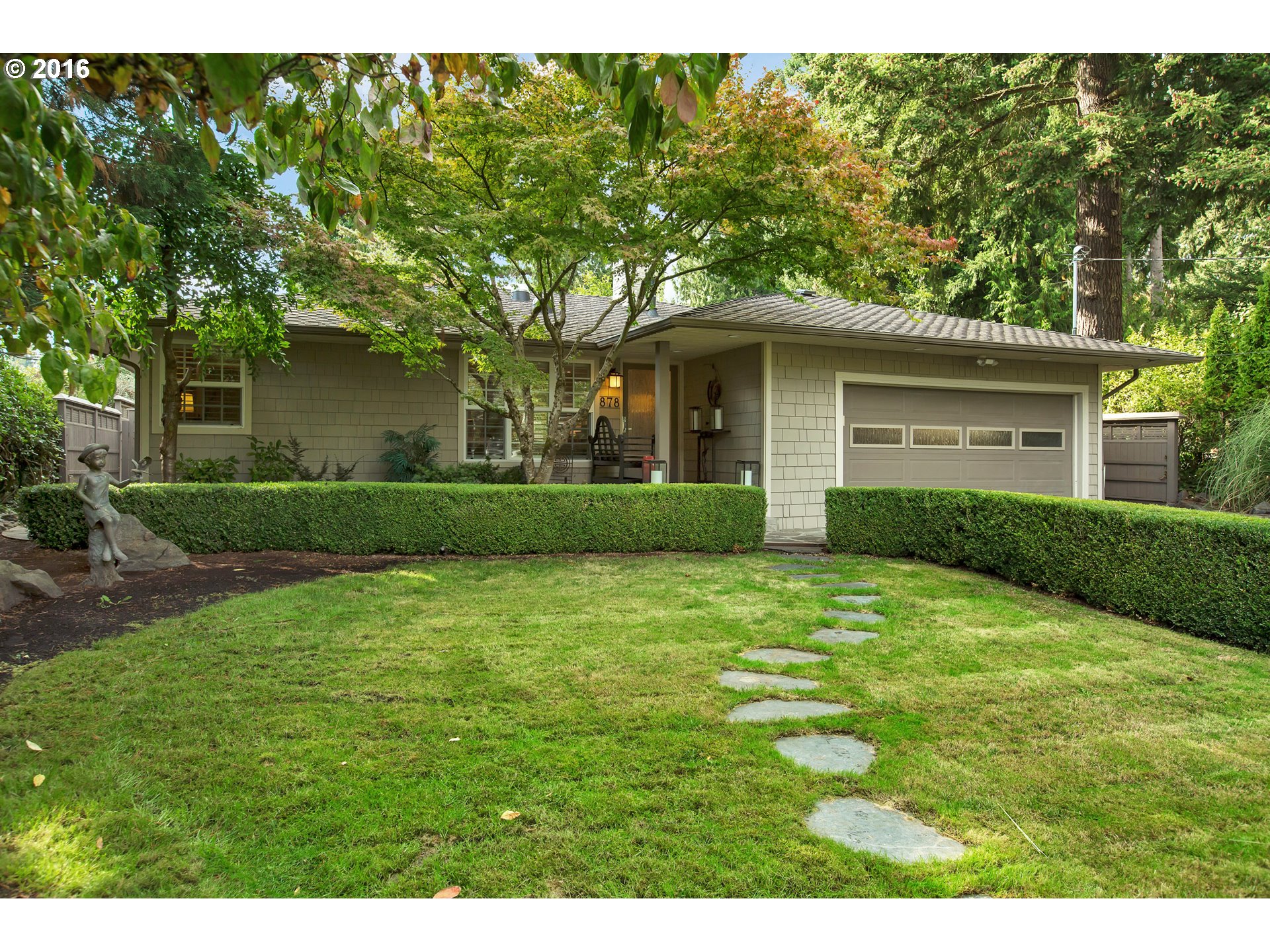
471 Country Club Ct Lake Oswego, OR 97034

16872 Quail Ct Lake Oswego, OR 97034

2100 Ridge Pointe Dr Lake Oswego, OR 97034
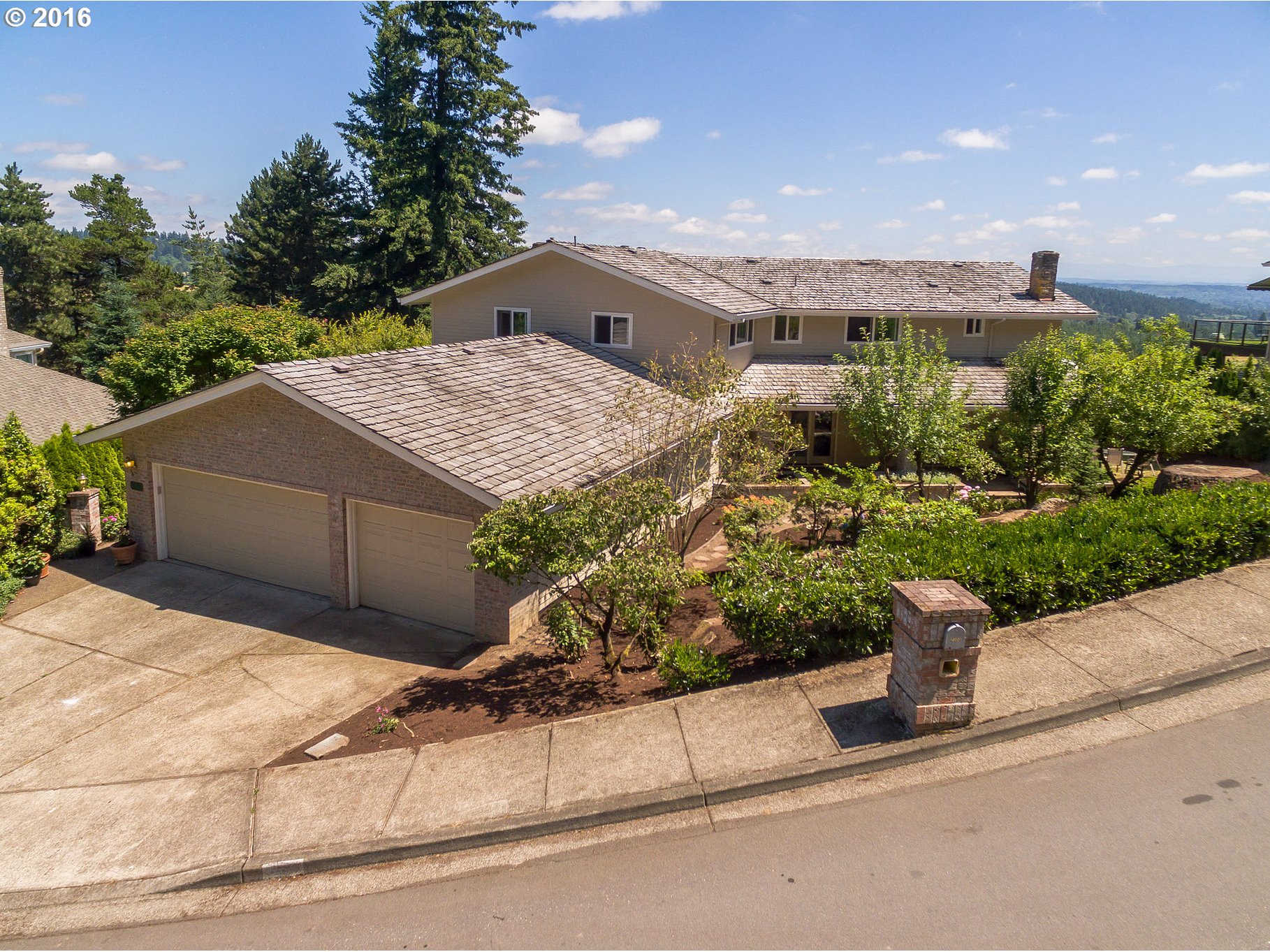
5 Juarez St Lake Oswego, OR 97035
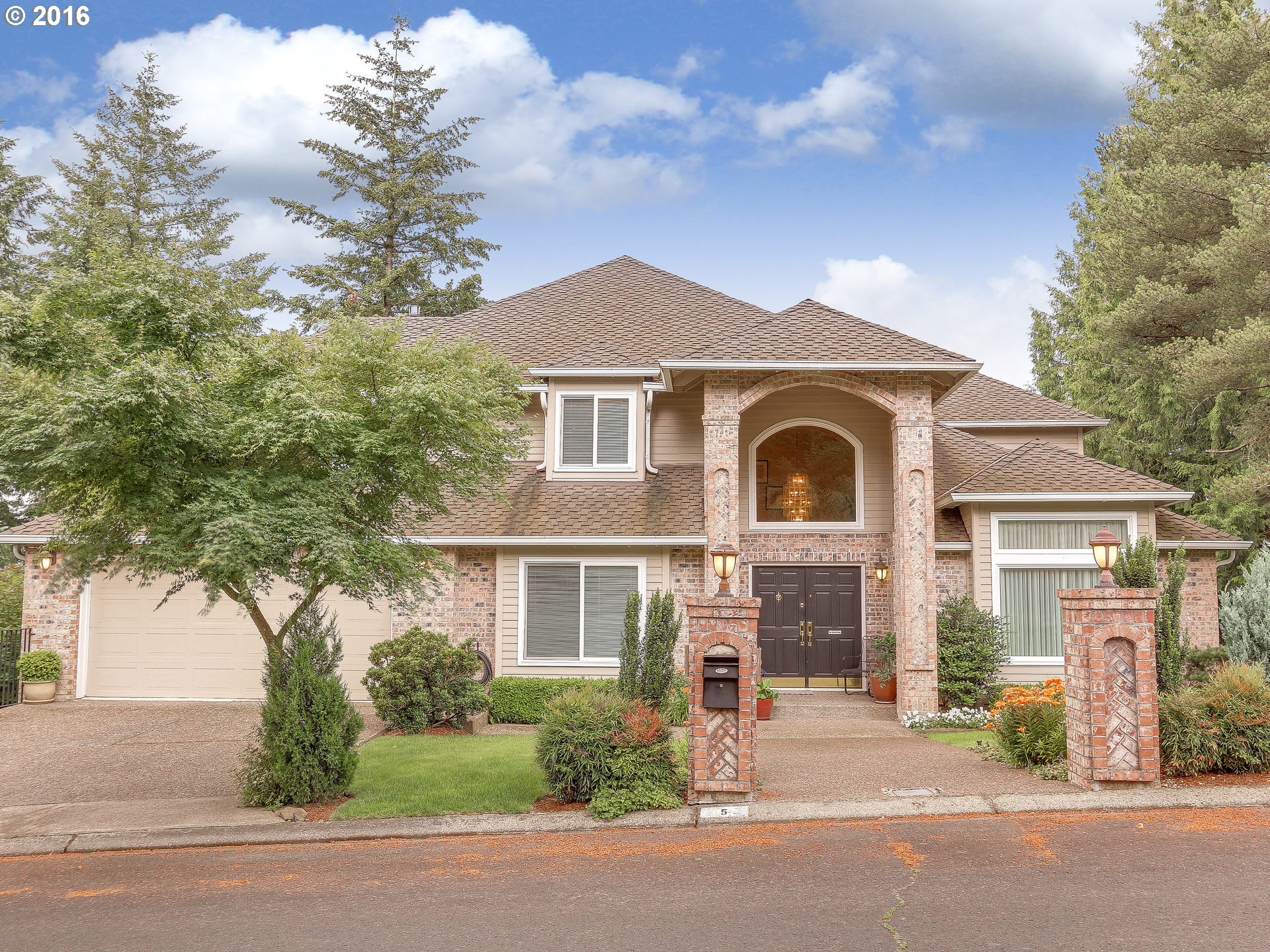
820 Boca Ratan Dr Lake Oswego, OR 97034
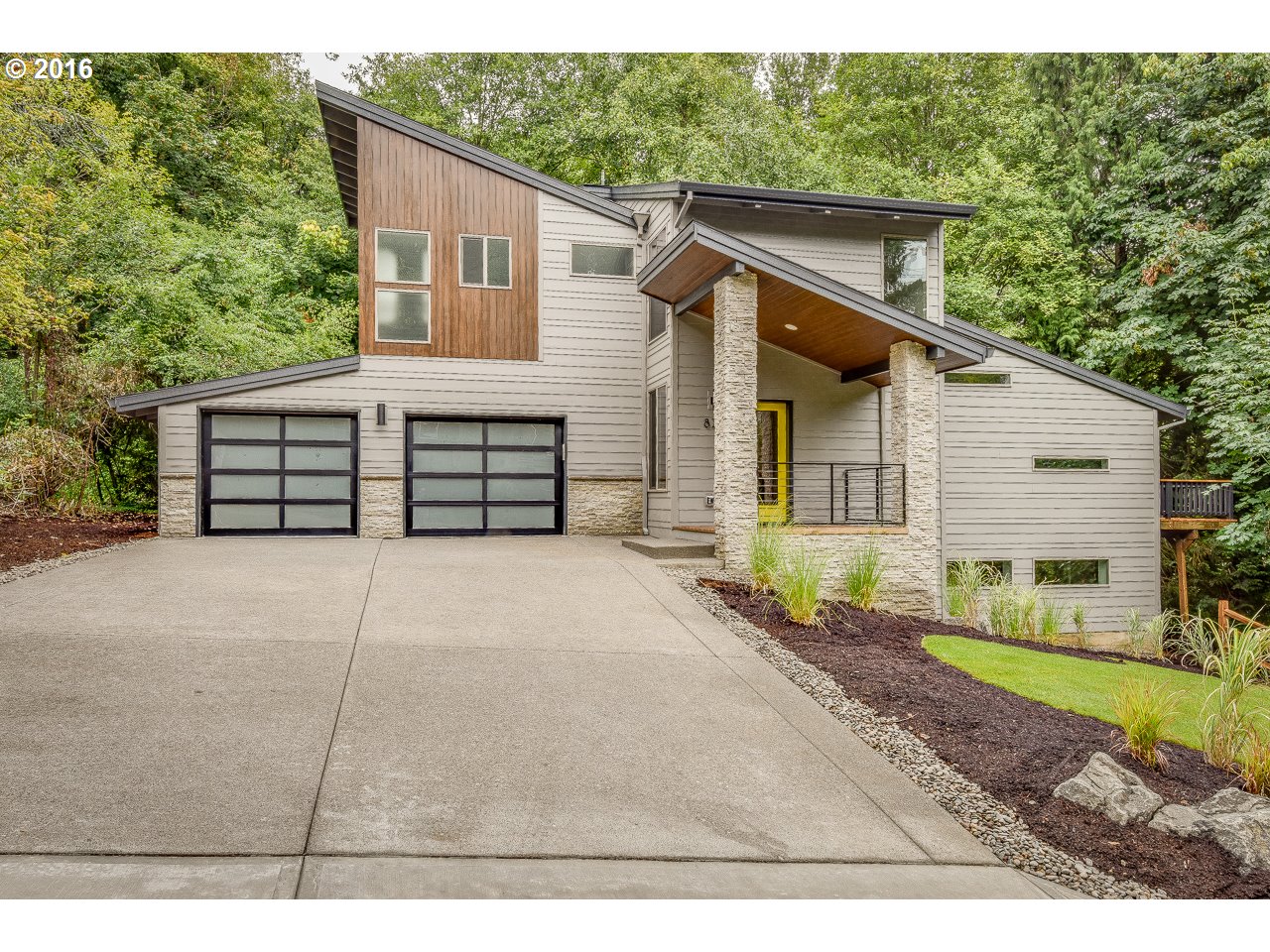
5844 Bay Point Dr Lake Oswego, OR 97035
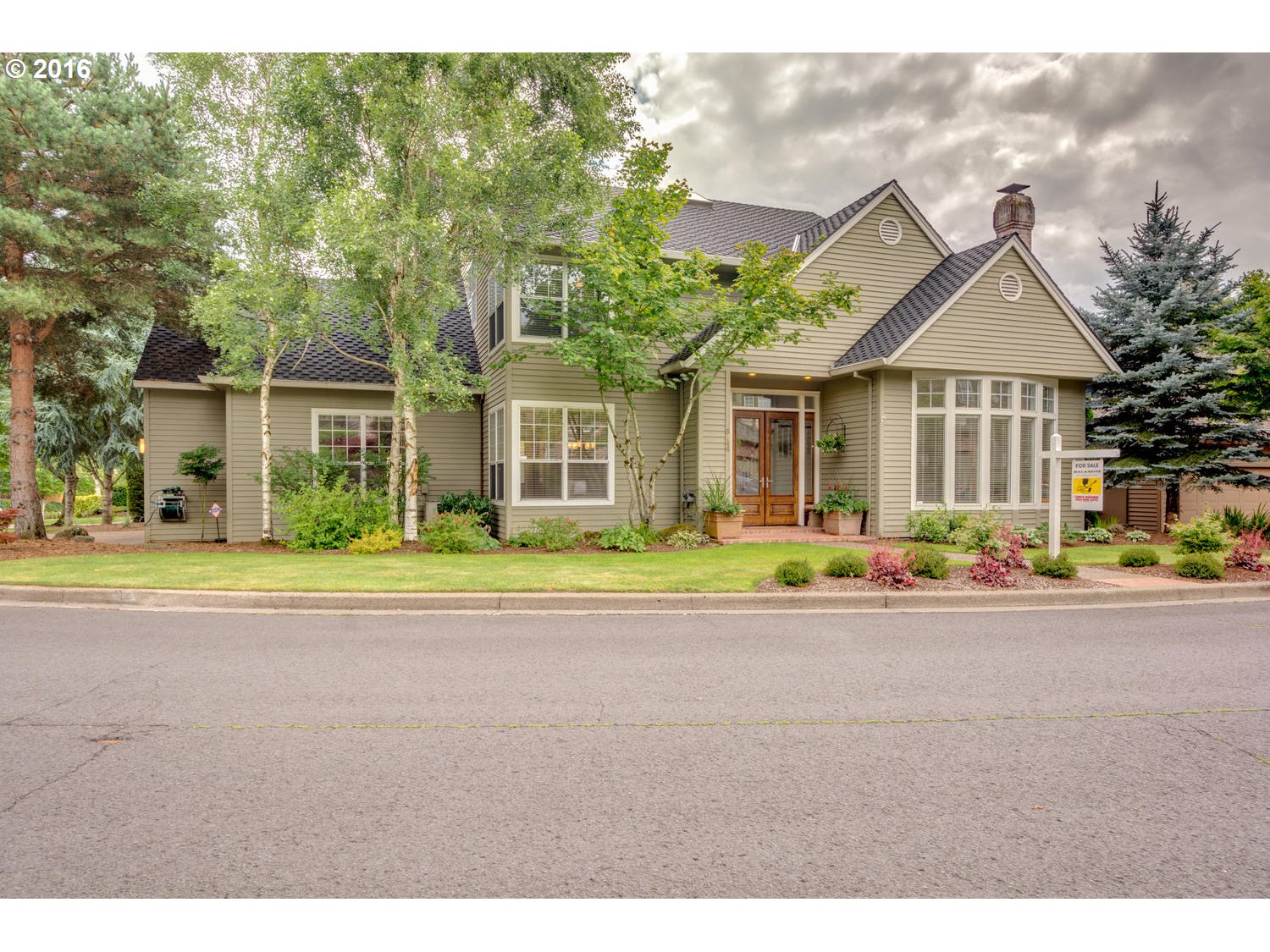
4265 Albert Cir Lake Oswego, OR 97035
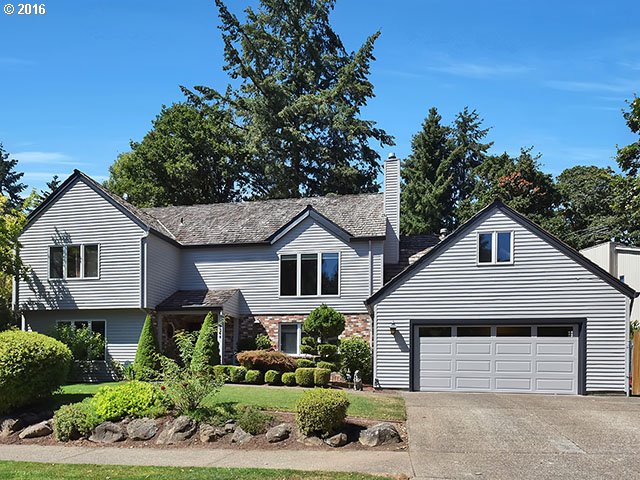
18409 Old River Dr Lake Oswego, OR 97034
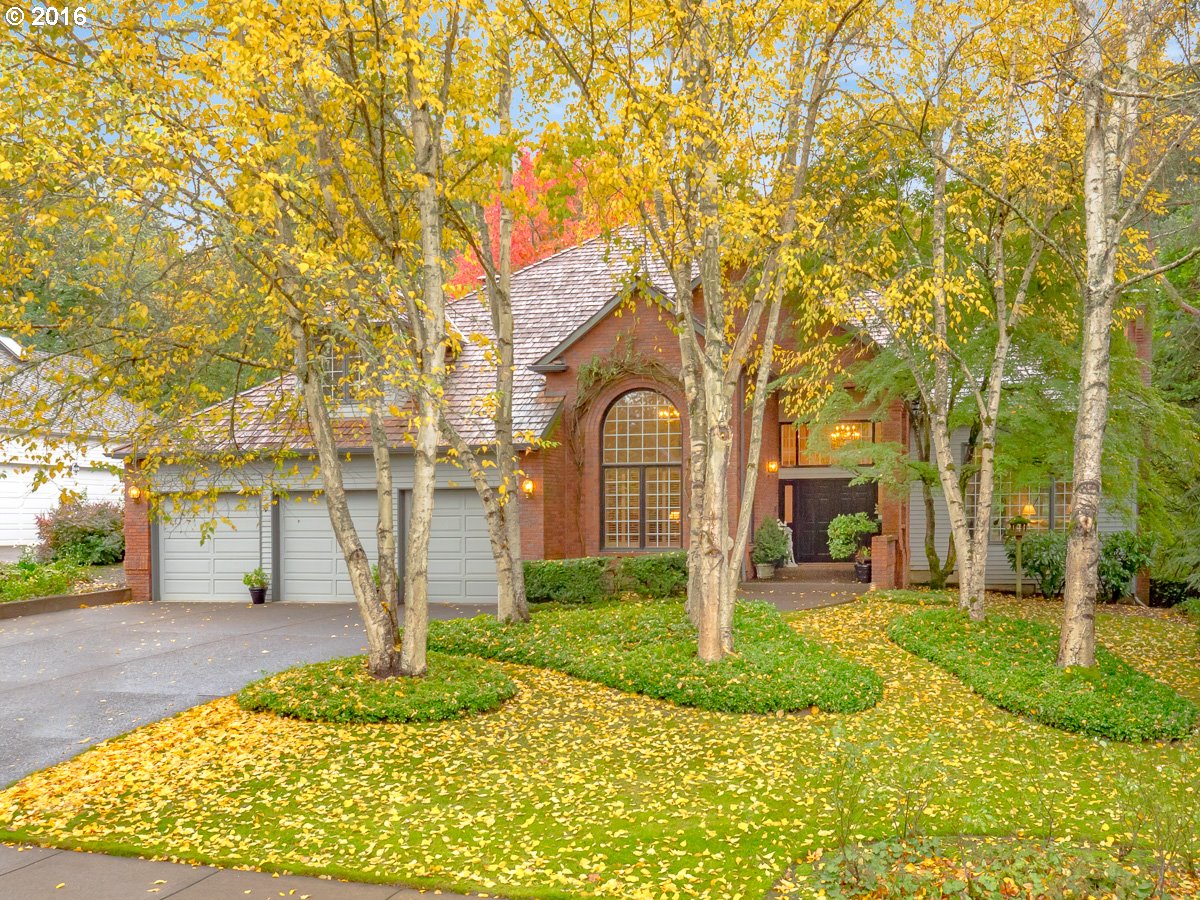
5349 Carman Grove Ln Lake Oswego, OR 97035
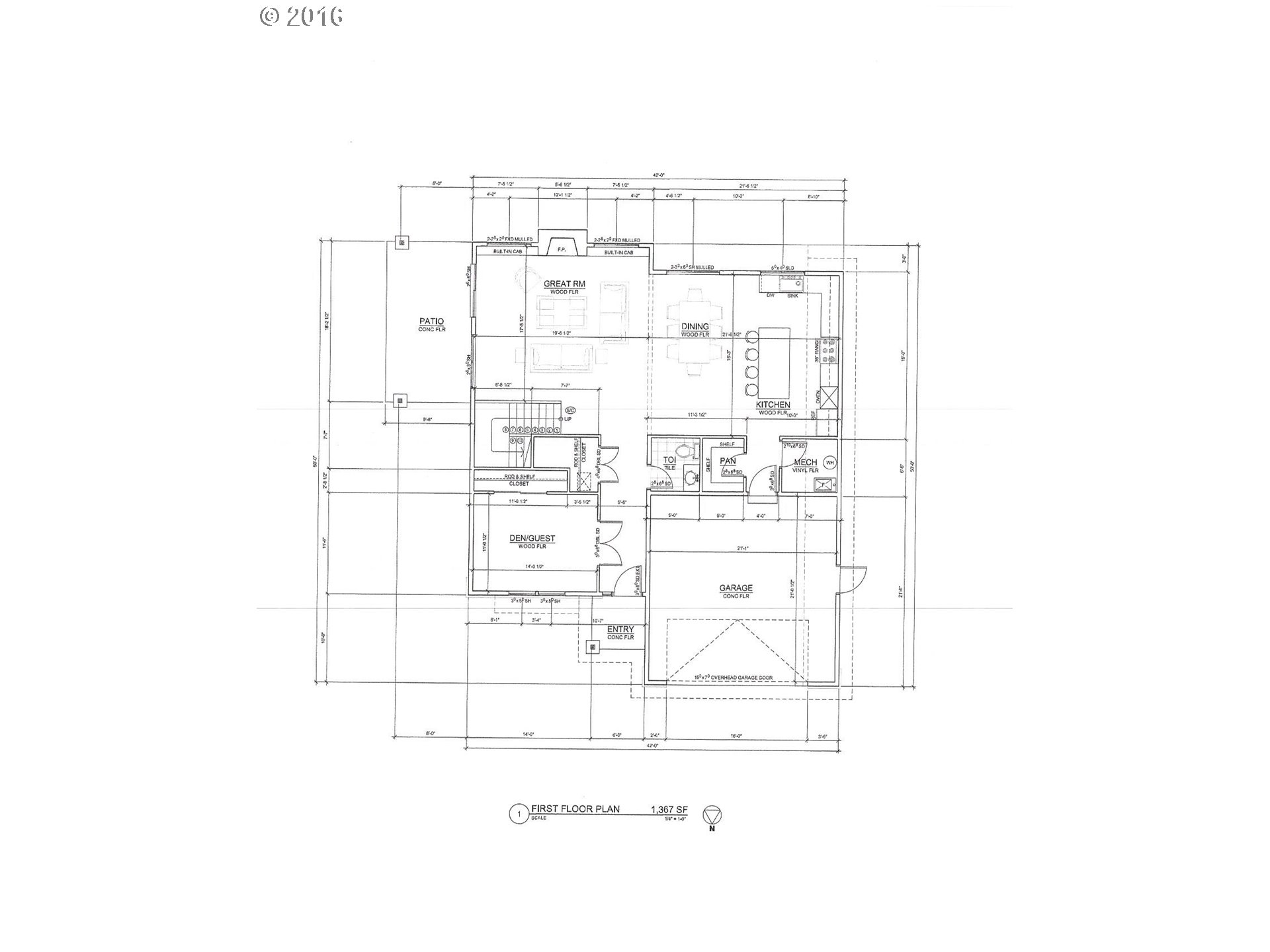
2055 Ridge Pointe Dr Lake Oswego, OR 97034
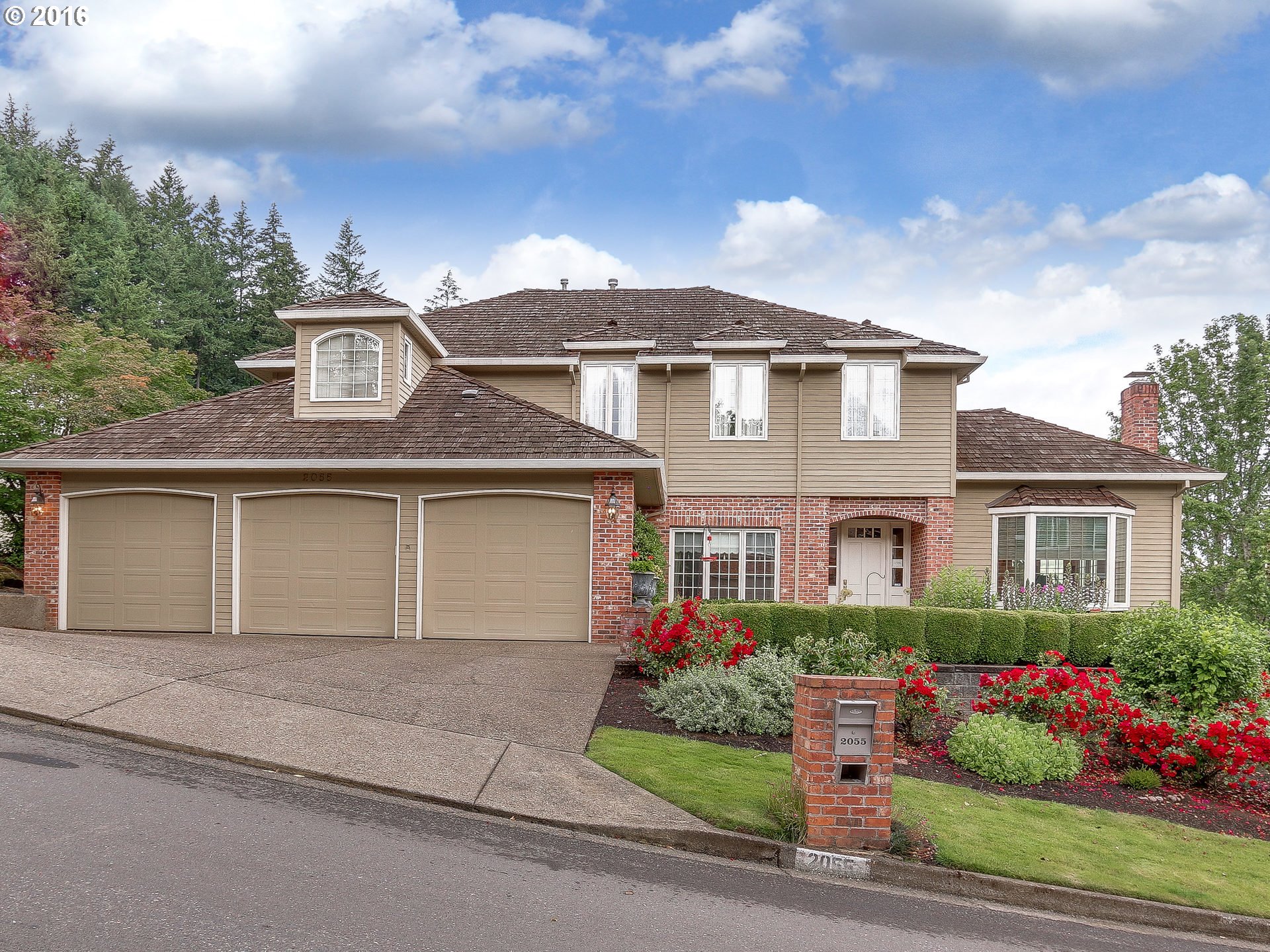
577 Laurel St Lake Oswego, OR 97034
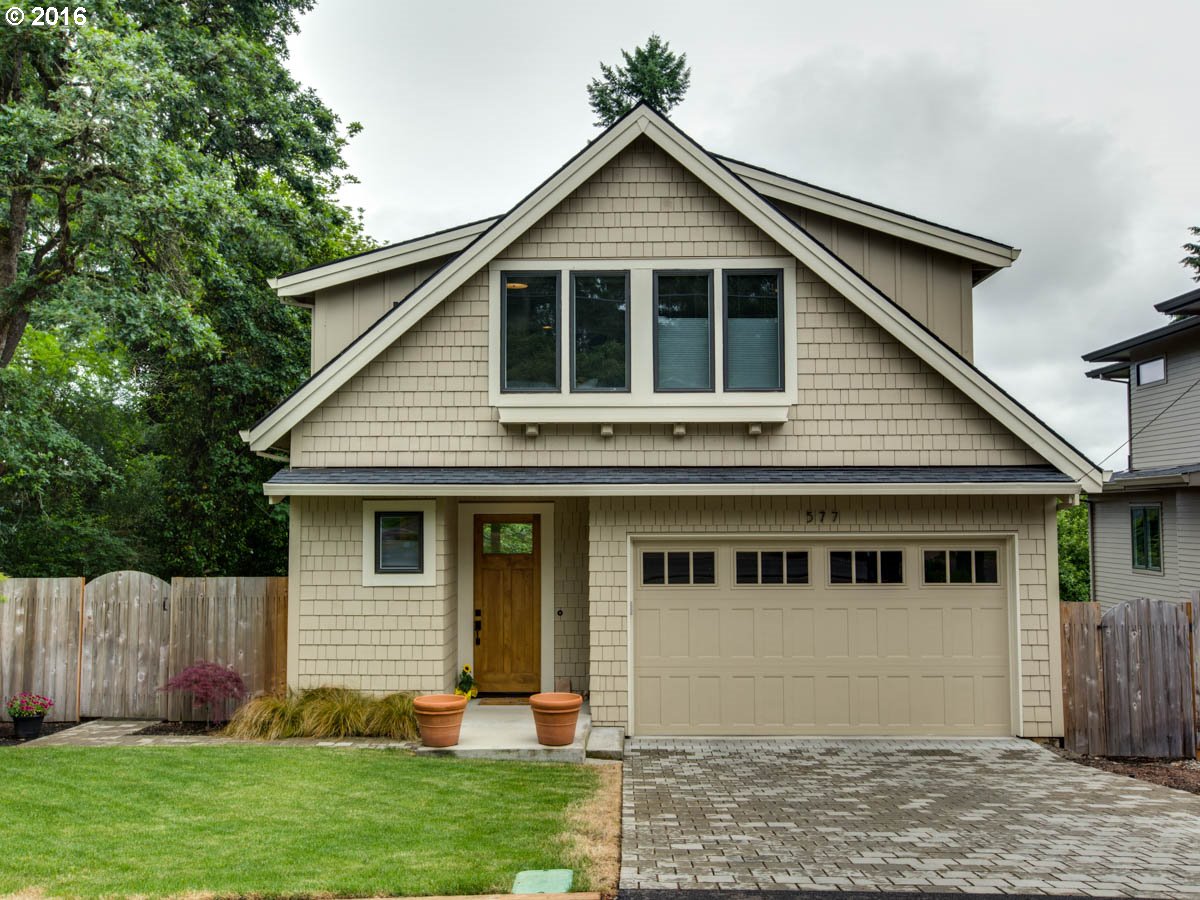
286 D Ave Lake Oswego, OR 97034
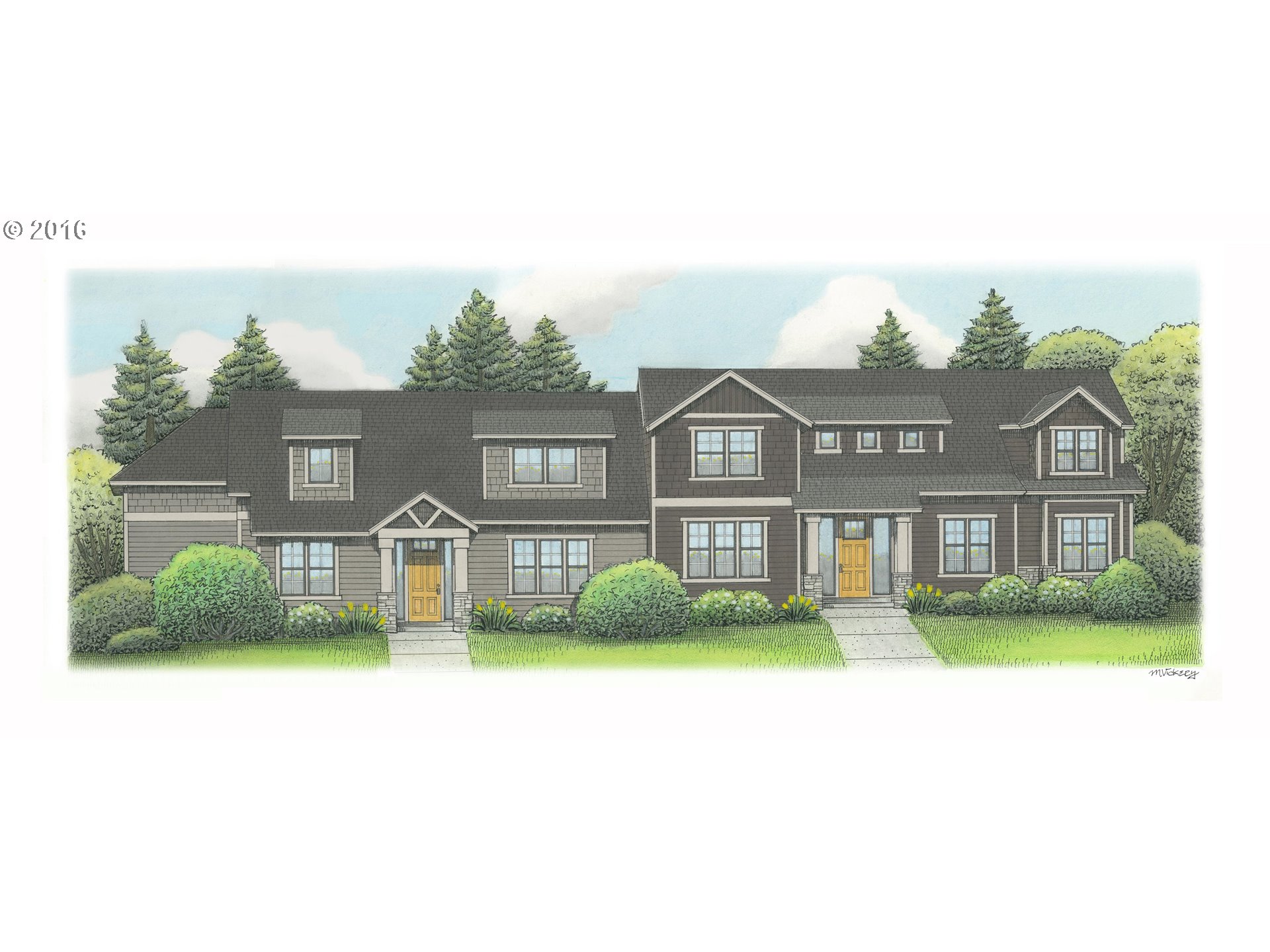
264 D Ave Lake Oswego, OR 97034

840 Boca Ratan Dr Lake Oswego, OR 97034
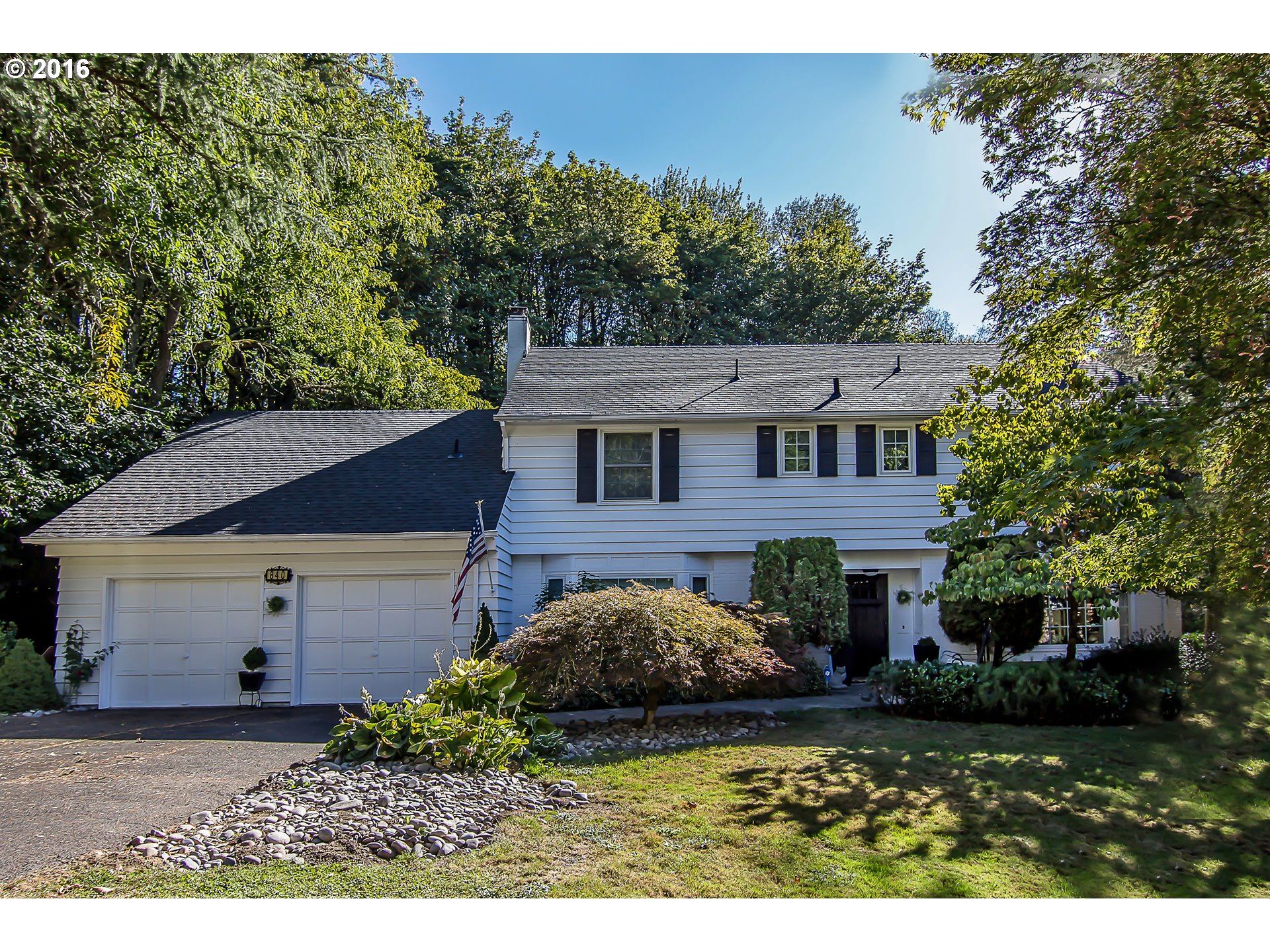
637 3rd St Lake Oswego, OR 97034

154 Berwick Rd Lake Oswego, OR 97034
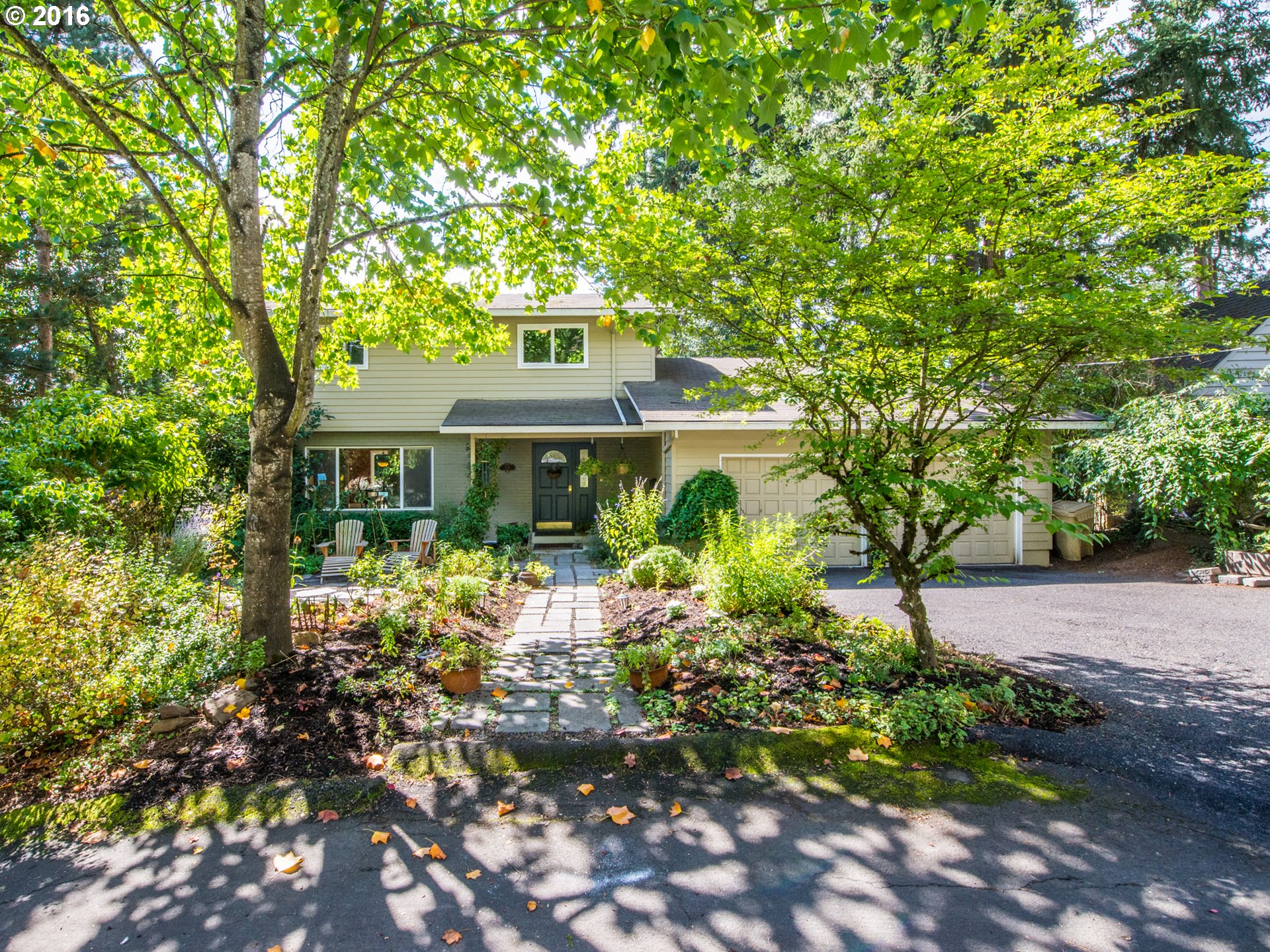
2060 Ridge Pointe Dr Lake Oswego, OR 97034
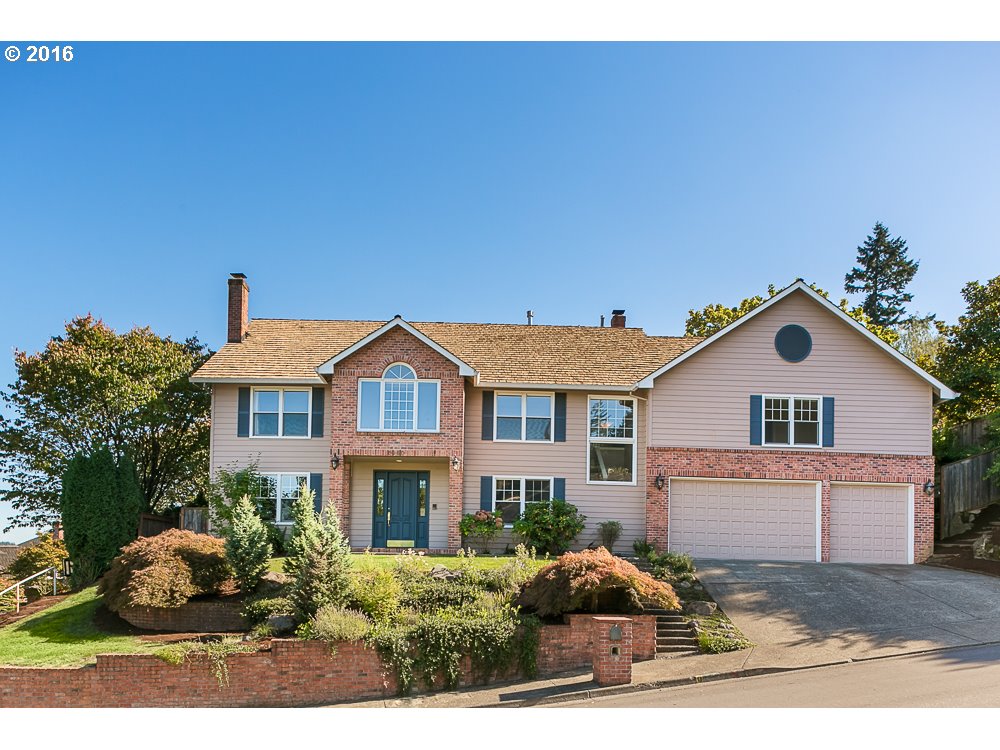
545 Evergreen Rd Lake Oswego, OR 97034
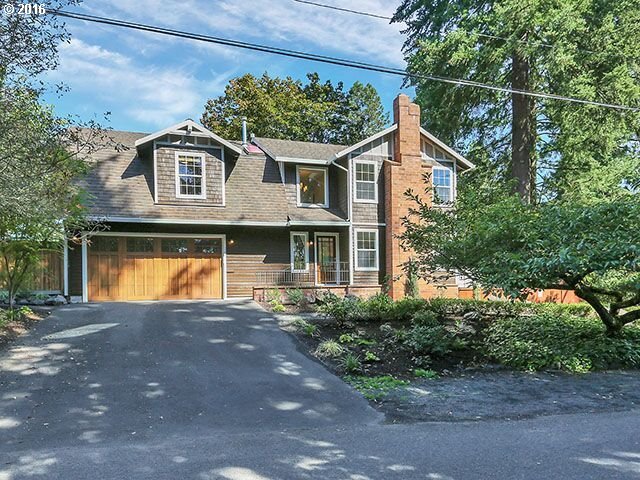
5335 Carman Grove Ln Lake Oswego, OR 97035
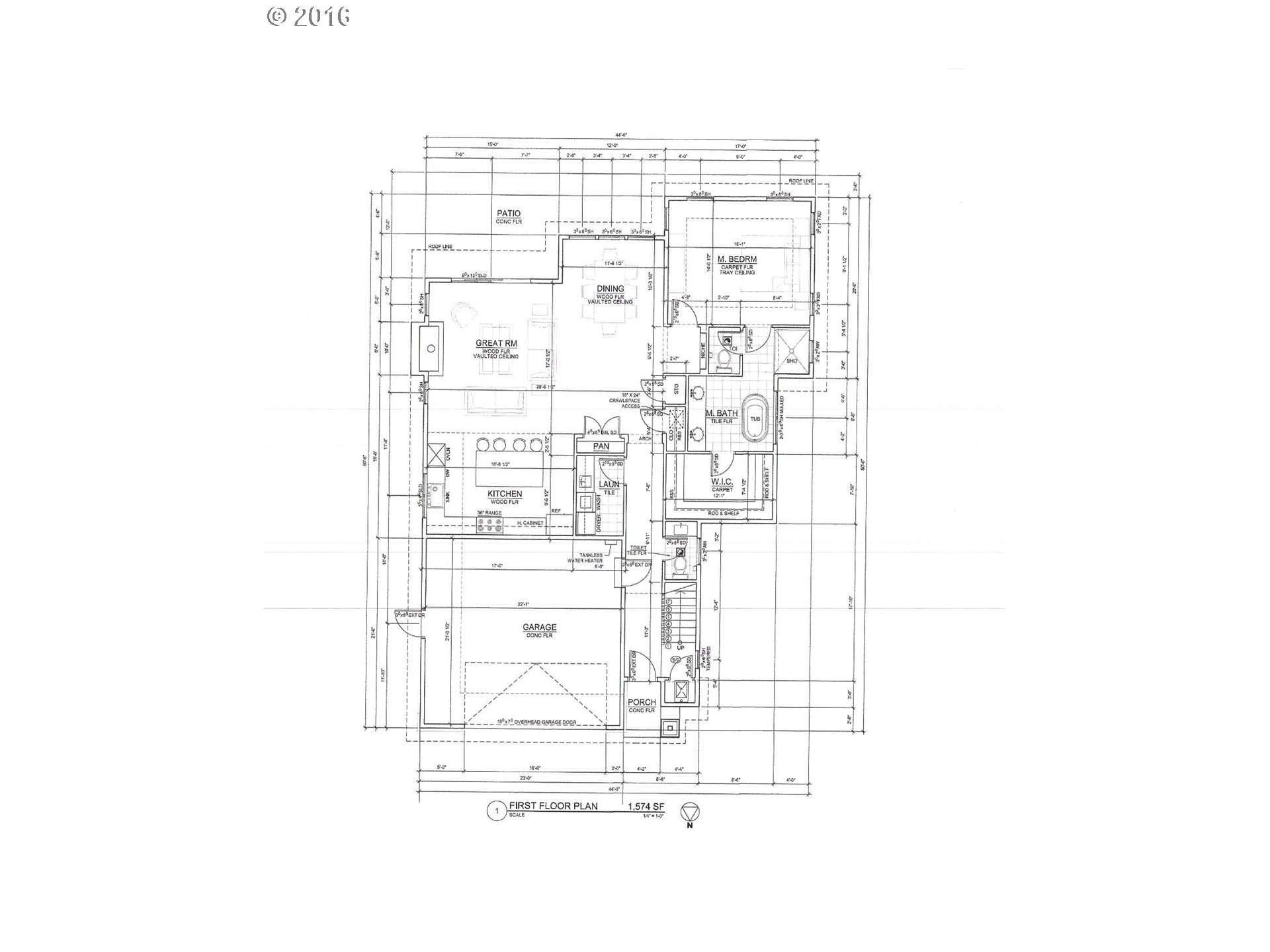
17700 Leafy Ln Lake Oswego, OR 97034
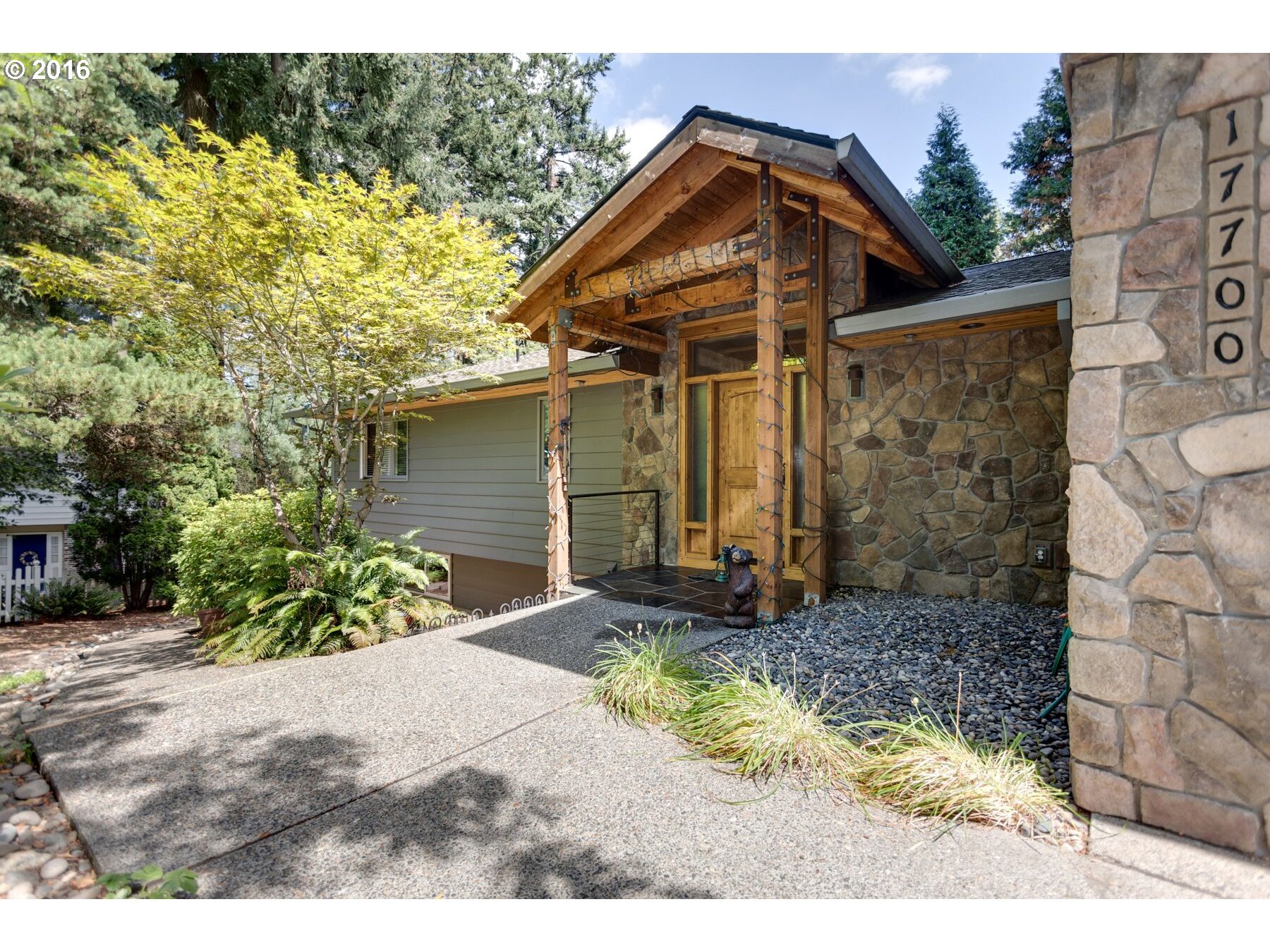
14061 Taylors Crest Ln Lake Oswego, OR 97035
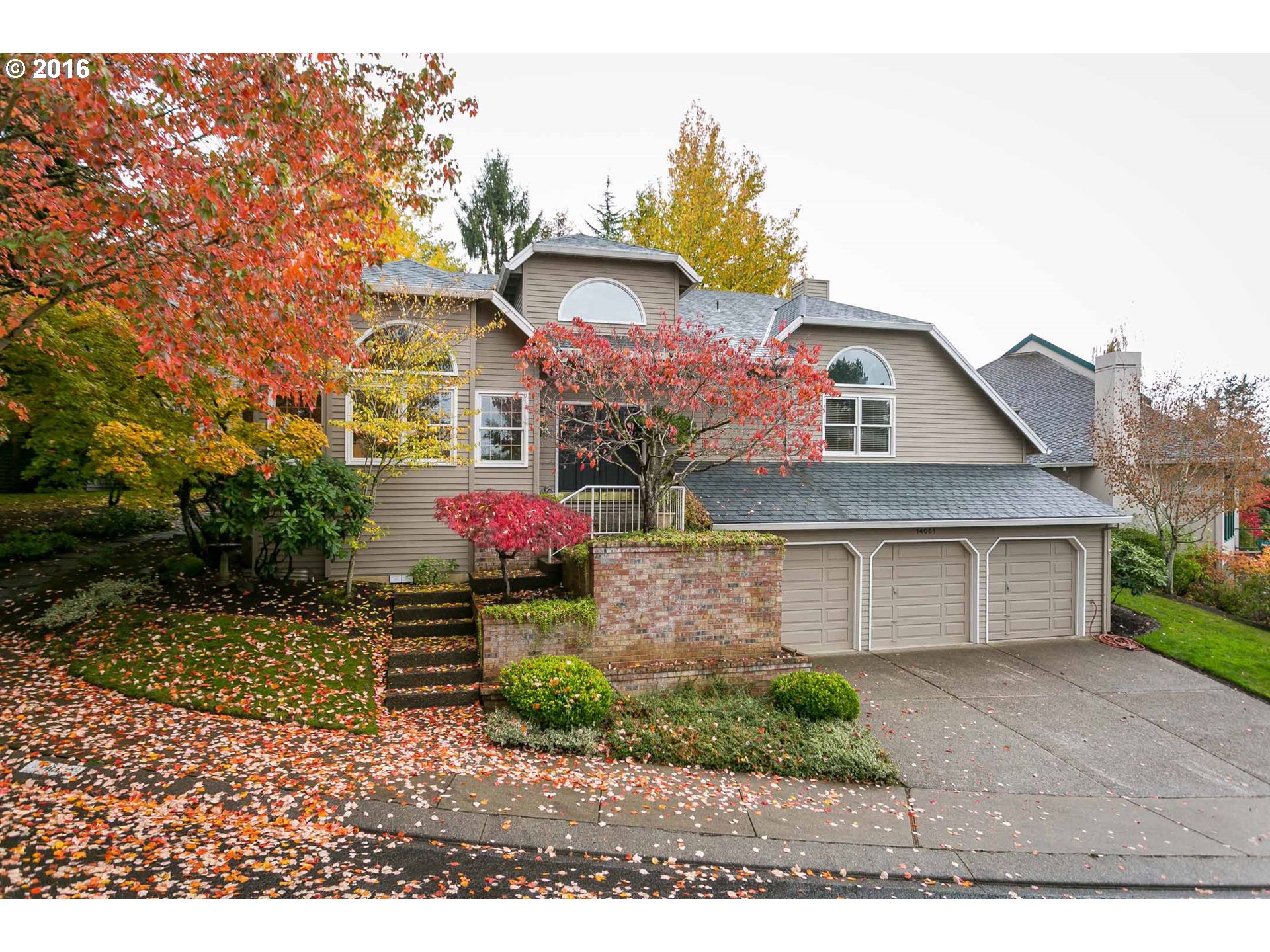
19330 River Run Dr Lake Oswego, OR 97034
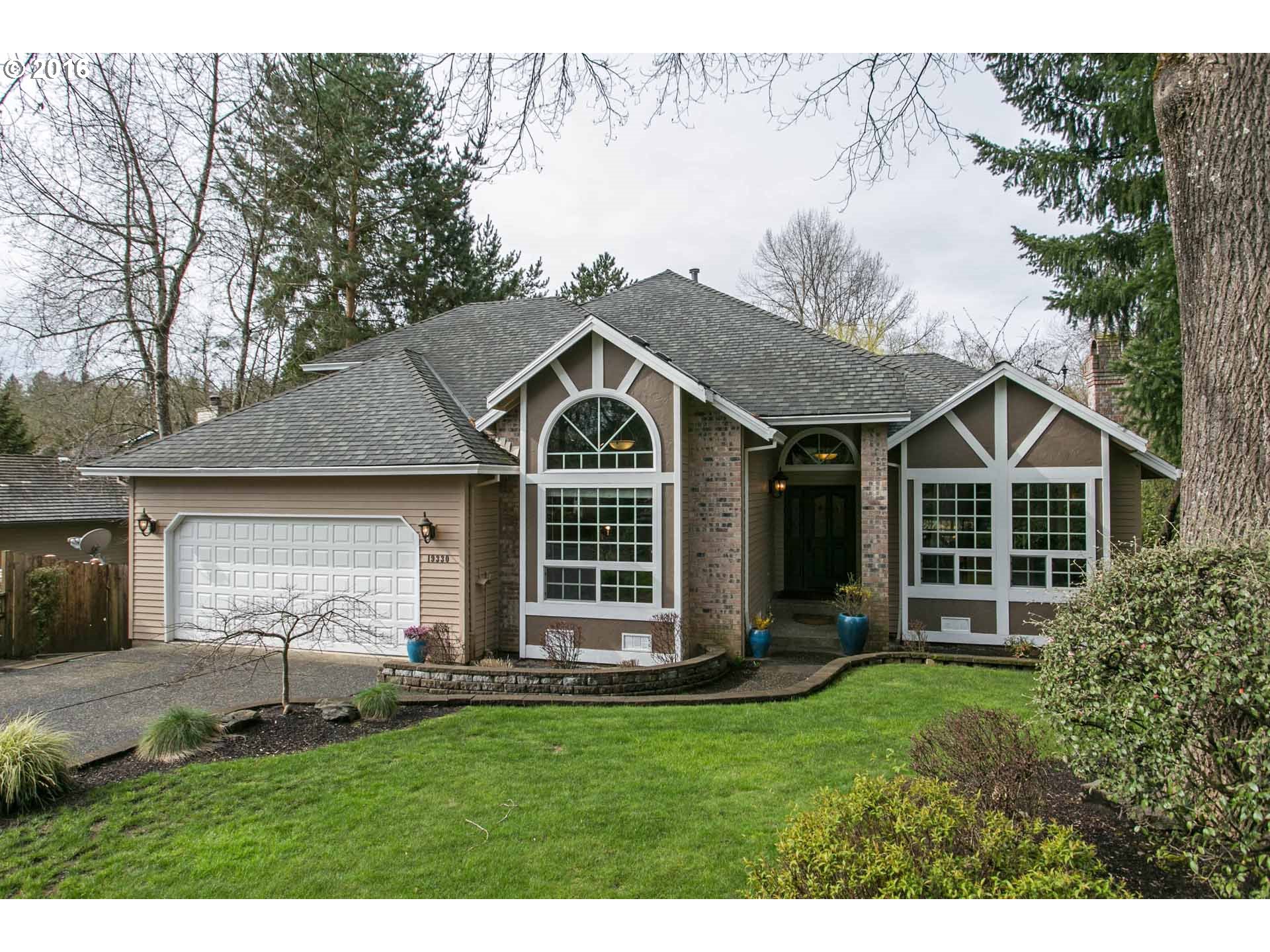
13483 Snowberry Ct Lake Oswego, OR 97035

2478 Marylview Ct Lake Oswego, OR 97034
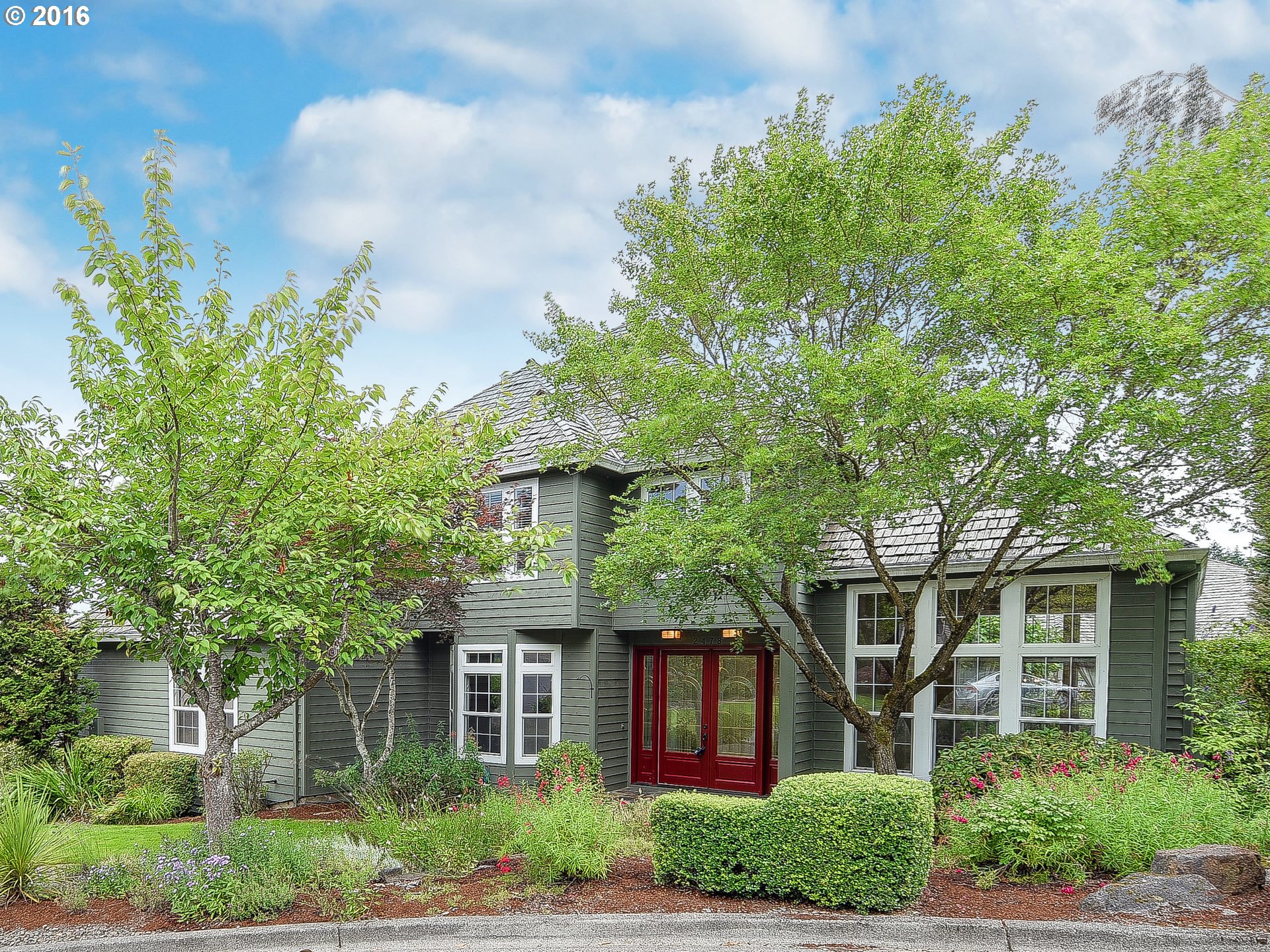
19233 Indian Springs Rd Lake Oswego, OR 97035
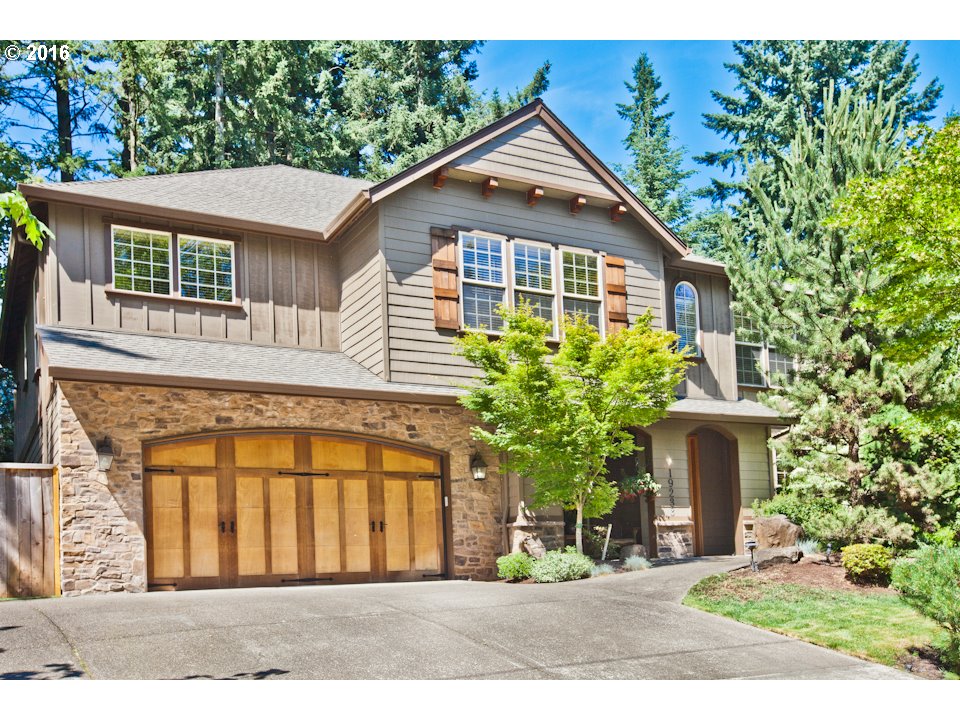
2325 Oakhurst Ln Lake Oswego, OR 97034

5322 Carman Grove Ln Lake Oswego, OR 97035
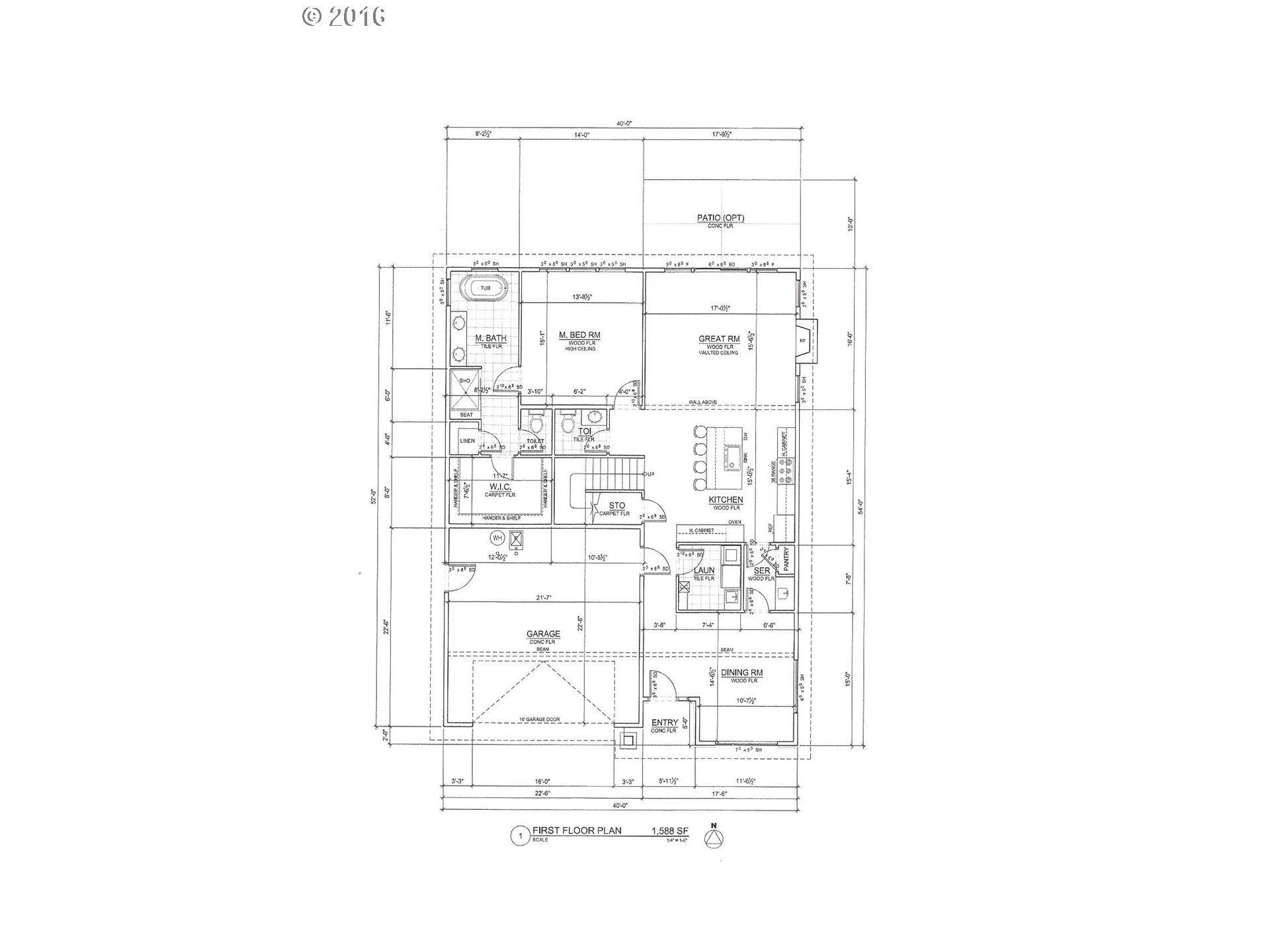
5355 Carman Grove Ln Lake Oswego, OR 97035

44 Nova Ct Lake Oswego, OR 97035
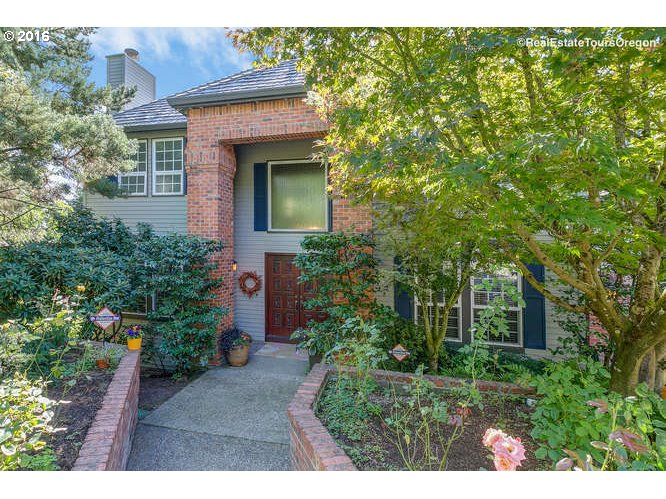
2886 Upper Dr Lake Oswego, OR 97035
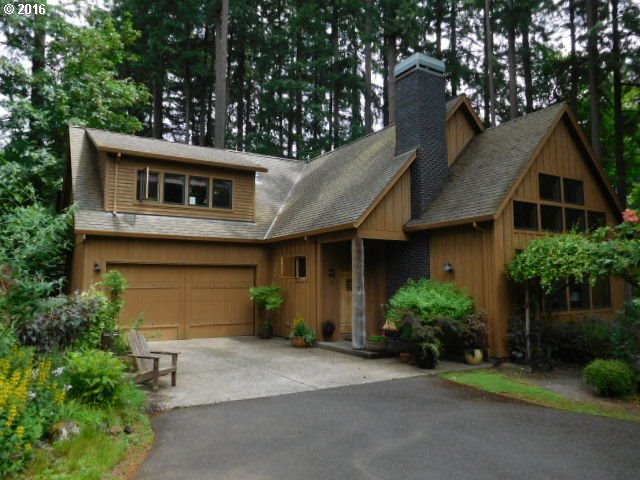
5330 Carman Grove Ln Lake Oswego, OR 97035

17771 Marylcreek Dr Lake Oswego, OR 97034
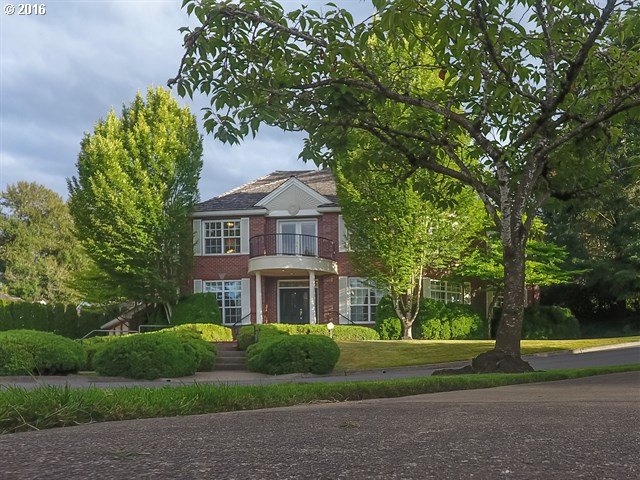
150 Iron Mountain Blvd Lake Oswego, OR 97034
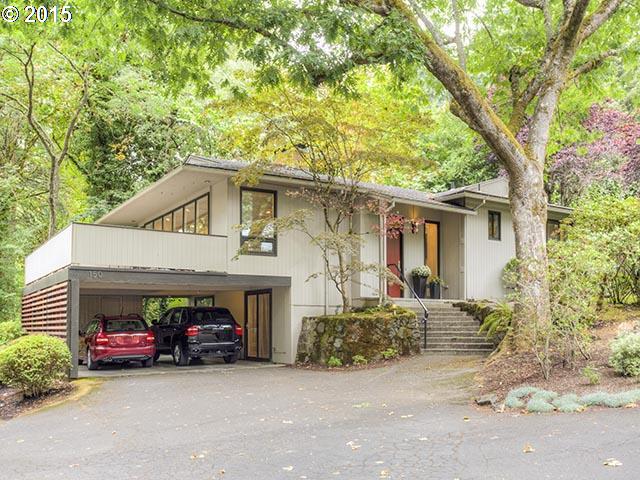
17568 Blue Heron Ct Lake Oswego, OR 97034
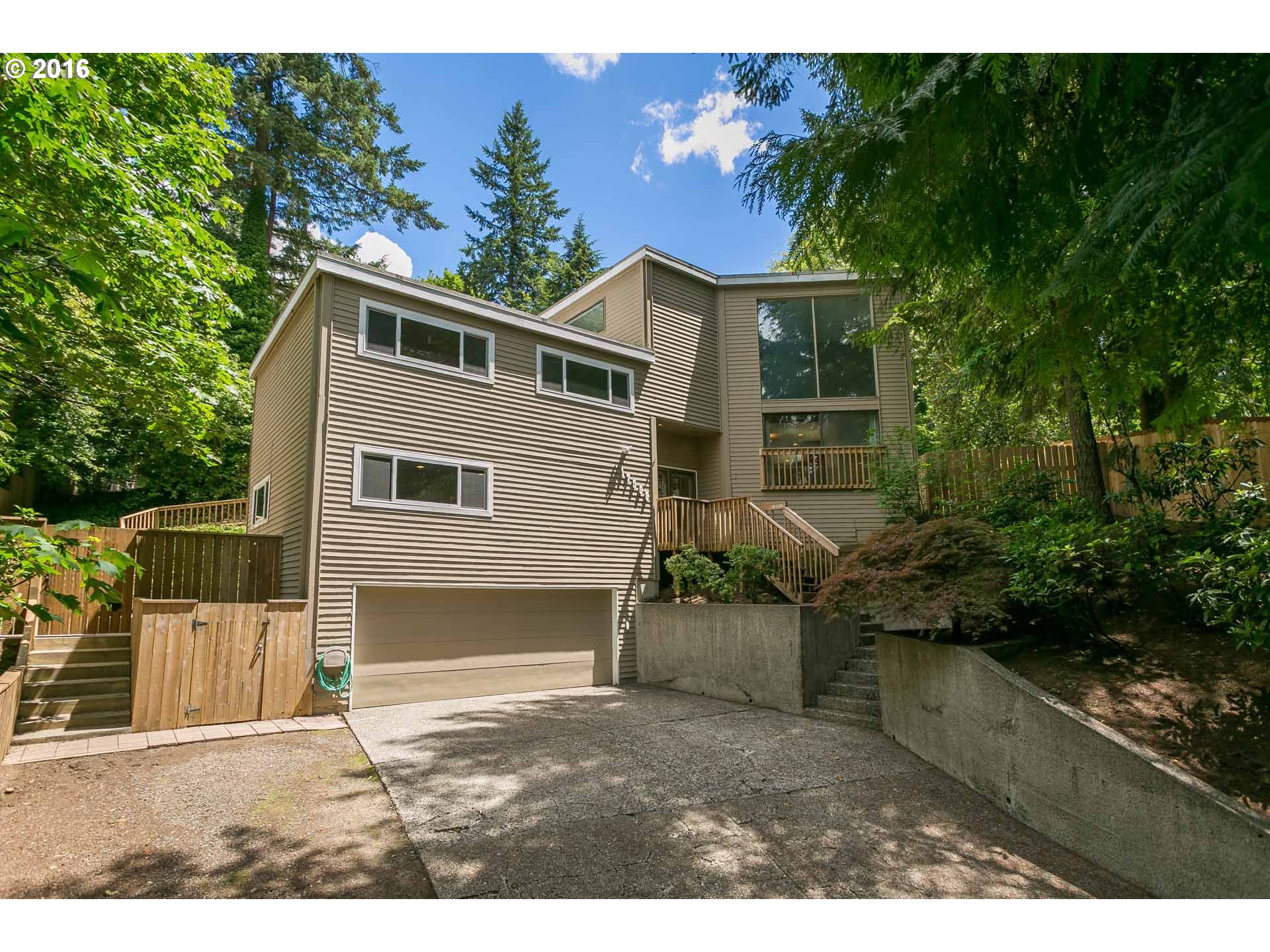
57 Eagle Crest Dr Lake Oswego, OR 97035
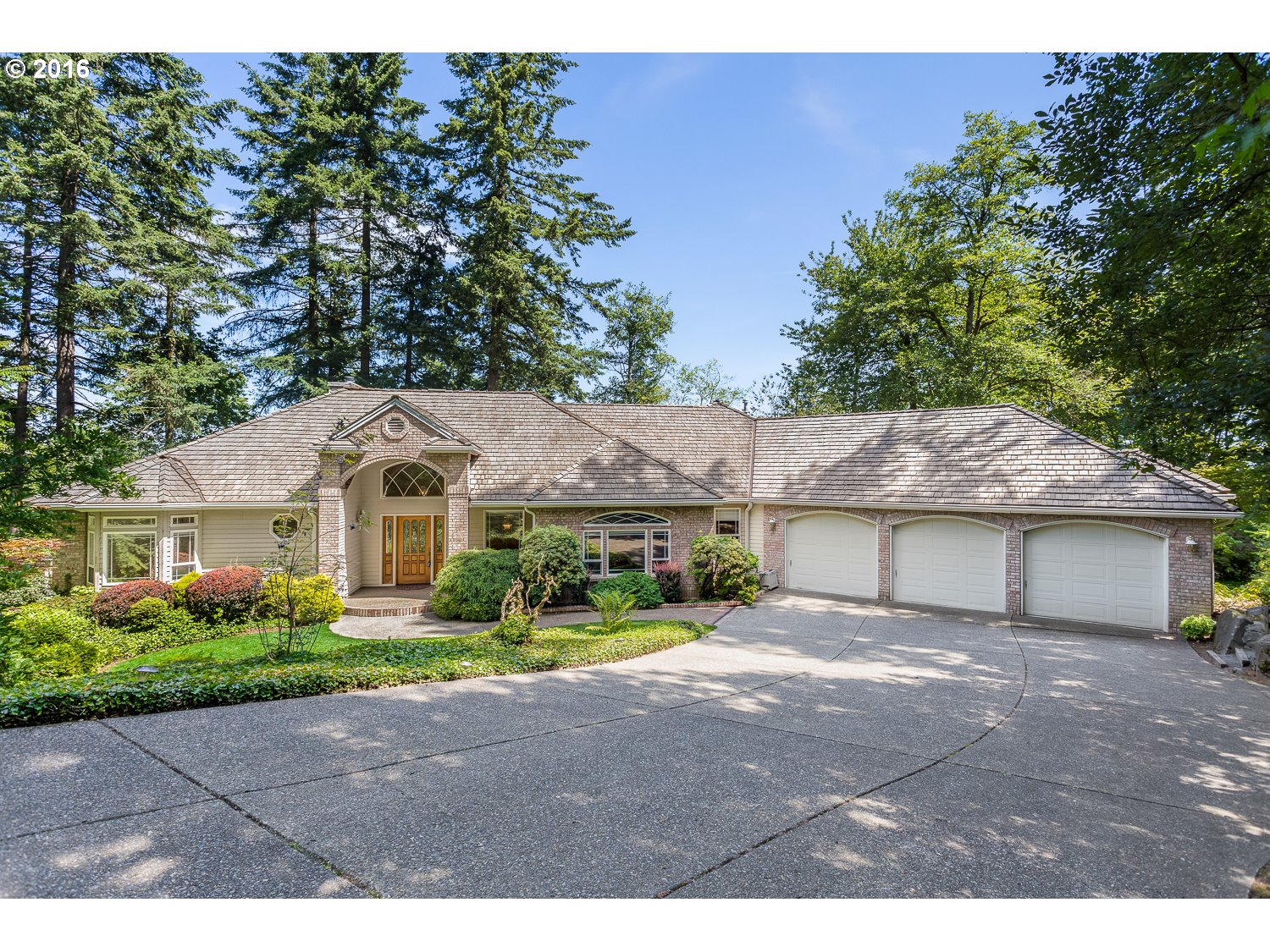
4328 Lords Ln Lake Oswego, OR 97035
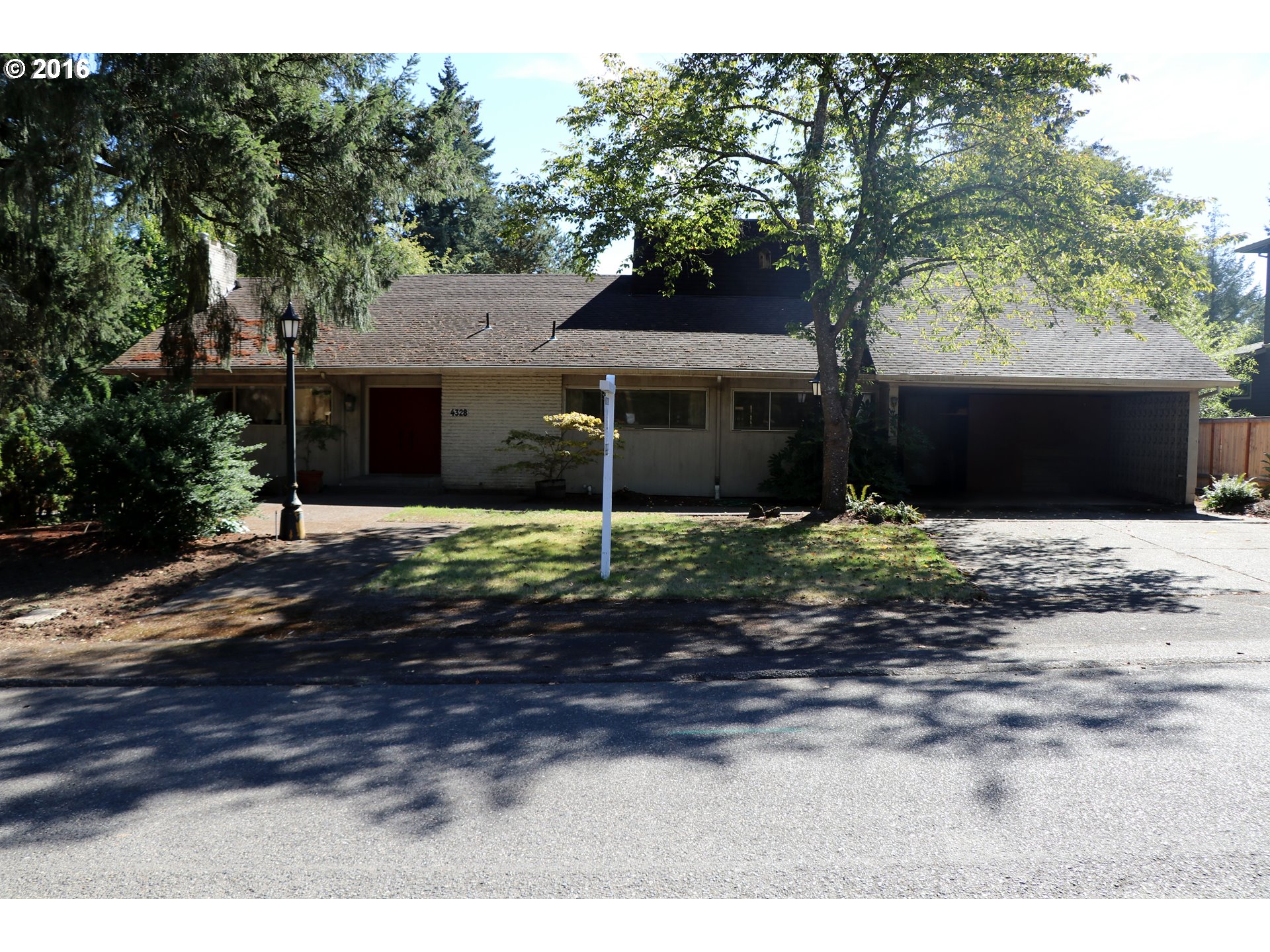
4079 Coltsfoot Ln Lake Oswego, OR 97035
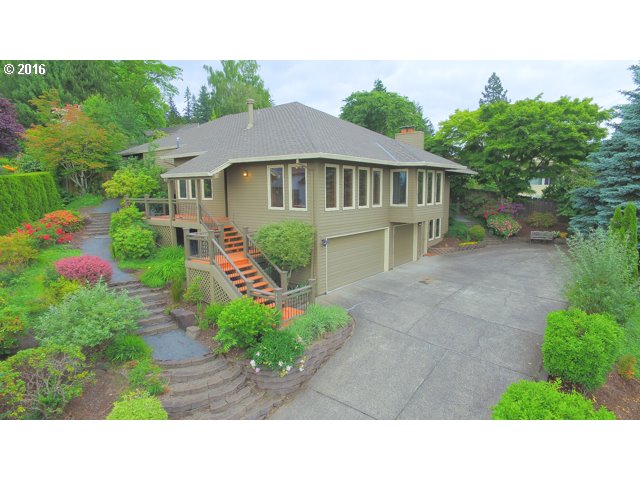
5656 La Mesa Ct Lake Oswego, OR 97035
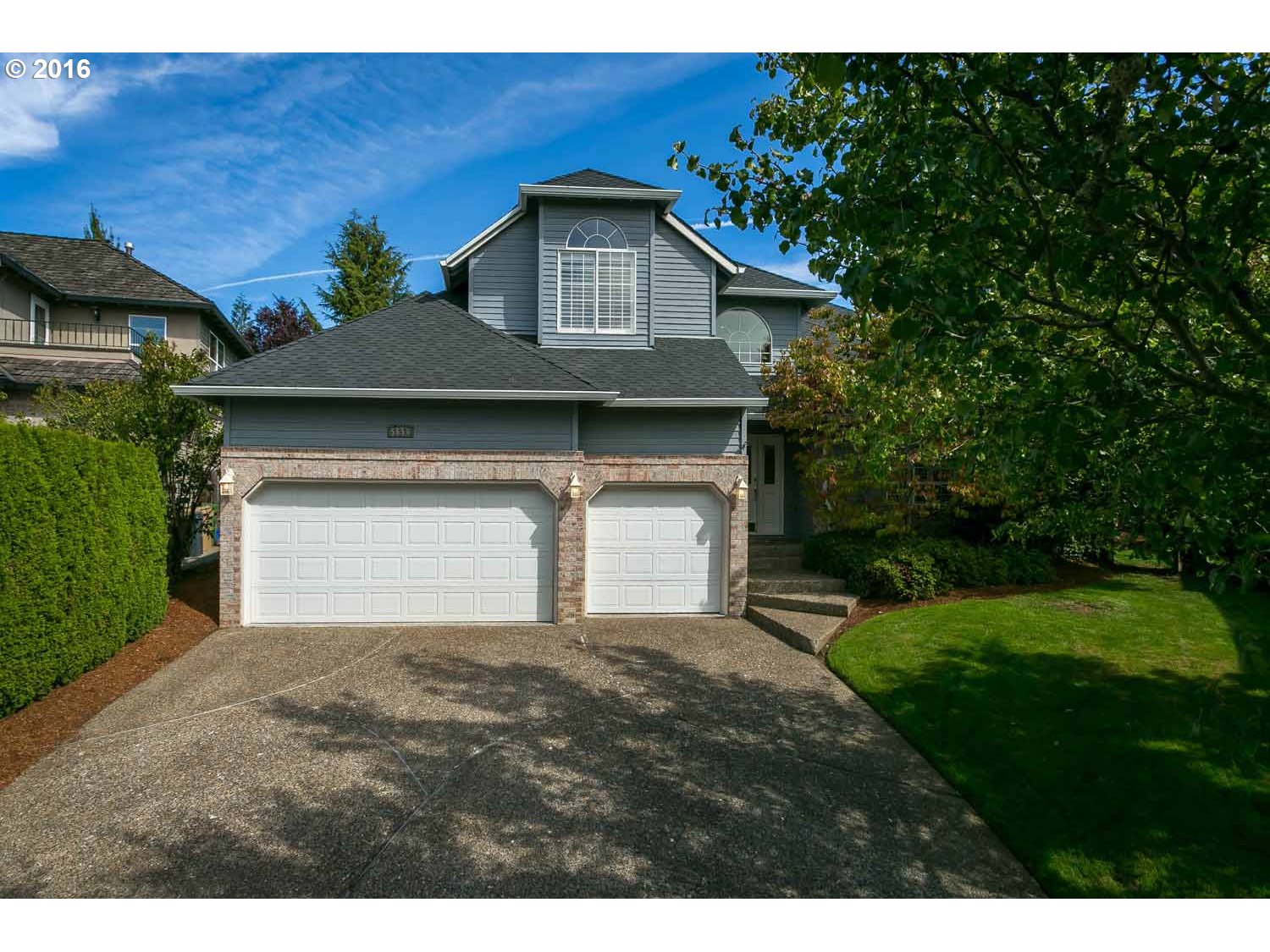
1282 Hide A Way Ln Lake Oswego, OR 97034
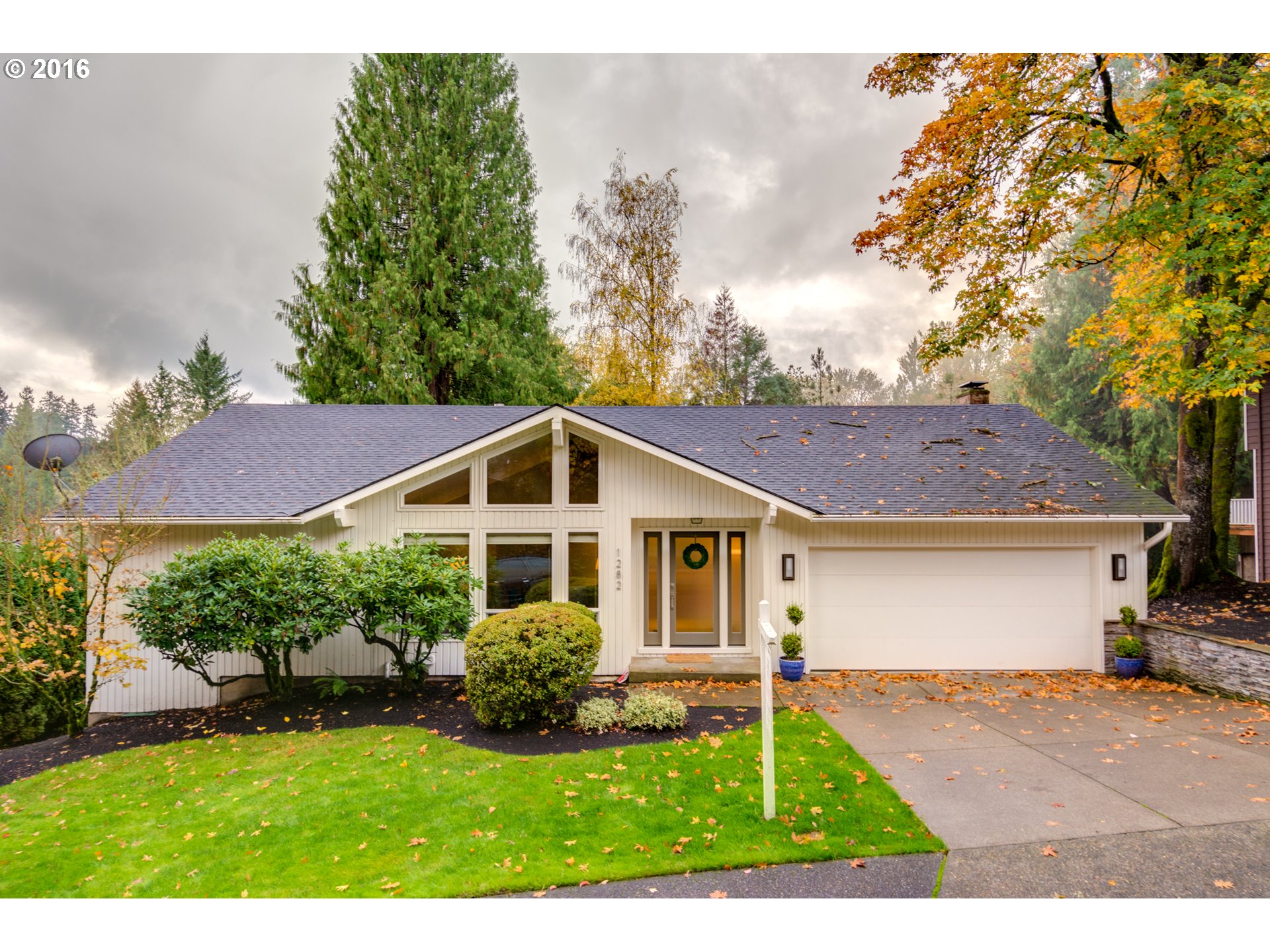
674 1st Street Lake Oswego, OR 97034

17465 Upper Cherry Ln Lake Oswego, OR 97034
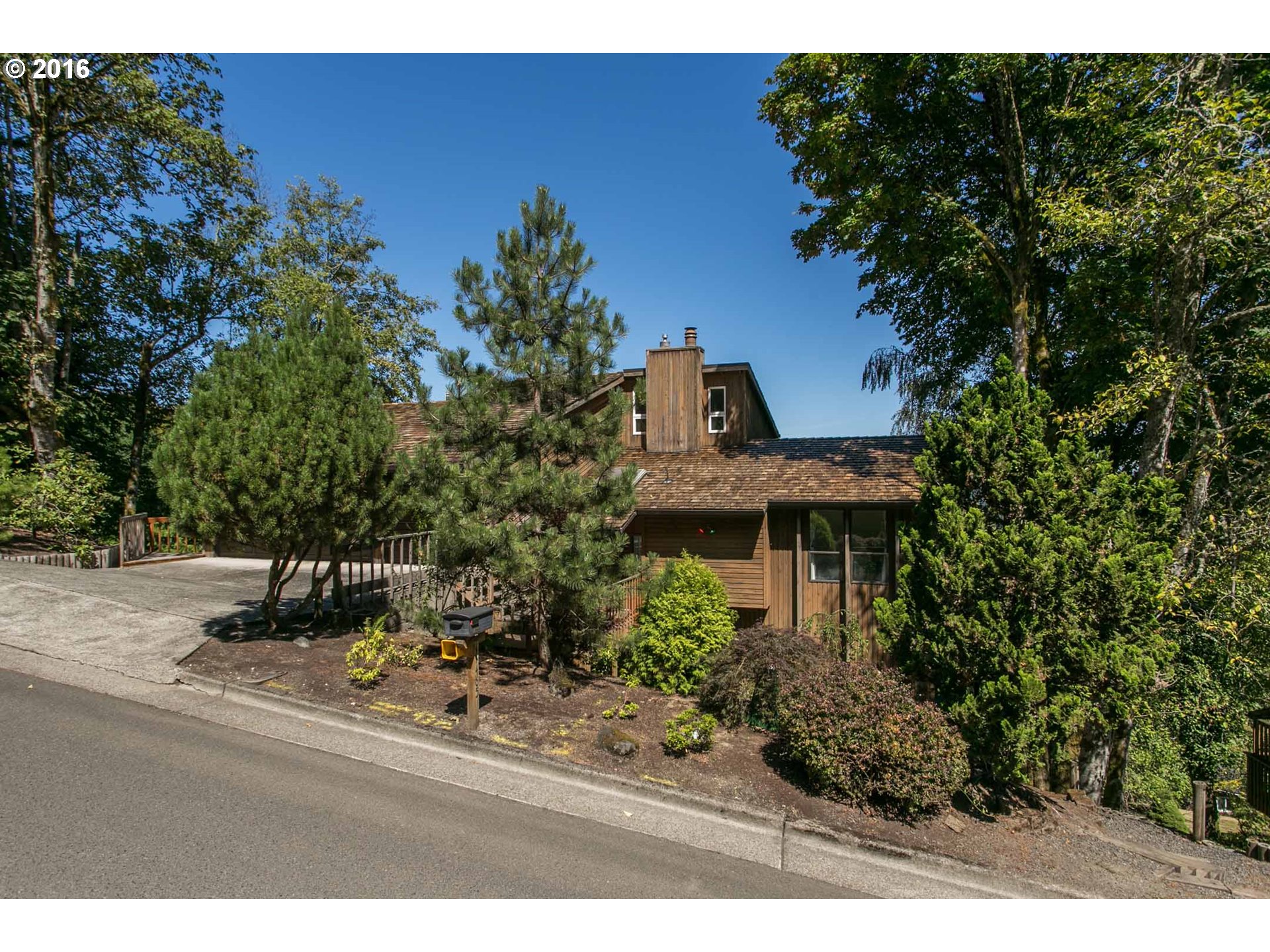
4467 Thunder Vista Ln Lake Oswego, OR 97035
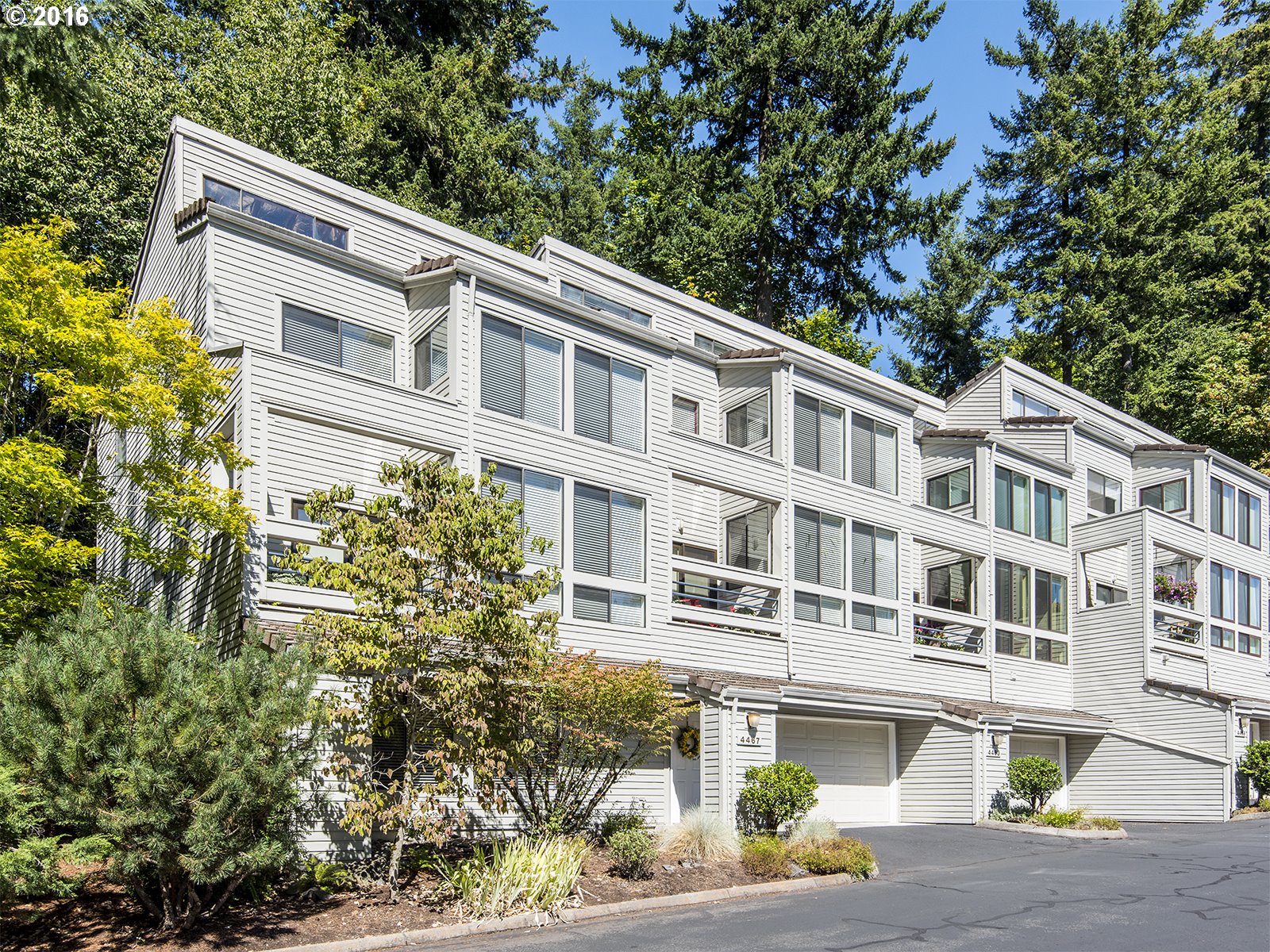
4279 Albert Cir Lake Oswego, OR 97035
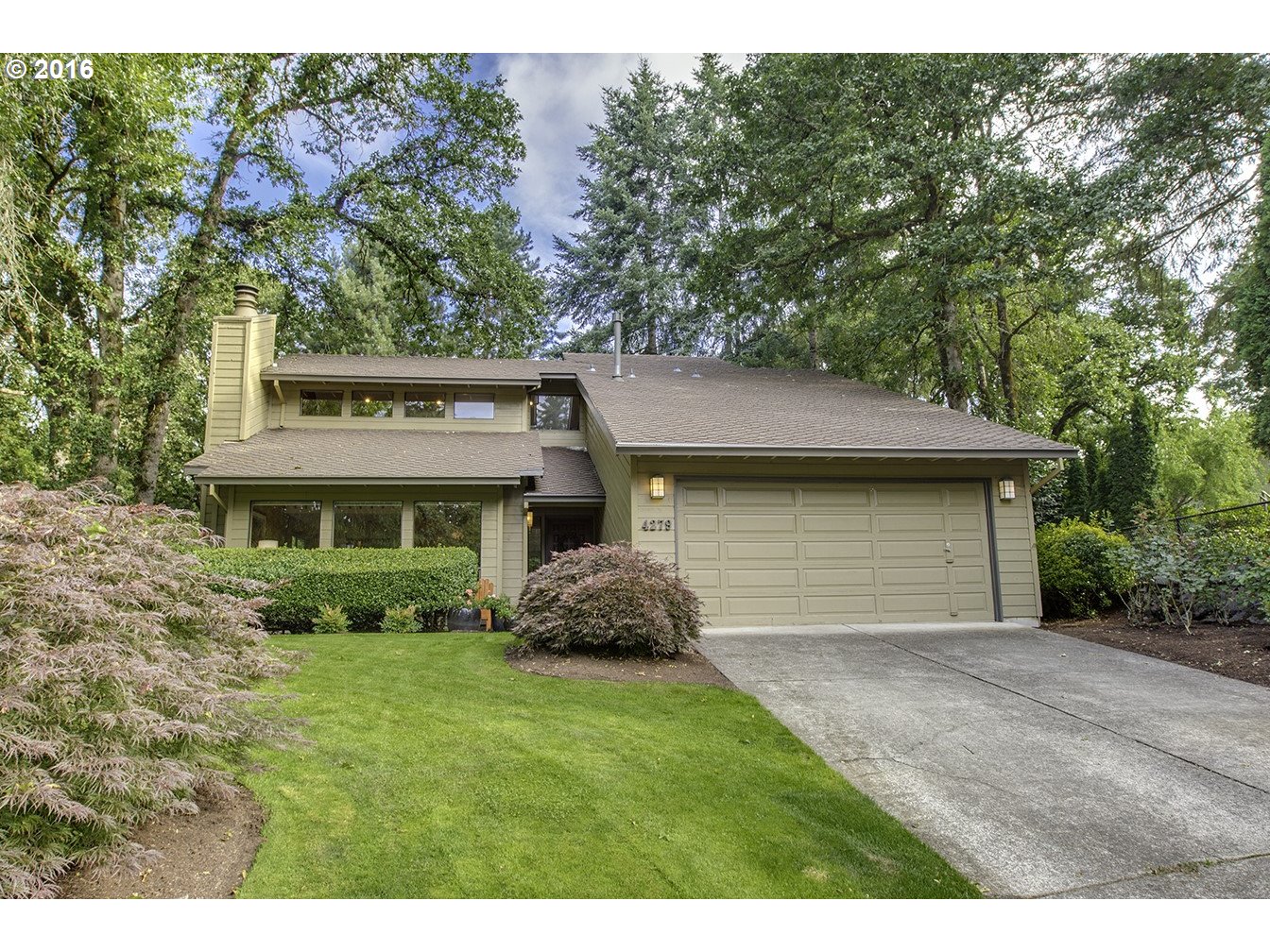
5530 Dunmire Dr Lake Oswego, OR 97035
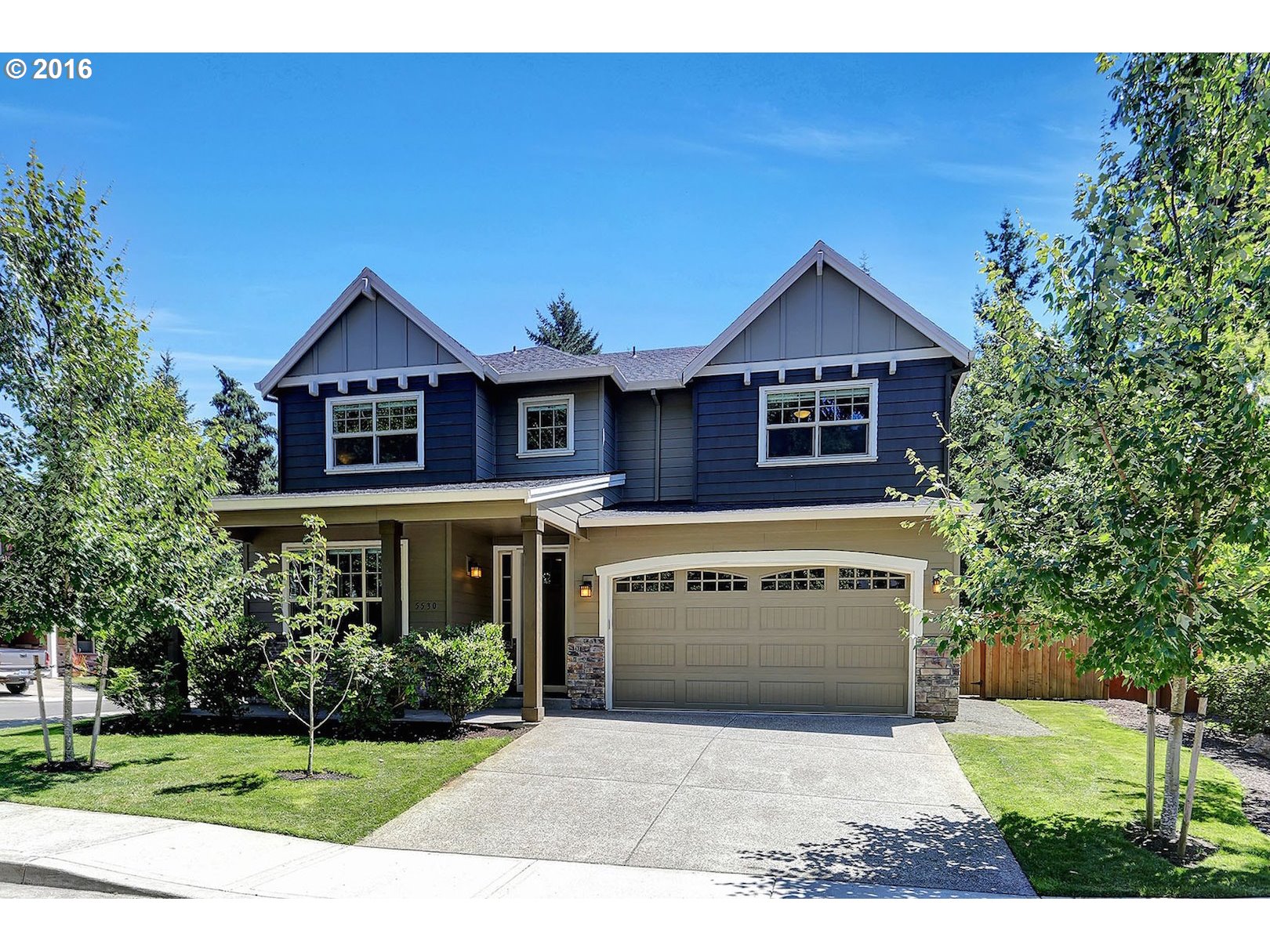
17225 Greentree Ave Lake Oswego, OR 97034
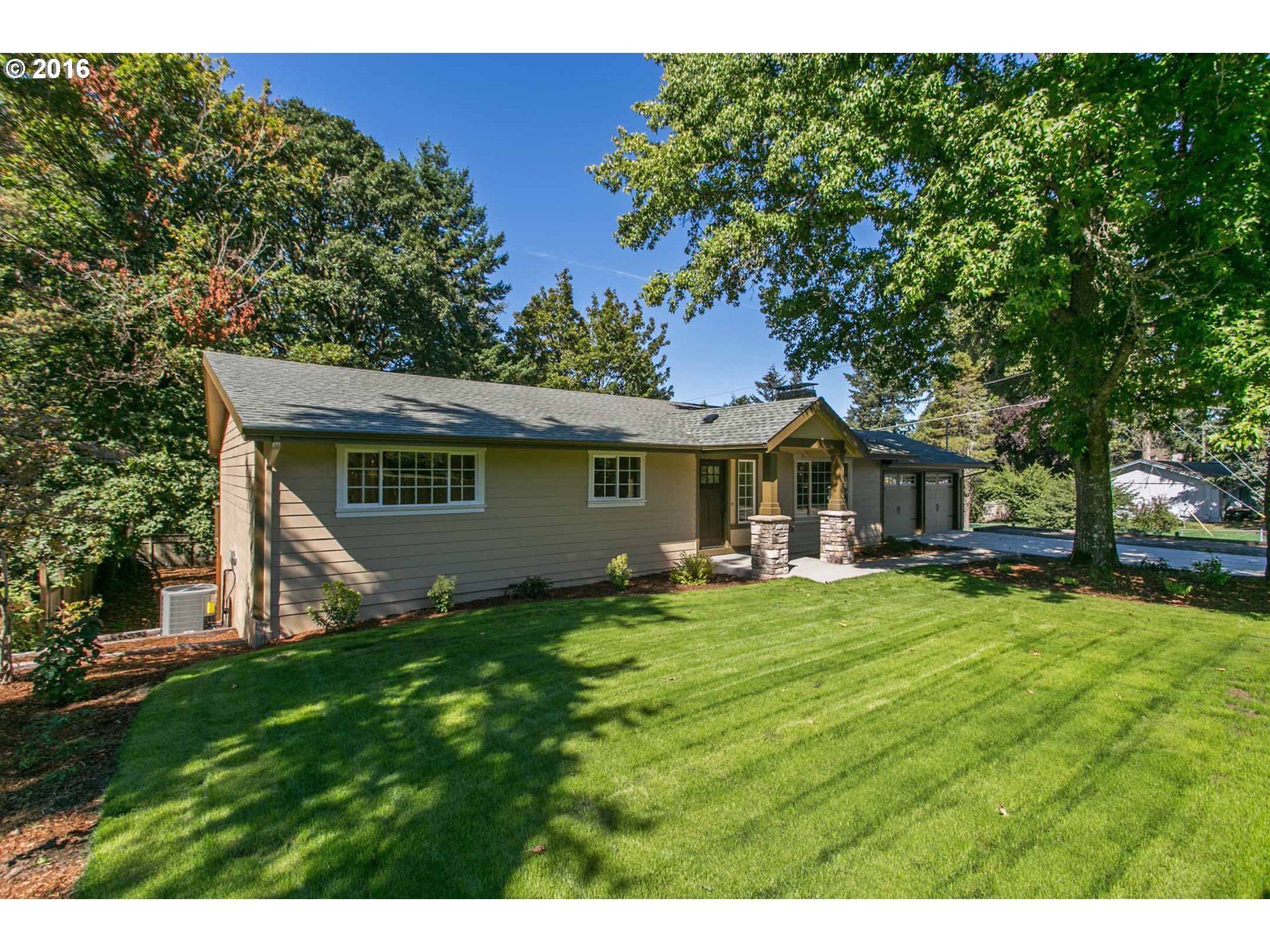
672 1st Street Lake Oswego, OR 97034
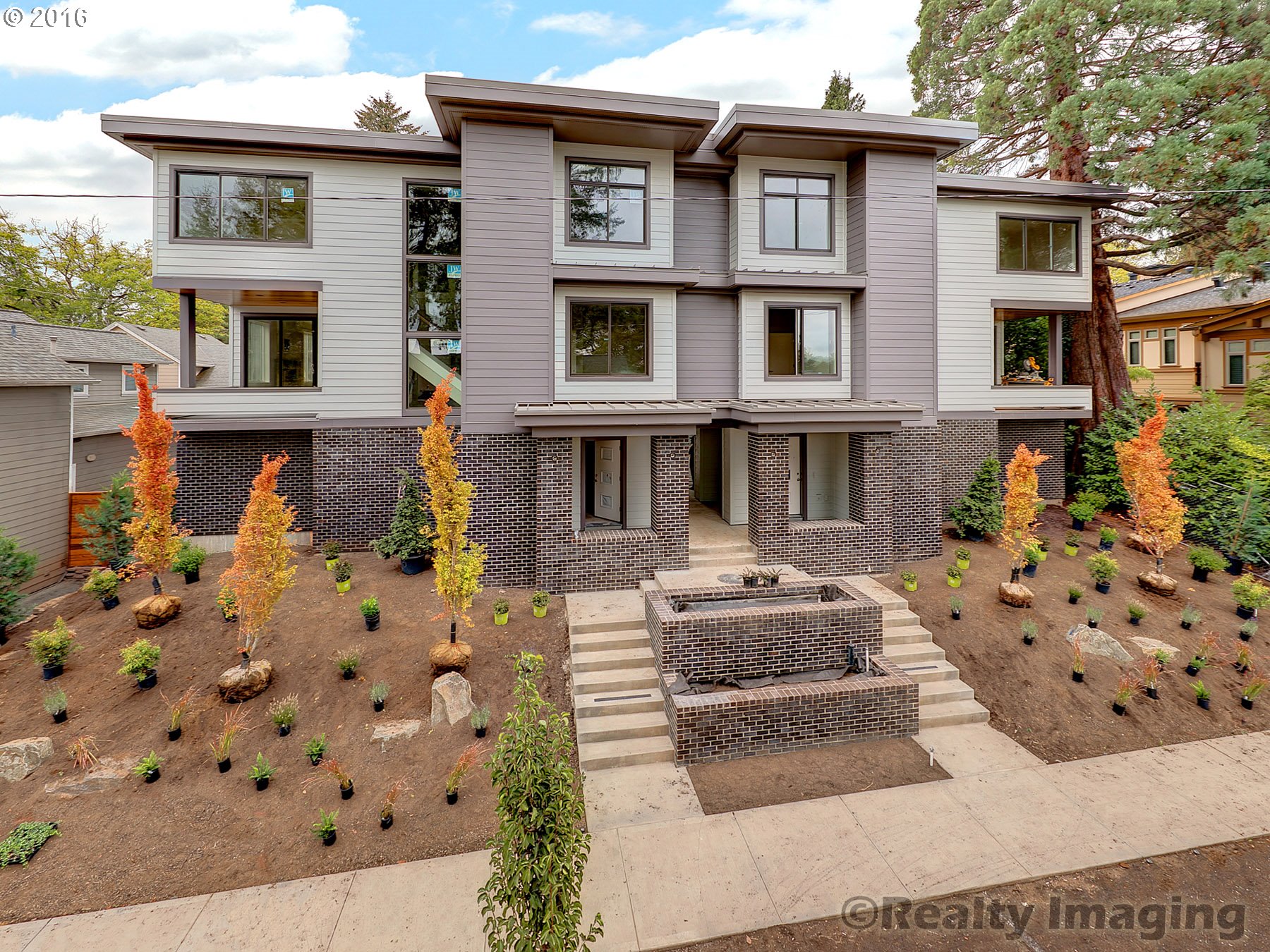
652 1st St Lake Oswego, OR 97034

17372 Hunter Ct Lake Oswego, OR 97035

17533 Erin Ct Lake Oswego, OR 97035
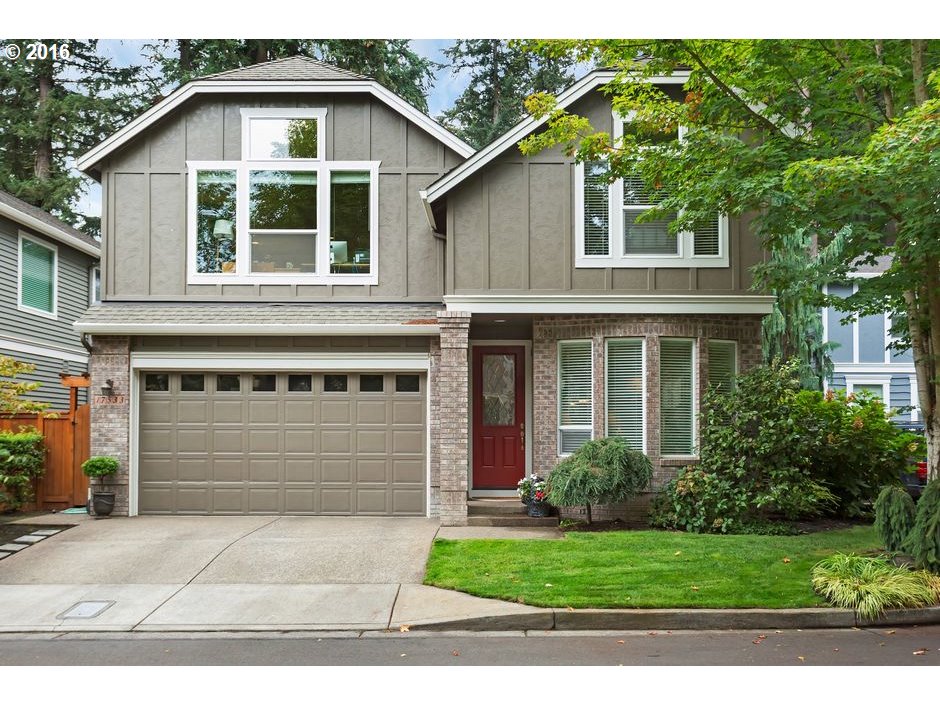
1501 Woodland Ter Lake Oswego, OR 97034
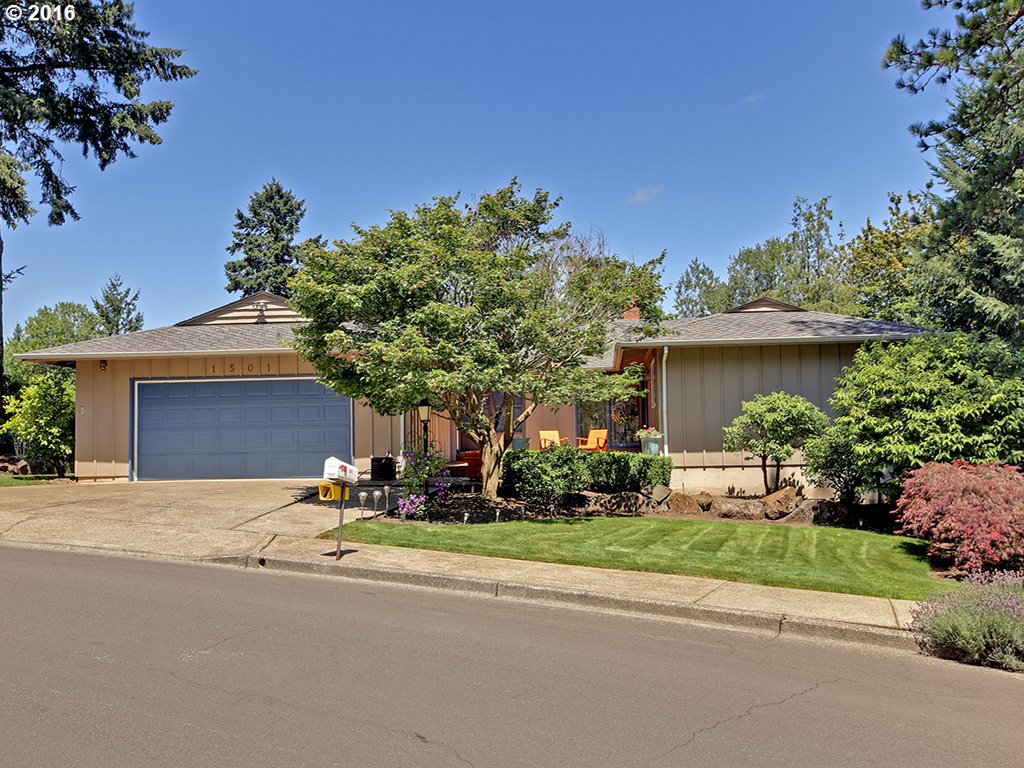
19 Westridge Dr Lake Oswego, OR 97034
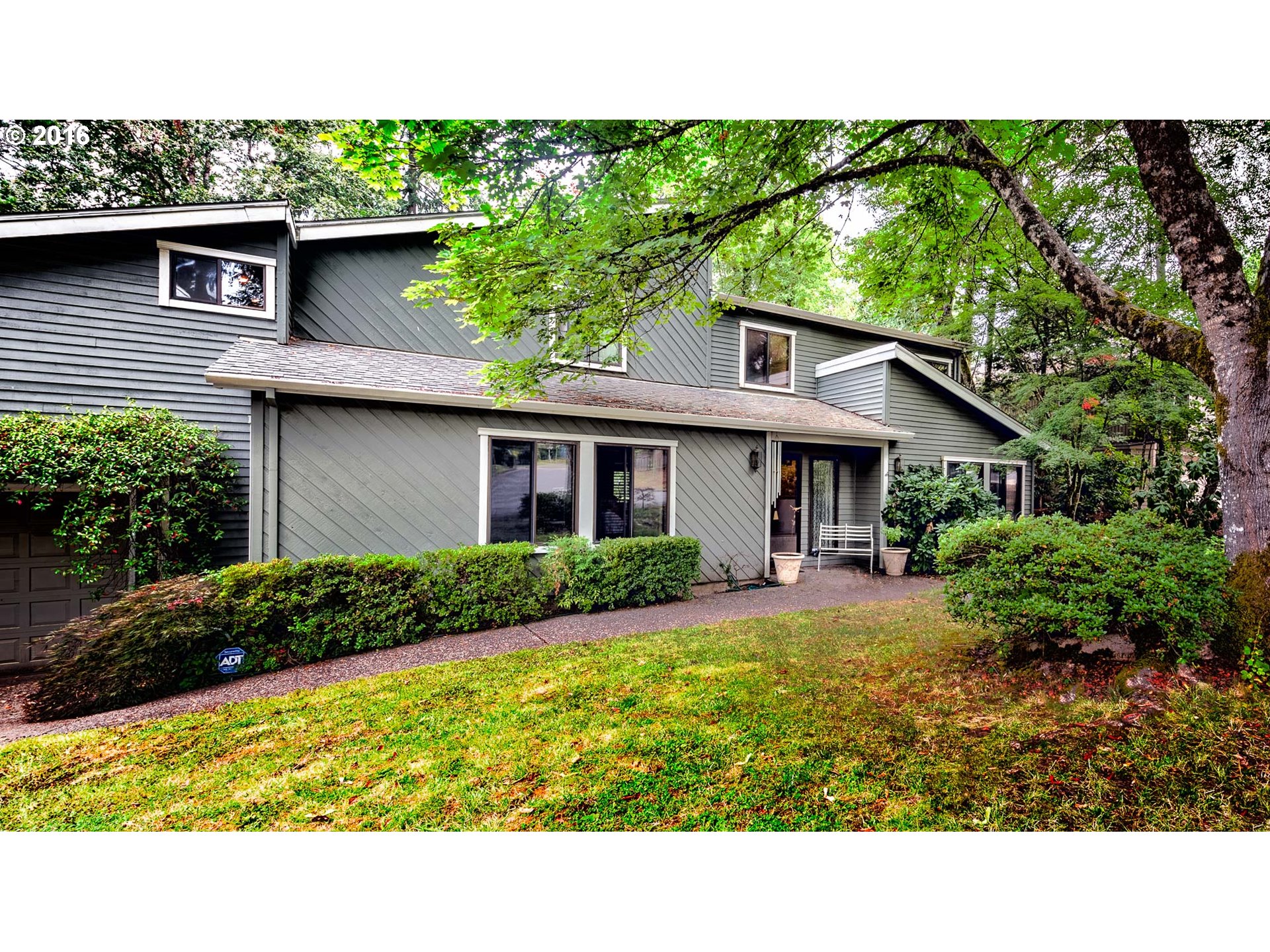
1004 Cumberland Pl Lake Oswego, OR 97034
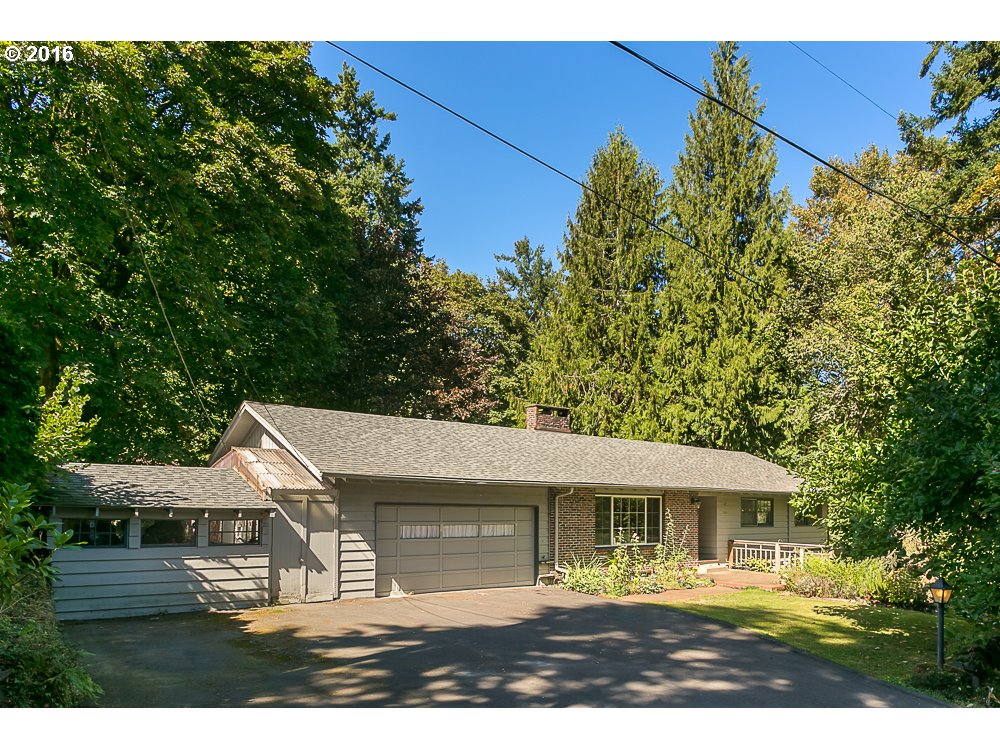
1838 Oak Knoll Ct Lake Oswego, OR 97034
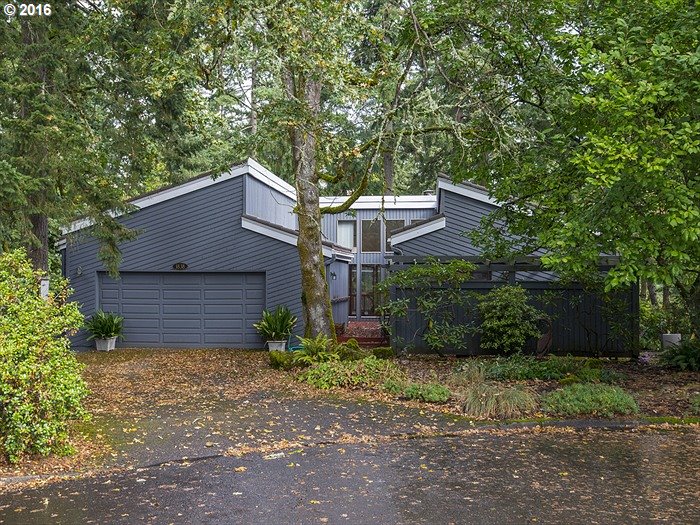
16510 Maple Cir Lake Oswego, OR 97034
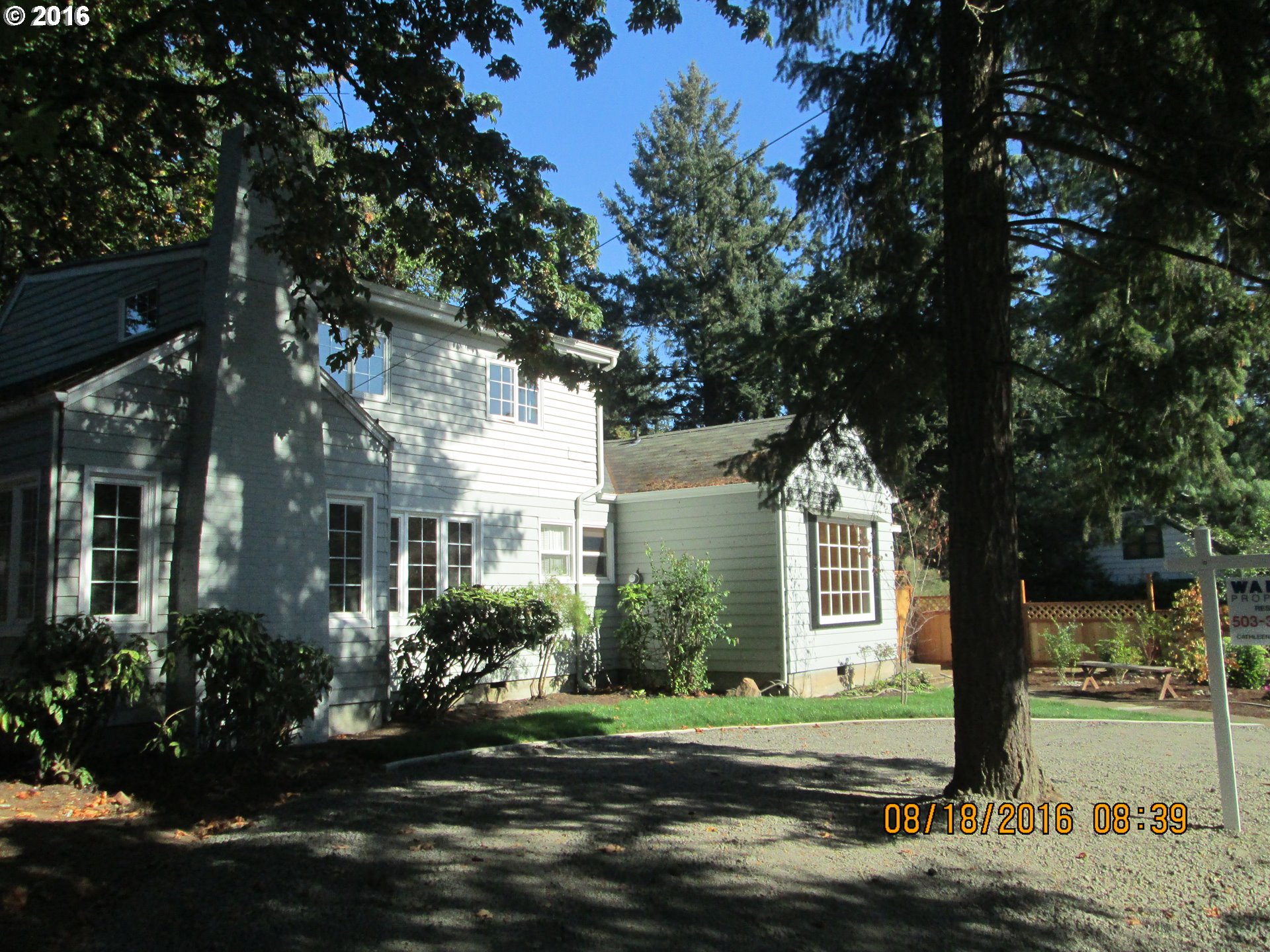
1900 Greentree Rd Lake Oswego, OR 97034
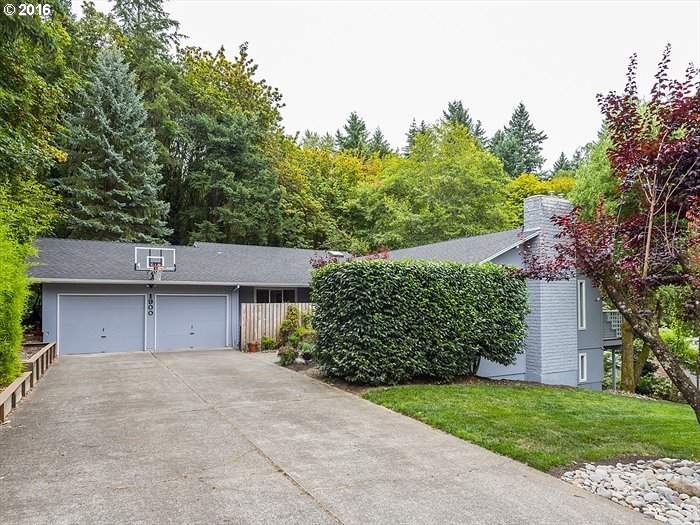
1481 Greentree Cir Lake Oswego, OR 97034

16 Becket St Lake Oswego, OR 97035
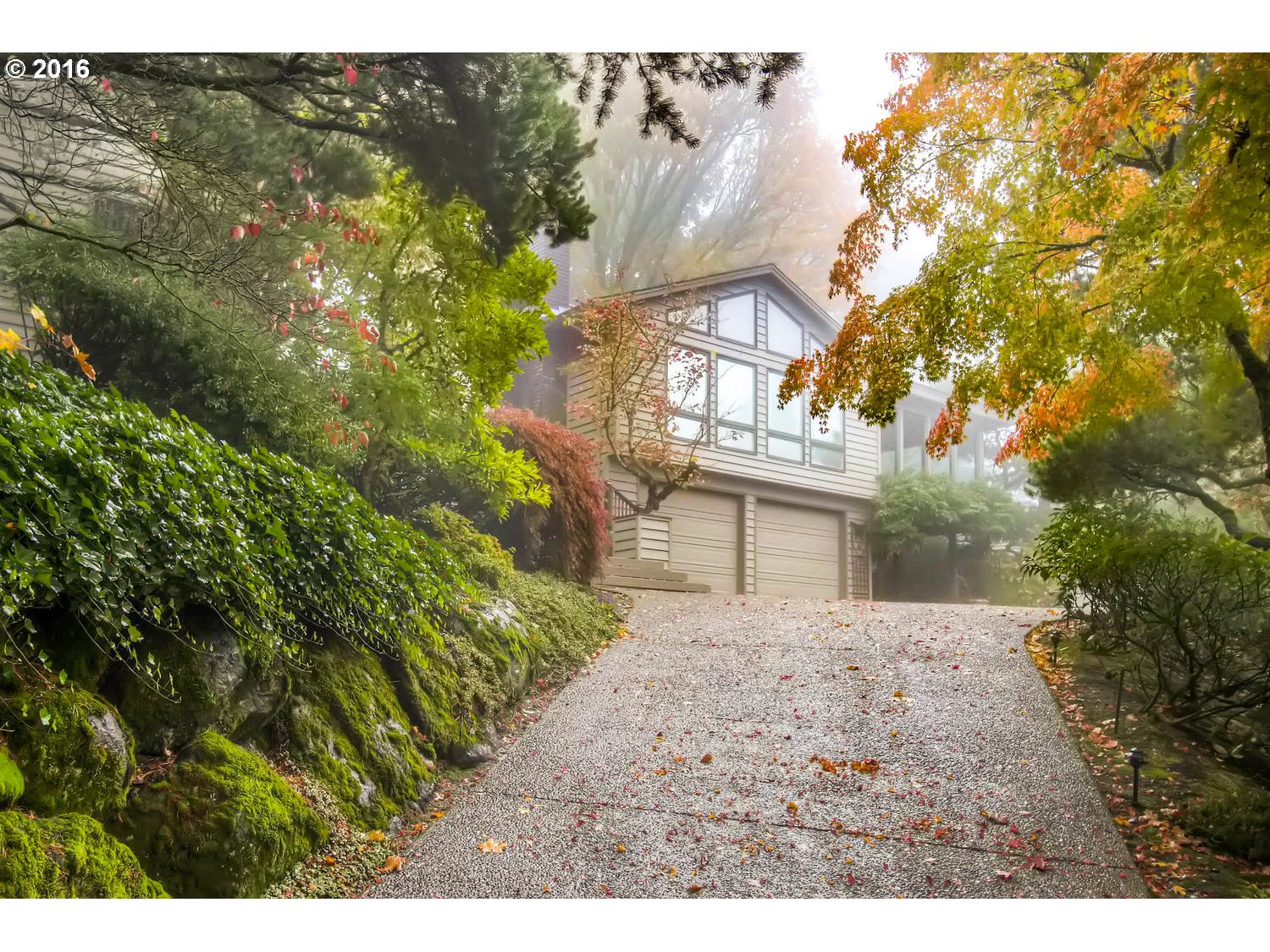
2565 Bree Ct Lake Oswego, OR 97034
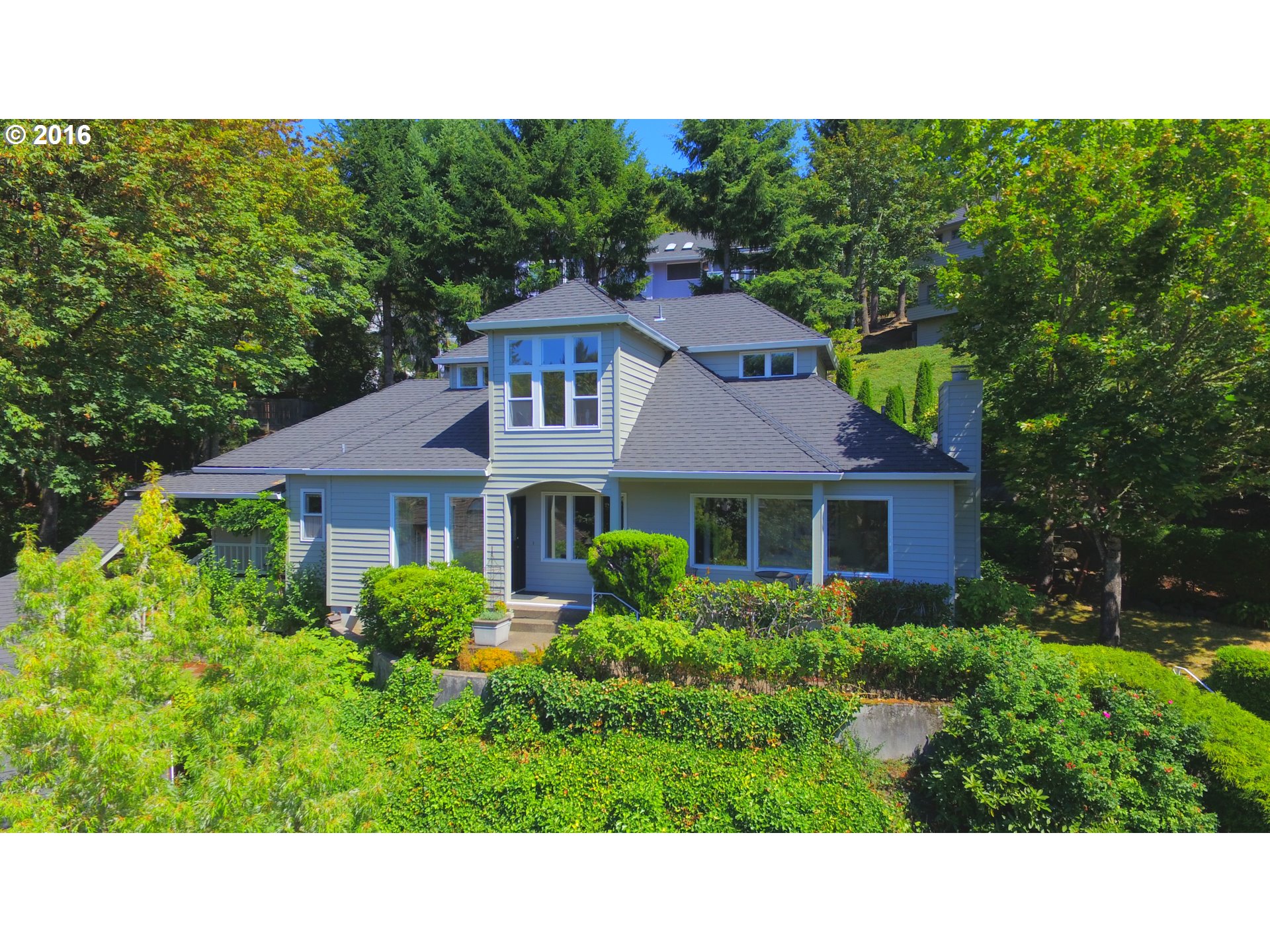
17821 Sundown Ct Lake Oswego, OR 97034

18171 Bryant Rd Lake Oswego, OR 97034
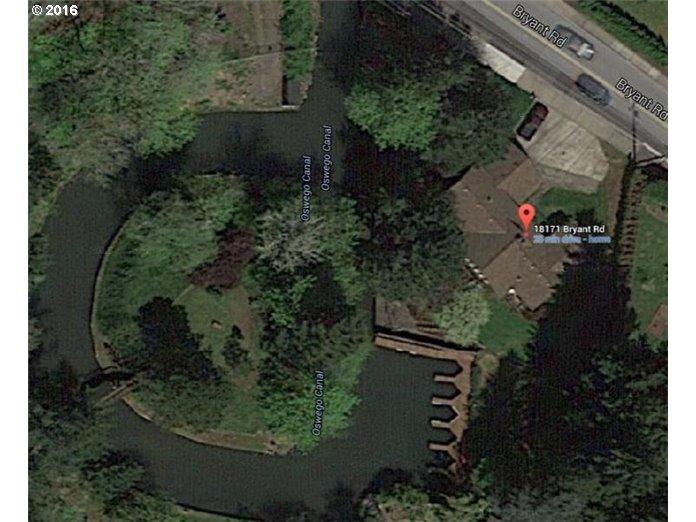
151 C Ave Lake Oswego, OR 97034
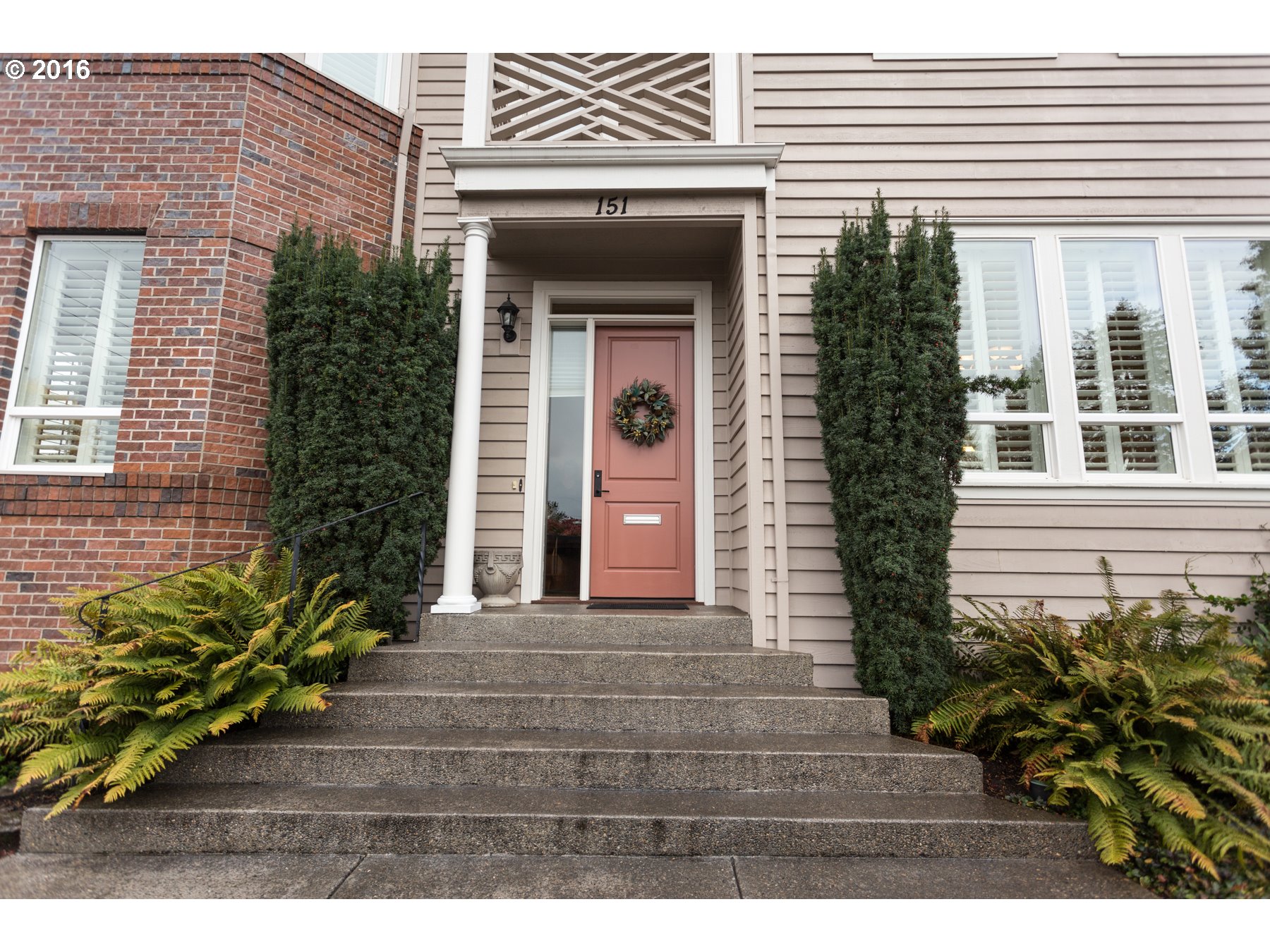
32 Da Vinci St Lake Oswego, OR 97035
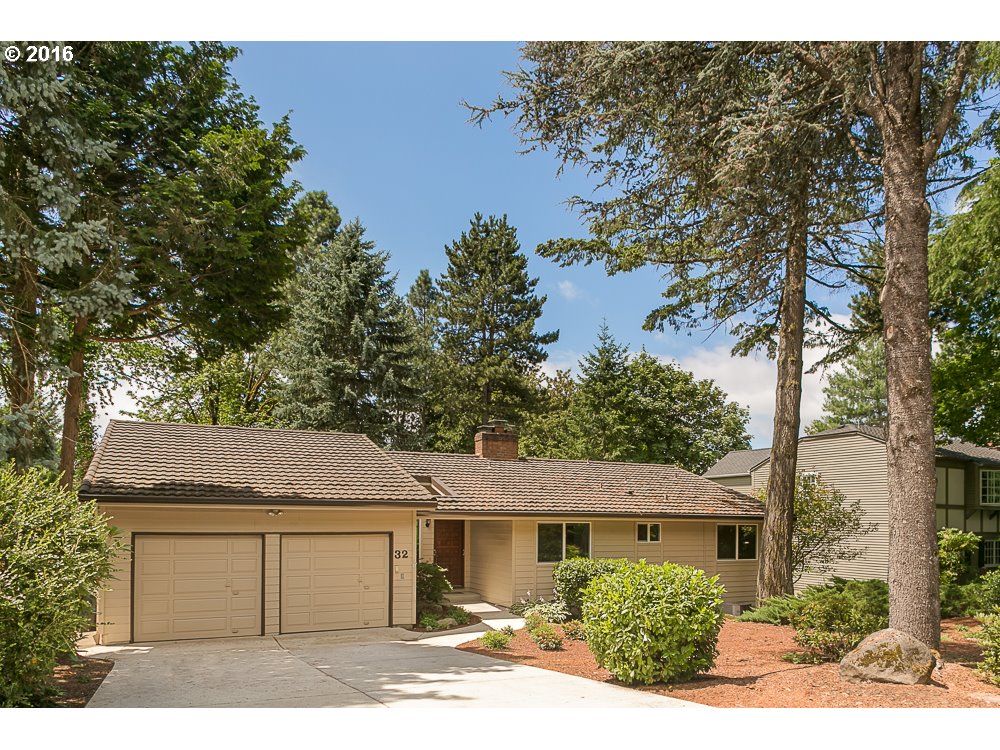
4801 Heritage Ln Lake Oswego, OR 97035
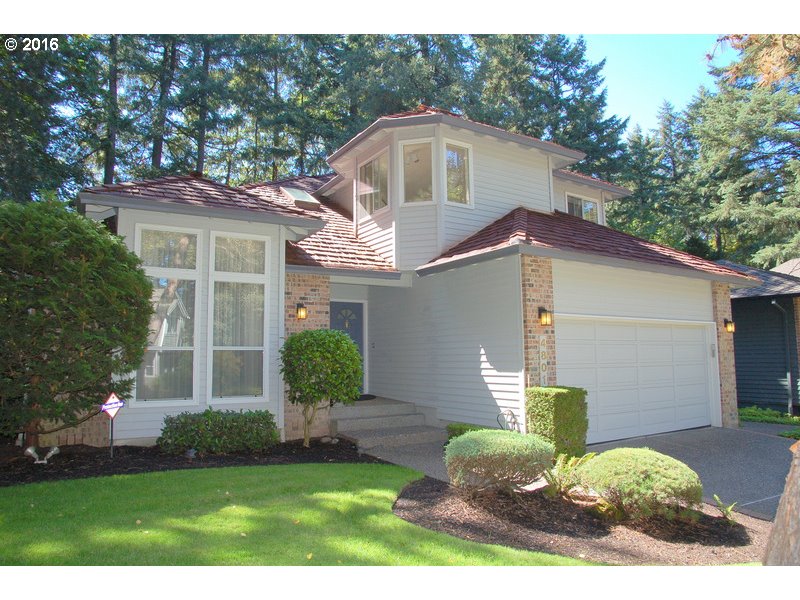
1775 Fernwood Dr Lake Oswego, OR 97034
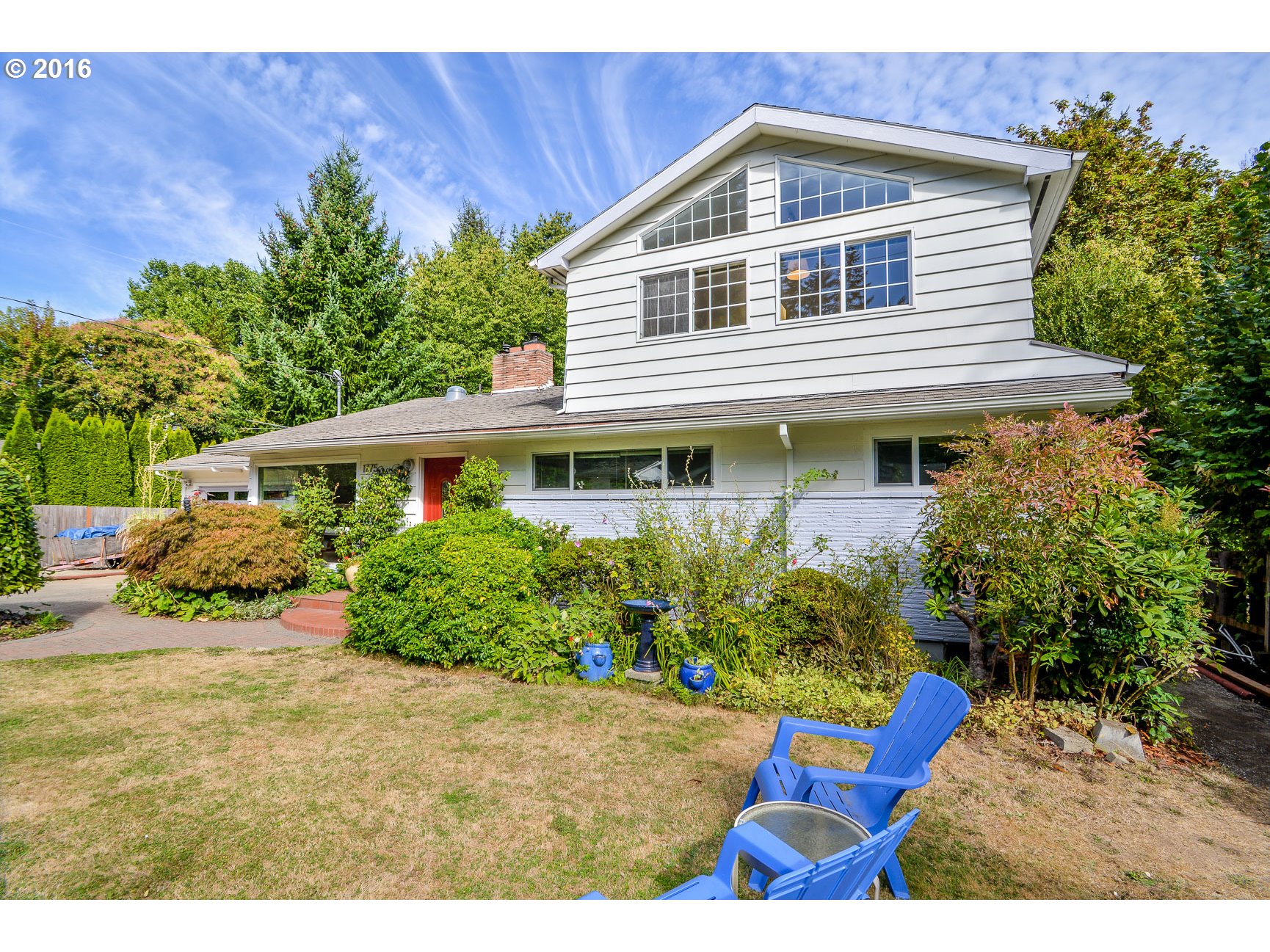
1669 Oak St Lake Oswego, OR 97034
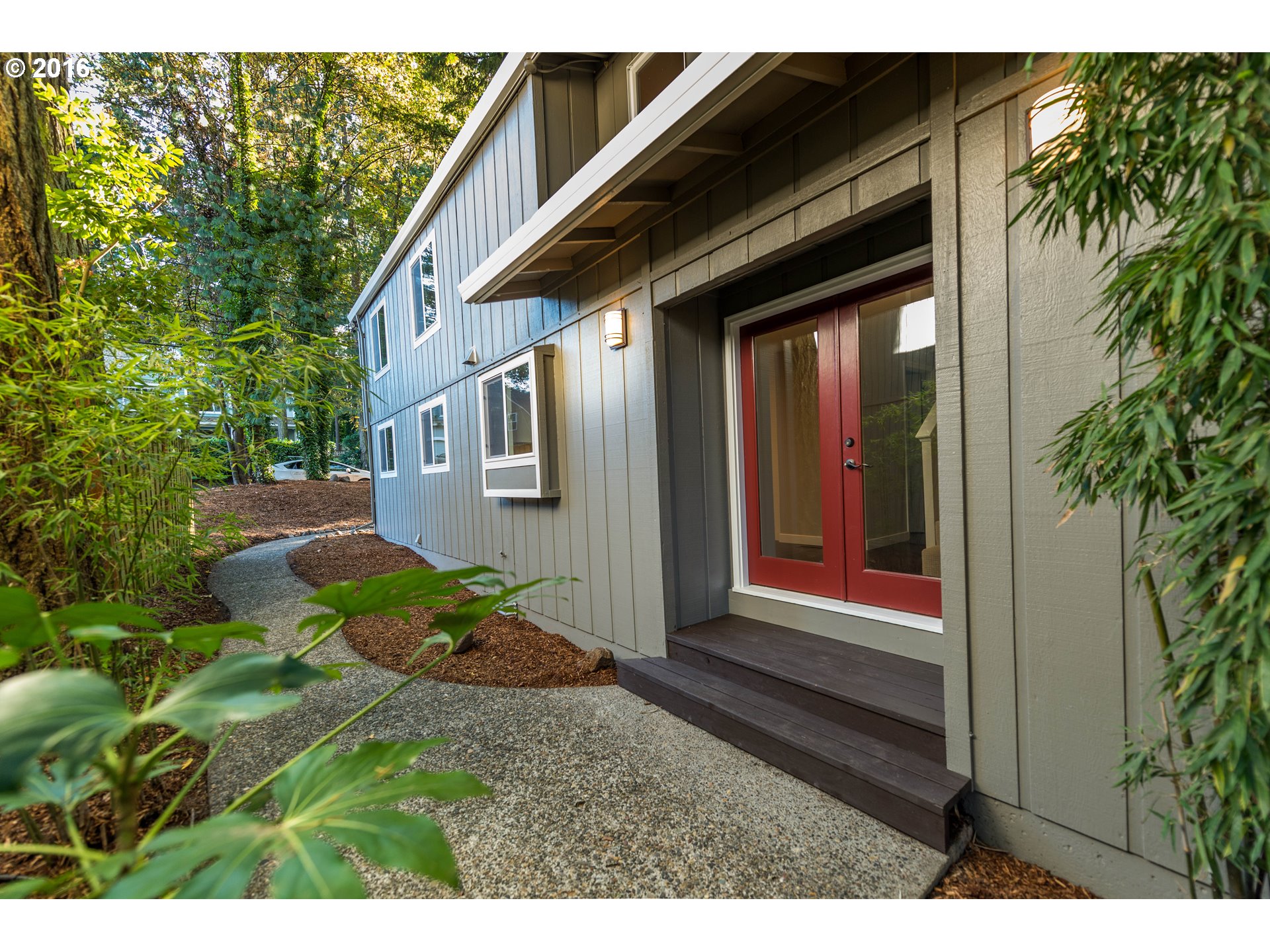
64 Touchstone Lake Oswego, OR 97035
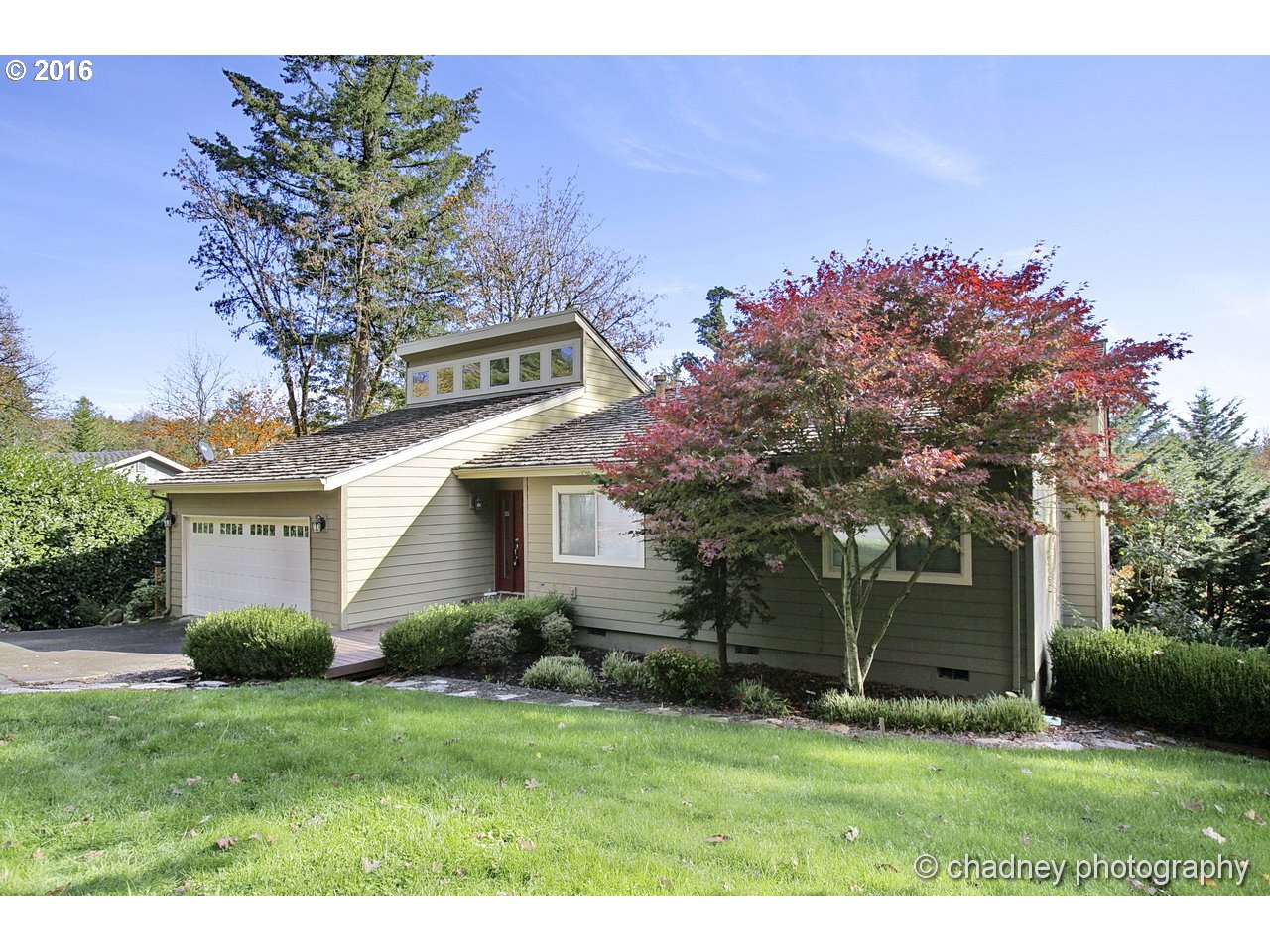
17872 Pilkington Rd Lake Oswego, OR 97035
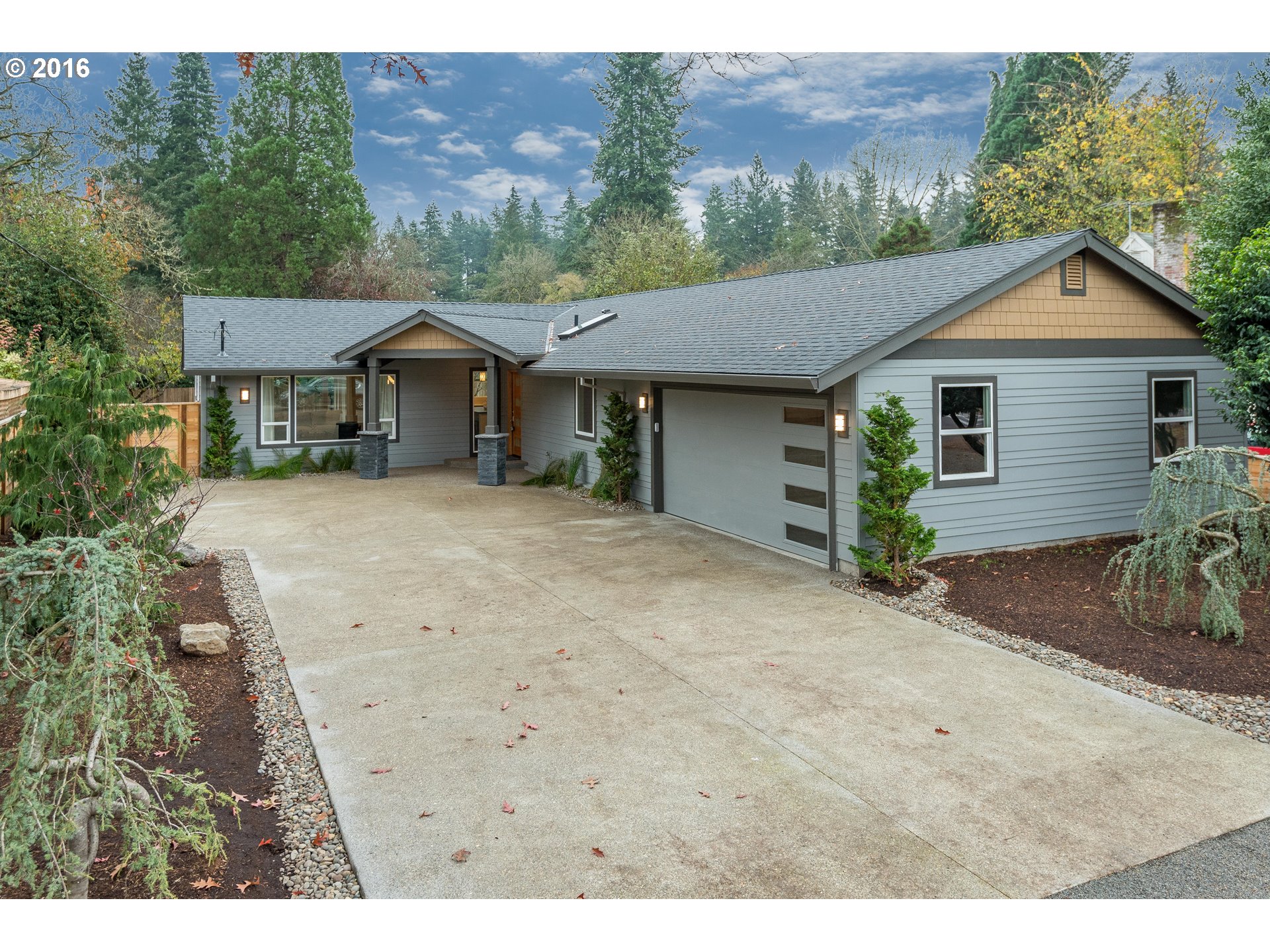
3520 Lanewood St Lake Oswego, OR 97035
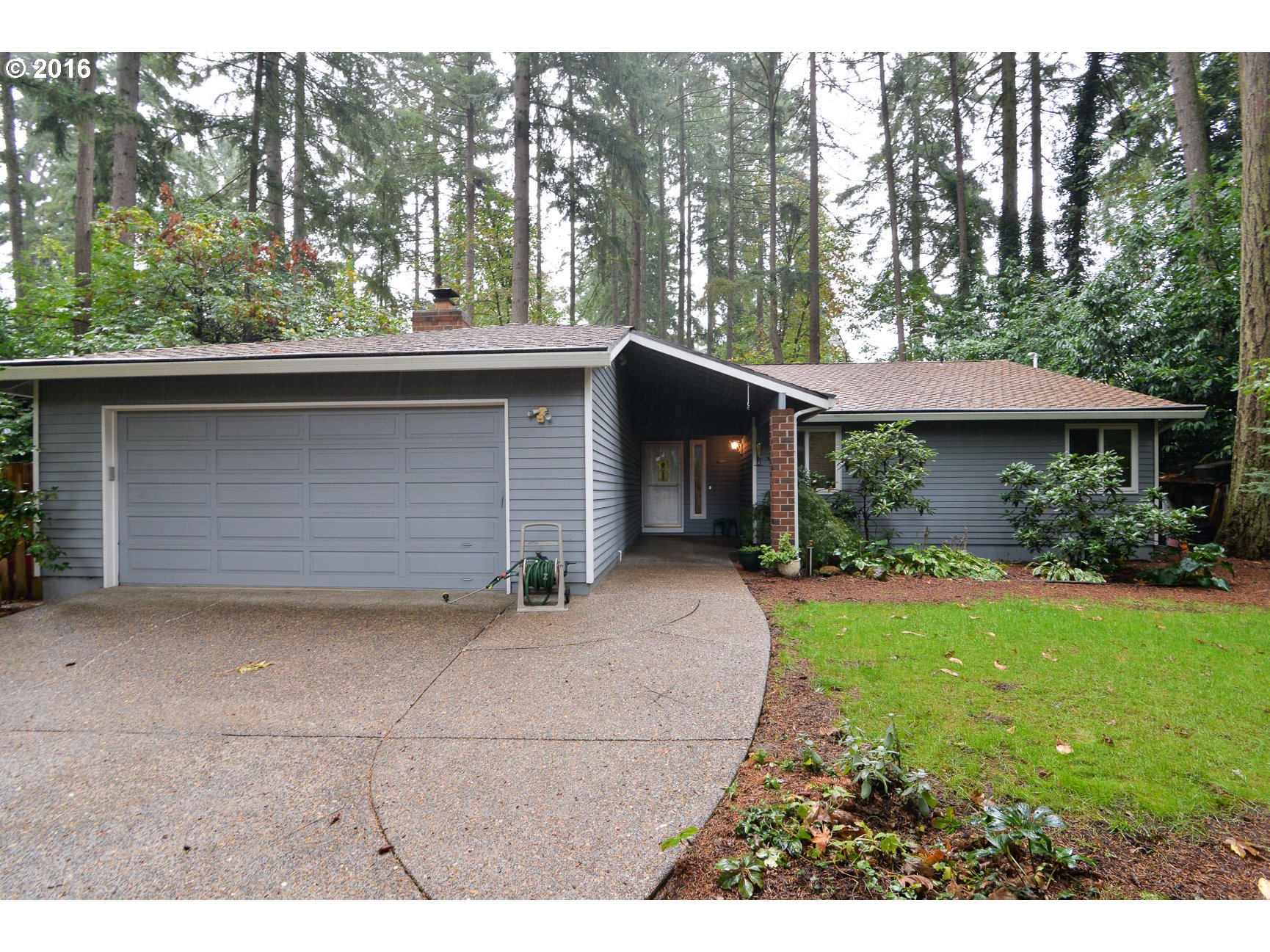
905 Country Club Rd Lake Oswego, OR 97034
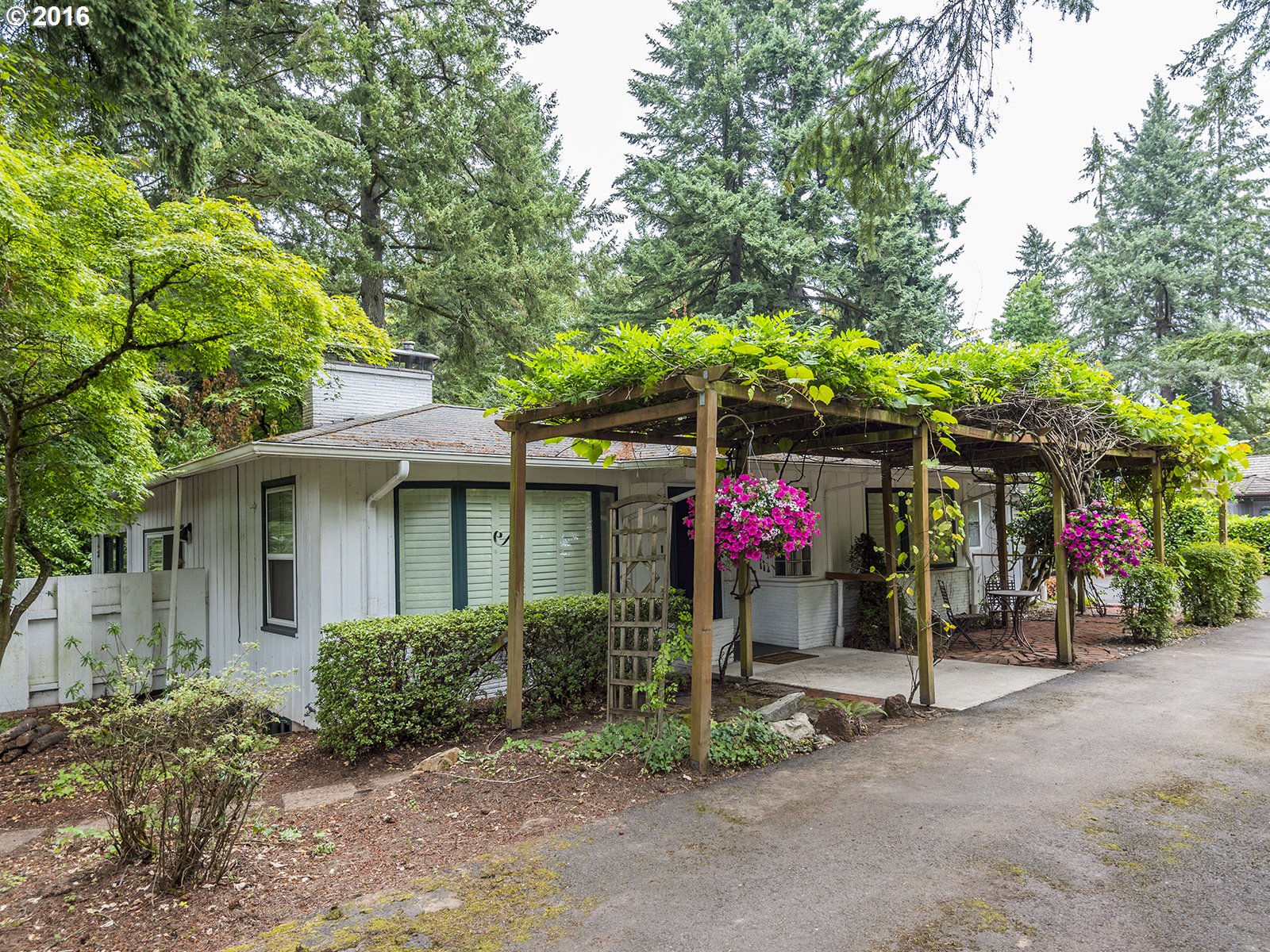
87 Tanglewood Dr Lake Oswego, OR 97035
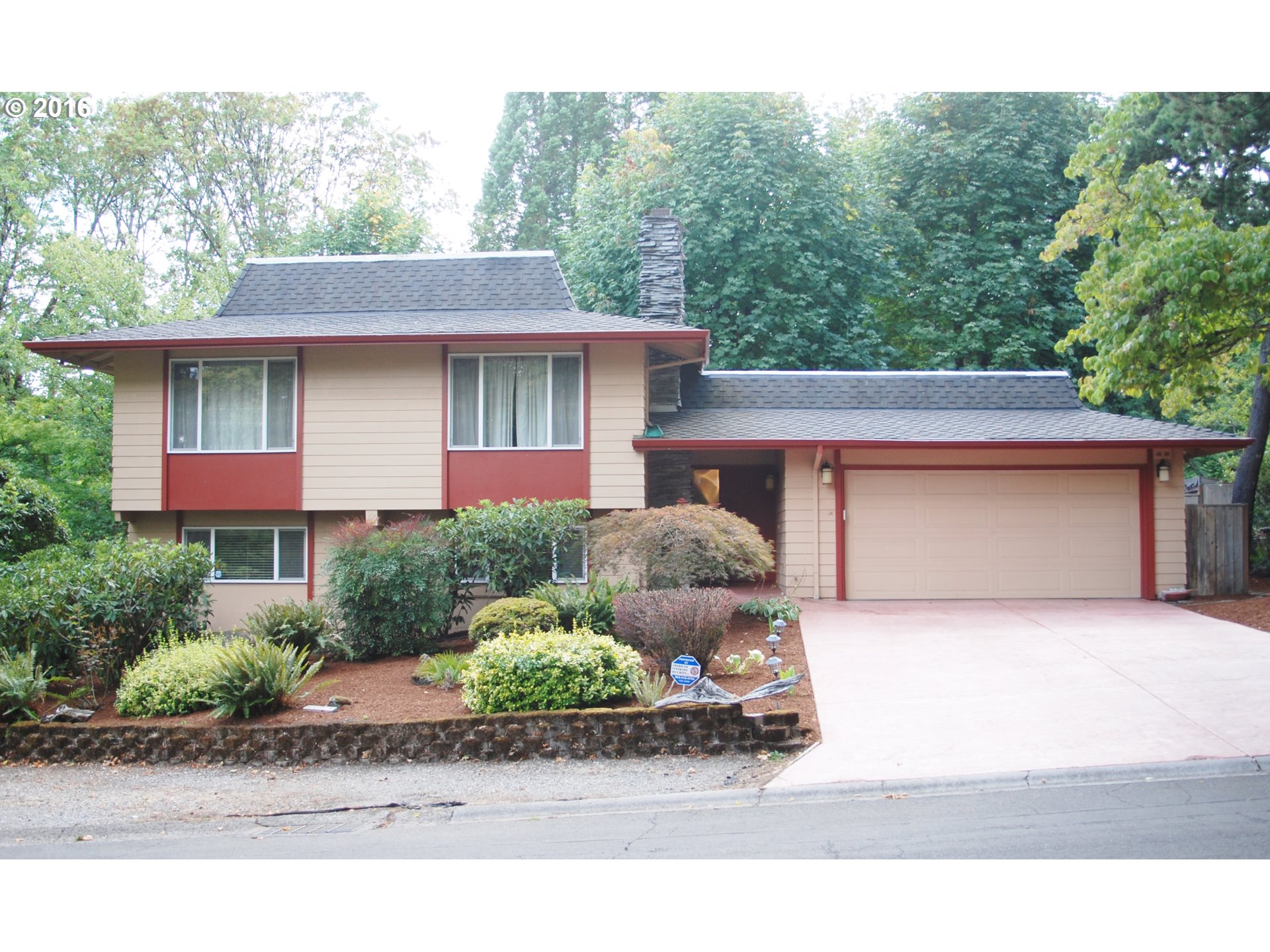
4400 Cobb Way Lake Oswego, OR 97035
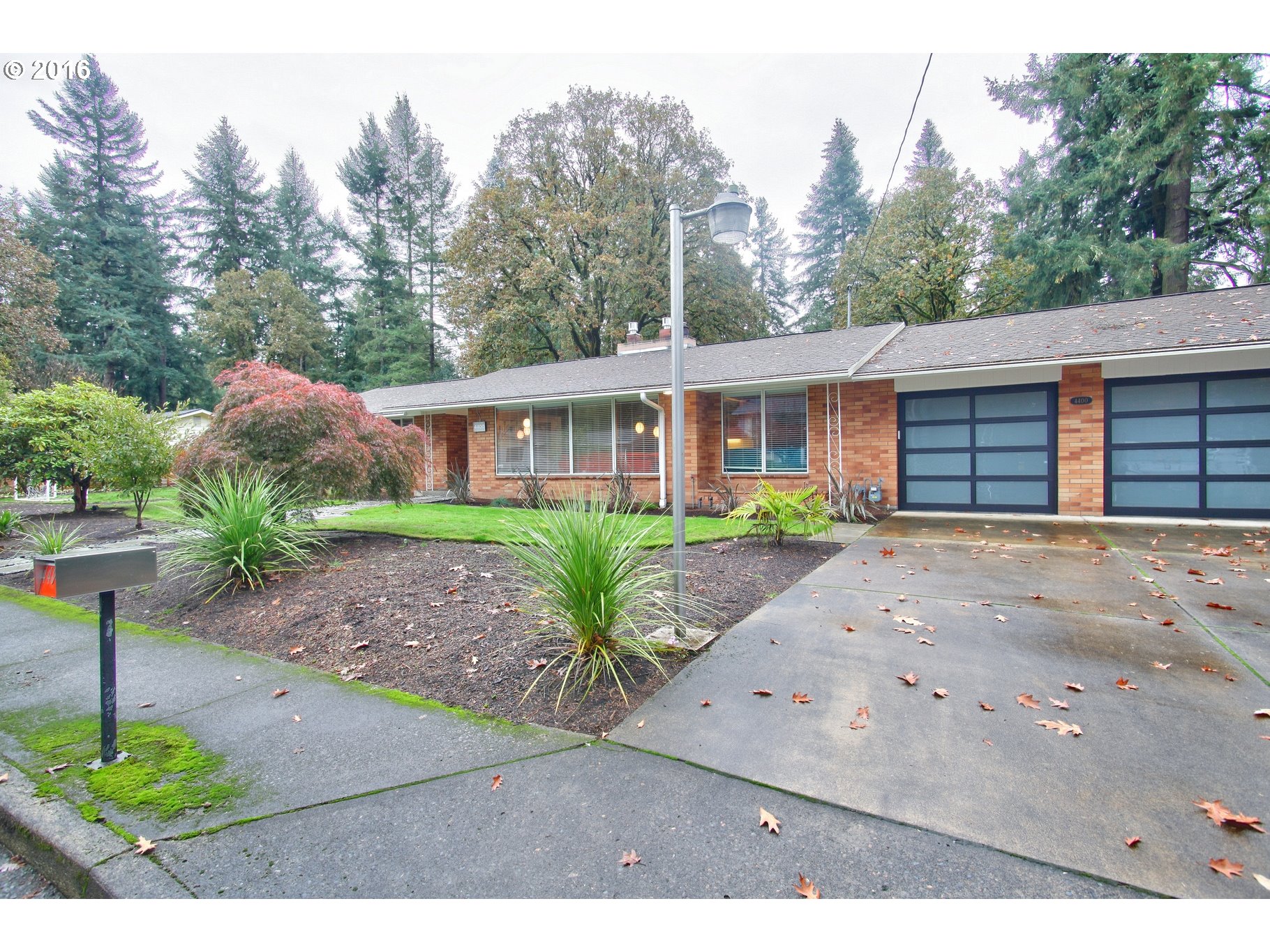
4575 Oakridge Rd Lake Oswego, OR 97035
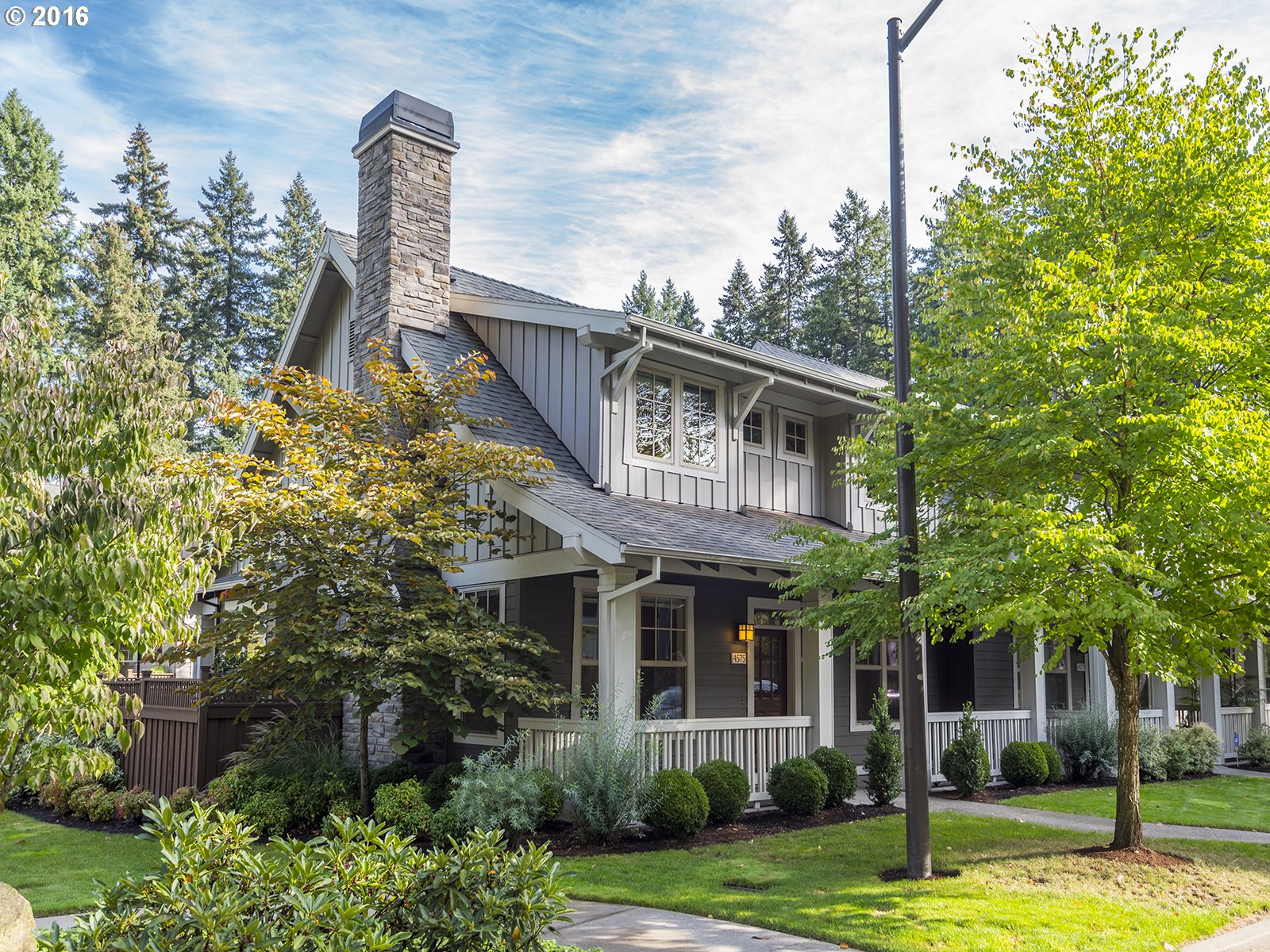
1031 Oxford Dr Lake Oswego, OR 97034
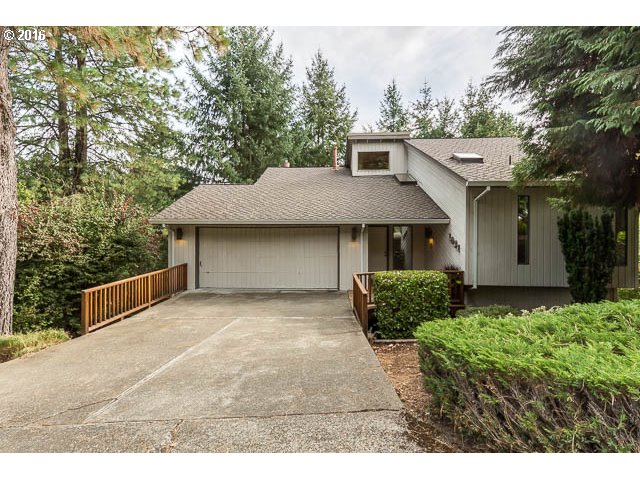
16849 Lakeridge Dr Lake Oswego, OR 97034
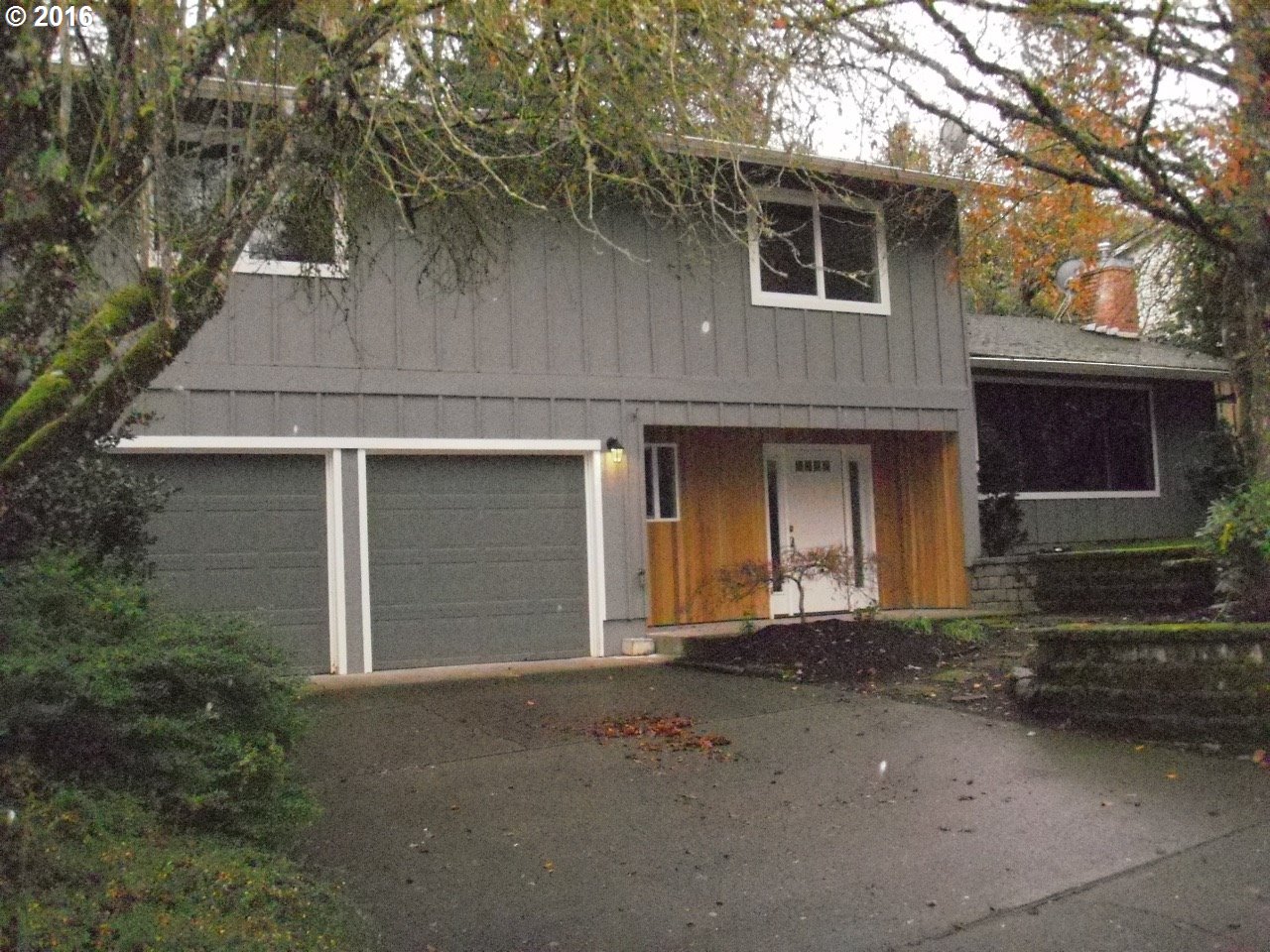
48 Aquinas St Lake Oswego, OR 97035
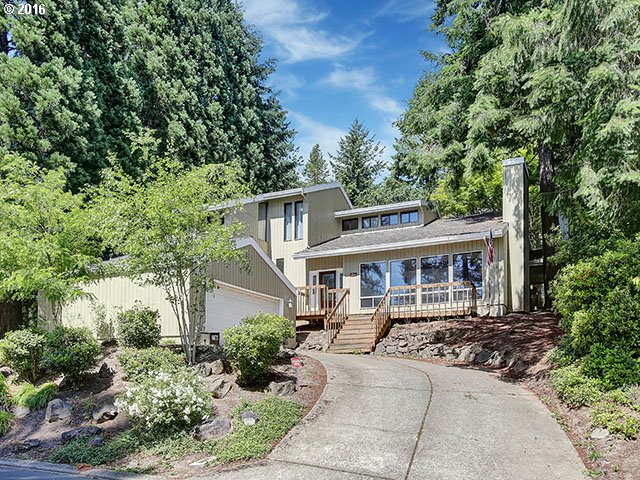
19 Falstaff St Lake Oswego, OR 97035
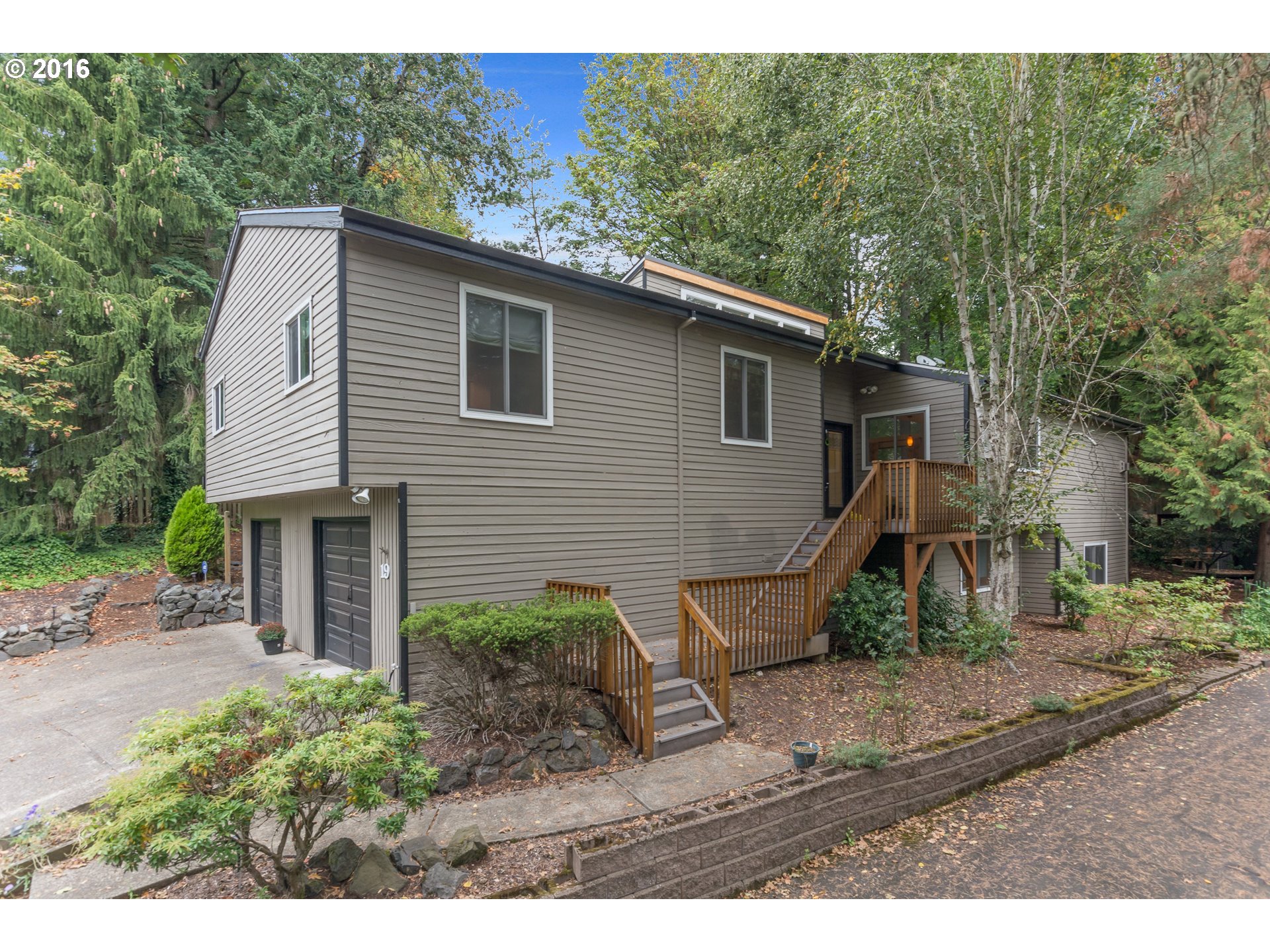
16577 Glenwood Ct Lake Oswego, OR 97034
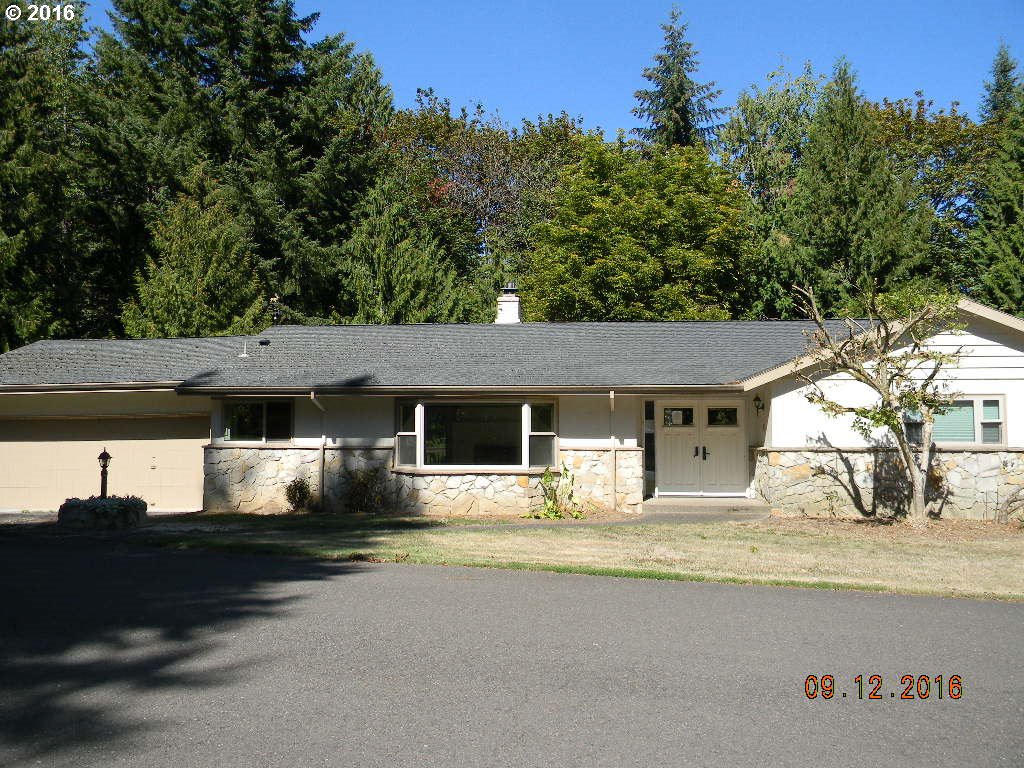
5750 Washington Ct Lake Oswego, OR 97035

208 Ash St Lake Oswego, OR 97034
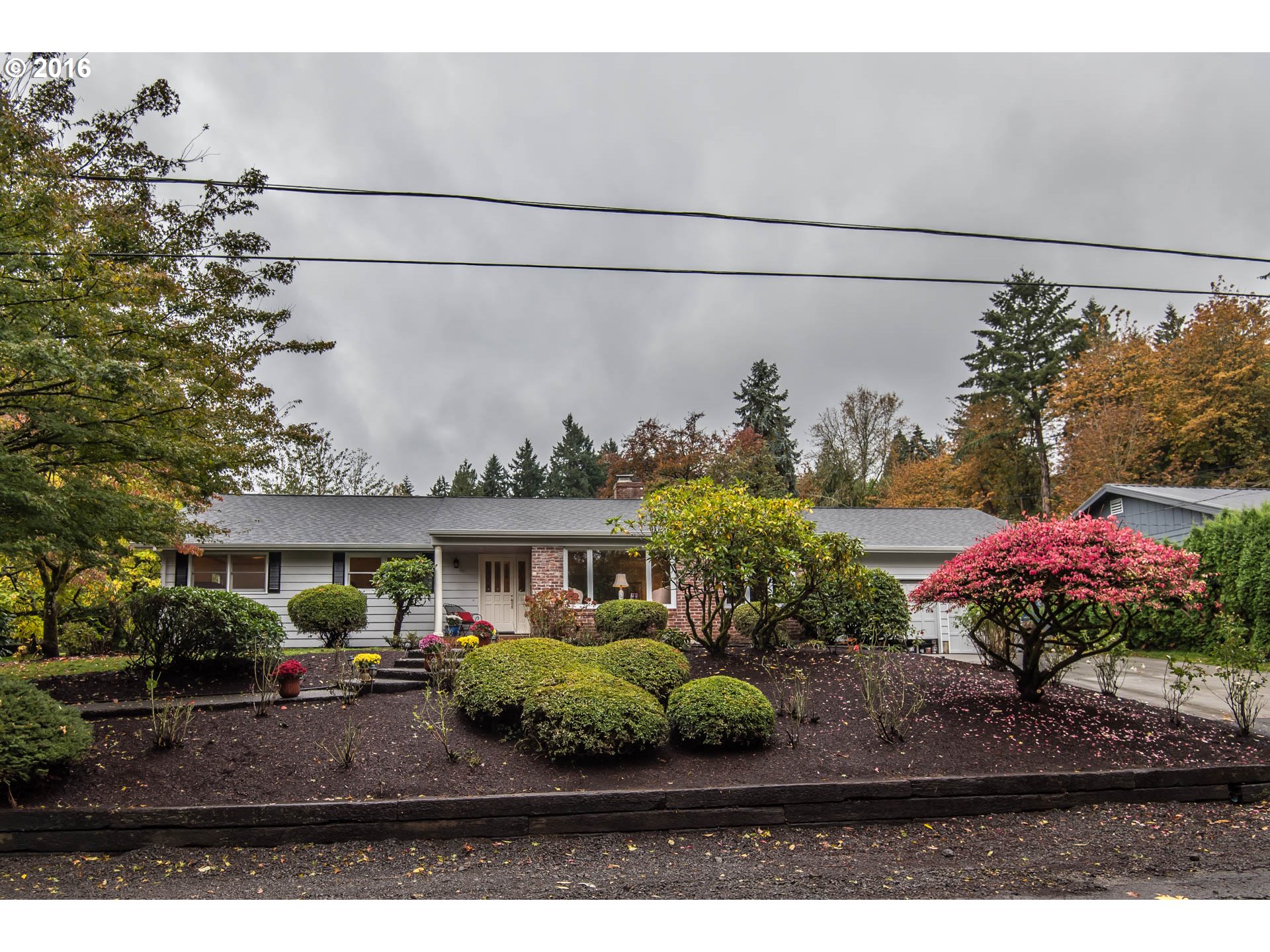
937 Country Club Rd Lake Oswego, OR 97034
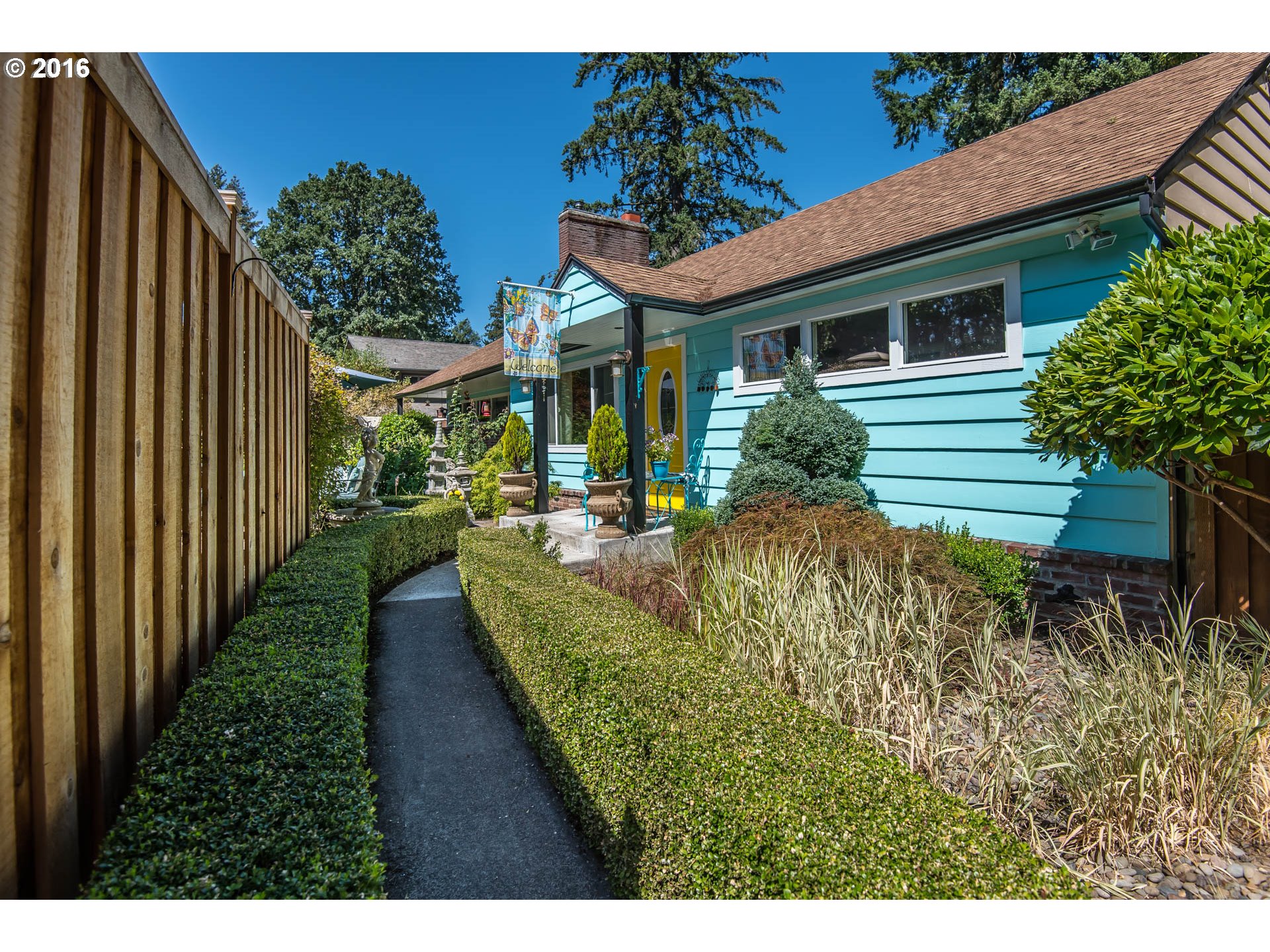
6244 Frost Ln Lake Oswego, OR 97035
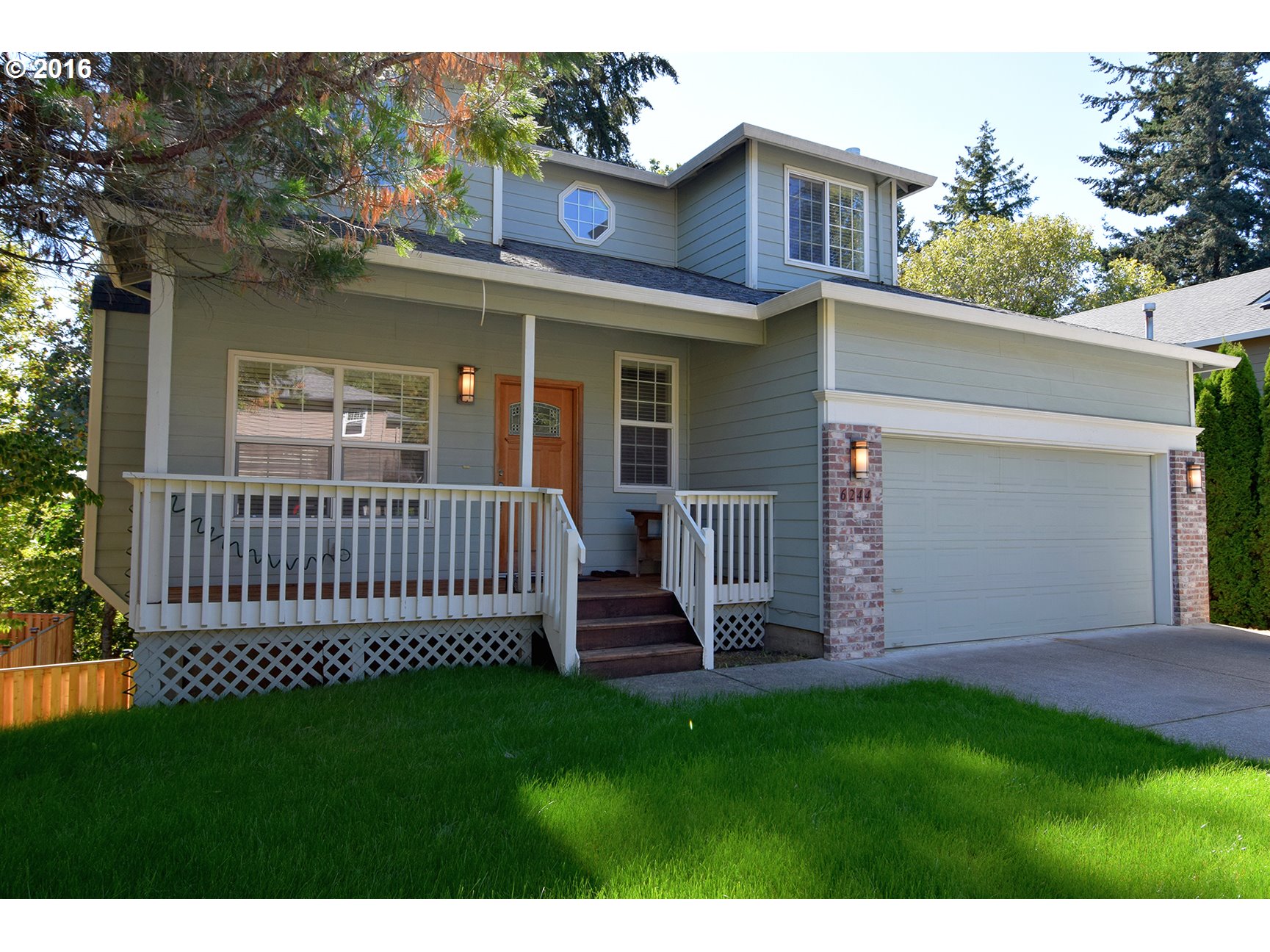
4950 Centerwood St Lake Oswego, OR 97035
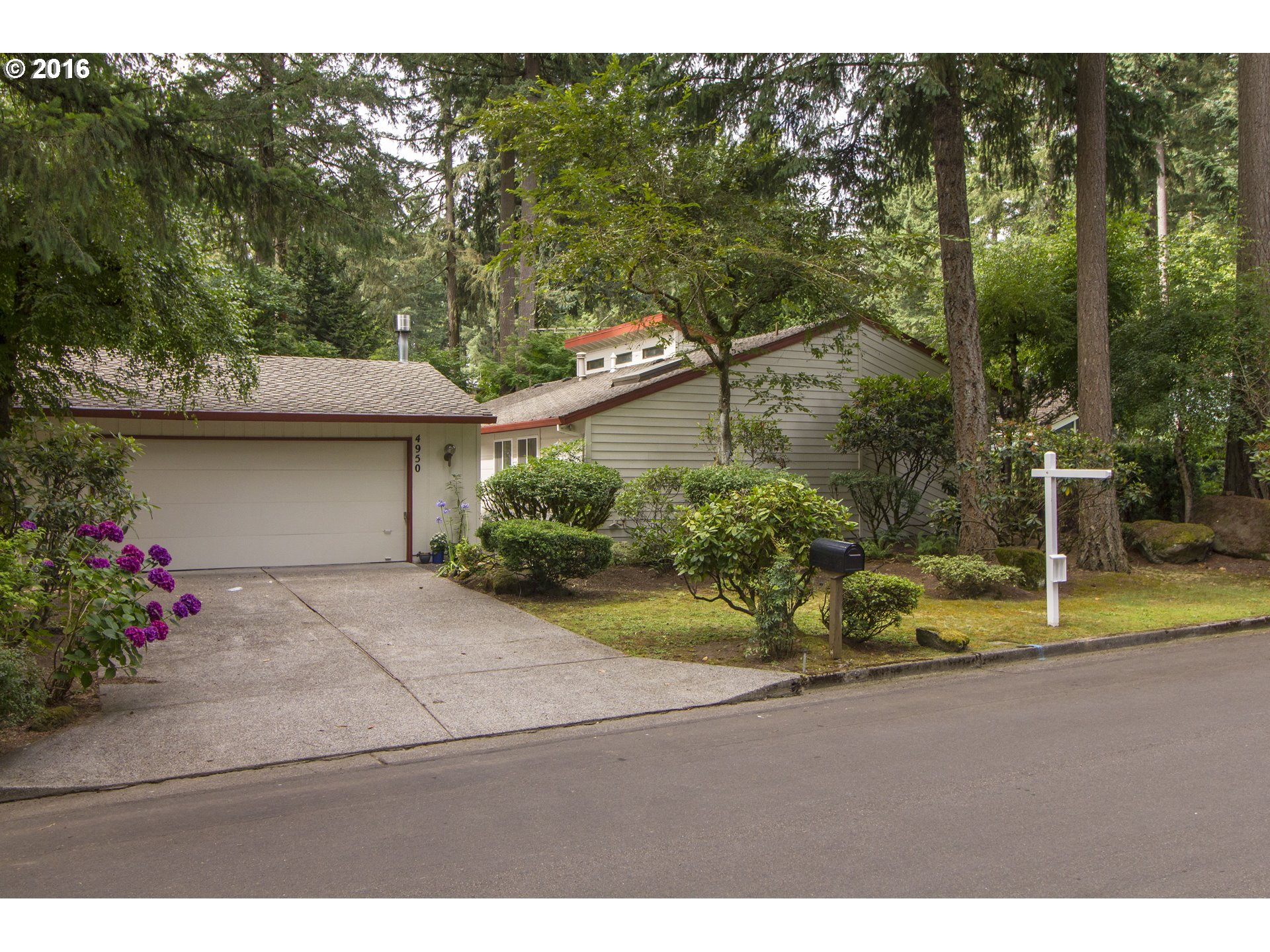
17 Laurel St Lake Oswego, OR 97034

14555 Sherbrook Pl Lake Oswego, OR 97035

4660 Wildwood St Lake Oswego, OR 97035
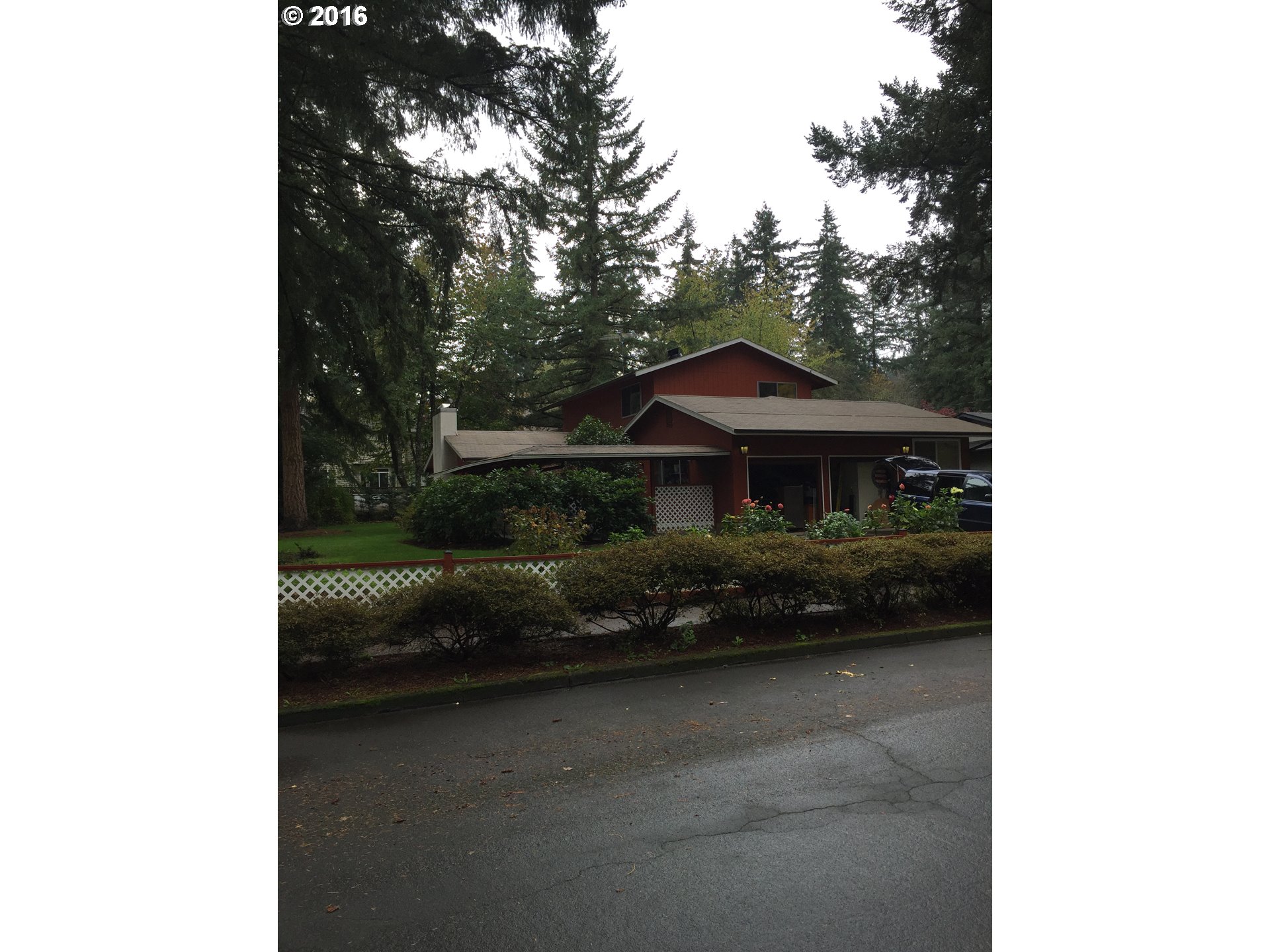
1709 Meadows Dr Lake Oswego, OR 97034
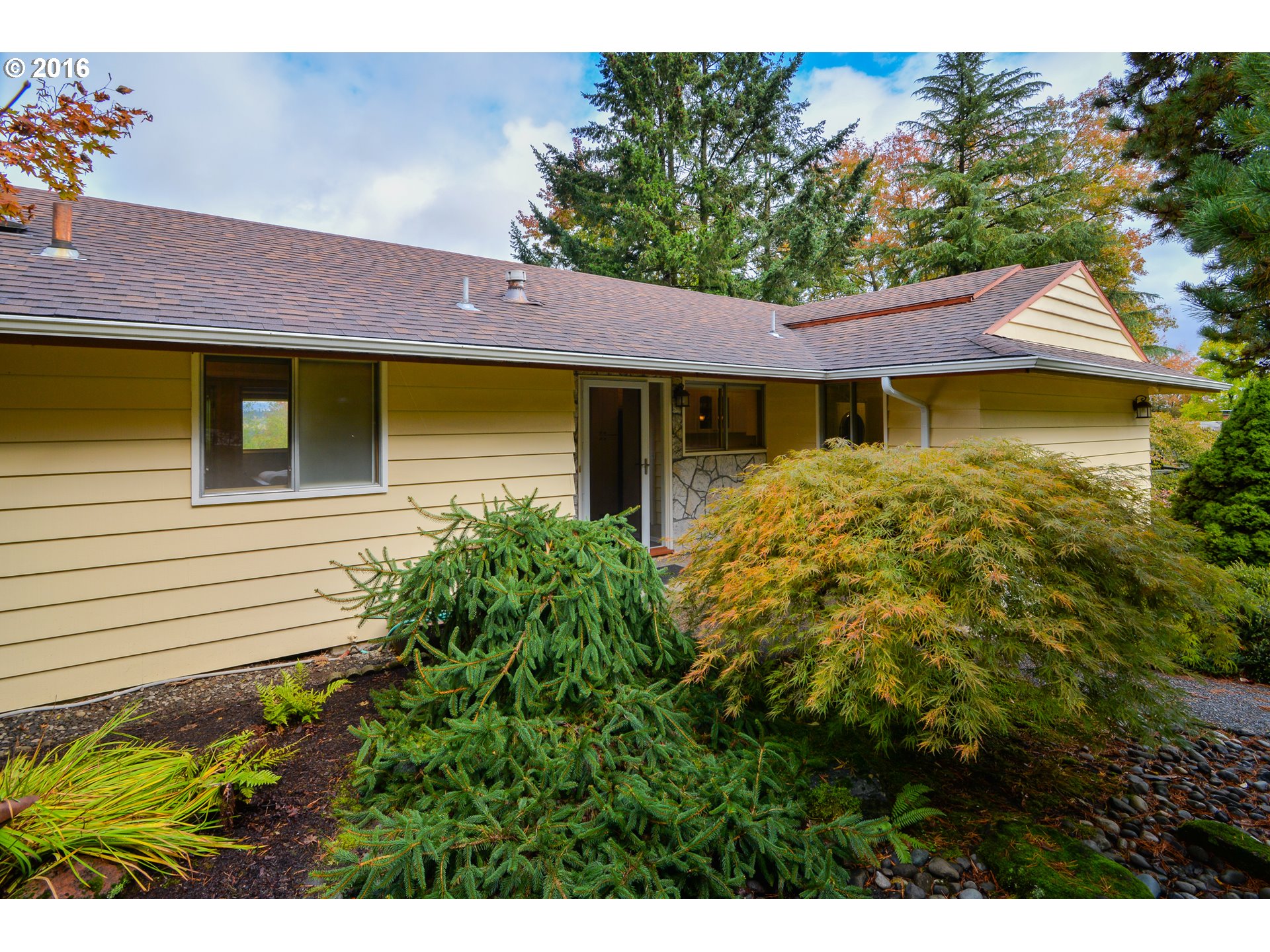
15 Touchstone Lake Oswego, OR 97035
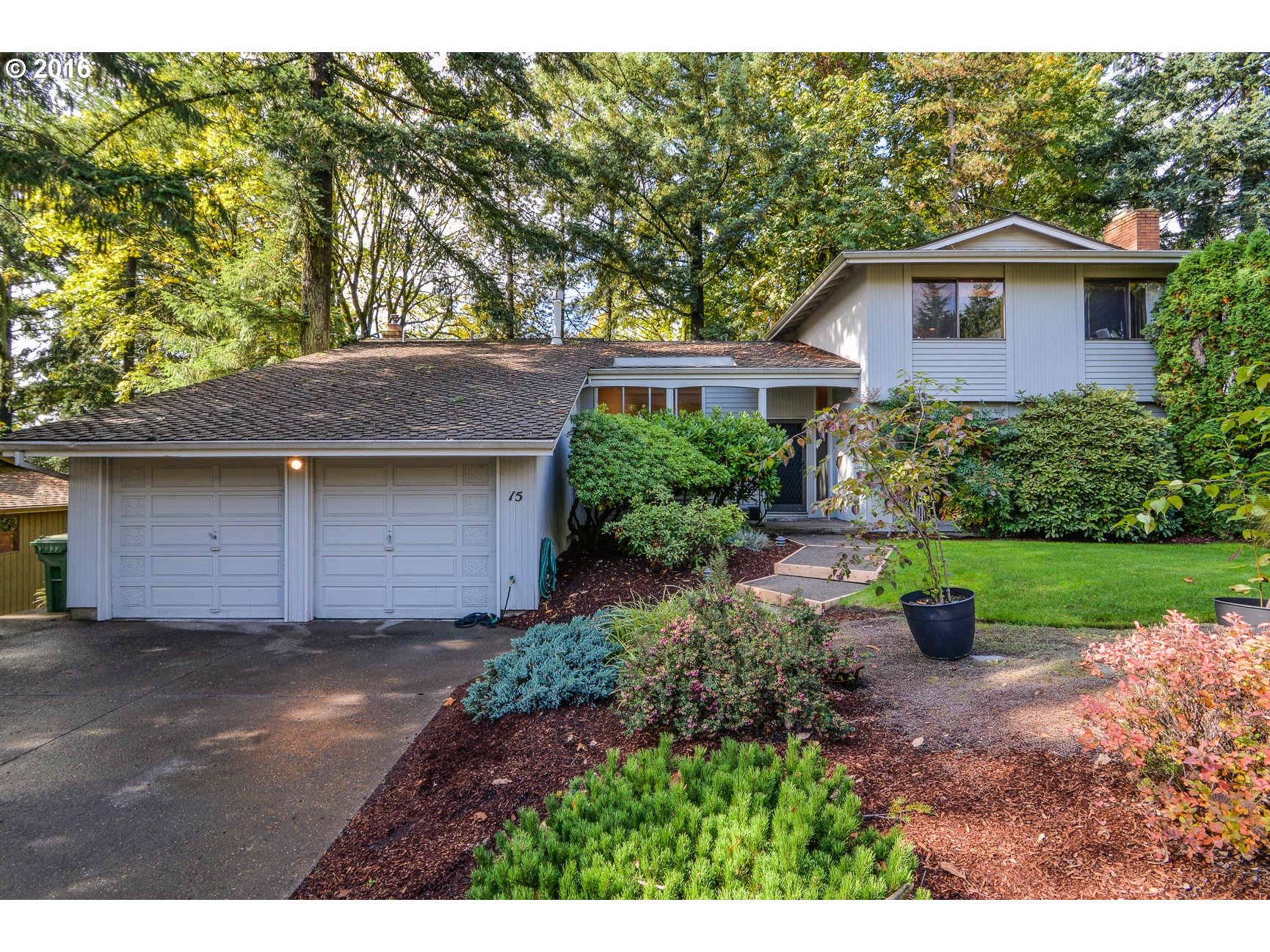
19242 Terry Ave Lake Oswego, OR 97035
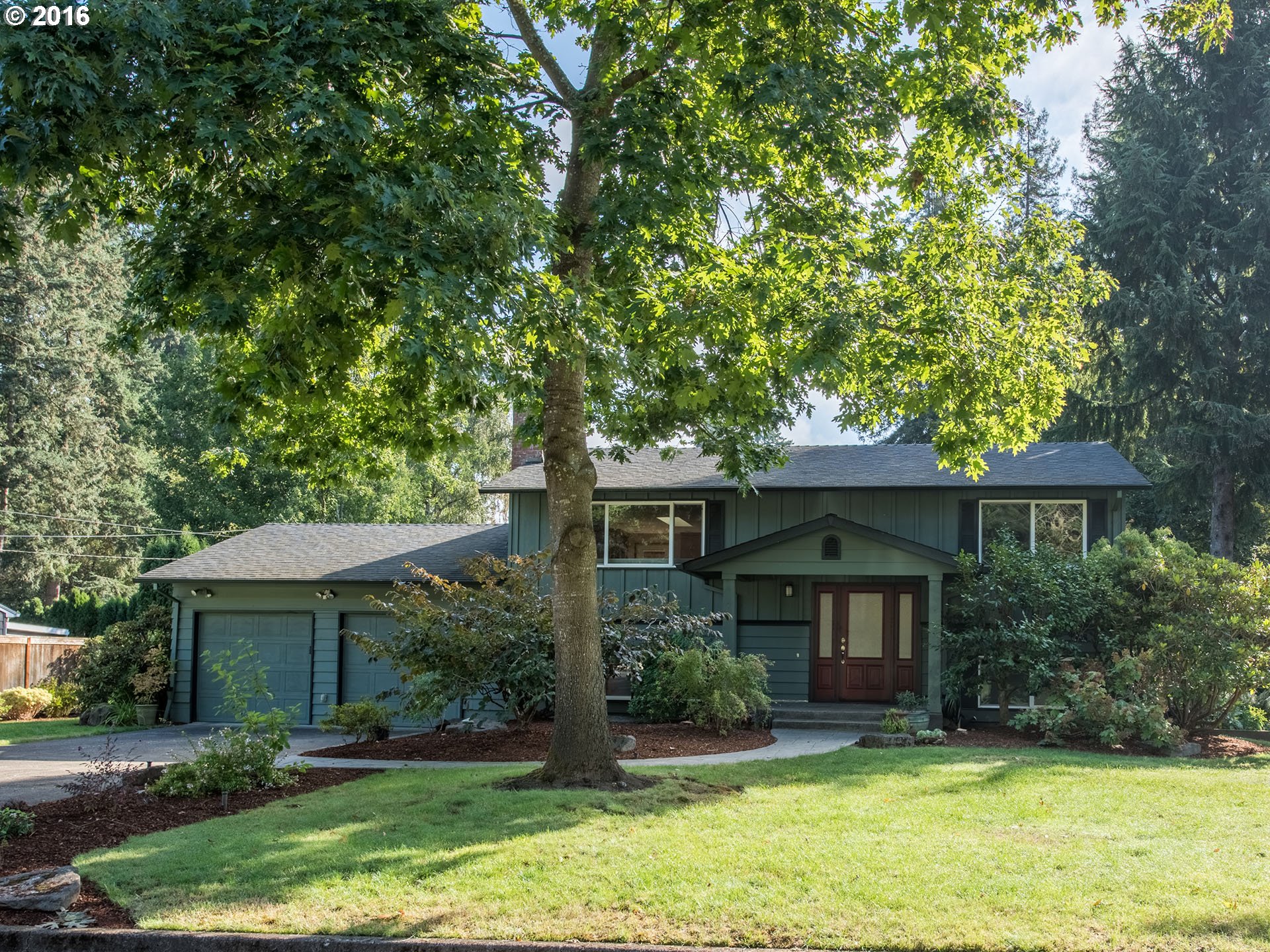
17766 Arbor Ln Lake Oswego, OR 97035
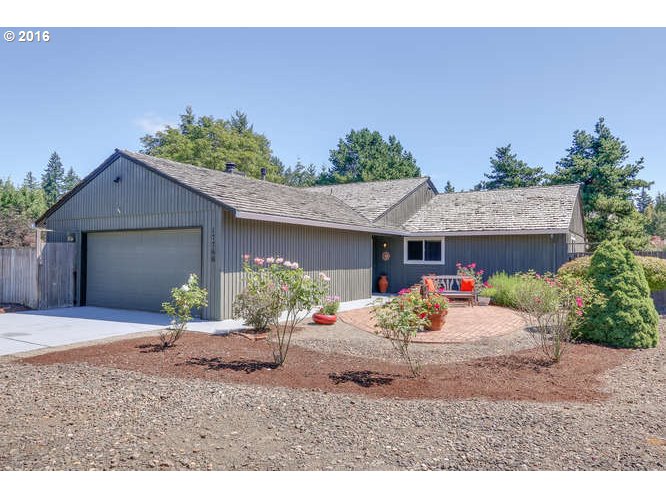
19235 Redwing Ct Lake Oswego, OR 97035

29 Becket St Lake Oswego, OR 97035
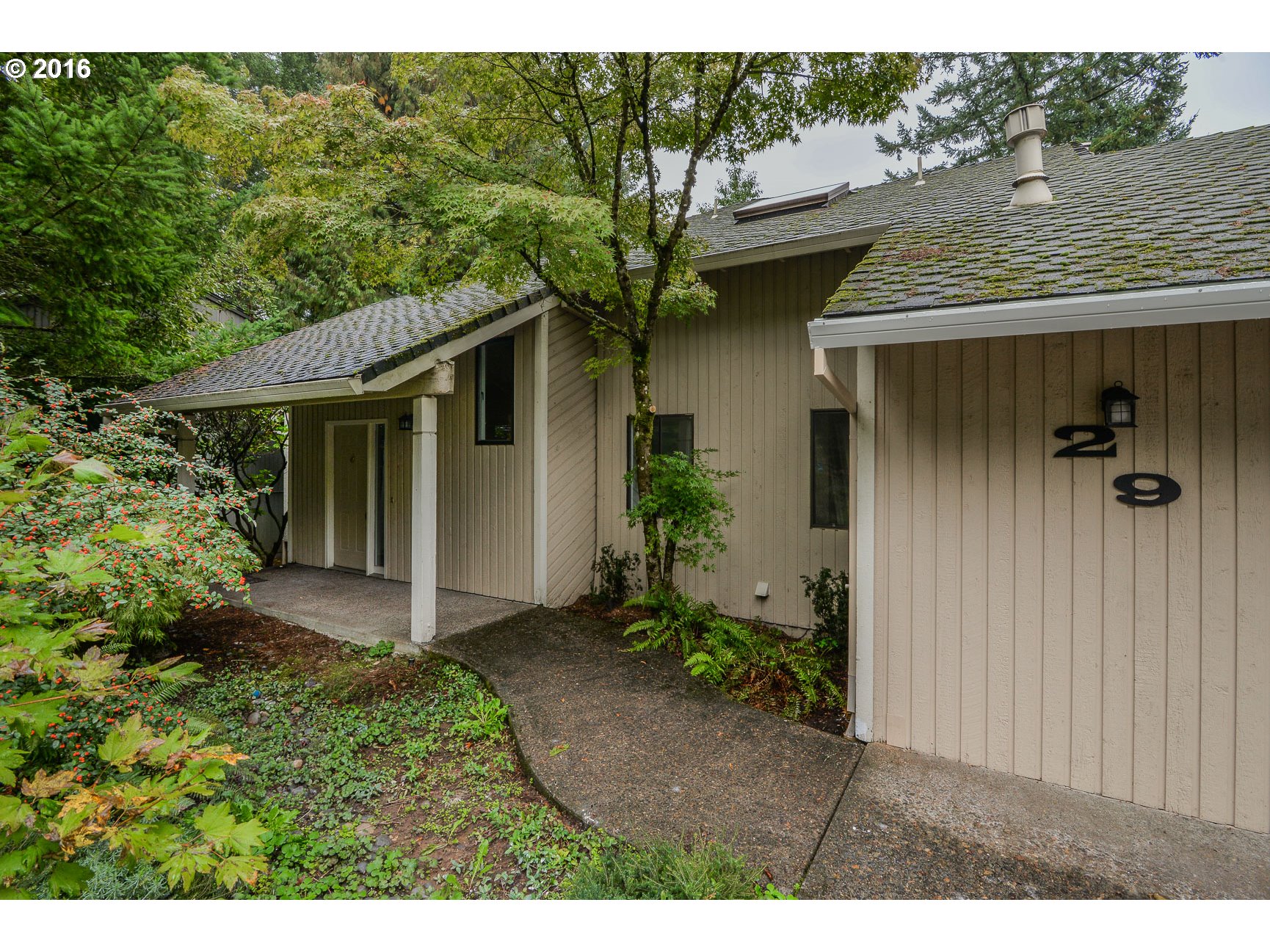
14798 Davis Ln Lake Oswego, OR 97035
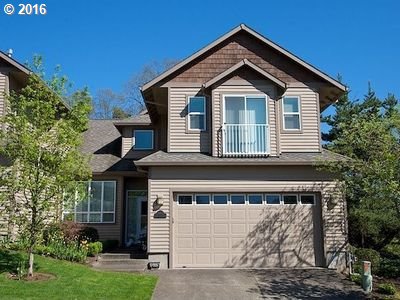
5717 Bonita Rd Lake Oswego, OR 97035
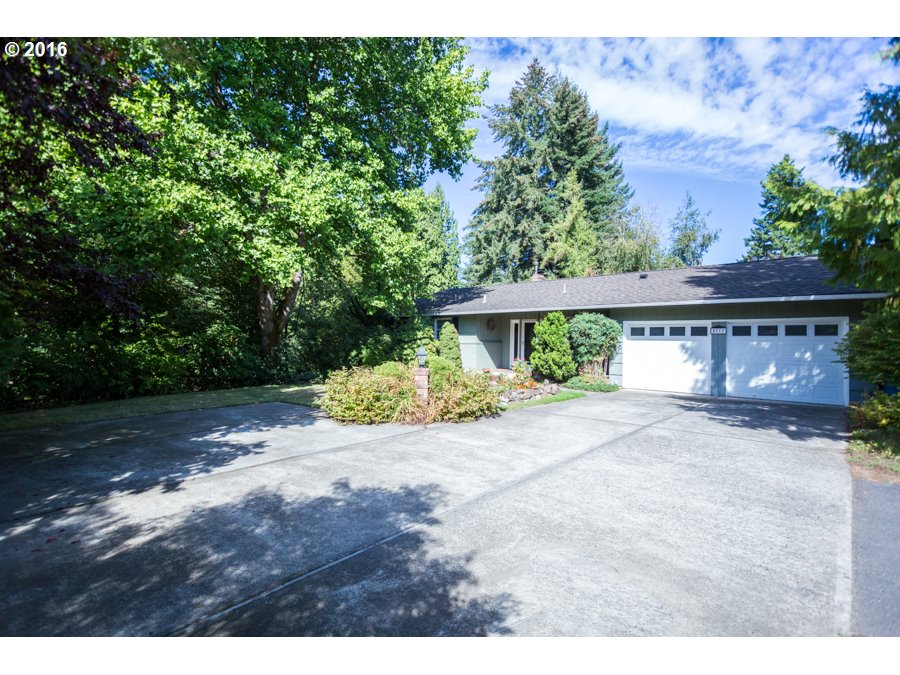
2815 Sw Orchard Hill Pl Portland, OR 97035

4323 Lakeview Blvd Lake Oswego, OR 97035
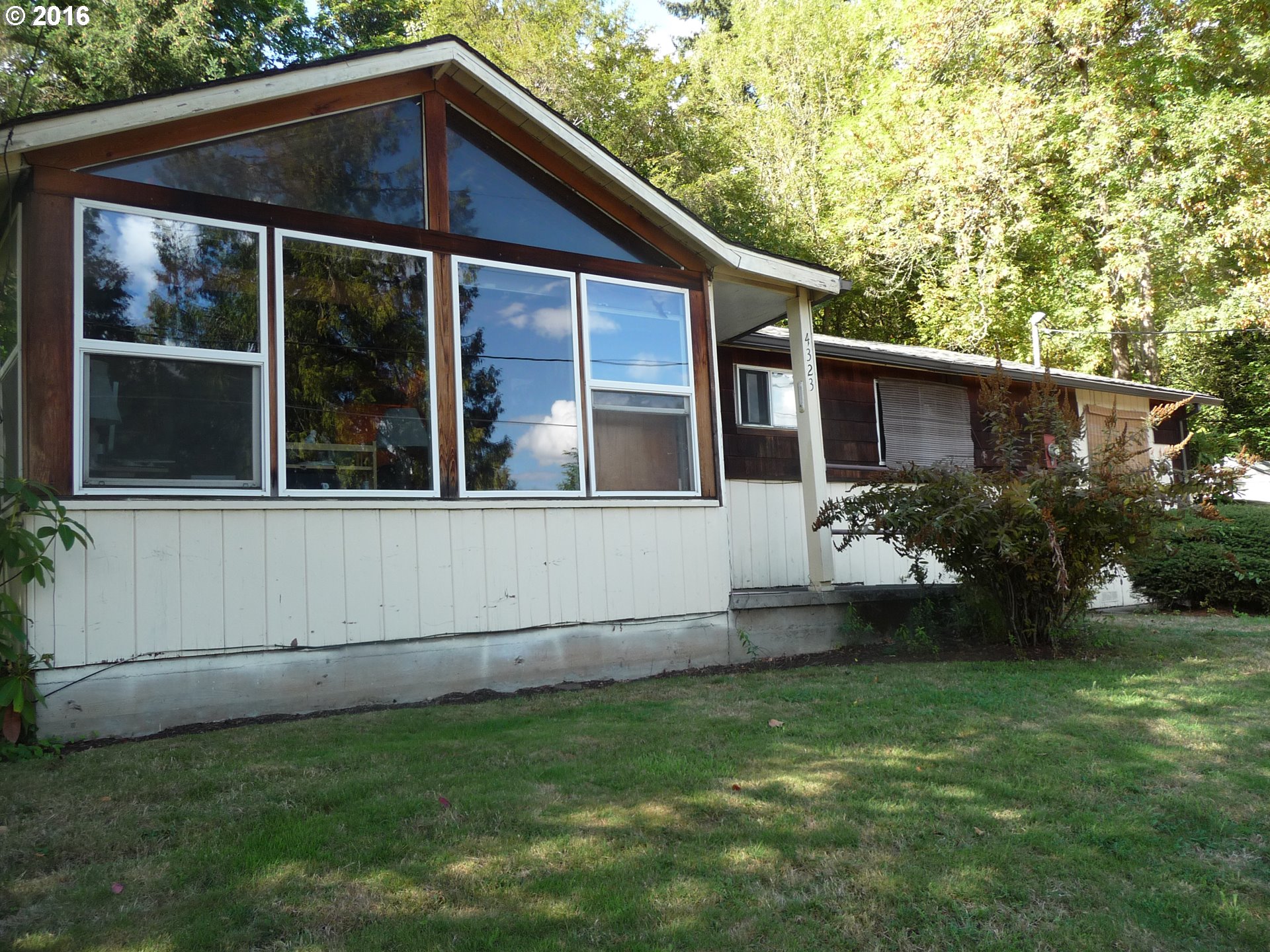
668 Mcvey Ave #61 Lake Oswego, OR 97034
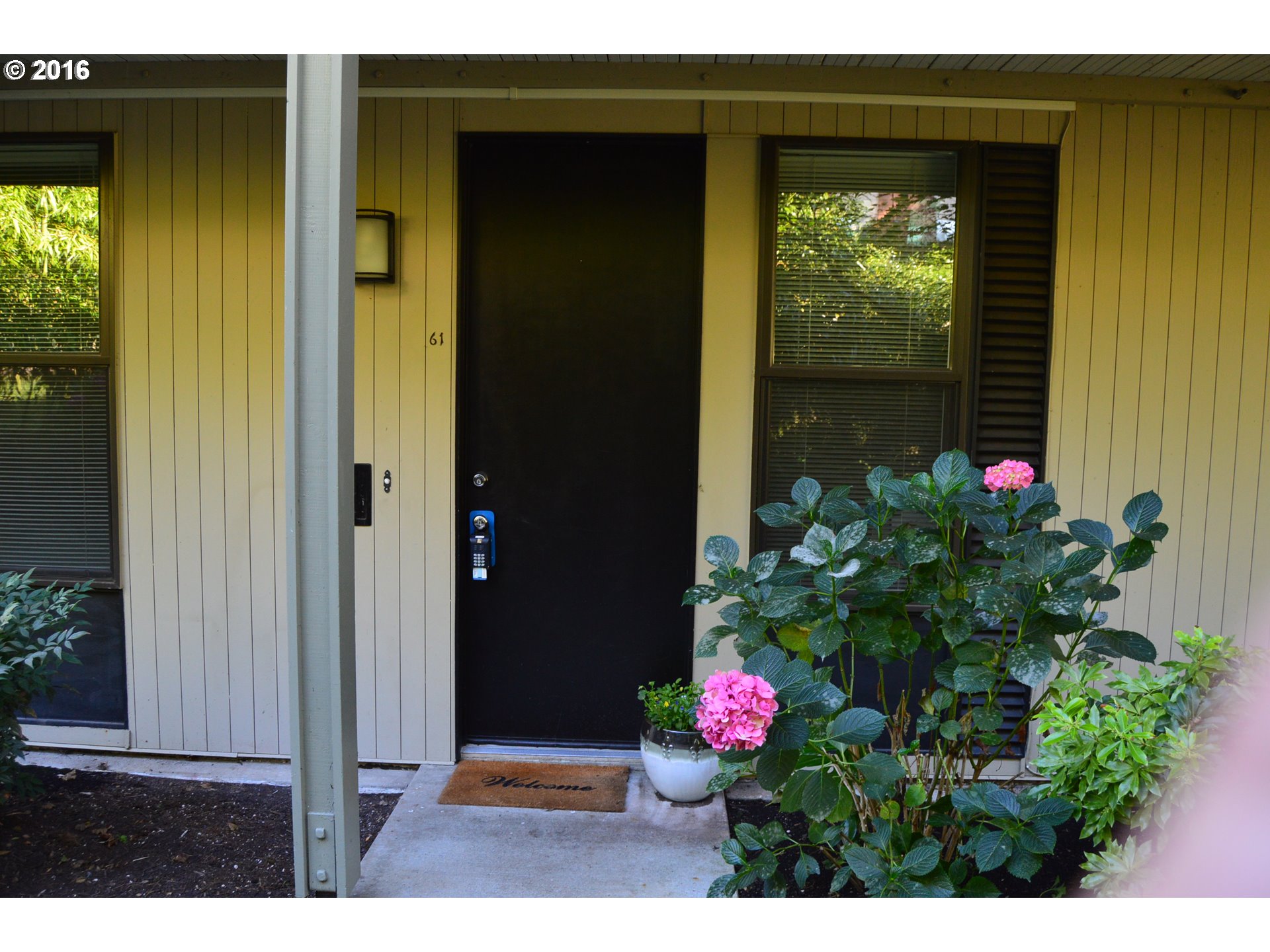
15 Masaryk St Lake Oswego, OR 97035

5635 Windfield Loop Lake Oswego, OR 97035
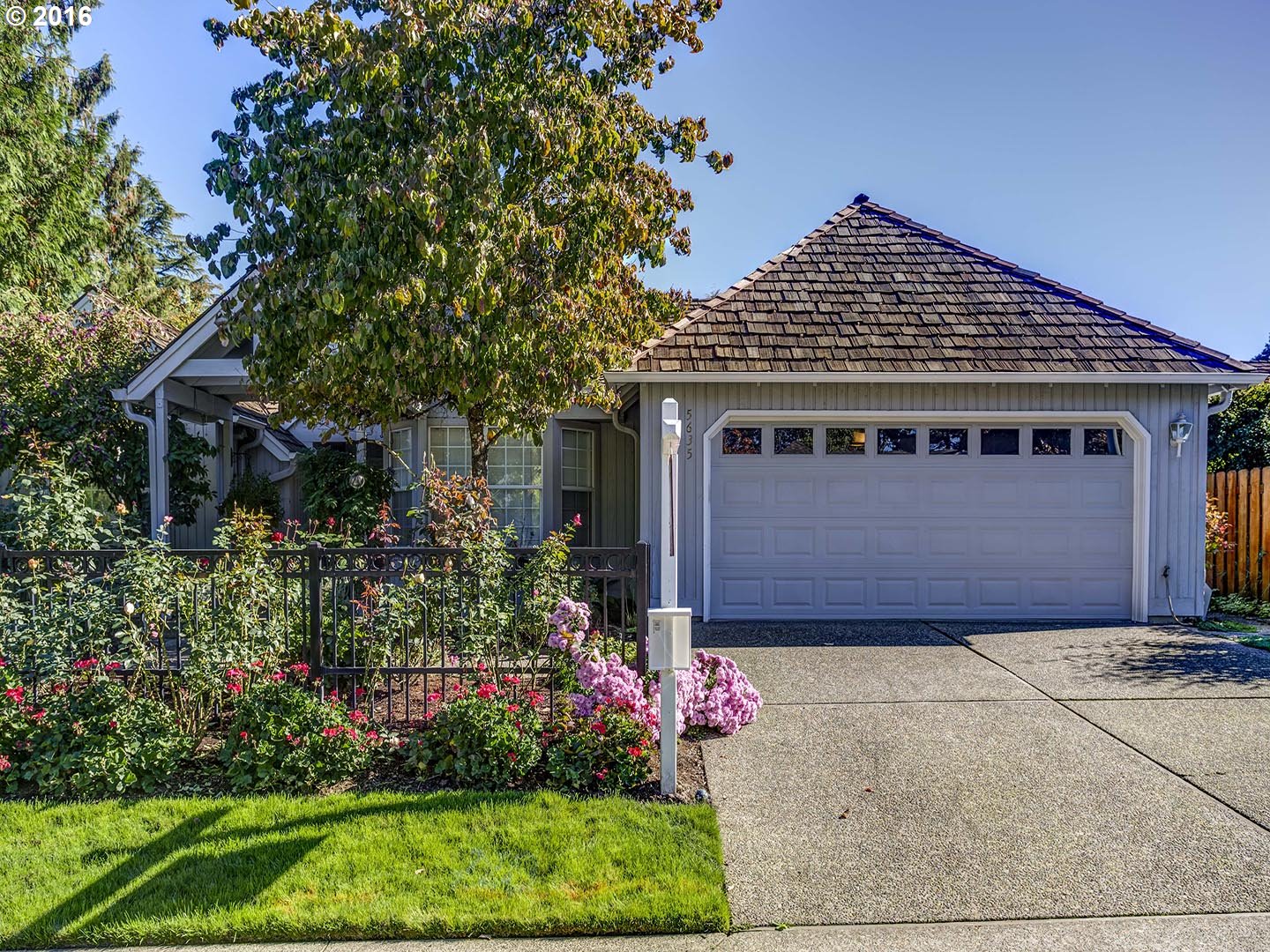
6040 Lakeview Blvd Lake Oswego, OR 97035
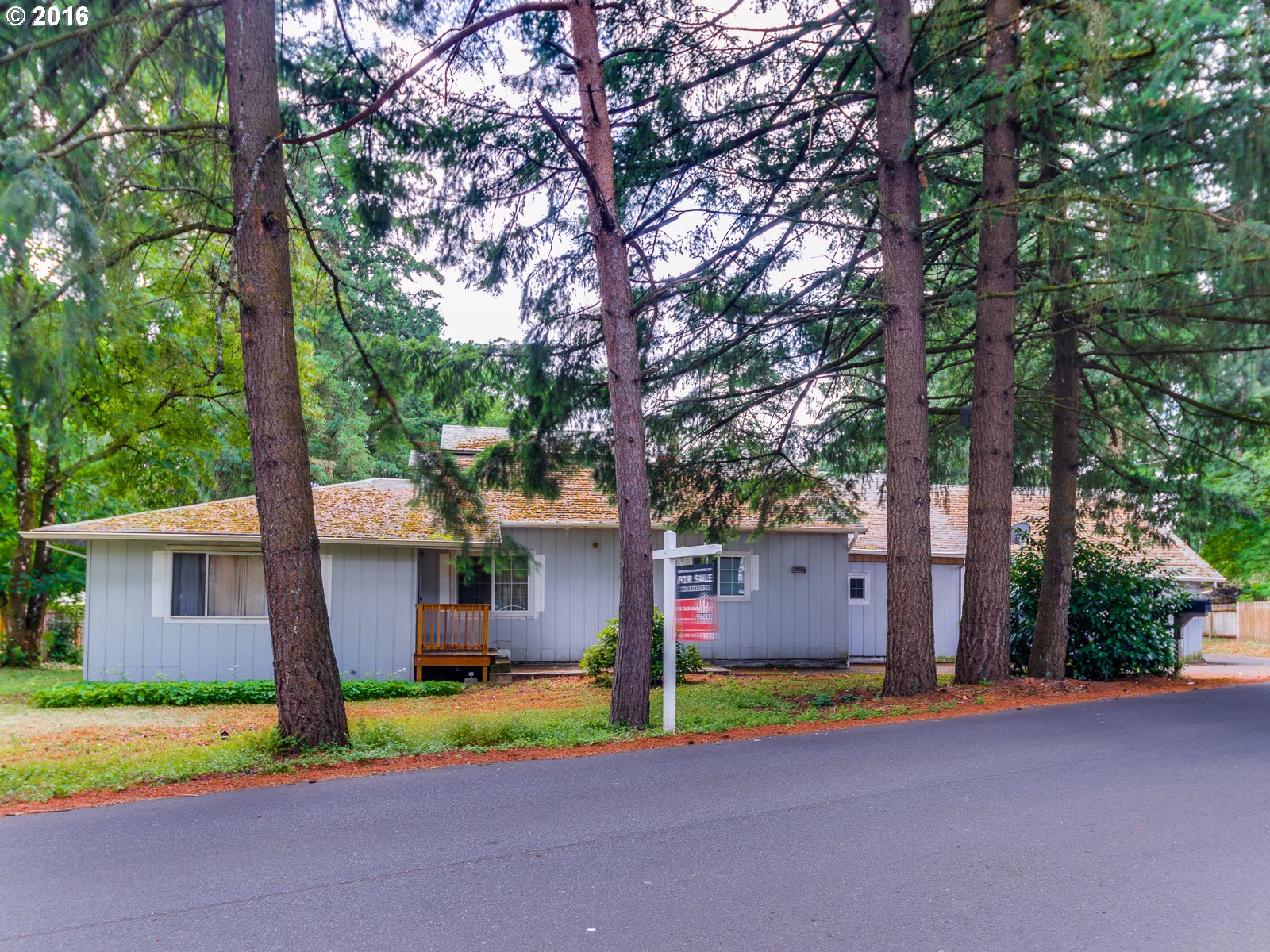
580 2nd St Lake Oswego, OR 97034
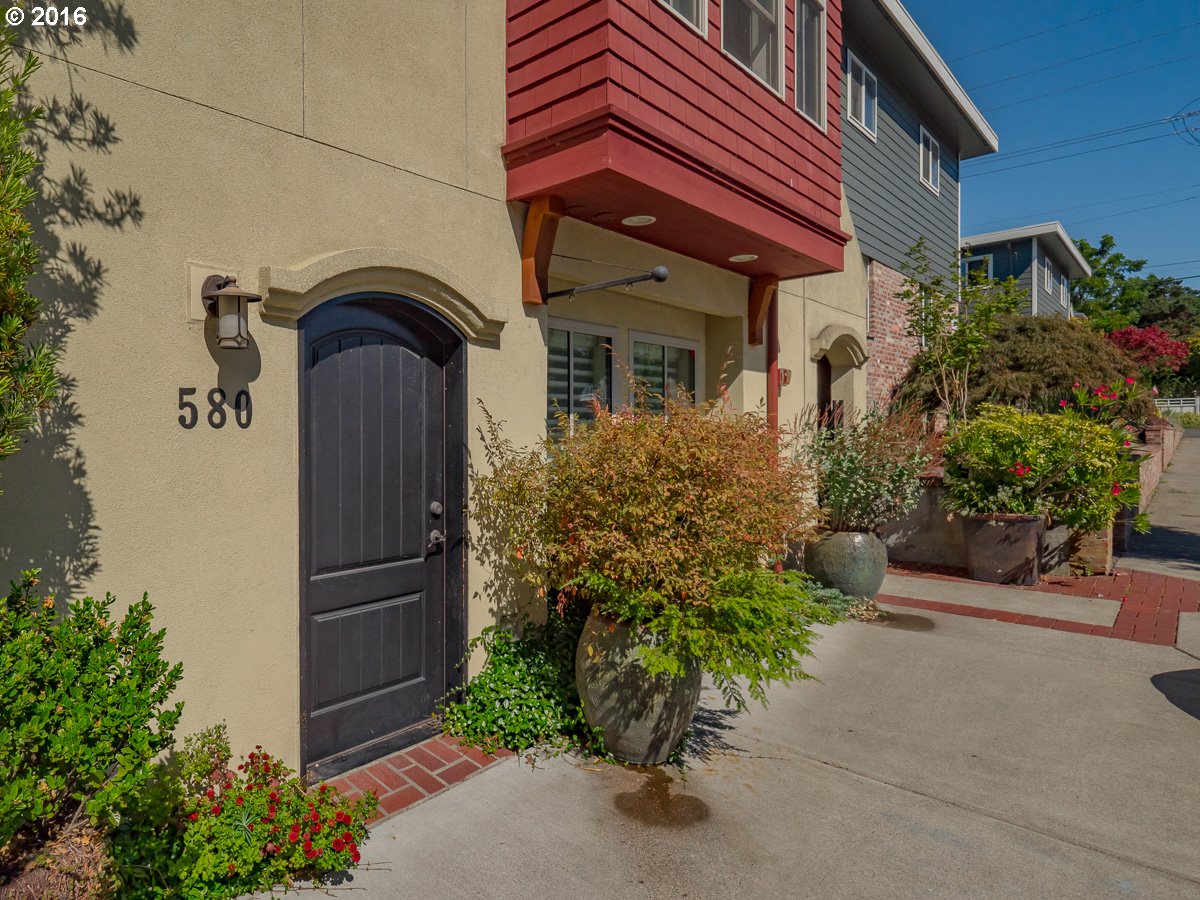
18914 Longfellow Ave Lake Oswego, OR 97035

13070 Boones Ferry Rd Lake Oswego, OR 97035
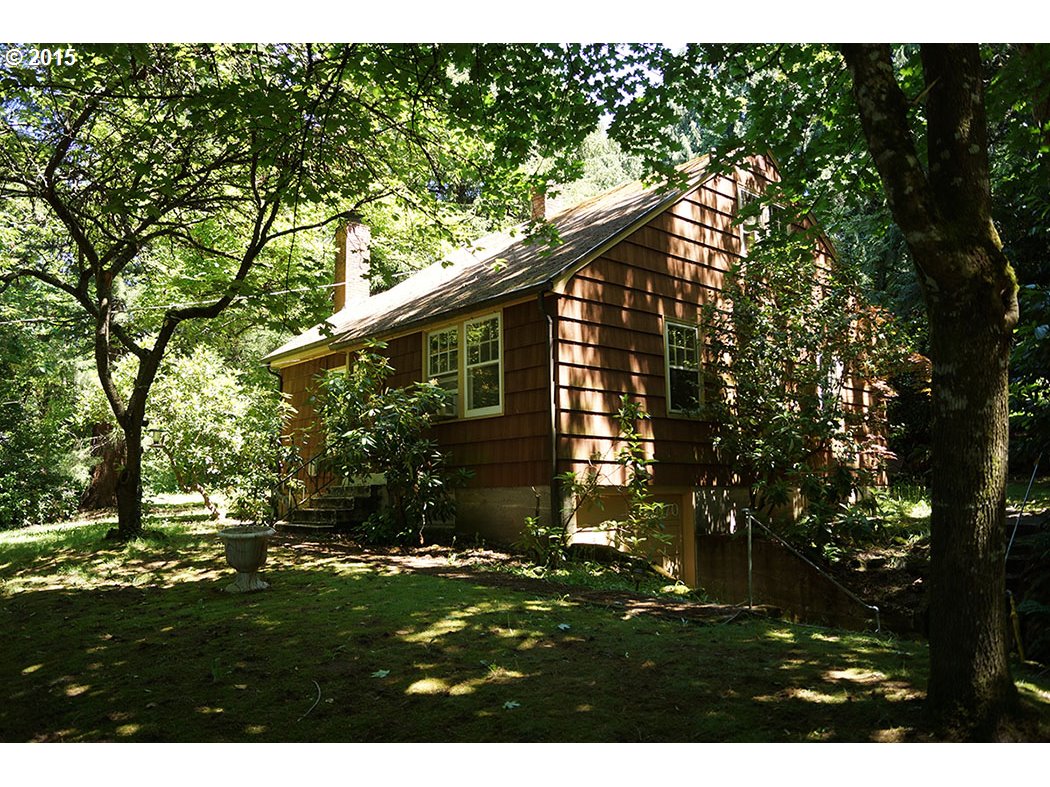
2052 Nw Village Cir Portland, OR 97229
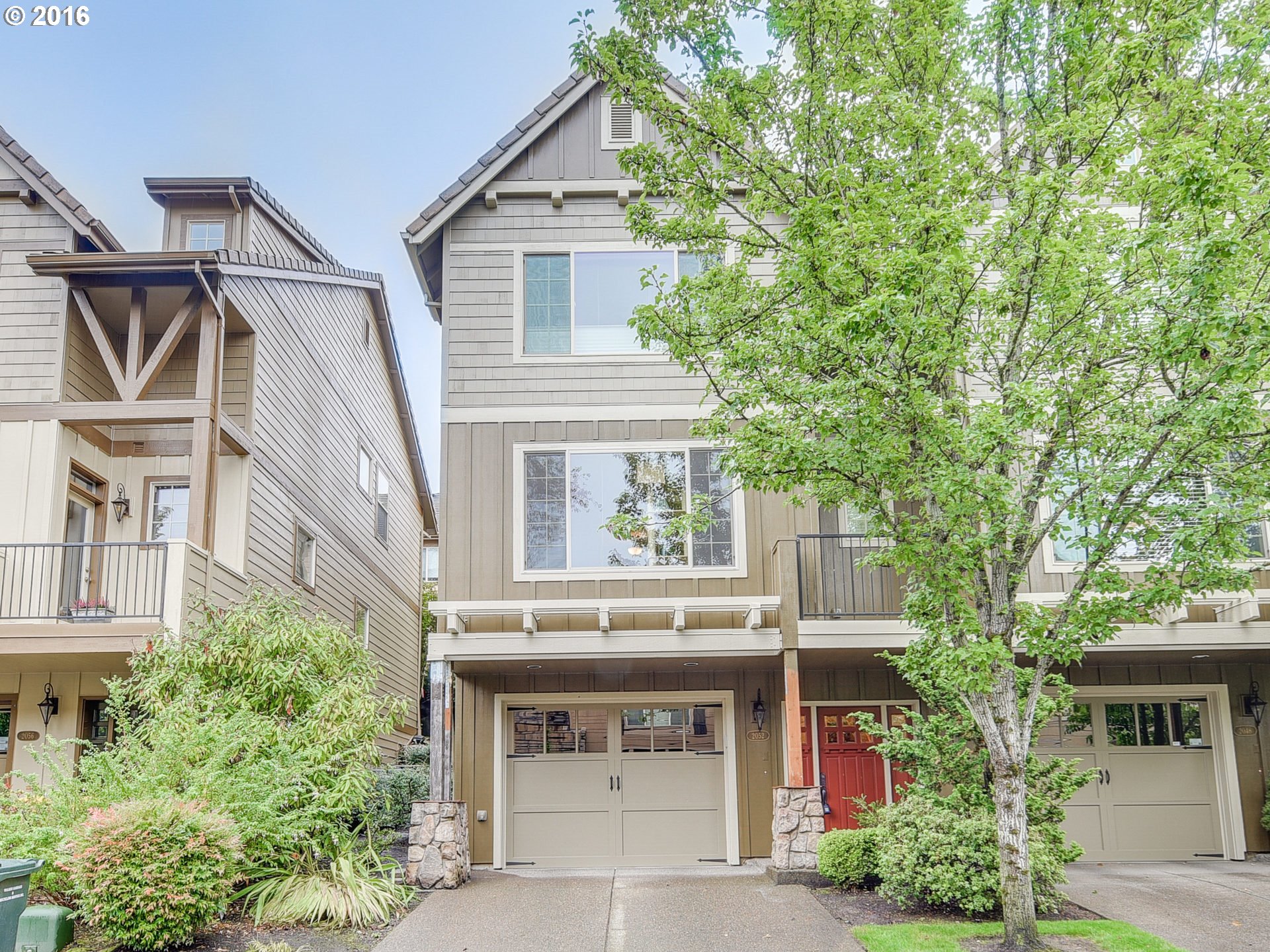
31 Greenridge Ct Lake Oswego, OR 97035

1 Saint Helens Cir Lake Oswego, OR 97035
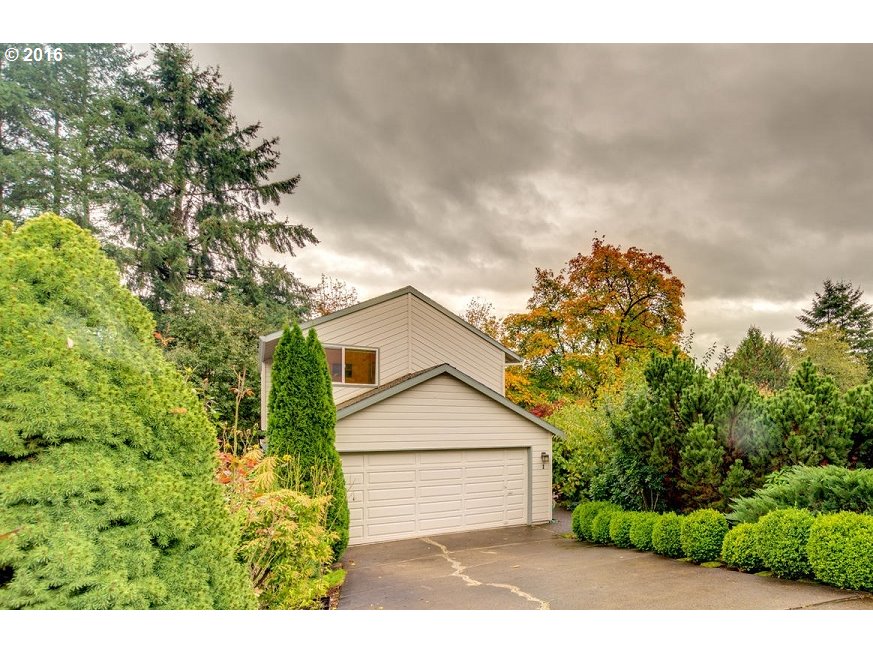
5916 Kenny St Lake Oswego, OR 97035
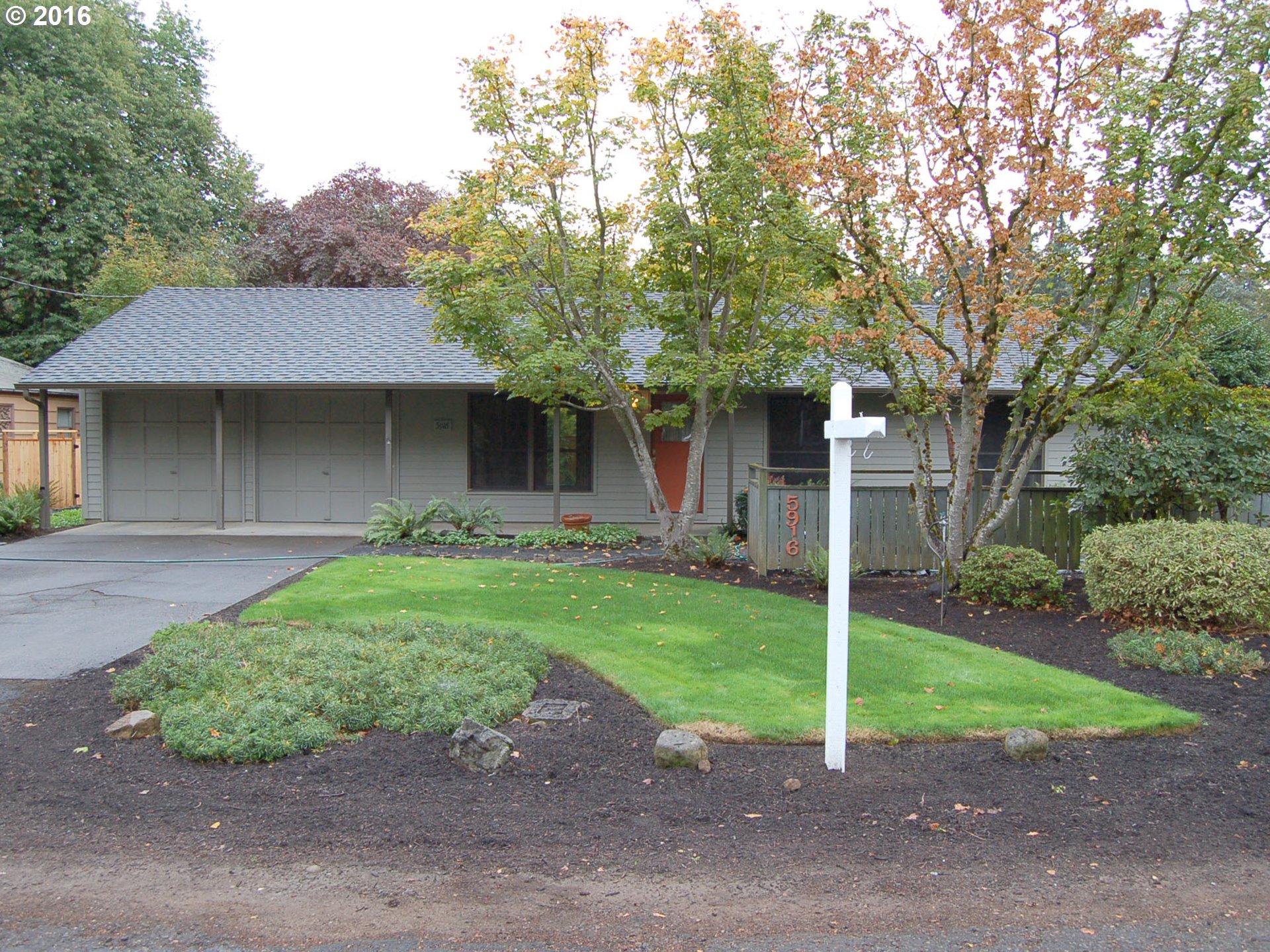
6 Summit Ridge Ct Lake Oswego, OR 97035
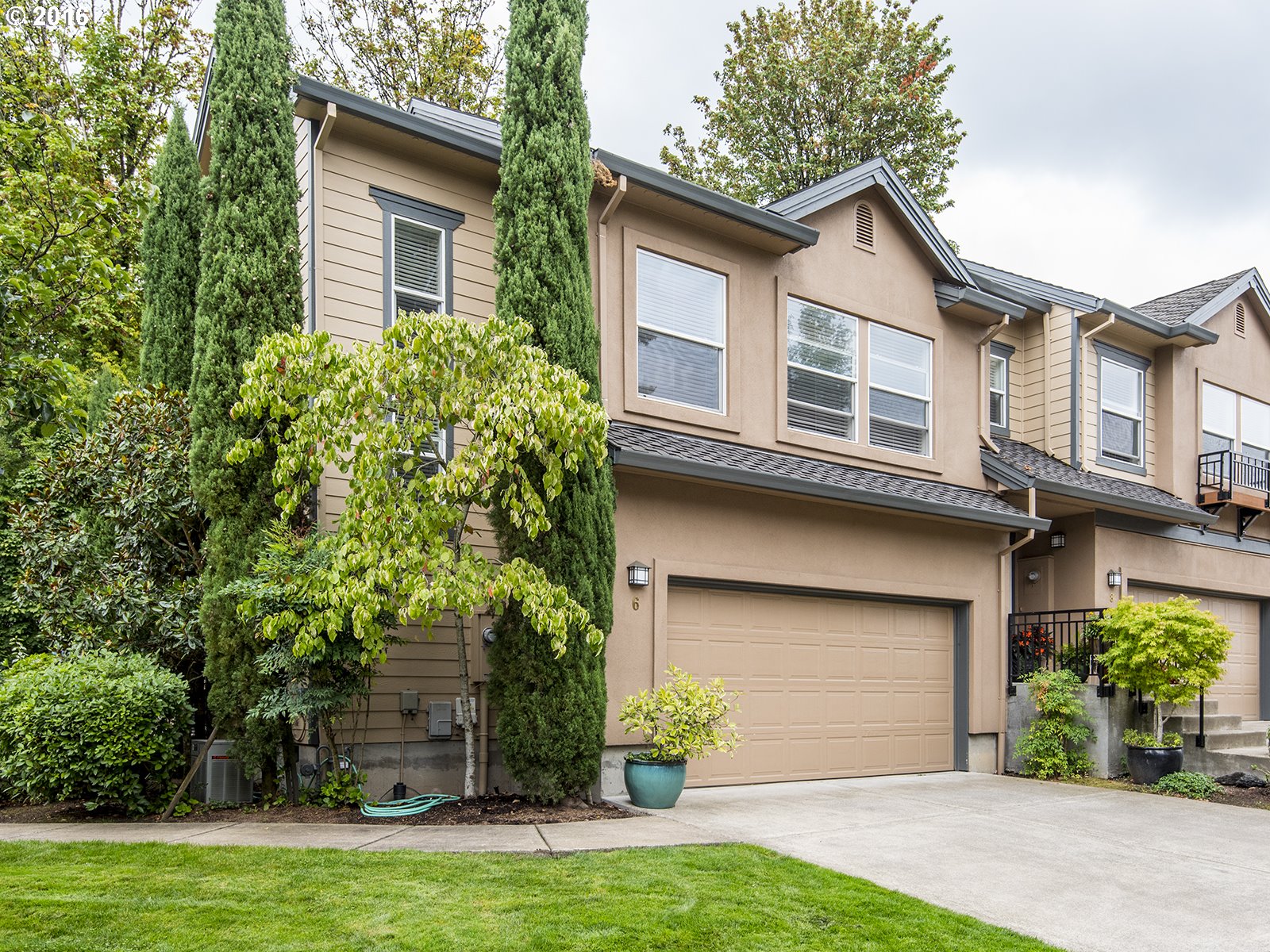
5720 Kenny St Lake Oswego, OR 97035
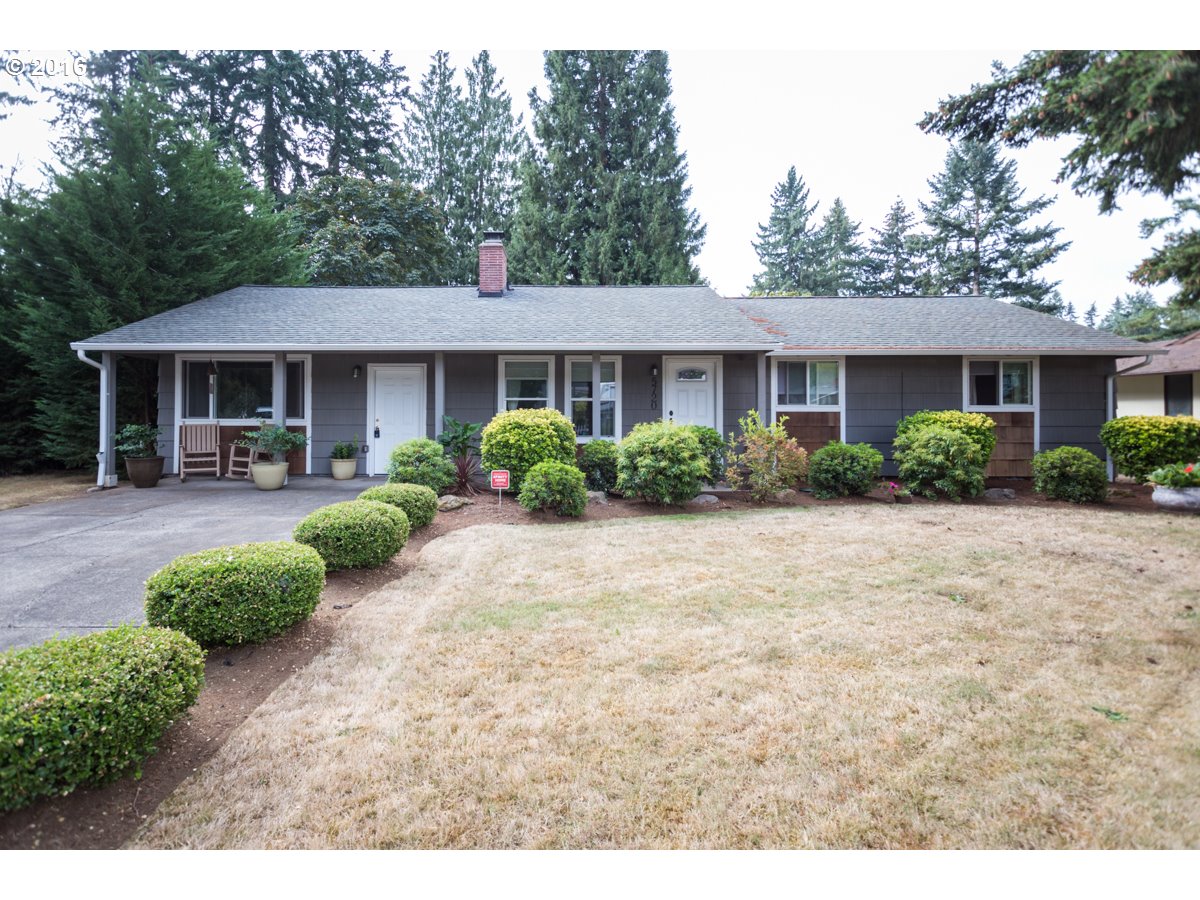
17311 Mandi Ln Lake Oswego, OR 97035
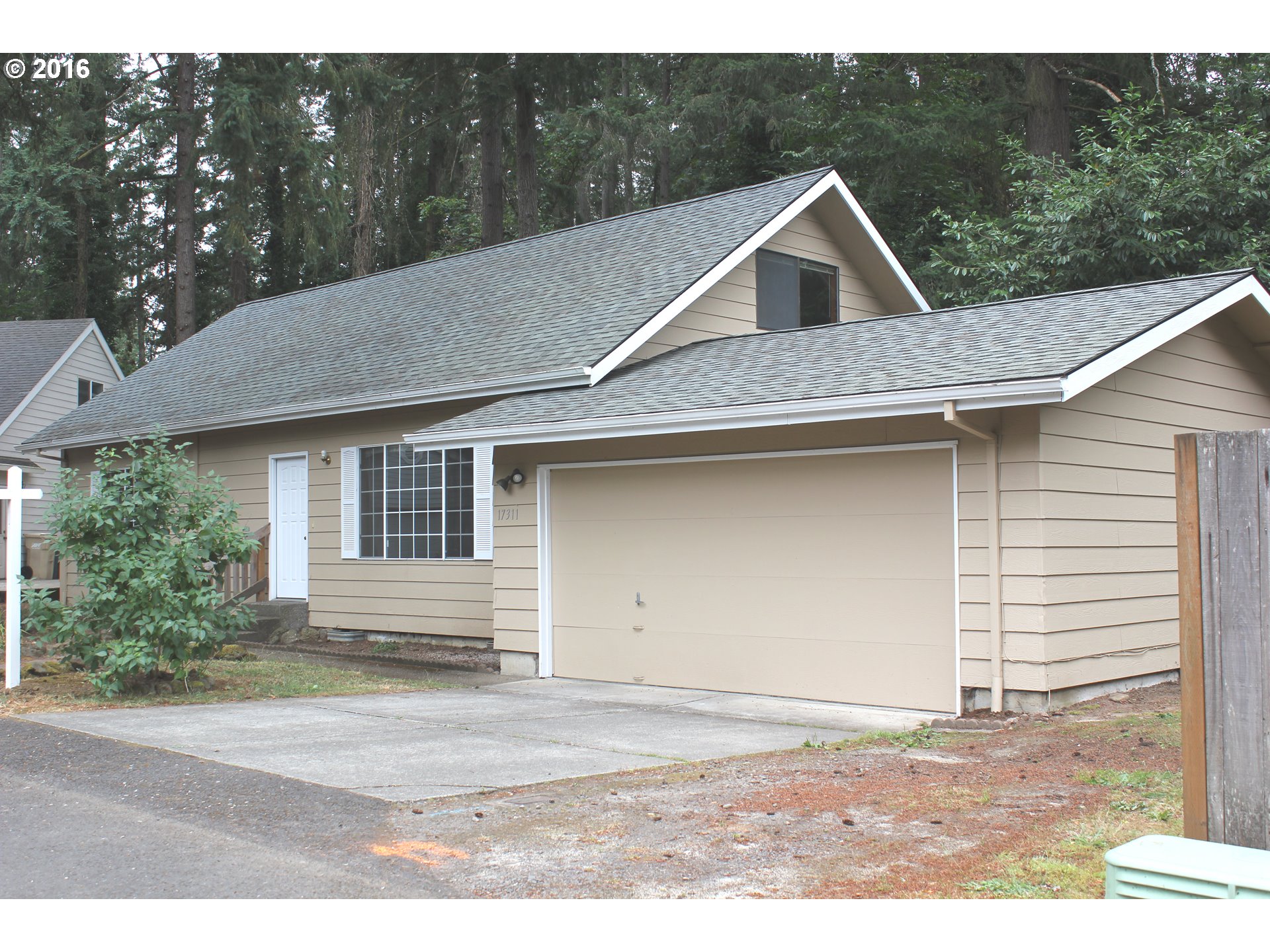
16724 Roosevelt Ave Lake Oswego, OR 97035
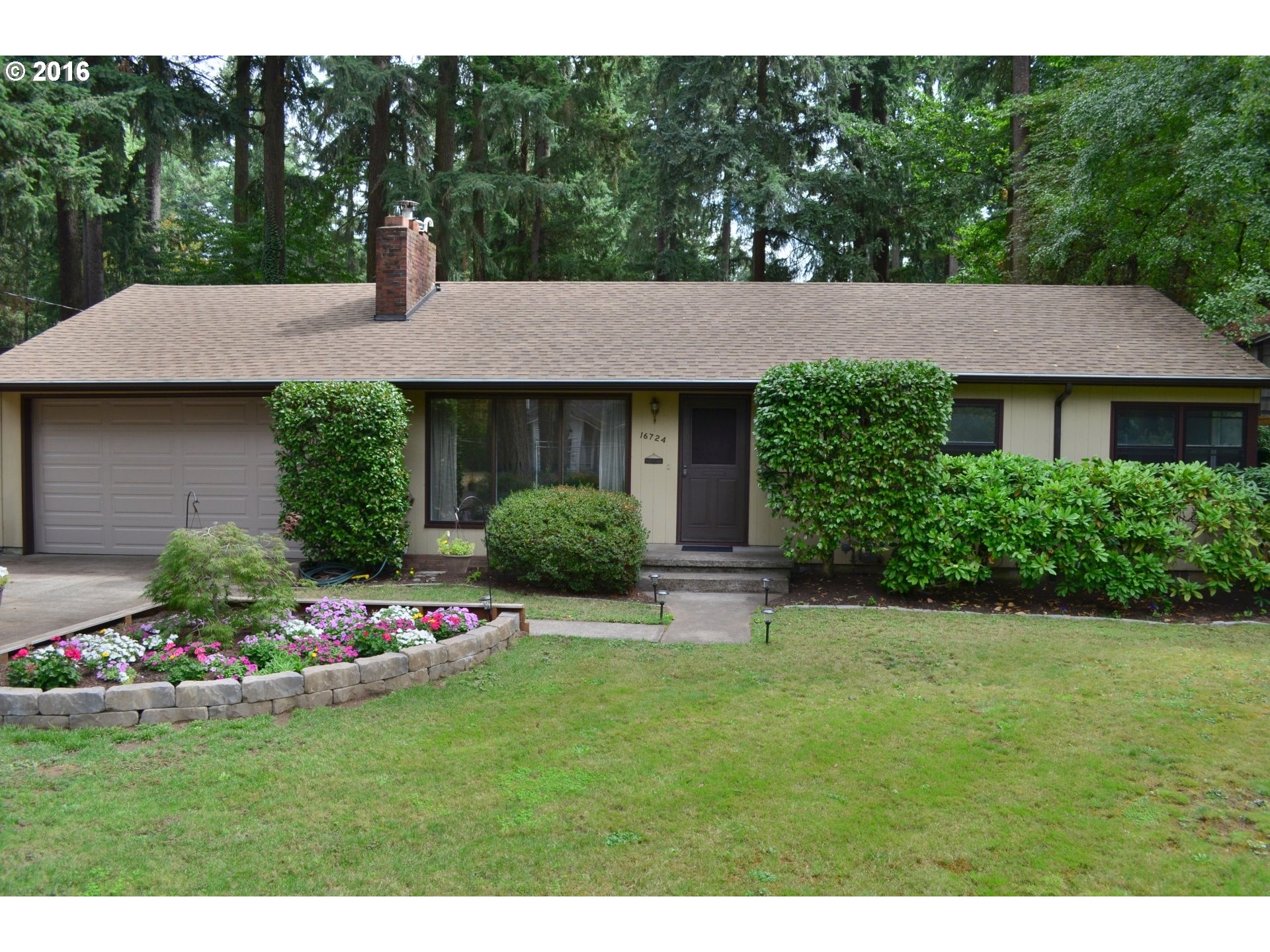
94 Greenridge Ct Lake Oswego, OR 97035
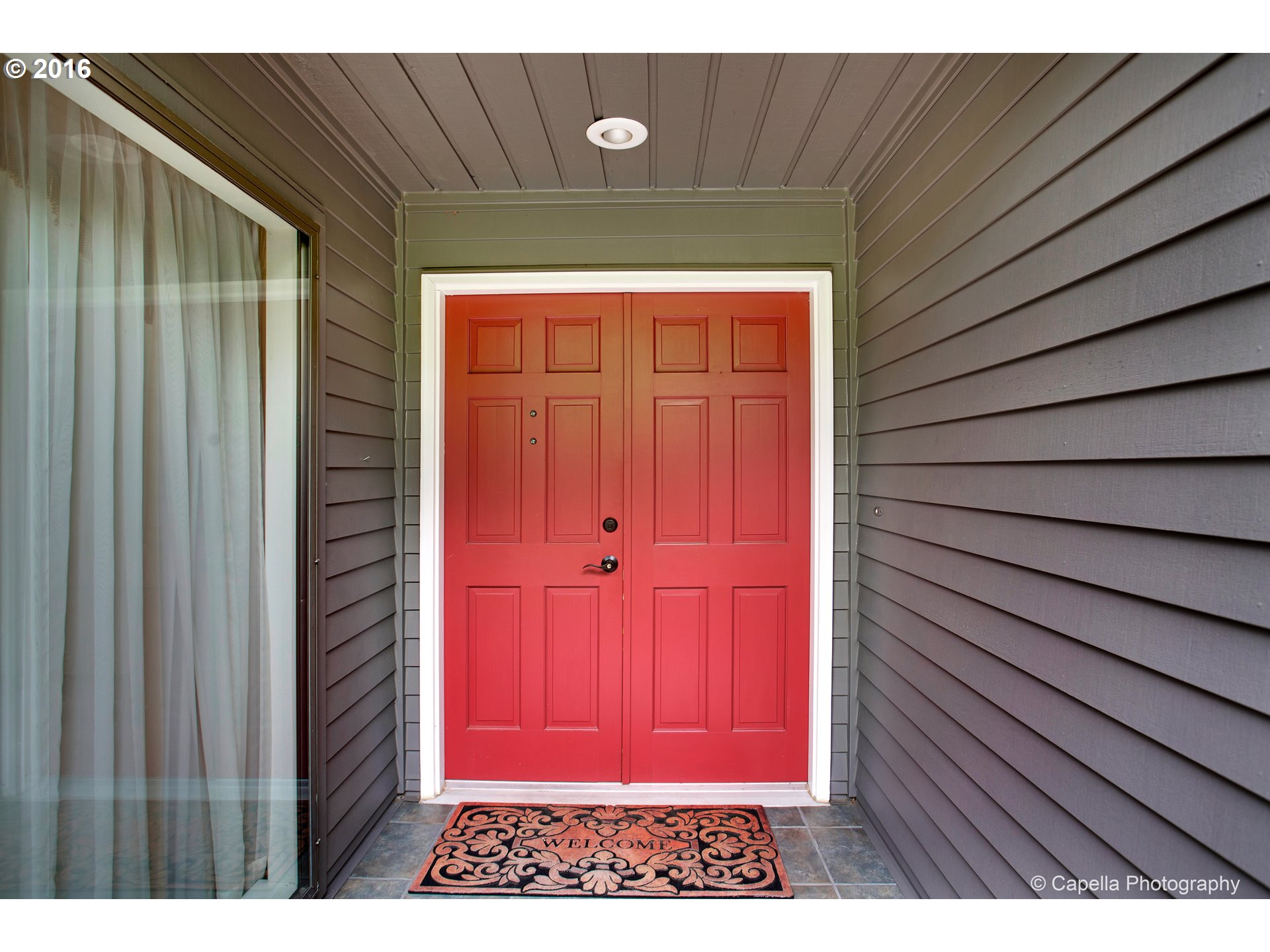
More About Lake Oswego
- Location Eight miles south of downtown Portland. You can approach Lake Oswego from the west on I-5 and the east on Highway 43.
- Origin of Name “Oswego” is derived from the Iroquois phrase “on ti ahan toque,” meaning “where the valley widens” or “flowing out.” The founders of Lake Oswego named it after their home town (Oswego) in New York.
- Neighborhood Associations The City has 21 neighborhood associations.
- Topography Gently rolling hills and some flat areas with mature trees in yards and parks.
- Parks 1,184 acres to include the Tyron State Park.
- 2Drive Time to Downtown About 20 minutes.
- Public Transportation View the schedules and a map of the Lake Oswego Transit Center. Lake Oswego has seven bus lines and two of these routes, the 35 and the 36, go between the downtown Portland bus mall and Lake Oswego. No MAX light rail or streetcar service. Transit Score provides a 0-100 rating indicating how well an address is served by public transportation. Ratings range from “Rider’s Paradises” to areas with limited or no nearby public transportation.
- 3Census 2010 Demographics Population: 36,619. Area size: 10.68 square miles. Number of households: 15,311. Median household income of $81,097 (metro area median household was $49,260). Diversity: 10.7% non-Caucasian. Percent of residents over 25 years of age holding a bachelor’s degree or higher: 66.1%. Median value of owner-occupied housing units: $535,300. See City Data for more information about Lake Oswego.
- 4Crime Stats There were 615 property crimes (assault, arson, burglary, larceny, robbery, theft from auto, vehicle theft) in 2013. There were 35 violent crimes (aggravated assault, homicide, robbery, rape) committed in 2013. There were 18 crimes per 1,000 residents in 2013. The latest crime stats (by neighborhood) are available at the Lake Oswego Police Department.
- Sex Offenders Click here for the State of Oregon Sex Offender Inquiry System. After agreeing to the “Conditions of Use Statement” you will be redirected to a “Enter Search Criteria” page. Insert a zip code in the “Zip” field and click on the “Query” button.
- 5Shopping and Services Number of supermarkets: 5. Number of health clubs: 6. Public libraries: 1. There are three commercial areas in Lake Oswego. (1) A 5-6 block area known a First Addition along Highway 43 on the east side of the city. This commercial section continues south of the First Addition along highway 43. (2) A mix of malls and businesses on the west side of Lake Oswego and south of Kruse Way on Boones Ferry Road. (3) A mall on the north end (west side) of the city on Boones Ferry Road.
- Renters vs. Home Owners Occupied owner units in Lake Oswego according to Census 2010: 71.7%. Median value of owner-occupied housing units: $535,300.
- Who Lives in Lake Oswego Families drawn to the highly-regarded school system and quiet suburban lifestyle as well as retirees who want to golf and enjoy the facilities of the Adult Community Center. The city residents are professionals as evidenced by the median income of $79,406 according to Census 2010. The percentage of residents 25 and older that hold a bachelor’s degree or higher is 66.1%. Zip code 97034 in Lake Oswego is ranked number one as the wealthiest zip code in the metro area according to 2015 Esri Demographics with an average household income of $145,473.
- They Probably Drive Luxury vehicles such as BMWs and Mercedes are often seen on the streets of Lake Oswego along with SUVs.
- Biking 28.9 miles of bike lanes.
- Schools Lake Oswego School District. The schools in the Lake Oswego rate among the best in the state as evidenced by the state report cards and test scores.
- List of Schools in Lake Oswego Click here to view a list of all the public and private schools in Lake Oswego — demographics, location map, enrollment, and ethnicity can be viewed for each of the 20 schools.
- 6School Report CardGrades Click here for report card details. Select “Lake Oswego 7J” from the district list and you can view the list of schools in the district and select individual schools for viewing.
- Housing Types and Styles Lake Oswego’s original neighborhoods reflect a glimpse of England, with English Cottage and Tudor Revival homes designed by architect Richard Sundeleaf between 1920 and 1940. Today most residents live in new developments in a variety of housing types to include condos and townhomes.
